|
This week has proven to us that we are definitely in the heart of hurricane season. No fewer than five hurricanes and tropical storms were being tracked by the National Hurricane Centre, and two of these ended up as Category 4 Hurricanes, however briefly. Our hearts and prayers go out to those affected in Florida, Georgia and the Carolinas. We remember these states well from our trip through the Intracoastal Waterway (ICW) and hope that they are okay. For Grenada, we have fared very well with no tropical storms or hurricanes coming close to the Eastern Caribbean since our early encounter with Tropical Storm Bret back in late June. Still, we watch the weather closely. We have a few weather apps that we check several times a day, plus a twice daily check on the National Hurricane Centre website. We also have a daily weather report as part of the Grenada VHF Net. What is the VHF Net? This is a preset VHF channel run by volunteers to get information out to cruisers anchored in the surrounding bays. The schedule varies from island to island, as does the days of operation and length of broadcast. In Georgetown, Bahamas, it ran every morning at 0800 and lasted a full hour. Here in Grenada, the Net runs from Monday to Saturday, starting at 0730 and usually ending by 0800. The content is similar though: Emergency News (sinking boat, lost dog etc), announcement of people arriving or leaving the area, the weather, buy and sell announcements, list of cruiser activities, and a segment for cruisers needing help or information. It is a great way to connect and inform the thousands of boats in and around the area. They also double down with a Facebook page, for those that prefer social media. Rounding out our weather watching is Chris Parker. Chris is a well-known and well-reputed weather forecaster who runs the Marine Weather Center, providing forecasting and routing advice primarily to small private boaters like us. We have had a subscription with Chris since Florida and have used his routing advice quite a bit for our trip south to Grenada. On two occasions (Bahamas to Luperon, DR; Crossing the Mona Passage from DR to Puerto Rico) we actually used first hand phone conversations with him to make our travel decisions. Now that we are fairly stationary, we have kept our subscription for daily forecasting emails and are thankful for it. In addition to his daily travel advice, whenever there is a notable tropical wave developing, he issues a “Tropical Update” that is highly informative, explaining all active tropical waves or hurricanes in the Atlantic Ocean, including their possible intensity and track. Even better, he explains the why behind the weather. So refreshing! What do we do with all this great information? Our weather watching starts early in the morning, every morning. First up is Windy (a great weather app for our phones), scrolled out to see any active and developing hurricane activity straight off Africa and tracking towards Grenada. We compare this information to similar data on the National Hurricane Centre website using both the two day and seven-day outlook. After digesting all of this, Chris Parker’s Tropical Update has usually come in by email and the whole picture becomes very clear. Using this process, we have a pretty good idea of the systems in the Atlantic generally versus the ones we need to watch carefully, well before the word “hurricane” is muttered by the National Hurricane Centre. If a tropical wave looks like it could head our way, and with some intensity, we are aware up to a week ahead of time. With that lead time we can make sure that we, boat and crew, are safe. With a tropical storm, we will likely remain anchored but if anything bigger were to head our way, we would need to get Wild Horses hauled out, strapped down, de-geared and for me, Mike and Ocean to find safe accommodations on land. Getting safely through this season is our main focus! In the meantime, we are enjoying our days in Grenada. We have developed a bit of a routine and are getting some much needed boat work and errands crossed off our list. And to add some fun to our days there have been dinghy drifts, dinners out, swimming and general hanging out with friends. I might even say that Grenada is starting to feel a bit homey to us. 😉 Click the buttons below to check out where we are today and where we plan to be next winter! Oh my, the heat. The temperature in Grenada has been dancing between 27° to 32° Celsius for the last month and we are expecting even more heat as we go into September, typically the hottest month here in the Caribbean. But wait a second. Summer in Kingston, Ontario often hits these same temperatures, right? I mean, we should feel right at home. Hmmm, not so. You see, the temperature only tells part of the story. The real story lies in a nasty mixture of humidity, the wind speed (or lack thereof) and another more subjective factor I like to call “whatcha-used-to”. This last factor is really the difference maker. For us in Canada, “whatcha-used-to” was air conditioning. House, car, place of work, stores. Generally all air-conditioned. Yes, one had to make multiple brave steps in the non-air conditioned humidity from house to car, and then from car to store (and then, I shudder, do it all again in reverse) but you only got hit by the heat for minutes, not hours and certainly not days. There, in Canada, “sweat” was something we did once in awhile. For us in Grenada, “whatcha-used-to” is heat and humidity. That tolerable 27° to 32° Celsius is actually a suffocating 34° to 39° Celsius with the humidity. And we aren’t jumping from air conditioning to air conditioning. Some stores are air conditioned but you are walking at least 20 minutes in the heat to get there. Yeesh. On the boat, our air conditioning only works if we are plugged into shore power. Some boaters have a proper generator on board but not us. Our little Honda 2000 generator isn’t strong enough to run air conditioning. Here, in the Caribbean, “sweat” is a full-on Olympic event from sun up to sun down. But a funny thing has happened on our increasingly warm trip down to the Caribbean. We started to get acclimatized to the temperature. Don’t get me wrong, we still sweat buckets on hot days, but we can tolerate more and more heat. Staying too long in air conditioning set too low is almost torture for us now. And along with our increased tolerance, we have an arsenal of ways to stay cool when that temperature really spikes. On the boat, all hatches and our full enclosure stay wide open. The breeze coming through our cockpit is incredibly cooling. Inside the boat, we have fans. Oh, those glorious fans. We have six on the boat, strategically placed and permanently set to MAX. With this one-two punch of breeze + fans, we have yet to have a poor night’s sleep due to heat. We have also traded our hot morning coffee for delicious iced brew so we can delay the onset of “sweat”. It is still weird for me when I have to tell Mike “Drink up. Your coffee is going to get hot” 😉. How else do we stay cool? Swimming, shade and siestas! We are lucky to have a very nice anchorage where the water is clean and clear. Ocean usually swims most days so she is cooling off while also getting some much needed exercise. For us, we prefer the fresh water pool at Le Phare Bleu, a little resort just a dinghy ride away. There we can lounge about the shaded pool area, swimming and enjoying great conversations with our fellow cruisers. The shade anywhere makes a big difference, usually by 3° to 4° degrees. I’ll take it! Oh and siestas. Some days, those really hot and windless days, the only way to avoid dripping in sweat is to sit still during the hottest part of the day, late afternoon. A siesta. Don’t go for a walk, don’t do errands, don’t clean/build/fix anything. Sit still in whatever shade you can find, drink something cold and read a good book, chat with friends, whatever keeps you sitting still. Today, actually, is one of those really, really hot days. It is 39° with the humidity and there isn’t a stitch of wind. But today we are lucky. We are at a dock getting some work done on our alternator (it was running hot, just like us 😉) so you better believe that our air conditioner is ON. But it isn’t on to make things cold. It is set to 29° Celsius. Just low enough to take the humidity out of the air and let us sleep comfortably. Decadent, but not messing with that acclimatization we have earned. Tomorrow, though, we will move Wild Horses back into the anchorage. Our boat work is done (new, bigger cables for the alternator, new fuse in one of our lithium batteries, and the batteries finally on bus bars) so we no longer have a need to be at dock. And, thankfully, the wind is supposed to pick up again. Back to breezy, comfortable sunsets in the cockpit of Wild Horses. I wouldn’t trade it for the world. Click the links below to see where we are today and where we plan to be next!
Grenada’s Carnival is a HUGE annual celebration here. The Carnival, also called “Spicemas” (a nod to its world-renowned spice production), is a big ball full of energy fueled by music, dance, colour and, of course, a bit of drinking. Ummm, maybe A LOT of drinking 😉. The centre of the action is near Port Louis, a 20-minute car ride from our anchorage. Every year, the main Spicemas events start officially late on the Sunday and go until the wee hours of the following Wednesday. People can choose to participate in just a few events but the very brave do them all. Brave? Yup! Spicemas is pure craziness. I cannot emphasize this enough. The main event of J’ouvert begins at 4am and ends at 9am. In addition to extremely mind-altering loud music and brightly costumed dancers, oil drenched Jab Jab (people dressed to represent the devil) are a key part of it. Oil? Yes, oil. Any kind of oil but mostly motor oil. There is lots of it to go around and throwing it on each other and anyone else in attendance is, well, how its done. But it starts at 4am, I mean, surely this is the most sober event? Nope. Just the opposite. Yikes! So, let’s say you survive J’ouvert. Next up is Traditional Mas. Hmmm, sounds like a low-key event. In the words of one of our fellow cruisers who attended J’ouvert and then Traditional mas (the main Sunday to Monday events) “Hard to believe this is the same day!...I’ve passed out, woke back up, taken 3 showers, went to a parade with the loudest music ever, and now about to hike to the beginning of the night parade that we are in.” Most of us older cruisers choose to attend the Tuesday afternoon event called Fancy Mas (also known as Pretty Mas). This is a parade down the street with beautifully costumed dancers and other performers. And, once again, it is loud. We were strongly advised, because of the noise, that it is not a place for a dog. And leaving Ocean on Wild Horses for 8 hours by herself was not an option. We had to decline attending. Our friends who participated said that it was an incredibly unique experience and unlike any other parade they have ever been to. Oh, and it was truly loud. Like, the loudest thing they have ever heard. And there you have it. We had made the right decision. Not good for Ocean. Not good for us. In hindsight, it was an incredibly right decision. Mid-day on Tuesday (when our friends, including Caretta, were attending Fancy Mas), an intense squall blew through our anchorage. 50+ knot winds, 5-foot seas, pelting sheets of rain. Wild Horses’ anchor held. Unfortunately, that wasn't the case for Caretta. The boat belonging to our boat buddies extraordinaire, Andrea and Barry, dragged towards the lee shore and, remember, they were not on board. Thankfully, their anchor re-caught just in time. Once it was safe to climb into dinghies, all hands were on deck. The captains from four nearby boats got into their dinghies (including Mike) and they were able to confirm that Caretta had not only NOT hit the nearby shoal but also that the depth around the boat was sufficient. Just in case another squall passed through before Barry and Andrea could return, the guys deployed Caretta’s second anchor which was already set up and waiting on the stern pulpit (brilliant move by Caretta). Whew! What else have we been up to? Well, we took part in our second Hash hike. This one was closer to our anchorage but way more difficult. Hearts were pumping! It was straight up a muddy mountain and then straight back down, albeit with a side trip through some of the captivating streets of Grand Mal. An awesome but challenging hash that left us wanting more. Now that Carnival is over, things are getting back to normal. We are looking forward to getting some needed boat work done and to maybe visiting another waterfall or taking in yet another Hash. Whatever we decide to do, it will likely involve our very merry group of boat buddies! Check out where we are today, and where we are going this winter, by clicking the links below.
The following post is Captain Mike’s take on things, as scribed by Victoria Before leaving Lake Ontario last year, I had expectations. I have wanted to live on a sailboat for as long as I can remember and the idea of sailing off to foreign lands, exploring the world, captivated me. Plus, I wanted to live an easy, stress-free sailing lifestyle, meeting interesting people, enjoying diverse foods and drinking in the beauty of far-off lands. Victoria, Ocean and I are almost a year into living on our boat and, to be honest, I had the dream a little wrong. Certainly, we accomplished what we set off to do (i.e. meeting interesting people, enjoying diverse foods and drinking in the beauty of far-off lands) but having an easy and stress-free lifestyle, well, not really. In small pockets, for sure, but the whole of what we have gone through this past year was more challenging than I imagined. You see, actually “sailing” Wild Horses hasn’t really happened all that much. I knew with navigating canals, the ICW and travelling east into the trade winds, I would have to motor but it surprised me how much the wind was directly on our nose even when we started south. And the challenge of Wild Horses, for me, is when she is a motor boat, rather than when she is a sailboat. The engine, now 21 years old, is the bane of my existence. I am always listening for odd sounds, bad sounds, mechanical failure sounds. In this trip alone, we have had two engine failures, the muffler sprung a leak twice (two different spots), the alternator blew up on two occasions. I just had another engine check and my alternator needs a real once over (it is running extremely hot and the cause is not yet known), the dripless is dripping and the engine throttle has started to slip. So, yes, even with all the well-known issues being fixed and the newly-learned issues pending a fix, I worry. I get chills down my spine thinking about motoring through a narrow cut or close to a lee shore. I am just waiting for the next thing to break. I have always tried to get ahead of developing boat issues through regular maintenance but what I am learning to deal with now are the things that break despite maintenance, including new equipment. Is this just the woes of Wild Horses? Not really. This is the lifestyle and I see other sailors experiencing the same “what’s broken now” daily angst. In fact, it happens so often that very seasoned sailors are quite chill about it. I am not there yet, but some day! I am confident in Wild Horses as a sailboat though. She handles strong winds well and rides the waves and ocean swell like a champ. Now that we are “south”, we can choose where and when we move the boat. We are not trying to “get somewhere” anymore so we intend to let the wind decide our destinations. The sails will be out and the motor off 😊. So, what are my biggest takeaways after almost a year of living aboard Wild Horses?
My final takeaway is for those planning their own journey. The mental aspect is real. You only get part of the story by talking to old salts, watching Youtubers or even chatting with friends who have done this trip. You can only understand how it will be for you until you do it. For me, the rewards haven’t always, every day, outweighed the problems. But, overall, my life is better for having embarked on this journey. I have so many full days, great relationships, and wonderful experiences. And hopefully by the time I am an old salt myself, I will figure out how to be chill about that boat engine 😊. Want to know more about where we are and where we are headed next? Click the buttons below!
This week we had the opportunity to explore a bit more of Grenada and finally made it up to the city of St. George’s for their very busy Saturday farmer’s market and to check out the Grenada Fish Market. It is about a 2 hour walk from our anchorage to the city so, understandably, we took one of the “shopping taxis” for 15 EC (Eastern Caribbean dollars) or $7 CAD. A 25 minute taxi ride beats a 2 hour walk in any temperature, let alone 31 degrees Celsius heat (humidex of 39 degrees!). The taxi, really a mini van, packs in about 12 people so it is tight but comfortable. Plus, it is a great way to meet our fellow boaters from various anchorages. St. Georges city centre looks like a small city with lots of low-rise businesses and services but every street and alleyway were packed with sidewalk vendors. And this is in addition to the vendors with stalls within the actual farmer’s market itself. There was lots to see and buy! But our big focus was making it to the Fish Market, which is just off the Fisherman’s Wharf in St. George’s. Every Friday, the fishermen unload their catches here and, this being Saturday morning, we were hoping to still find some good buys. I was able to get some lovely tuna but our friends on Wahoo (Roy and Dale), were looking for Conch (pronounced “konk”) and there was none to be had anywhere in the market. No worries though, we were told that there might be some for sale across the street. Off we went and, yes! A few ladies sitting on the sidewalk had a cooler full of cleaned and bagged conch! Dale picked up a bag but I hesitated. What in the world would I do with conch? I had no idea how to prepare it or how to cook it. Dale to the rescue! She has lots of experience with conch and offered to host a “clean, prepare and cook” session on her boat. Awesome! Earlier this week, we also got to check out the campus of St. George’s University, which is home to the St. George’s University School of Medicine and the St. George’s University School of Veterinary Medicine, both highly accredited and world-renowned. In addition to wanting to see the schools, we needed to take Ocean to the Small Animal Clinic at the university to get her annual vaccinations and to have a vet look at her right eye, which had developed a bit of an infection. Arriving at the office, we were happy that it was air-conditioned and, more importantly, it was empty. They don’t take appointments in the summer so it is “first come, first served” but with no one else in the office, they saw Ocean right away. Two veterinary technicians took Ocean’s vitals and history. It certainly felt like VIP service. Afterwards, they took Ocean to the Veterinarian on duty, in the back exam rooms, while we waited patiently in the main lobby area. And there we waited. And waited. And, well, we waited some more. After an hour and a half, I was really feeling the cold from the air-conditioner. The level of the air-conditioning was appropriate for the uniformed staff and their furry clients but was a bit much for two sailors in shorts and who are now acclimatized to the Grenadian heat. I actually had to step outside to warm up! The Vet appeared with Ocean just after the 2 hour mark and gave us the low down on her bad eye. She definitely had an inflamed third eyelid (yes – dogs have three eyelids!) but the cause was not as definitive. Being part of the veterinary school, they had done every test and analysis known to man, likely with on-looking students. Nothing was overlooked or not considered. They had measured eye pressure, looked for scratches, ulcers, unusual dryness – the whole gambit! Nothing unusual was found so it was determined that sand or some other irritant was the culprit and prescribed her a heavy-duty eye medication. The total cost for the examination, tests, medications, her annual vaccinations plus some extra dog treats that we couldn’t resist? A mere $130 CAD. Wow! This is great news as we will need to return later in the year to get her exit health certificate before we leave Grenada and head to St. Vincent and the Grenadines. We also enjoyed lots of great times out and about in Grenada! Want to know where we are today and where we are headed next season? Click the buttons!
Oh my gosh, “island time”. This is a running joke, whether you live in the Caribbean, other islands, even in the United States or Canada. Everyone knows that “island time” means things are not running on a 9-5, bing-bang, “let’s-get- things-done” timeline. No, things get done when they get done, and sometimes, unfortunately, they don’t get done. Sigh. Sometimes “island time” is, well, tiresome. We have a long list of projects and tasks to get through in this off-season and we would like to get many of them started as soon as possible. The issue? Island time! We send off emails and texts about parts, services, or for information gathering and…no reply. Crickets. Even calling or dropping by in person doesn’t guarantee things move any faster. Well, this week we learned a great skill about working with “island time” and still getting stuff done. You have to shake the tree. Huh? I’ll explain. We are lucky in that the marina we are anchored nearby generously lets us not only use their dinghy dock but they also let us wander around their beautifully landscaped property. After a few shore walkabouts with Ocean, we realized that there were two very full mango trees along the pathway and, guess what? It is mango season! The mangos are too high to reach by hand so we needed help. We found the perfect stick (shaped like a hockey stick, no less) and were successful at trapping and knocking off several wonderfully ripe mangos. A few others were outside of the reach of the stick so Mike crawled up the trees a few feet to reach them. Still, lots of ready-to-eat mangos stayed safely perched high atop the trees. Oh well, we decided. We will just have to be happy with the low hanging fruit. This week we arrived back at the trees, hoping that a few more easily accessible mangos would be ripe and ready to be knocked off. We managed a puny harvest of two mangos. Oh. Then, along came a young gentleman from the marina, walking briskly towards us on his way to the other side of the marina. I am not sure how long he had watched our struggles but he didn’t hesitate. As we stood watching, he quickly climbed up the tree, much further up than Mike had attempted. And then what did he do? He started shaking the tree. Lots of loose mangos let go of their branches. Wow, this guy knows how to get his mangos! We collected the mangos for him but when he crawled down the tree, he waved us off. “Nope, they are for you” and then he started off again along the pathway to the other side of the marina. He was, for sure, your typical super-nice Grenadian. And we, for sure, just got a great lesson on getting things done in Grenada. Be patient, but if time goes on too long, you just might need to shake the tree a little 😉. This new-to-us philosophy has worked well this week for getting information from businesses (call, wait, text, wait, shake tree i.e. text again, call, call, text etc.) and, also our weekly bus services (text, wait, text, wait, shake tree i.e. text, call, etc.). Once we shake the tree a bit, we get a reply. Even the busier pop-up markets, where there are usually more people than product, benefit from a little shake, albeit in a different form. Instead of waiting until the produce is all unpacked, displayed and promptly gobbled up by the crowd, we help the vendor bring the product to their table, making sure we select a few of our preferred items from the stash before we leave to get more product from their car. Perfectly shaken. Besides shaking things up for ourselves 😉, we continue to have very full days. Most of the time we fit in some boat maintenance, an errand or two, walking or exploring with friends, and, of course, exercising Ocean. We somehow also find some quiet moments in the evening to share a sun downer with our ever-growing band of boat friends. These are very lovely days indeed.
Whew, we are getting acclimatized! On our travels on Wild Horses this year, we have come to expect one of two situations for getting our groceries and supplies when we get to new ports (usually in new countries). It is either (1) walkable and fairly easy, or (2) non walkable and requires more effort or doing without. The first situation is great. Who doesn’t love things to be easy? We just dinghy up to the beach or to the dinghy dock and make our way to the grocery store, marine store, or hardware store. Throw in a bakery and an electronics store and we are in heaven 😊. Getting fuel (gas, diesel) is also manageable by taking our jerry cans to a marina fuel dock. We usually get this kind of access when we are close to major cities. We tend to take advantage when things are this good because often we are faced with the second situation i.e. not much within walking distance. Actually, there is usually a small convenience-like grocery store available in most places, but the items on the shelves tend to be offered at a premium price. In those cases, we either do without (if it isn’t urgent) or we rent a car or grab a taxi (if it is urgent). We usually see this in out islands or in small villages. When we first arrived in the Grenadian islands, we made landfall in Tyrrell Bay, Carriacou (the small Grenadian island just north of the main island of Grenada). Tyrrell Bay is a small town but with a large cruising community. We could walk to get our basic needs met (a few grocery and marine stores, fuel dock and a few hardware-like stores) but did without for those things that were not readily accessible (actual hardware stores and fully stocked grocery and marine items). Then we arrived at the southern coast of the main island of Grenada, very close to the city of St. Georges. Our expectation was that we would be able to get everything we need here. They have lots of grocery stores, fish markets, pet stores, hardware stores, veterinarians, dentists. Really everything is here! But, none of it is walkable from most of the southern anchorages and a dinghy ride is nothing less than “extremely salty”. And renting a car? Yikes. That would be an exercise in fearlessness that we just don’t have in us. Left lane driving + narrow, winding and hilly roads + no discernable speed limit = Complete Terror as a passenger. I cannot imagine being the driver! Things here don’t exactly fit into our nice little categories of “easy access” or “no access”! So, where does that leave us? Well, Grenadian ingenuity has this figured out. There are “grocery buses” (aka mini vans) that run on regular schedules taking people to all the usual haunts – the IGA grocery store, Budget Marine, ACE hardware and a local wholesale warehouse, all for just 15 EC ($7 CAD) a person. If you have a specialty place you need to visit, then you can get a taxi (aka mini van) and pay 80 EC ($40 CAD). Even better, local entrepreneurs also come to us! They drive their minivans and cars along the remote roads into the secluded Secret Harbour Marina property, bringing with them fruit, fresh herbs, vegetables, breads, ice cream, propane and wine. Gas and diesel are also on site. Somehow, when you mix all of this together, well, we manage to get everything that we need albeit in a very unique way 😊. Of course, when we can walk, we do. This week we were told of a great “shortcut” into Prickly Bay, which is the next bay to the west of Secret Harbour. Prickly Bay is wonderful as it has a marine store, butcher shop, coffee shop and a few great restaurants. The “shortcut” is truly short, thankfully, as it is commonly over 30 degrees Celsius here and much of it is very hilly. Sweating is a national pastime! But the walk to Prickly Bay was worth it. We started through beautiful residential streets, passed a scenic public beach (where Ocean got to have a quick swim to cool off) and finally ended up at the West Indies Brewery, the local pub/brewery that serves up cold, flavourful micro-brews and delicious bites to eat. A great walk that ends with a beer – perfect! It has been a good first week here, figuring things out as we go and getting a few boat projects started. Our days are busy but we always leave time for exploring or hanging out with friends. We see several fun months ahead of us here! Click the link below to see where we are spending hurricane season this year!
Yesterday marked a huge milestone for the crew of Wild Horses. After more than twelve years of planning, researching and thinking about this trip, we arrived at the southern coast of Grenada, the furthest point south we intended to go in our first year as liveaboards in the Caribbean. There is a lot to celebrate with having dreamed, saved, designed and persevered over so many years. We have accomplished our first long duration travel goal aboard Wild Horses. Wow. Here is our journey in numbers:
That is straight data, but the experiences we have had are too numerous to count, including:
We are beyond happy and ready to start dreaming of what’s next 😊. But where are we now? We are in Mount Hartman Bay, which is a quiet and beautiful anchorage, midway along the southern coast of the island. It is less than a two-hour boat ride to the busy capital of St. George’s and even closer to many of the lovely anchorages littered along the southern coast. Over the next four months we intend to visit most, if not all, of them as well as sailing back to Carriacou to visit more anchorages there. In the meantime, we are learning the ropes of how things work here. Fuel is available only on certain days and between certain times. Same with propane. Most have a “leave it with us and pick up later” service which is new for us. Until now, we have just filled as we go. We are also learning where to get things repaired and installed, how to get deliveries, and where to buy the cheapest groceries, and when. Some of this info is available from the local marina, other info is provided via the Cruisers Net broadcast daily on the VHF. Face book cruising sites for Grenada and Carriacou are also full of info, although not entirely reliable at times (emotions and recency bias seem to plague Facebook). Finally, we learn a lot by just chatting with locals or with our fellow cruisers. Speaking of which, when we arrived in Mount Hartman Bay yesterday, along with our buddy boat Caretta, guess who was here to greet us? Two of our buddy boats from our journey from Georgetown, Bahamas to Luperon, Dominican Republic! Andre and Joane on “That’s It” met us in their dinghy as we entered the anchorage and Pam and Kim from “Kemana” waived warmly as we anchored to their port side. What a sight for sore eyes! All three boats had taken slightly different routes to Grenada and had different timing for getting here but here we are! All together (and with Caretta), it just seemed very right to be surrounded by so many good friends as we reached our sailing goal. 😊 Even though we are in Grenada, we will not be sitting still. Check out where we are today by clicking the button below.
Since the beginning of our journey, when we left Lake Ontario way back on September 9, 2022, our eyes have been on the prize of arriving in Grenada and staying put for awhile. Actually, we will be here, in Grenada, for many, many months as this will be our home until November, when hurricane season is over. To get here has been challenging and tiring with moving the boat day after day, usually for more than 8 or 9 hours, dealing with boat leaks, uncooperative weather, overnight sails, broken parts and dragging boats, among other “I-can’t-believe-this-is-really-happening” moments. Now, we are ready to relax and truly be on “island time”. We are ready to exhale. Staying put, however, doesn’t mean staying in one location. No, there is just too much to explore in Grenada and its outer islands including Carriacou (where we are now) and Petite Martinique. With lots of time and many months ahead of us, we decided to start small. We weighed anchor from our spot in Tyrrell Bay this past Monday and sailed 30 minutes around the corner to Sandy Island. Relaxation was immediate. The island is a sliver of paradise, with fine grain sand, palm trees and clear, baby blue water. Across from the island is the mainland of Carriacou with its shops, restaurants and bakeries. It is the best of both worlds. Look left and we are relishing in calm remoteness, look right and we can walk about town and grab a bite to eat. Lovely. Our days here have been about slow walks on the beach and a few swims to cool off. In the evenings, we have enjoyed the Paradise Beach Bar, a fun little restaurant across the bay. It is right at the water’s edge and has open air dining, beautifully appointed tables and delicious meals… but it is still wonderfully casual. No shoes here! To make things even easier, they provide a free water taxi to and from your boat to the restaurant. The highlight of our time at Sandy Island, for us, was an activity at the Paradise Beach Bar, called “Sip & Paint”. We took part on Wednesday June 28 and just…wow. What fun! The vibe was light and energetic with lots of cruisers in attendance. Kids, adults, boat owners, crew, artists, hacks (like us!). We all sat around a few picnic tables covered with a tarp. Paint cans of various colours were placed down the middle of the table as were paint brushes and lots of paper towel. In front of each boat group was a single piece of wood. Our mission? Design and paint our boat on the piece of wood. No rules beyond that. Just let your creative spirit reign. And the “sip” part? Well, we could choose to have a drink of our choice to inspire our artwork. Mike and I grabbed a couple of beers as did our boat buddies on Caretta and we were off to the races! An hour later we had a beautiful piece of art representing our dear Wild Horses! Oh, and lots of new friends were made! Everyone was keen to learn who everyone was (including Ocean), which boat we had wandered off of 😊 and, finally, where we had been and where we were going. Standard fare for cruising circles but it never gets boring to learn all the different stories of how people end up occupying the same longitude and latitude as you. After the session, the artwork sits and dries for a few days before being mounted on the restaurant walls or fences. We had a little walkabout and even saw the artwork from our buddy boats “That’s It” and “Kemana”, who had done the “Sip & Paint” before us. Truly fun! Yesterday we moved the boat from Sandy Island to just outside the town of Hillsborough. It is a busy place with lots of shops and traffic. Our draw here was that it has several bank machines and we were in desperate need of Eastern Caribbean dollars (the currency of Grenada). But, uh-oh, my bank card didn’t work at any of the machines. A quick call to my bank confirmed that the bank card was probably toast. The only solution was to mail a new one to our address on file. Uh-oh times two. Our address is in Canada. No worries, we did a quick switch-eroo and used a debit card from our other bank. Yup, before we left Canada we made sure to have banking redundancy for exactly this type of situation. Whew! Still, we do want to set things right with our primary debit cards so we will need to start looking into how to get our important mail (like bank and credit cards) while we are in Grenada. Something else to figure out! In the meantime, we continue to enjoy our time in Carriacou. We will spend tomorrow (Canada Day) at the Paradise Beach Bar. One of the cruisers at the “Sip & Paint” is a singer and is headlining there that day. It will be a fun way to celebrate Canada Day, our first one out of the country and our first celebrating with our American friends on Caretta. But the fun doesn’t stop there! On Tuesday we get to flip the script and celebrate July 4th with our friends! Canadian and American flags will be flying from both boats!! 😊 We are in Grenada but not sitting still! Check out the link below to see where we are right now.
Although Mother Nature doesn’t always follow the rules, there are “typical” patterns to weather that help sailors like us plan our journeys. A big one is that hurricane season starts on June 1 and goes until November 1. These were dates we kept our eye on as we made our way south from Lake Ontario to Grenada. Along the way, we also learned about the Cape Verde Hurricane Season which typically starts late July or early August and runs through early October. This is the time period where tropical waves develop off the coast of Africa and start heading west. Since they have a long way to go, they have a lot of time to build into monsters. Most major Atlantic hurricanes come from these waves and even the lesser Tropical Depressions and Tropical Storms have an origin off the coast of Africa. Knowing all of this, we chose not to have a hard and fast deadline of June 1 to be in Grenada, but we did want to make sure we were in striking distance should a troubling tropical wave system develop early, before the end of July. Well, that is exactly what happened this week. Just over a week ago, we were in northern Dominica. At that time, we received very early reports of a tropical wave that might make landfall in the Eastern Caribbean, although it was forecasted to more likely track north before reaching land. With a week to go, no one could predict with any certainty this system’s actual path or intensity. It was a guessing game. No rush, but we did want to be well positioned in case we had to make a run for Grenada. By Saturday, our pending tropical wave was now called “Invest92” and we kept our eyes peeled for any news on its path or intensity. So far, so good. On Sunday, we headed to the beautiful island of Martinique and anchored at the port of St. Pierre. This was the site of a volcano eruption in 1902 that killed 30,000 people and devastated the town itself. We walked around the town, and were wowed by the ruins, the history and the incredible way that this town had rebuilt itself. With news that Invest92 had developed into a Tropical Storm and that it could possibly make landfall in the Martinique area, we decided to not stay an extra night in St. Pierre. We had three good travel days ahead of us and we decided to take the prudent approach and sail to a southern anchorage on Martinique, the city of Fort de France. On our way there, we received reports that Bret was expected to grow in intensity and could very well become a category 1 hurricane. Bret’s landfall targets were estimated to be Martinique or St. Lucia, the very next island to the south of Martinique. As soon as our anchor was down in Fort De France, we dinghied over to our buddy boat Caretta. Both boats were of like mind. We didn’t want “surviving a hurricane” to be part of our sailing portfolio. The decision was made to leave the following morning for Grenada, a 130 nautical sail (24 hours of travel for our boats). We used the rest of the day to top up our diesel tanks, buy groceries and set up the boats for another overnight. We set off for Grenada at 0900 and enjoyed a solid eight hours of gorgeous sailing in 20-24 knot winds. Then, as we neared the southern coast of St. Lucia, the wind died to a miserable 5 knots. On went the motor and we continued along into the night, motor sailing with increasingly bouncy swells. Just after midnight, thunder and lightning started to dance around us and the rain came down with force. Squall after squall soaked us and made for an uncomfortable several hours. To add insult to injury, Caretta hailed us on the VHF just after 0400 hours. Their engine had died. Then the rain started again. Yeesh. We were low on energy and enthusiasm as daylight broke. What picked us up? Seeing the wonderful hills of Carriacou, just a few hours away. We arrived at 0800 with Caretta just behind us, using their dinghy as their alternate motor to enter the Tyrrell Bay anchorage. The rest of Wednesday was used to rest and reconnect. Our wonderful buddy boat Kamana had arrived in Tyrrell Bay just the day before! We got to chat and shop a bit before we all hunkered down for the high winds expected from Tropical Storm Bret. Indeed, Bret was now expected to go directly between Martinique and St. Lucia with sustained winds of 60 knots, just a few knots shy of a category 1 hurricane. All of the Eastern Caribbean would feel his effects, to lesser degrees outside of his centre. Were we worried? No, we were in a protected anchorage, have an excellent anchor and made sure we were well set for the strongest winds. We slept soundly. The next morning, it was a different story. Wild Horses remained well set but several of the boats in the anchorage started to drag anchor once the winds reached over 40+ knots, at 0815 hours. Unfortunately, one of them dragged into Wild Horses. For two hours we fended off the boat Nirvana. Her rudder had wrapped around our anchor chain and she was pinned against our hull, our rigging entangled and her dinghy sideways between our boats with its motor scratching its way around our hull. In the pouring rain, I tried to fend her off while Mike stayed at the helm, managing the boat direction. Nirvana was causing excessive strain on our anchor and we began dragging ourselves. Thankfully, our rocna anchor reset and held. Just a note about Ocean during this whole ordeal - her mindset was chill. She even reached out and gave Justin (the captain of Nirvana) a kiss as our boats were intermingled. Brilliant. As a last ditch effort, Mike strongly powered Wild Horses forward and bowthrusted to starboard. Yes! We were free of the boat. But we had been dragged backward enough that we threatened the boat behind us. We shortened our anchor chain, while the boat behind us lengthened his anchor chain and we could feel the ease of some space. We were finally in a position to take a deep breath. Once the wind lightened, we assessed the damage to Wild Horses. Our port navigation light was gone and we had some scratches along our bow but, incredibly, there was no other damage. I write this now, just a few hours later. The winds are light, and the sun is shining. Wild Horses is no longer in danger. We are exhausted but grateful. No one got hurt and Wild Horses’ damage was minimal (you should see the other guy – deep hull scratches, damaged dinghy + stainless, and his dinghy motor was lost). The owners of the other boat offered to pay for the damage, of course, but we declined. We learned a lot through this experience and a $50 light is a small price to pay. Enjoying Sailing Wild Horses and want to check in on where we are today? Click the Button below.
|
AuthorVictoria is a hiker, dog-lover, blog writer and planner extraordinaire. Oh, yeah and she is kind of fond of living on a boat. Categories
All
Archives
May 2024
|
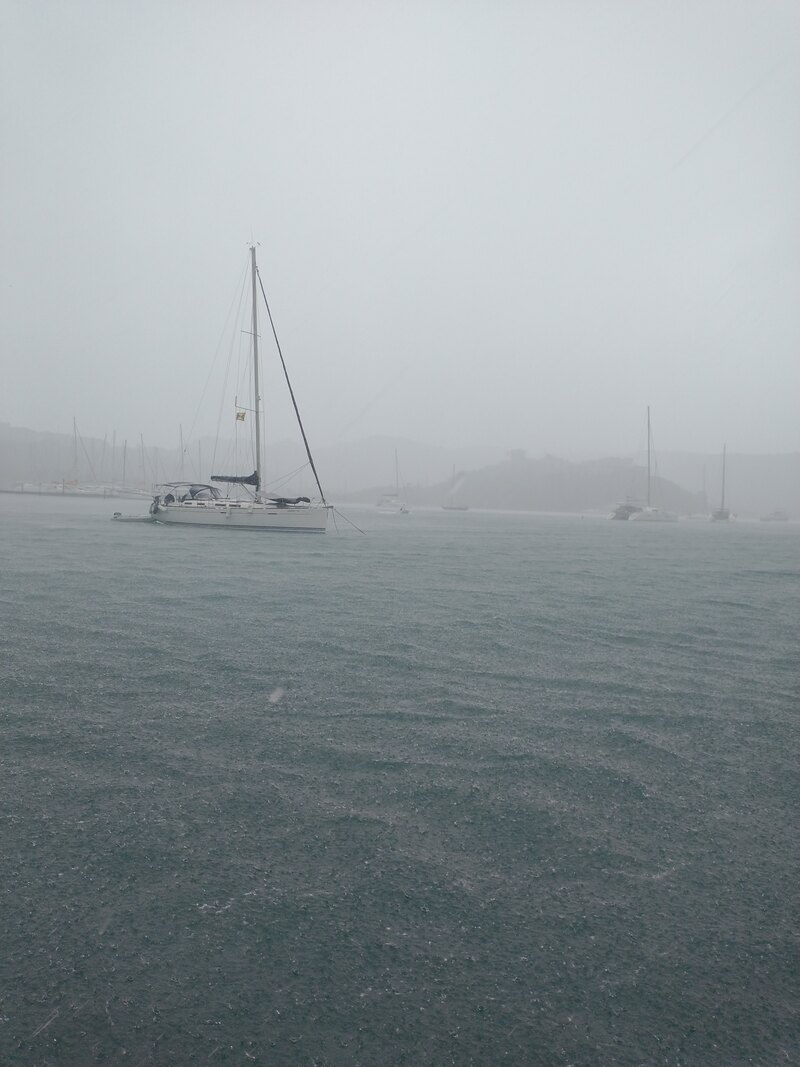
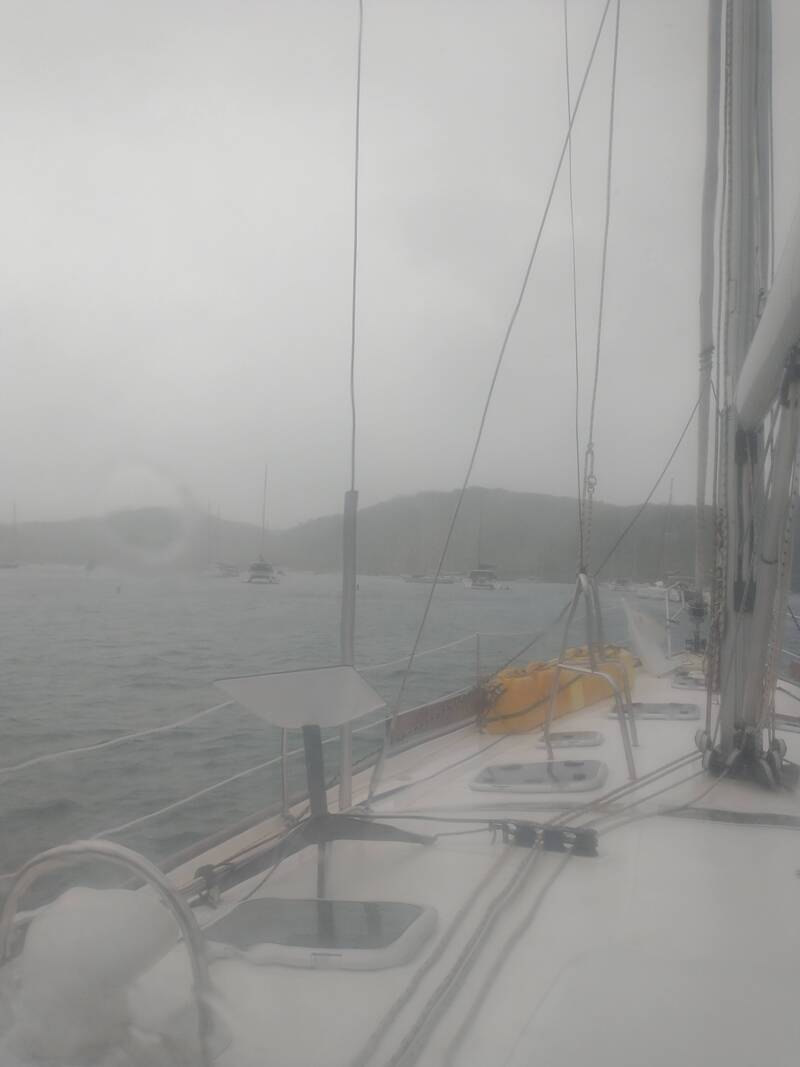
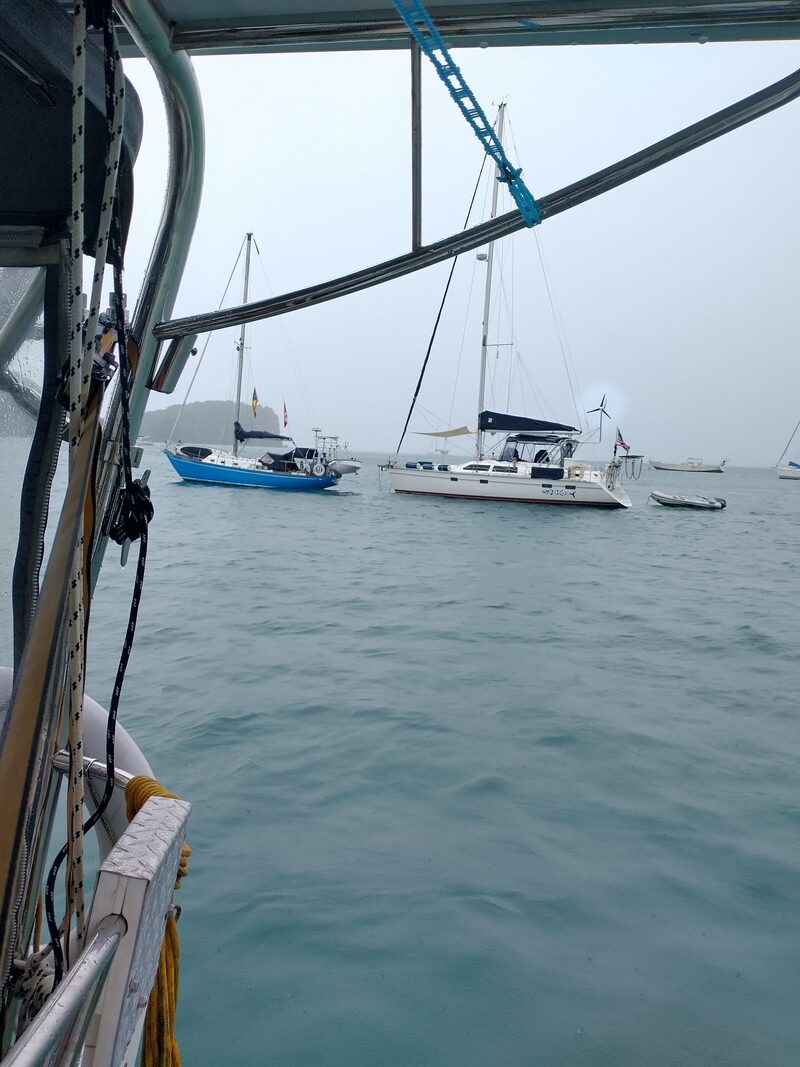
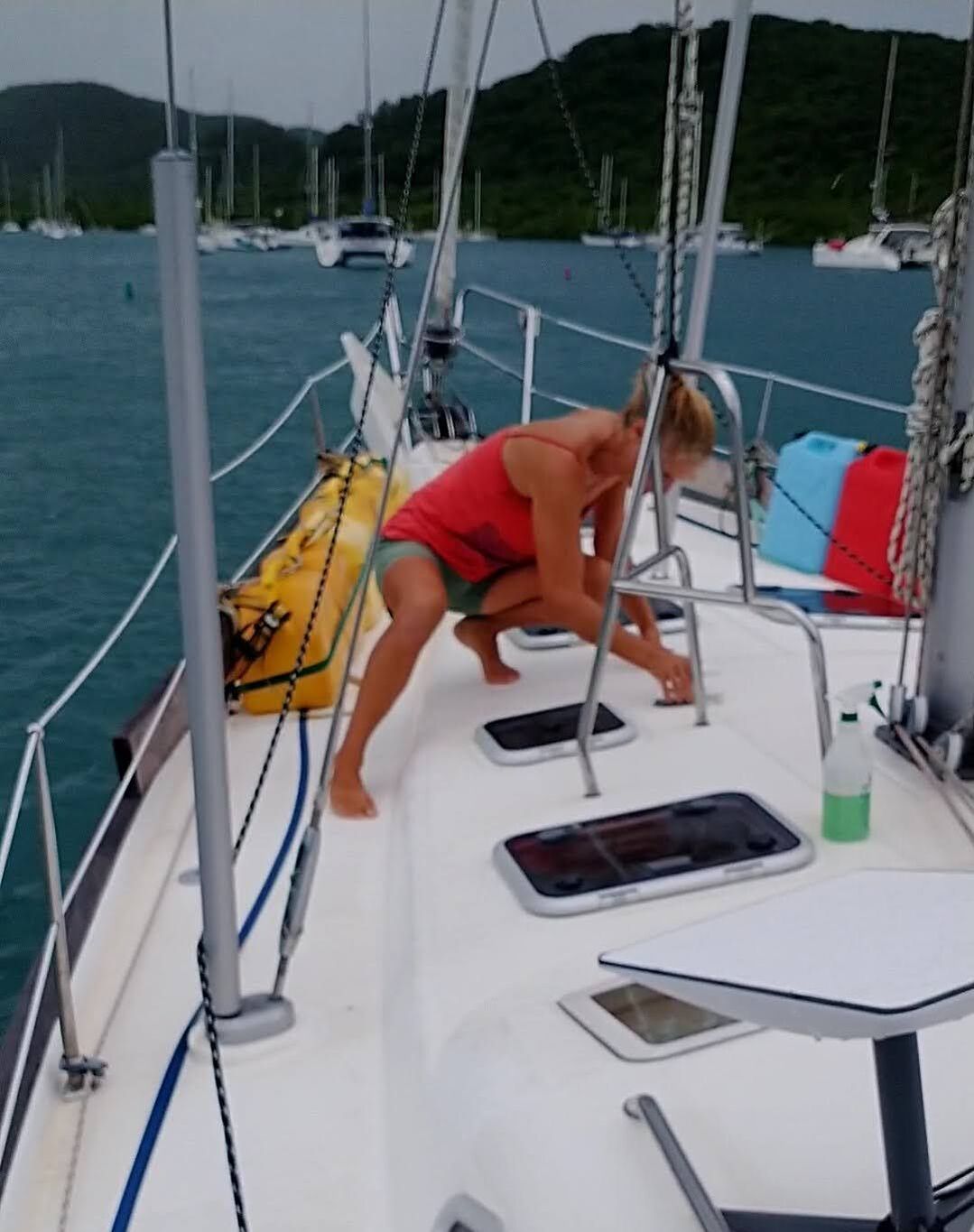
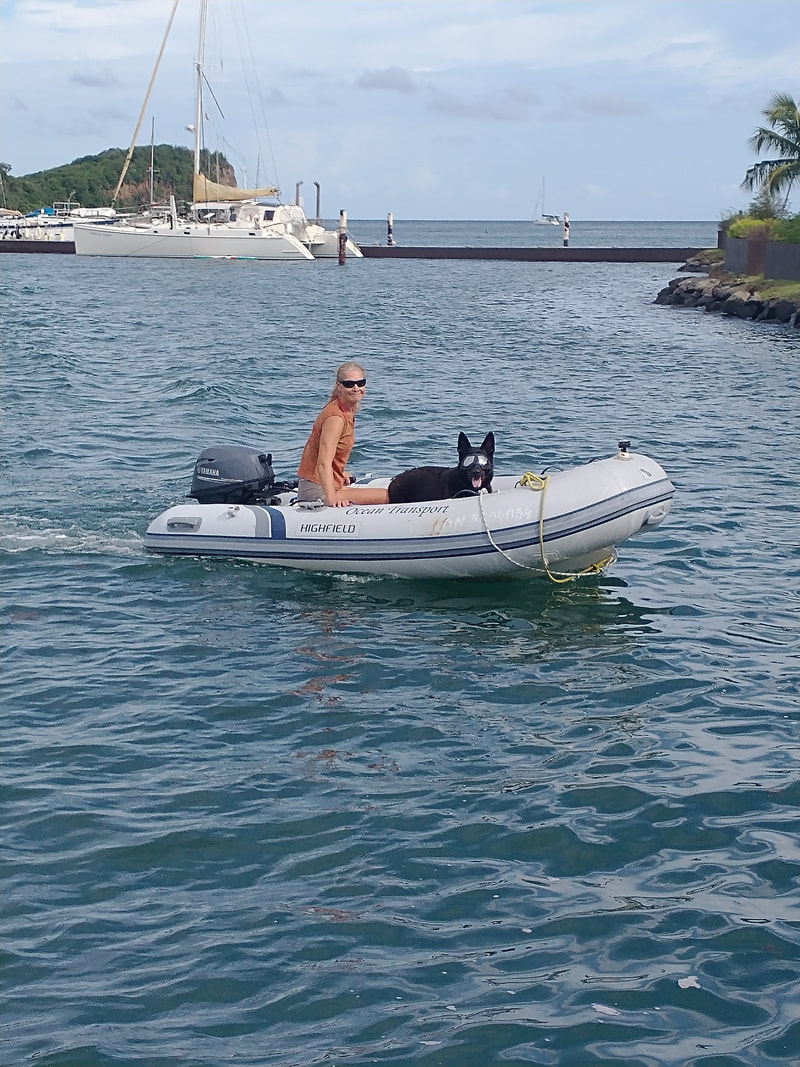
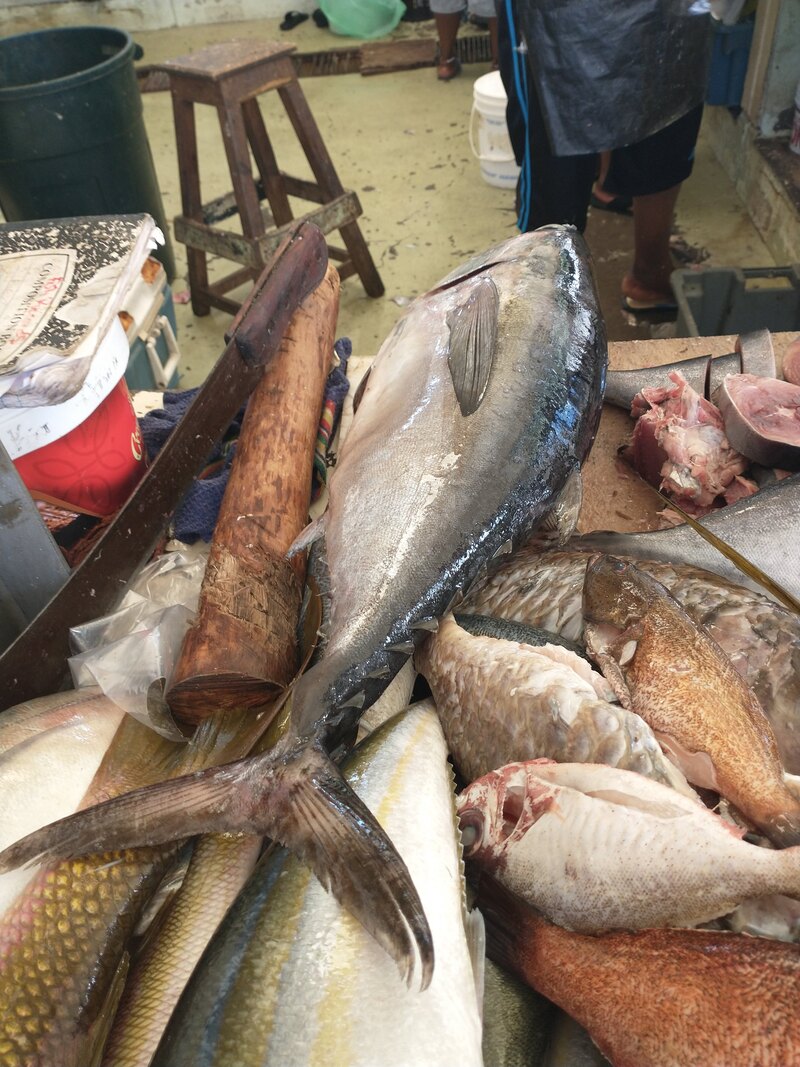
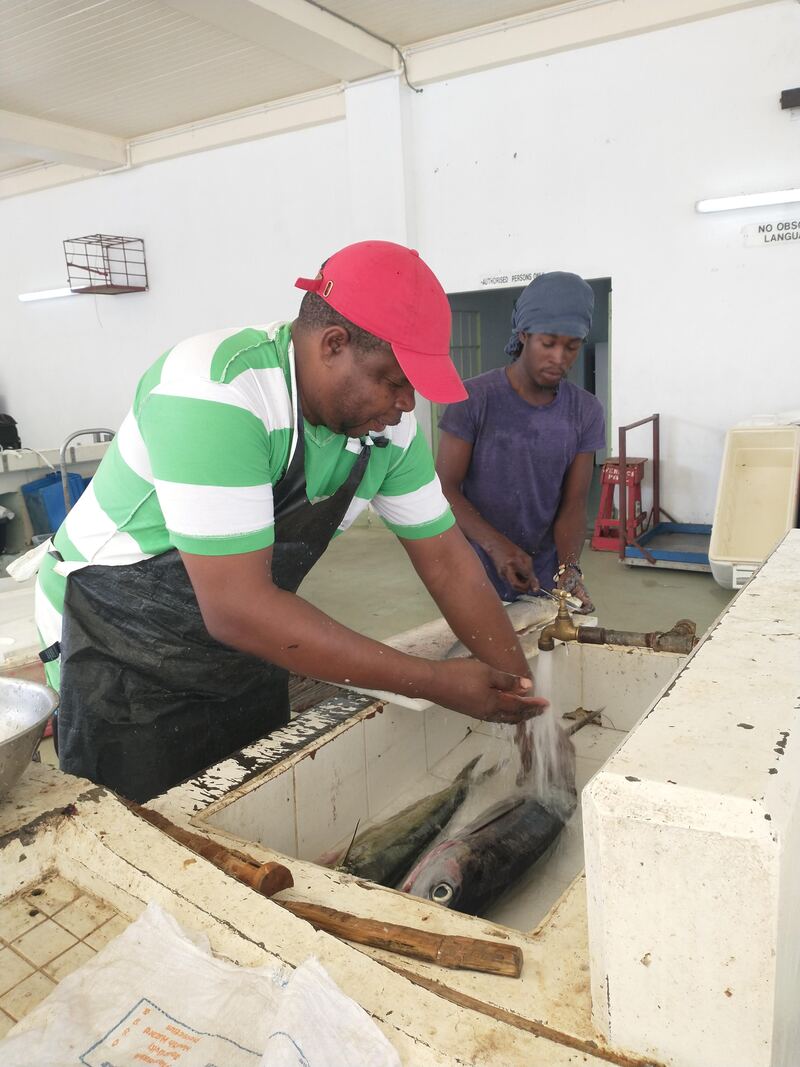
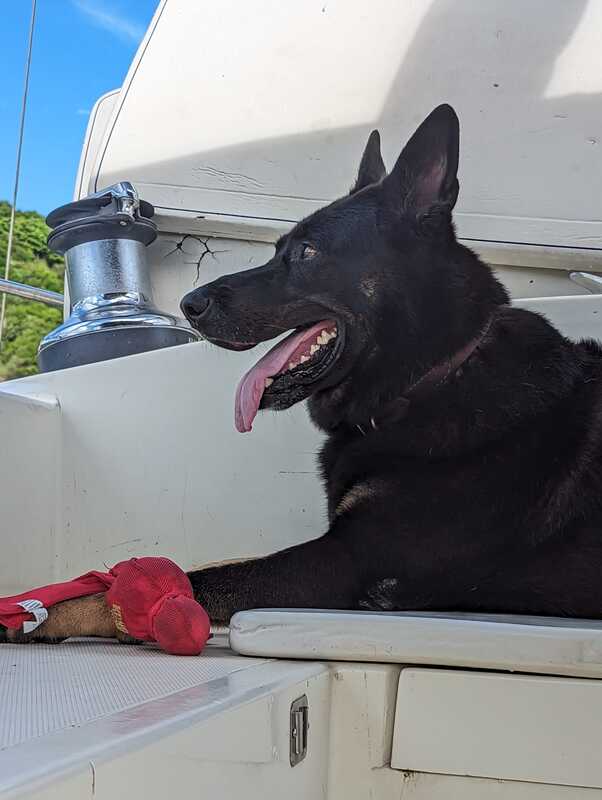
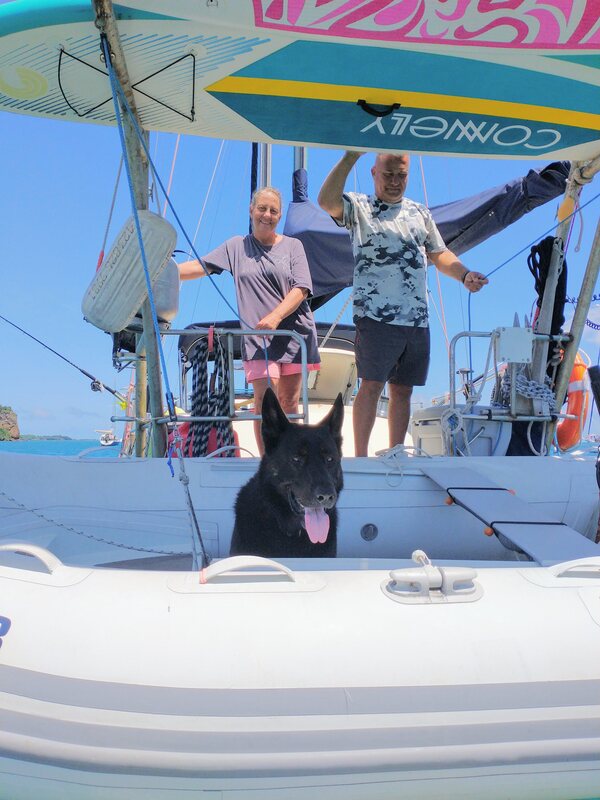
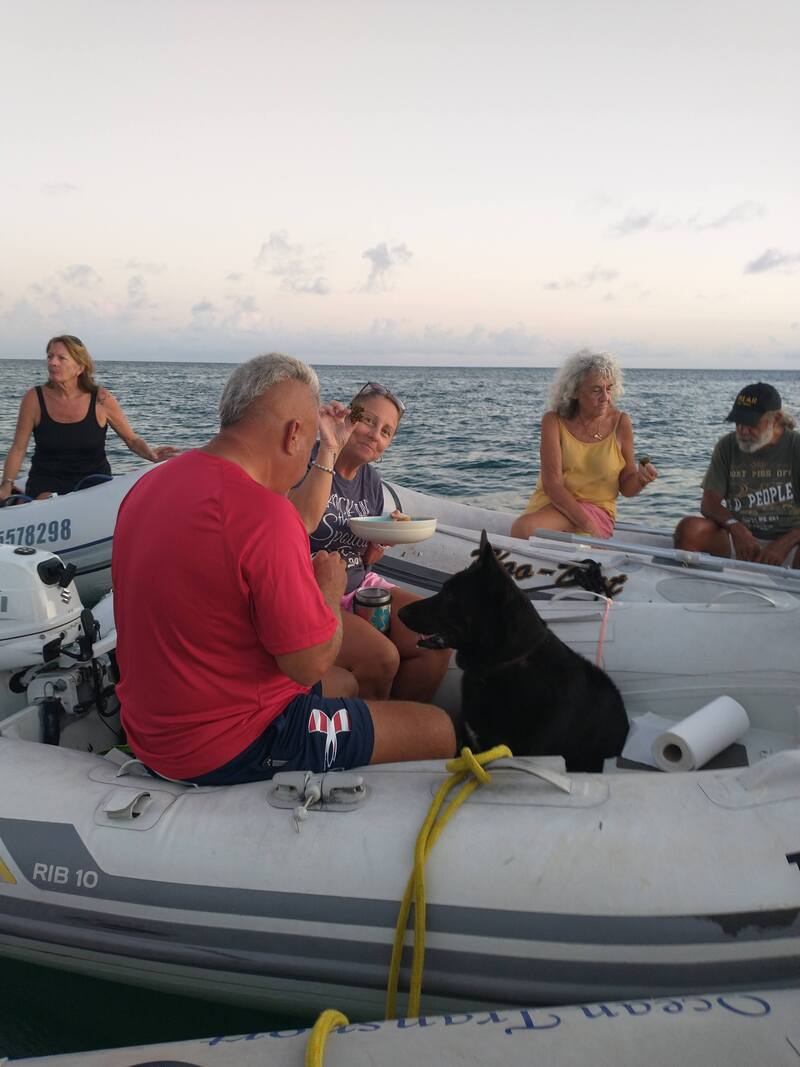
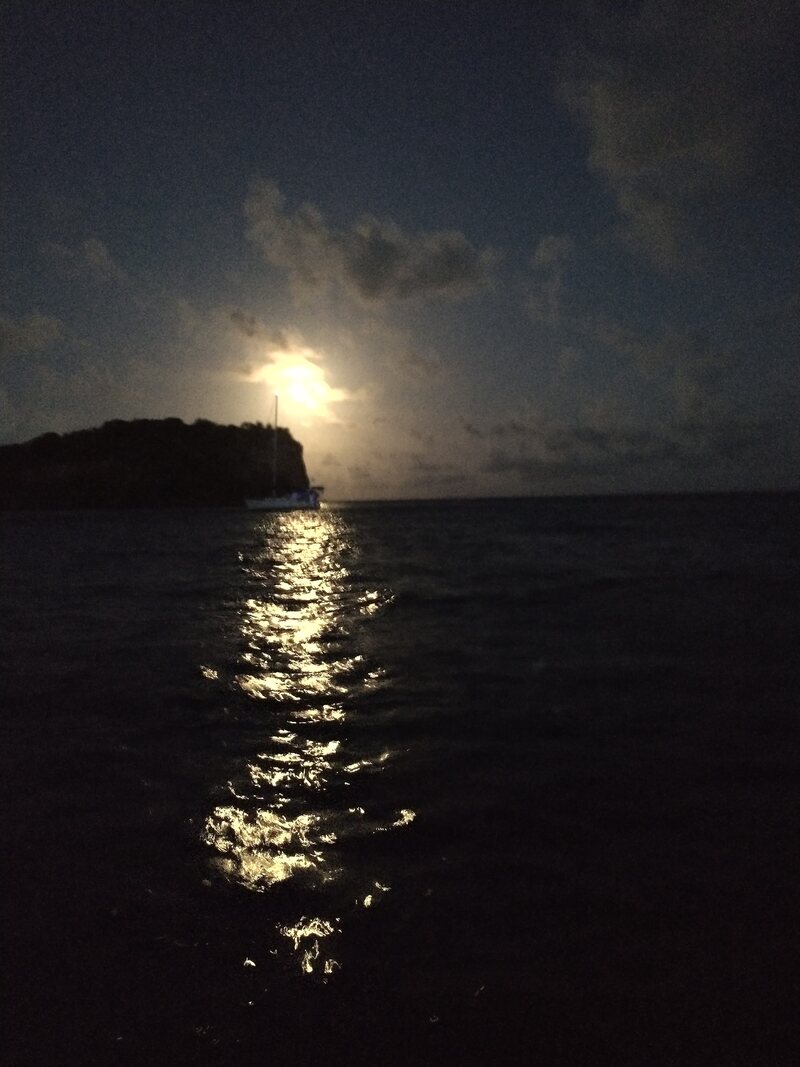
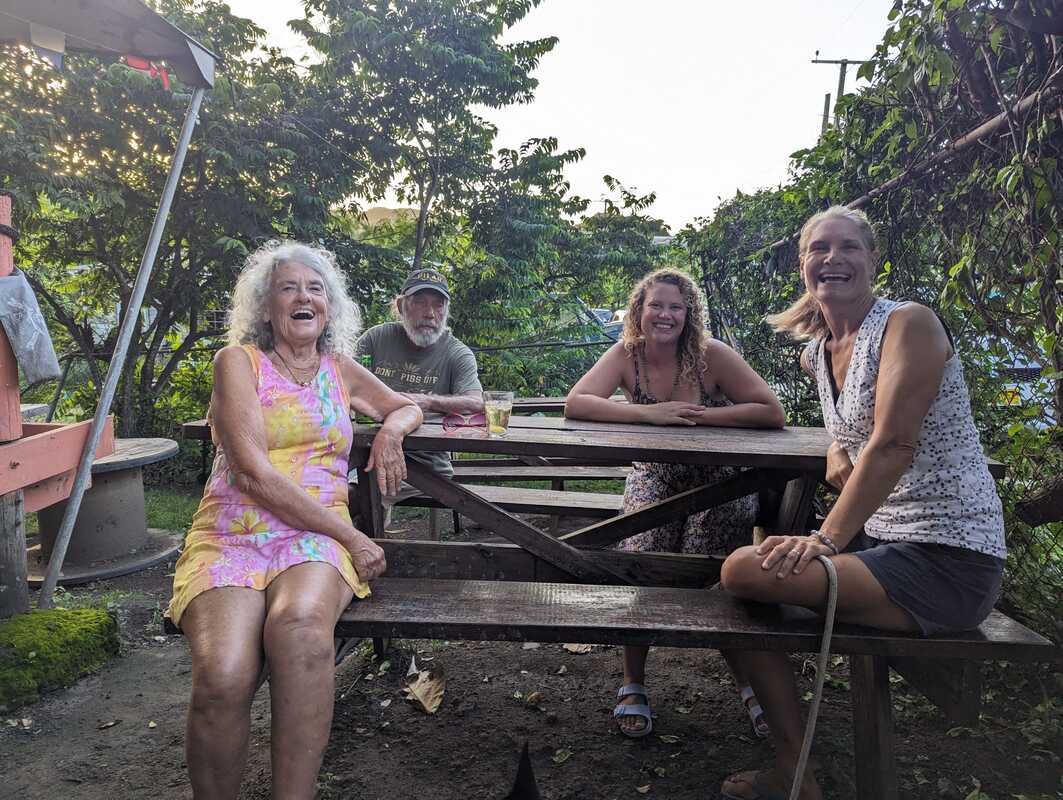
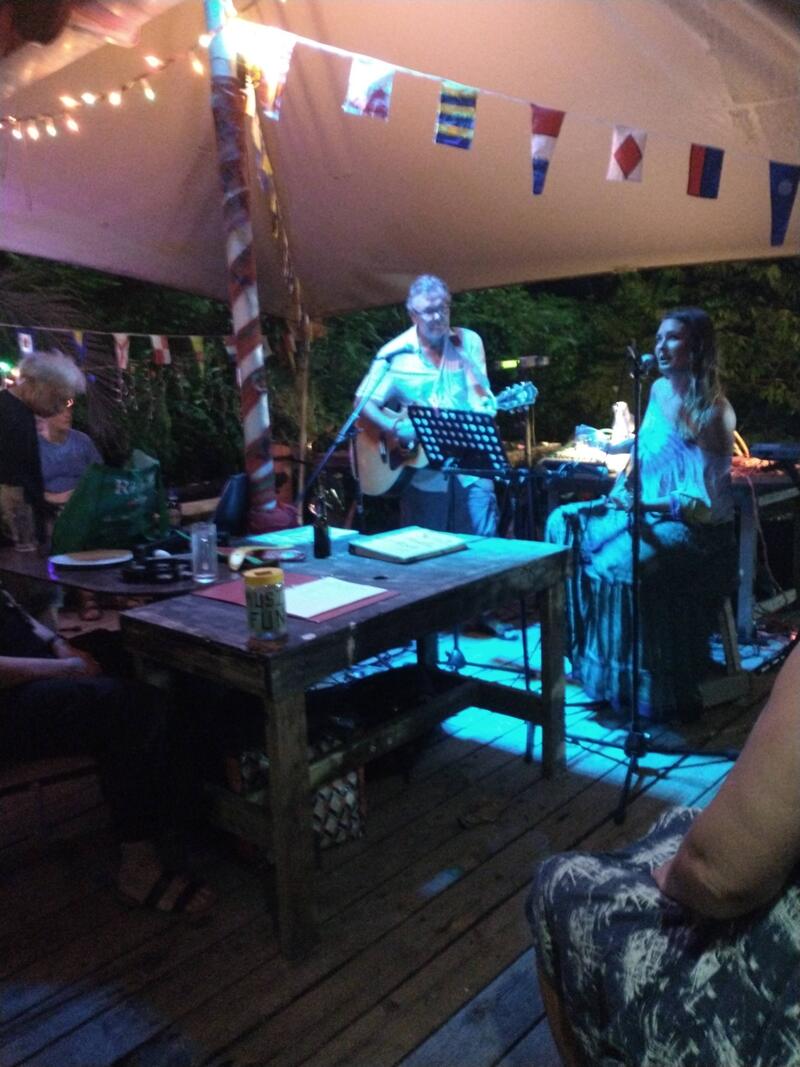
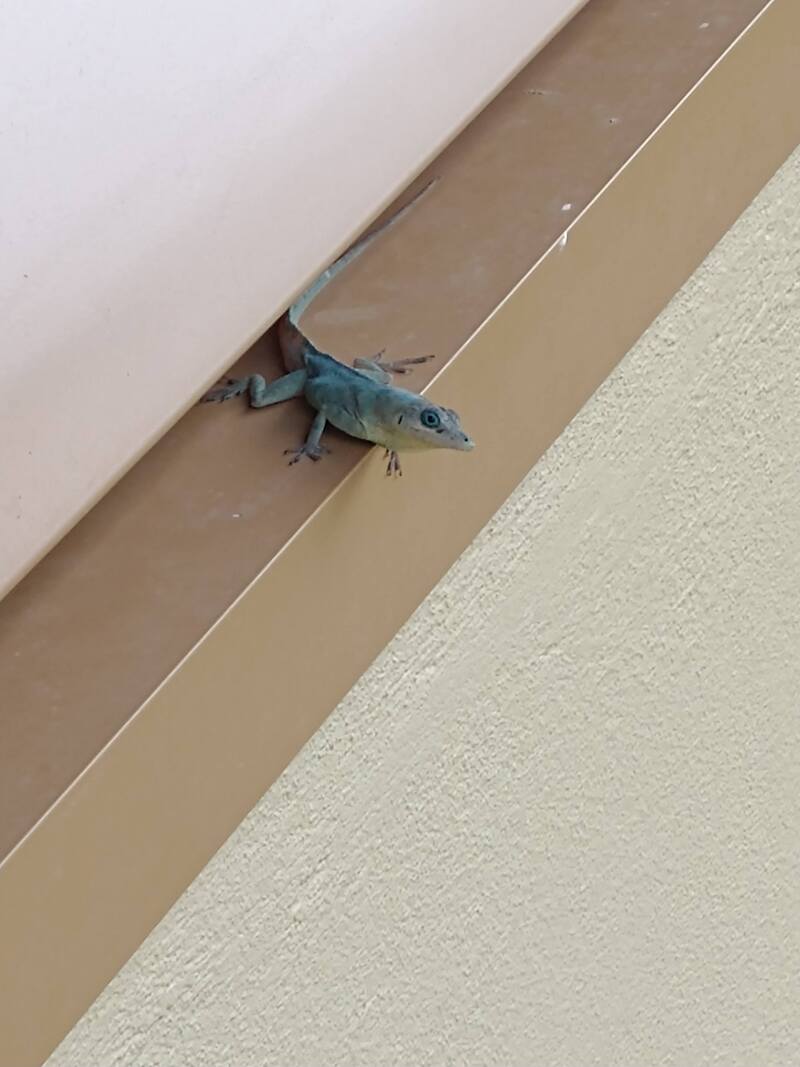
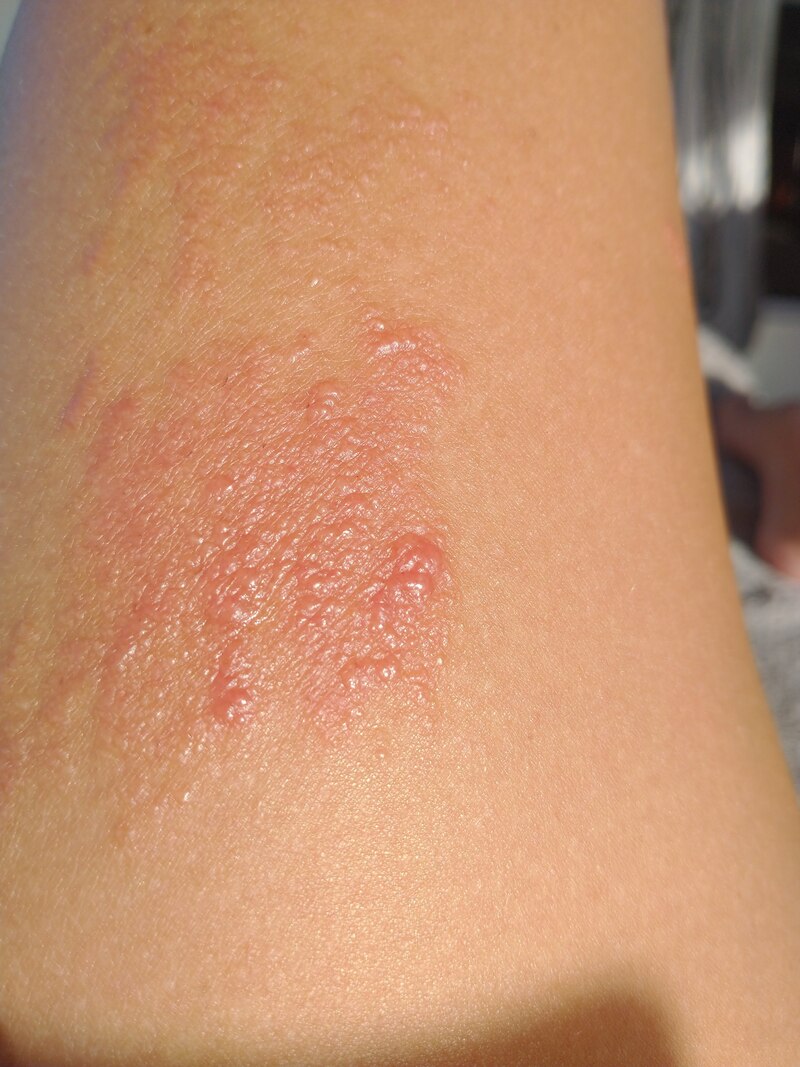
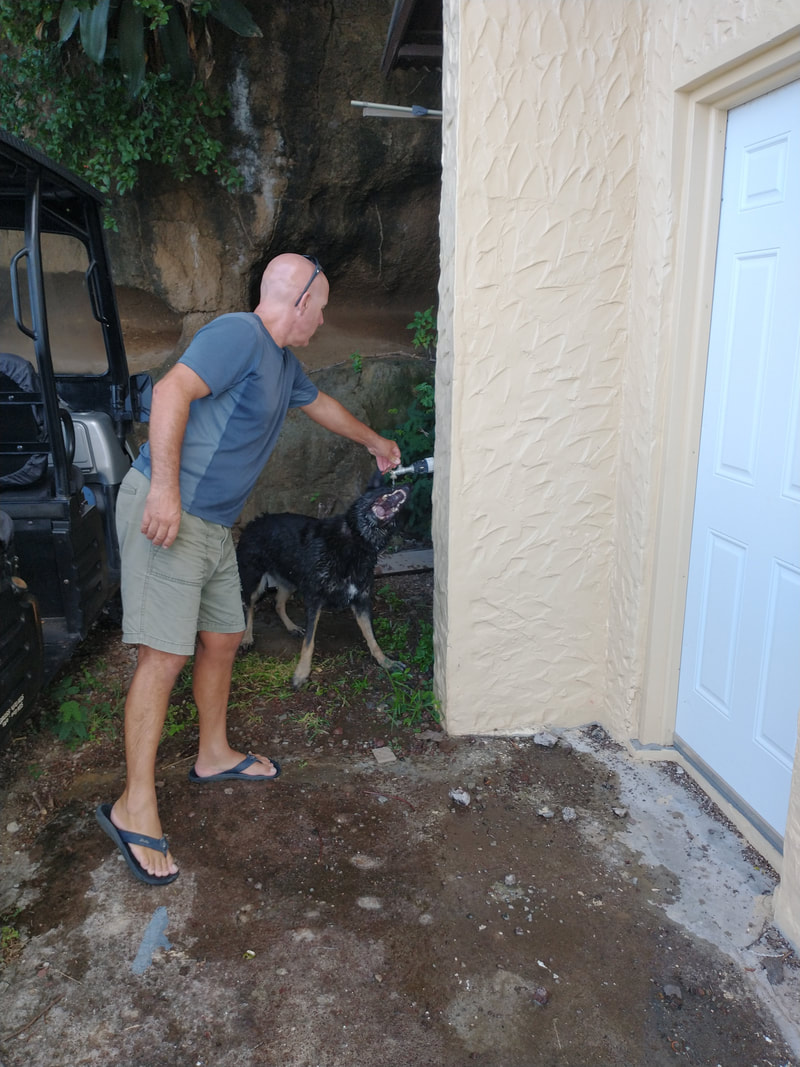
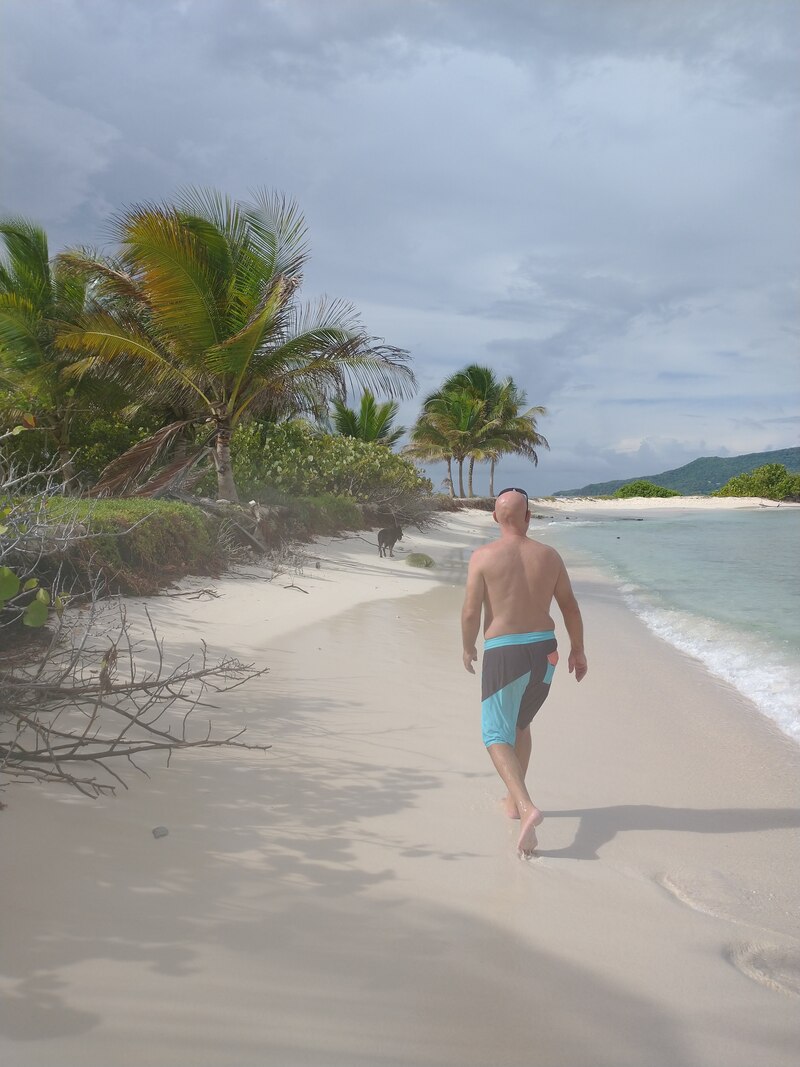
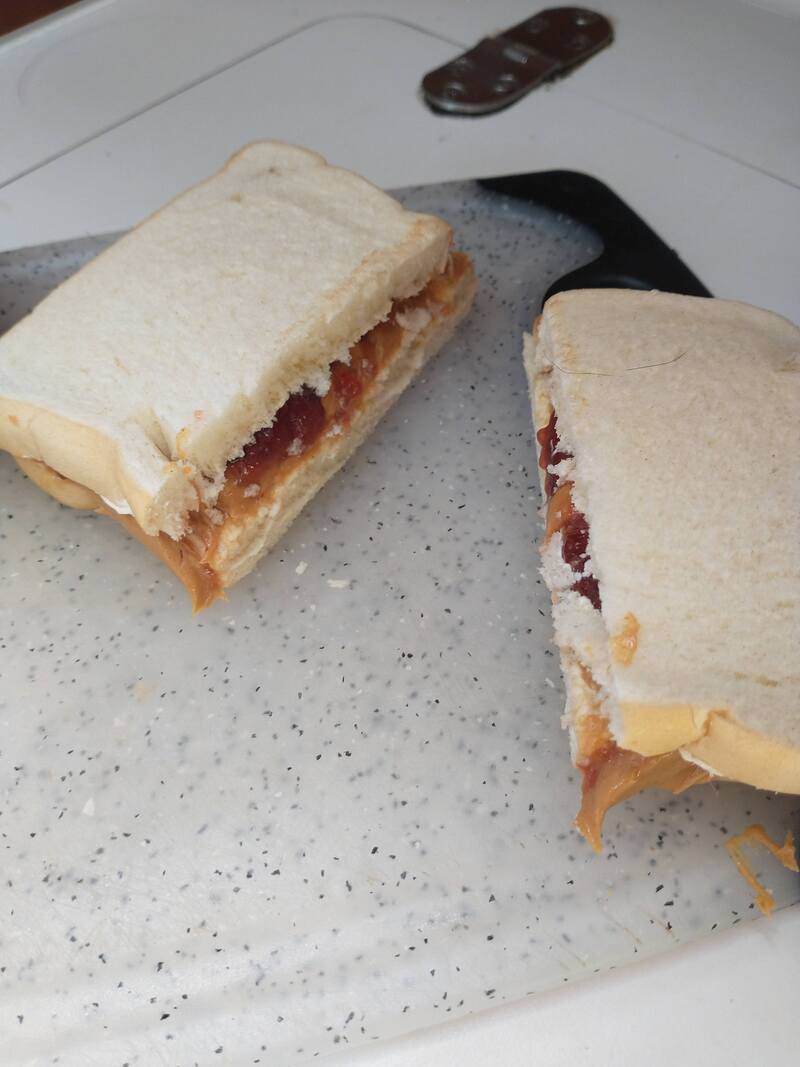
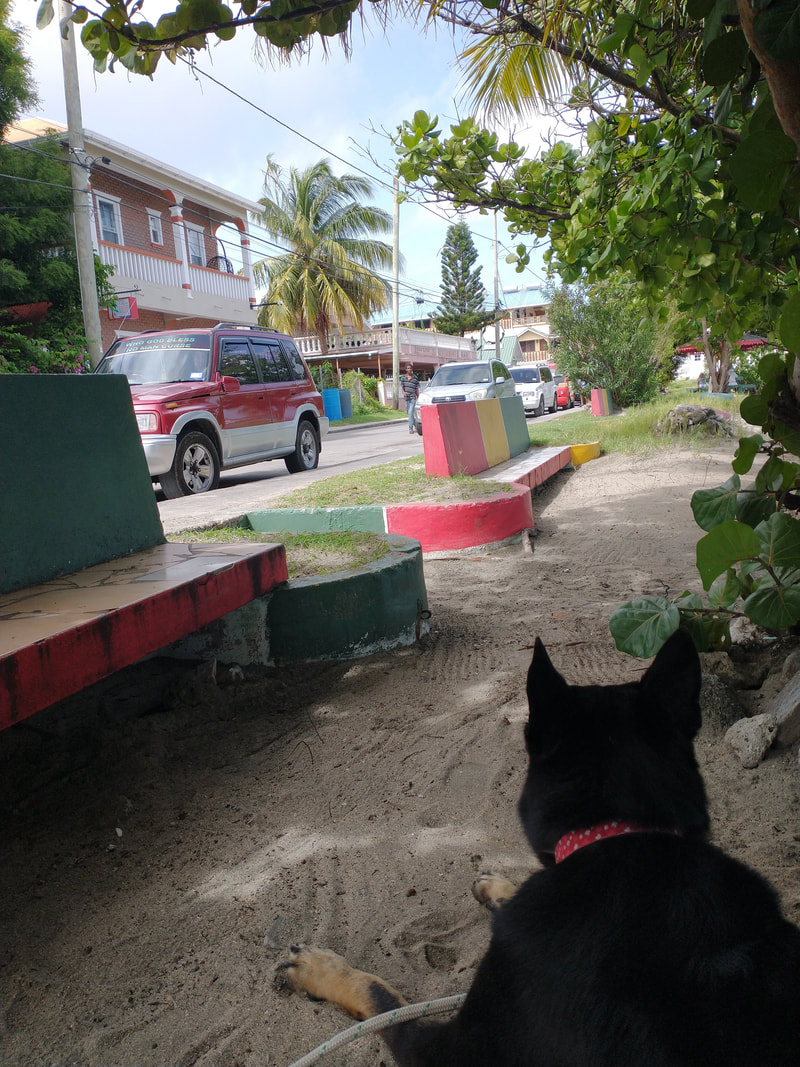
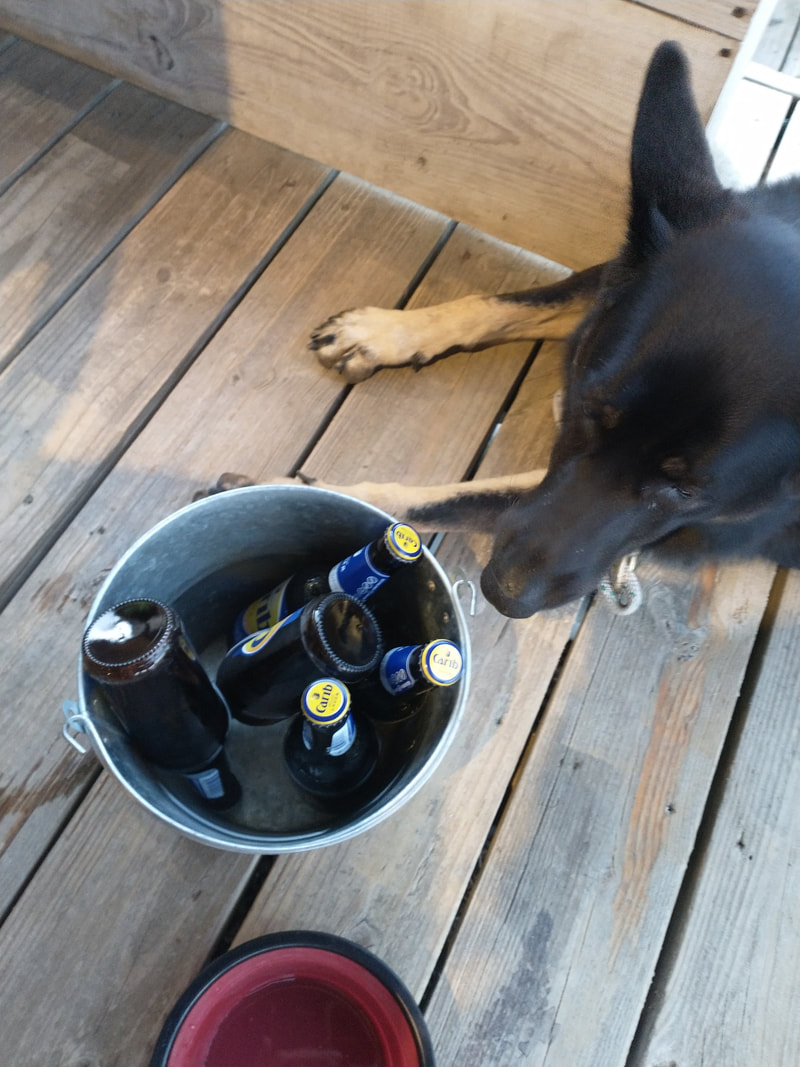
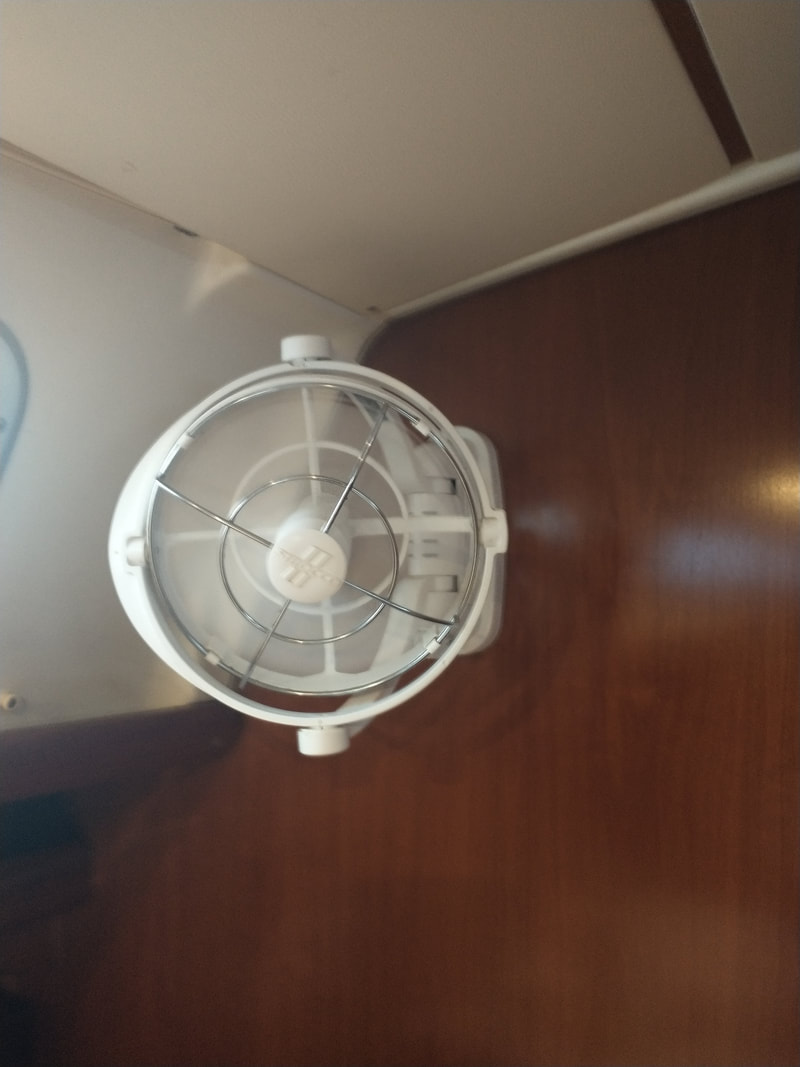
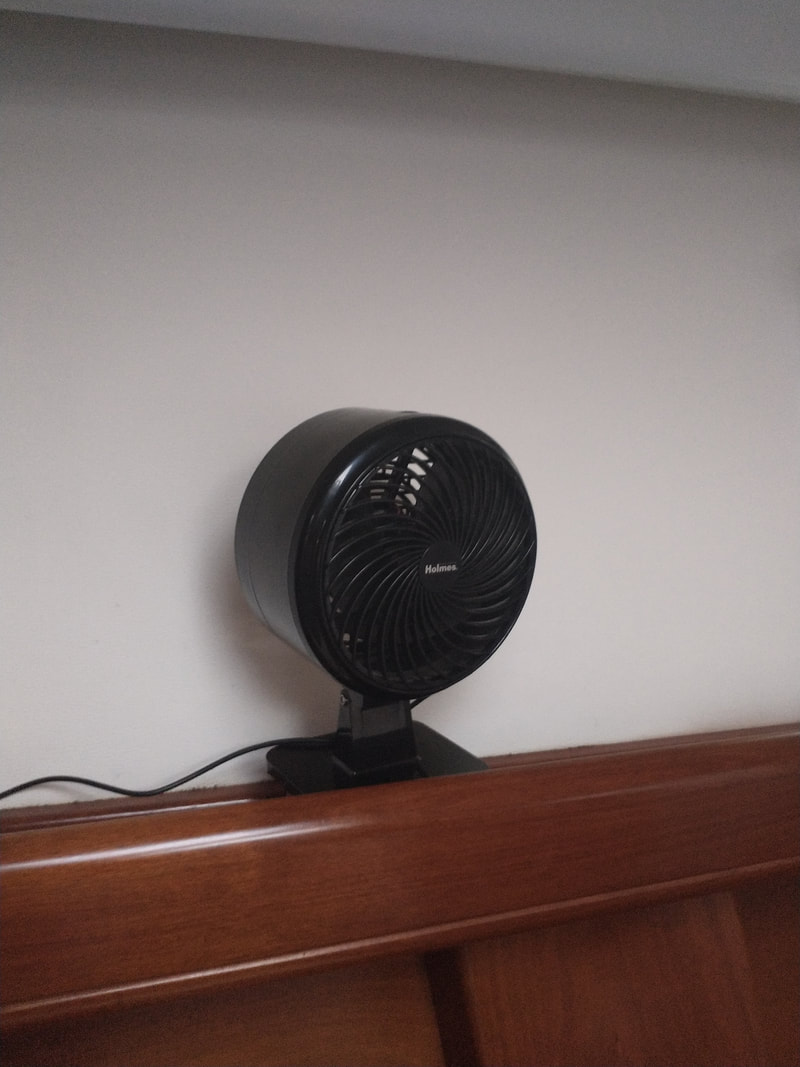
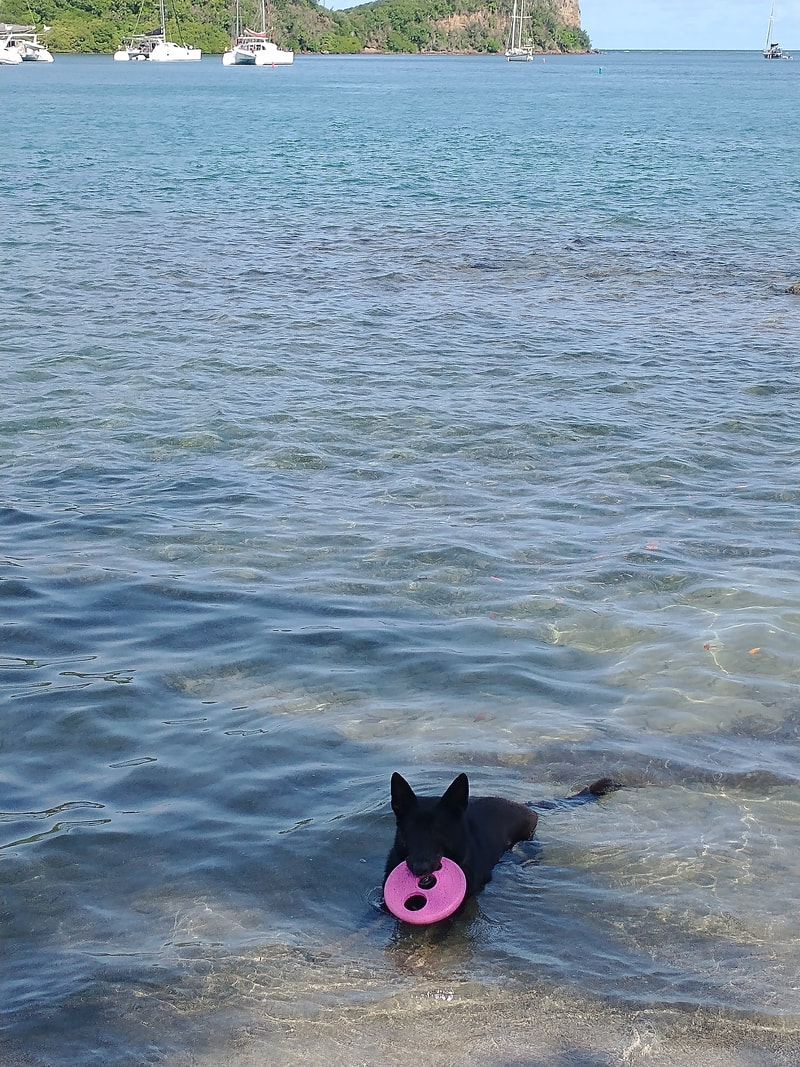
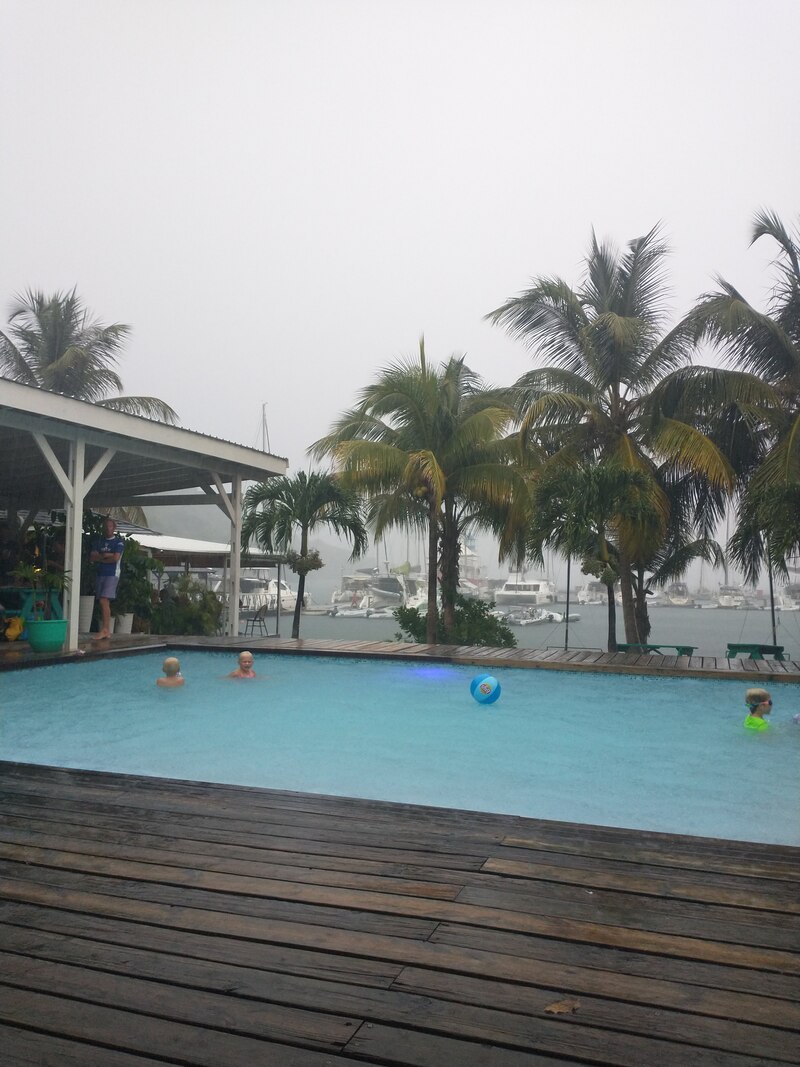
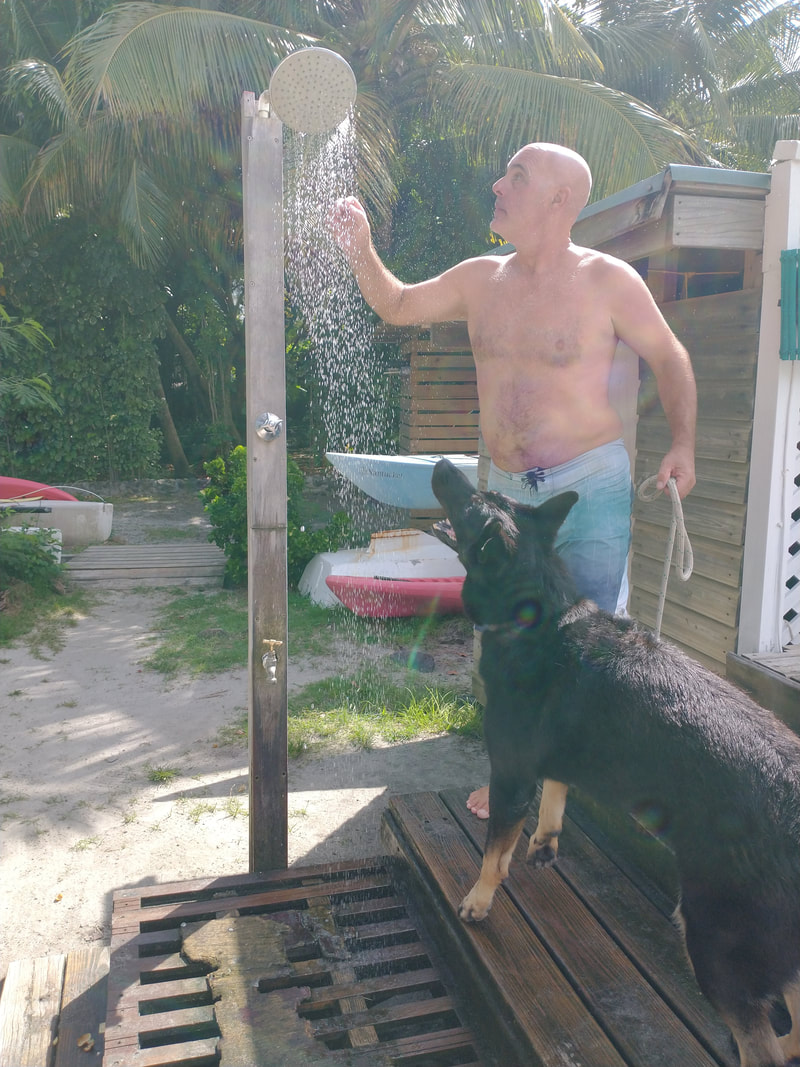
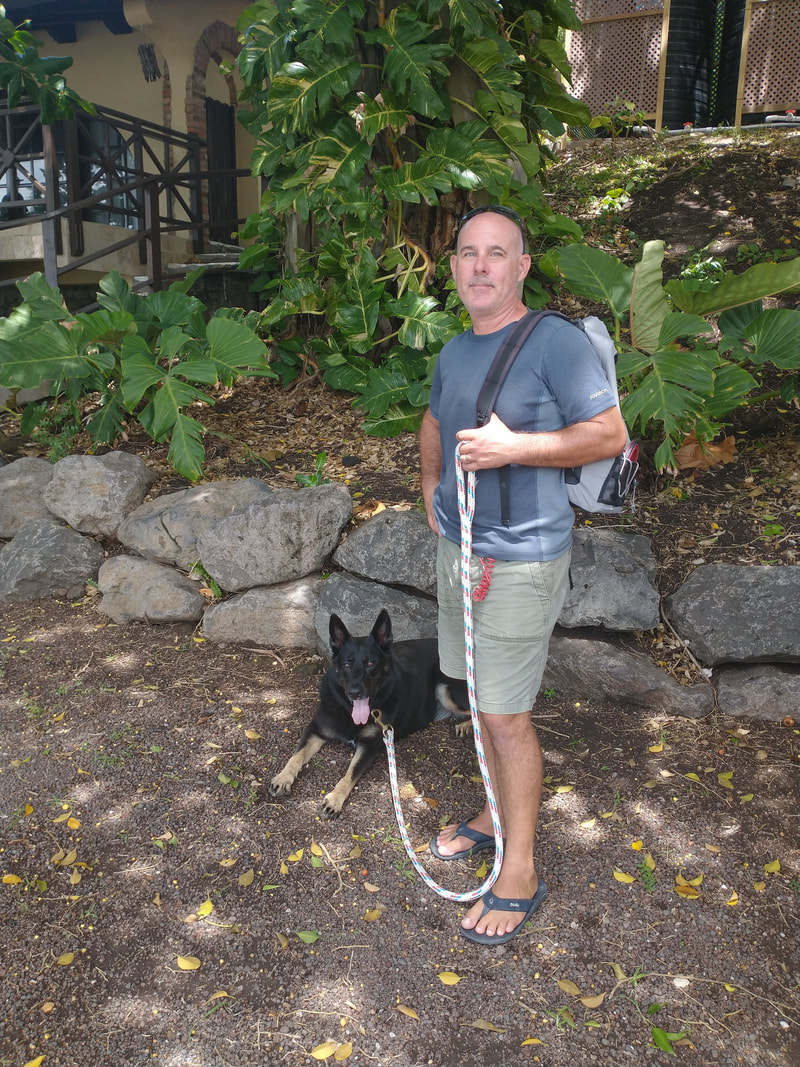
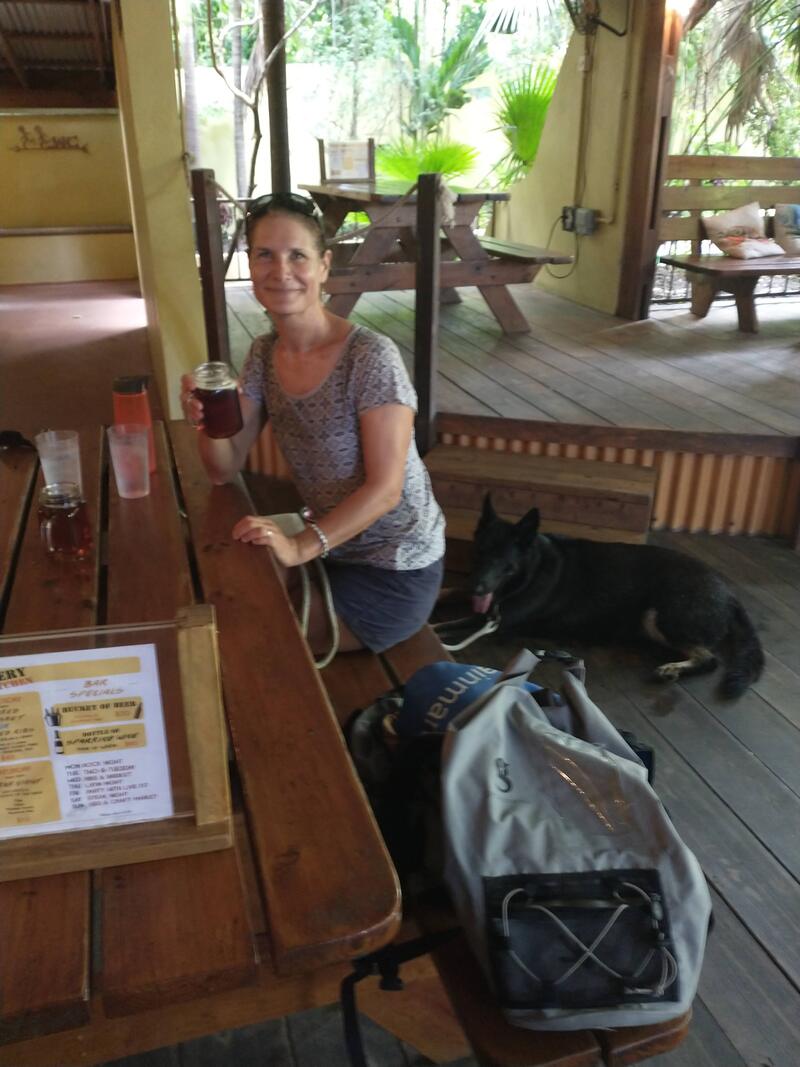
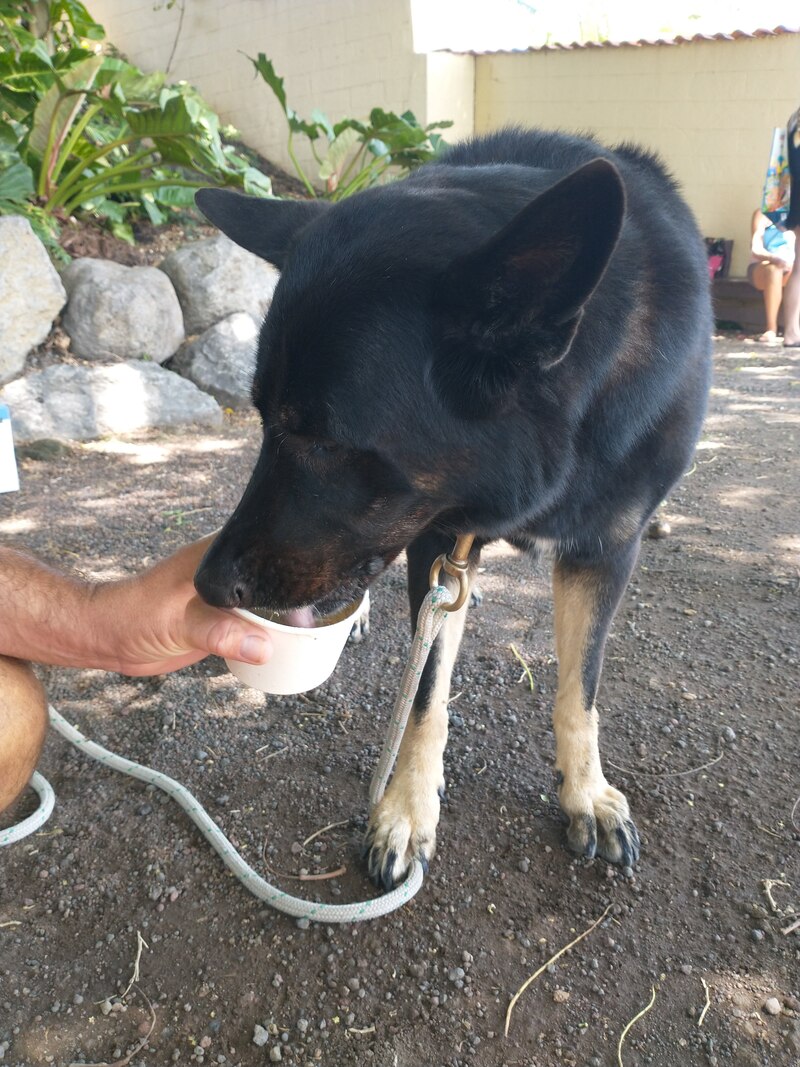
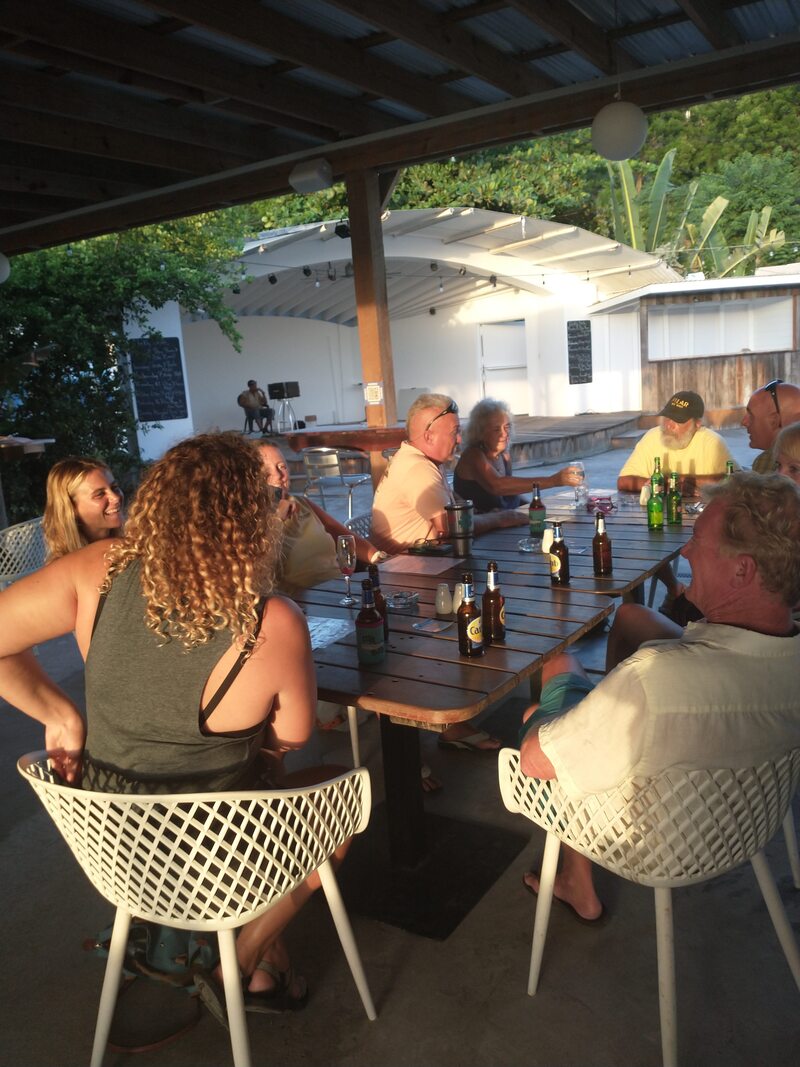
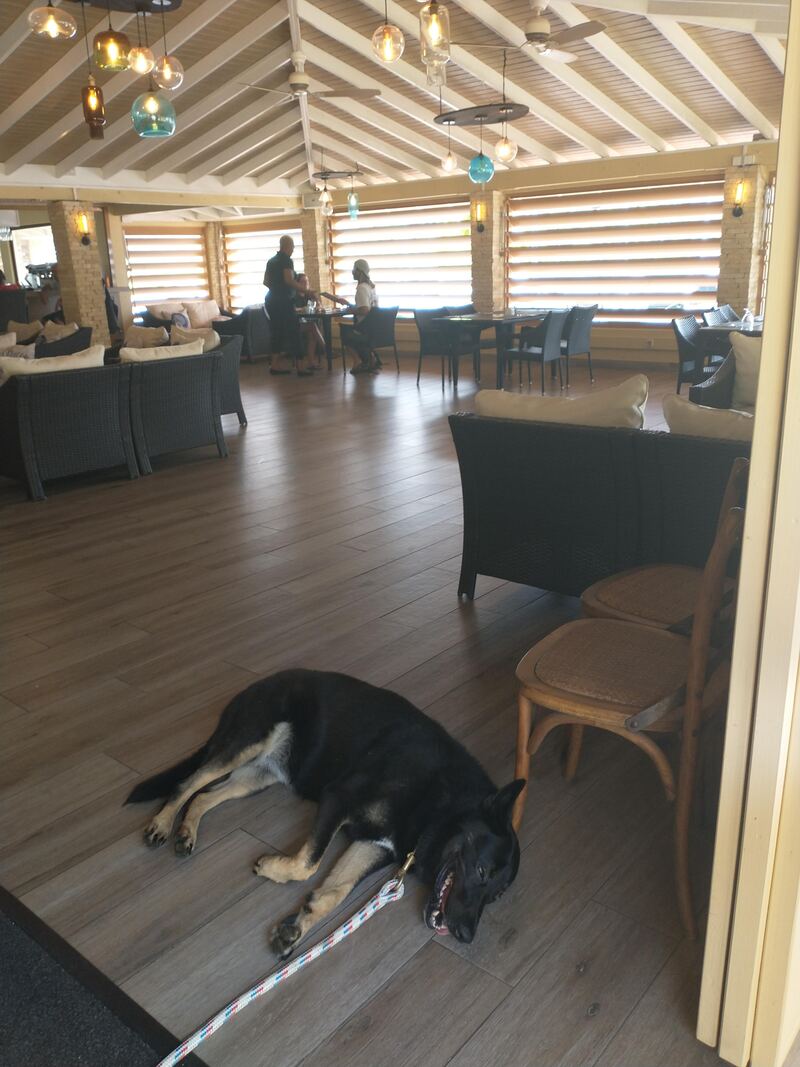
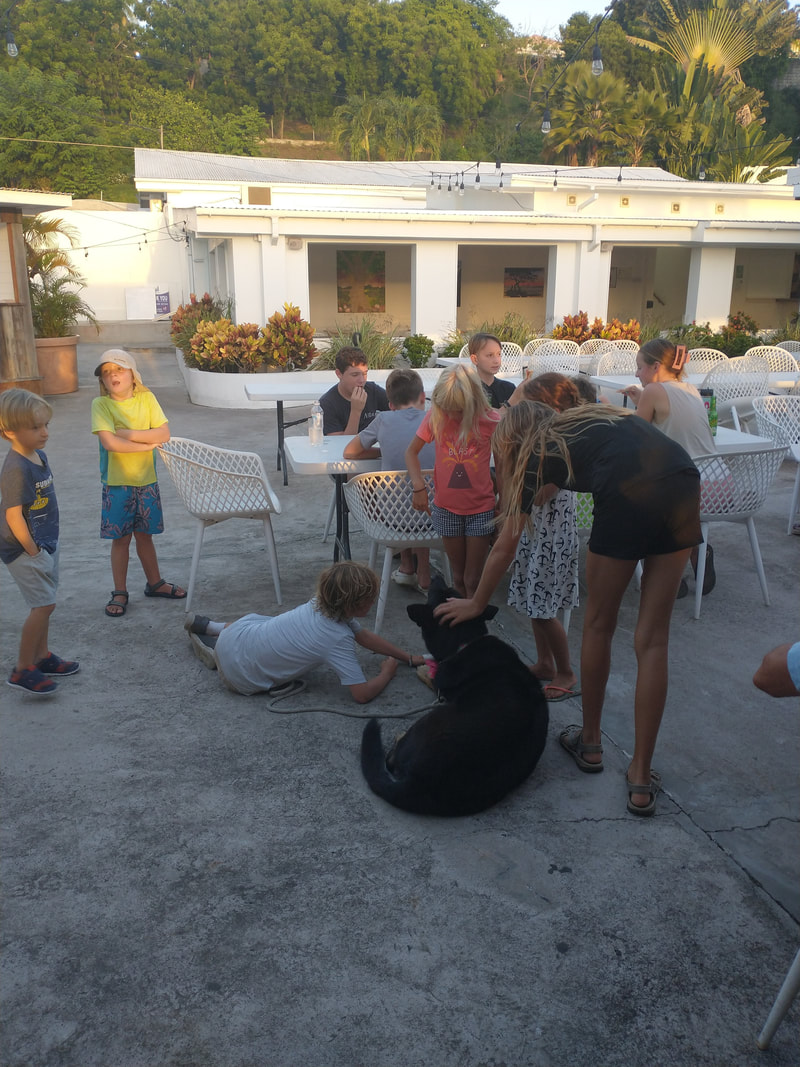
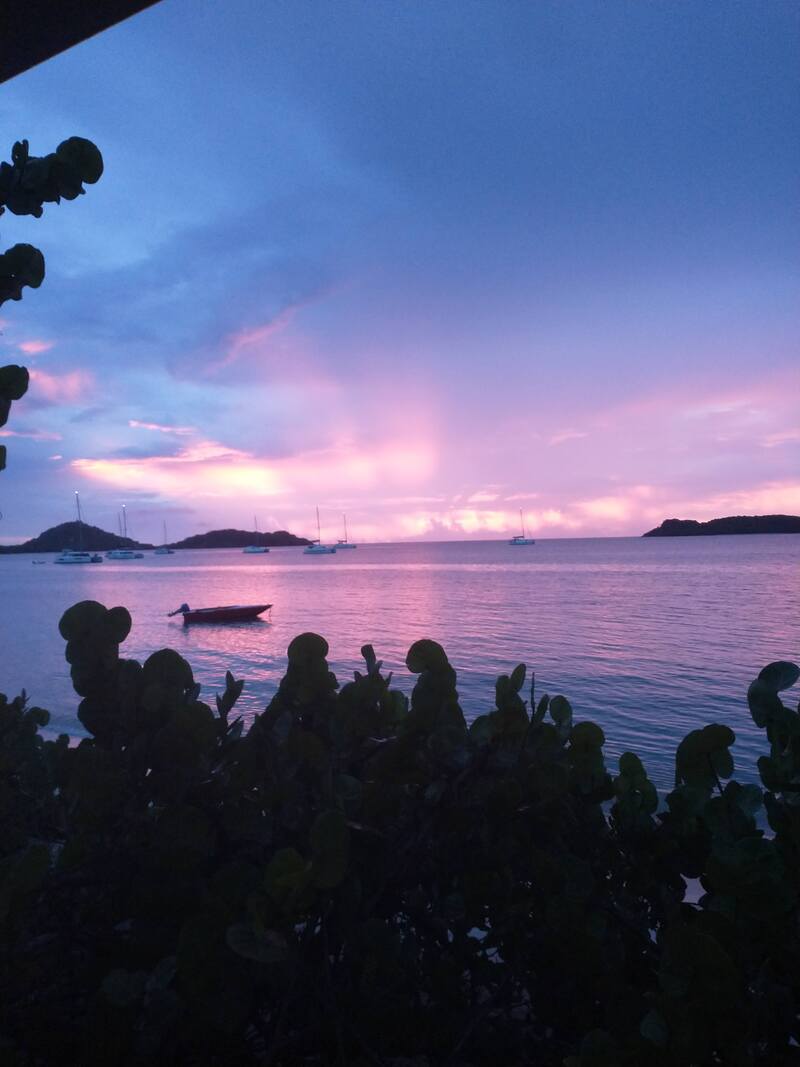
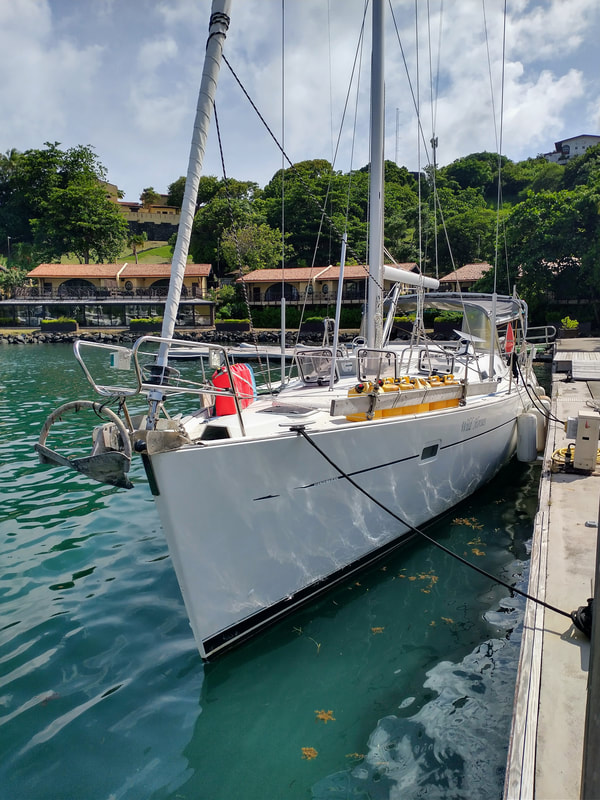
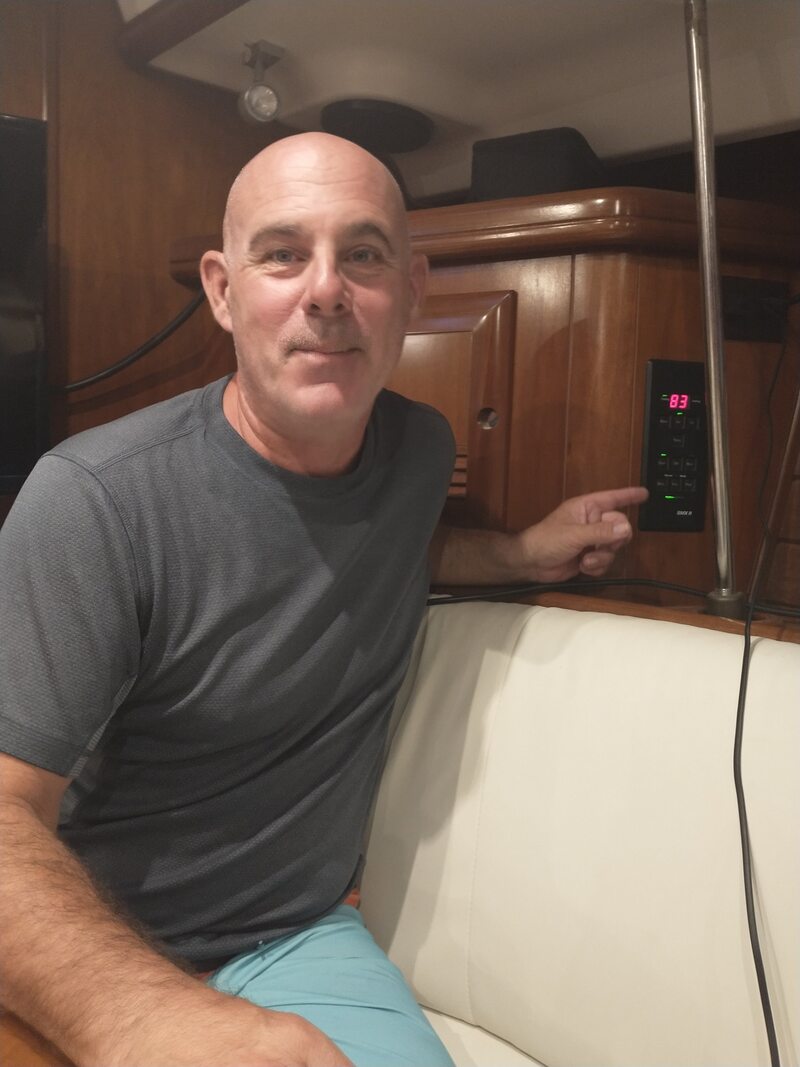
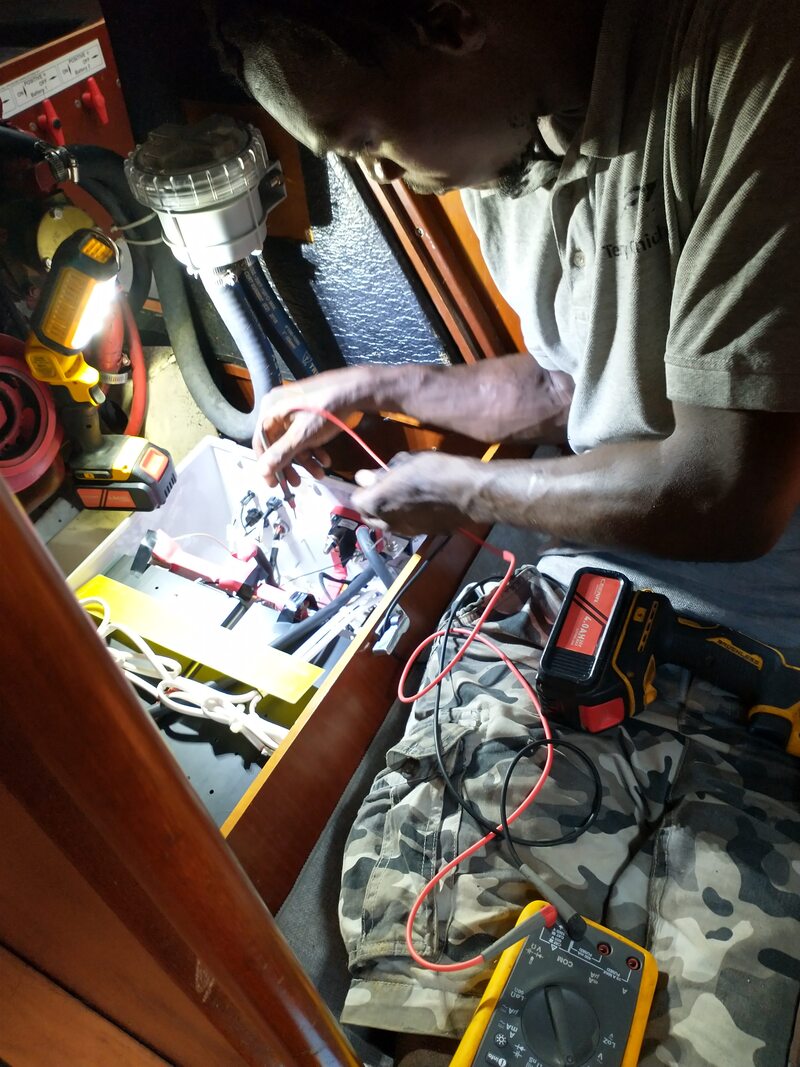
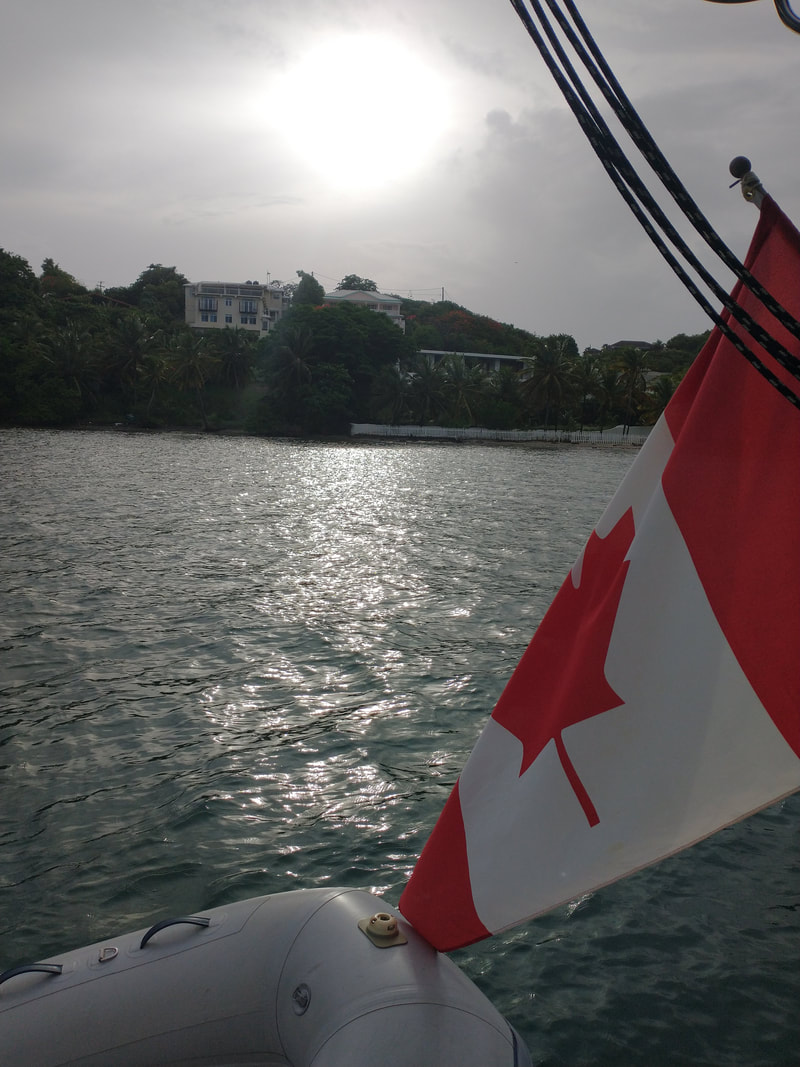
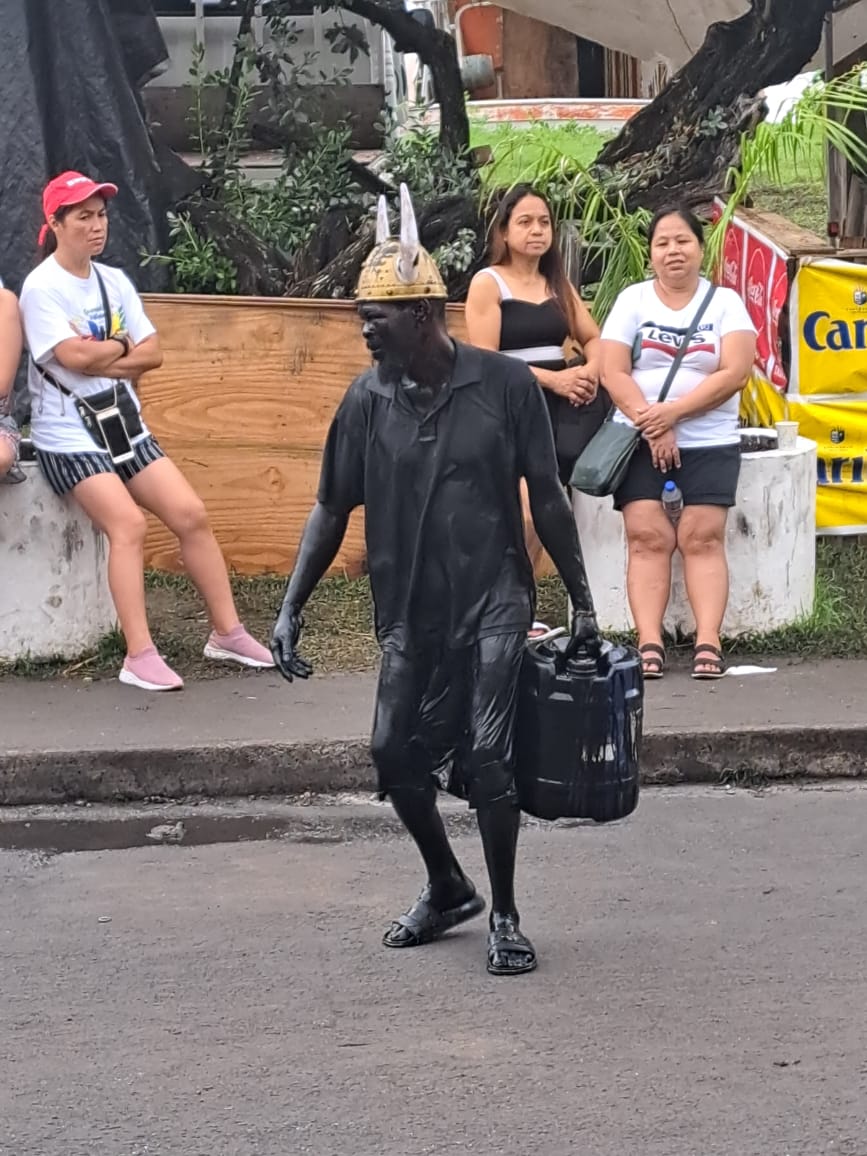
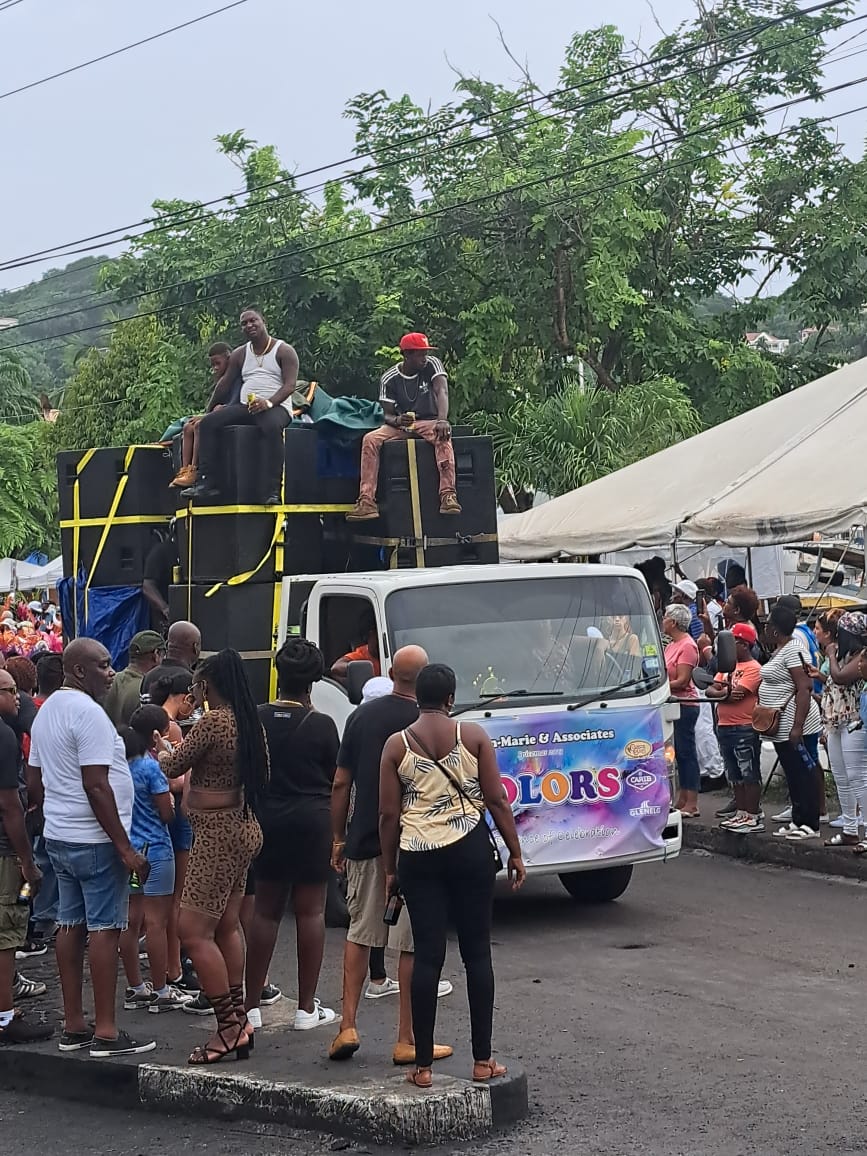
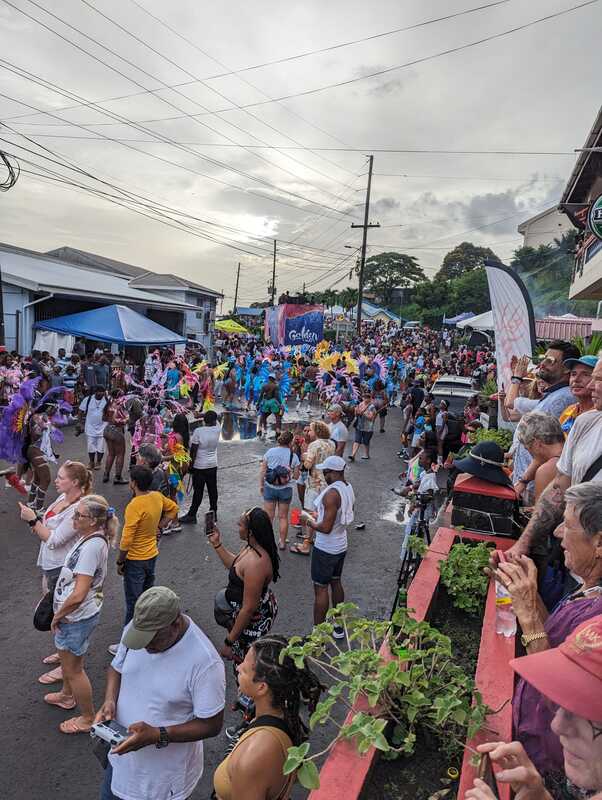
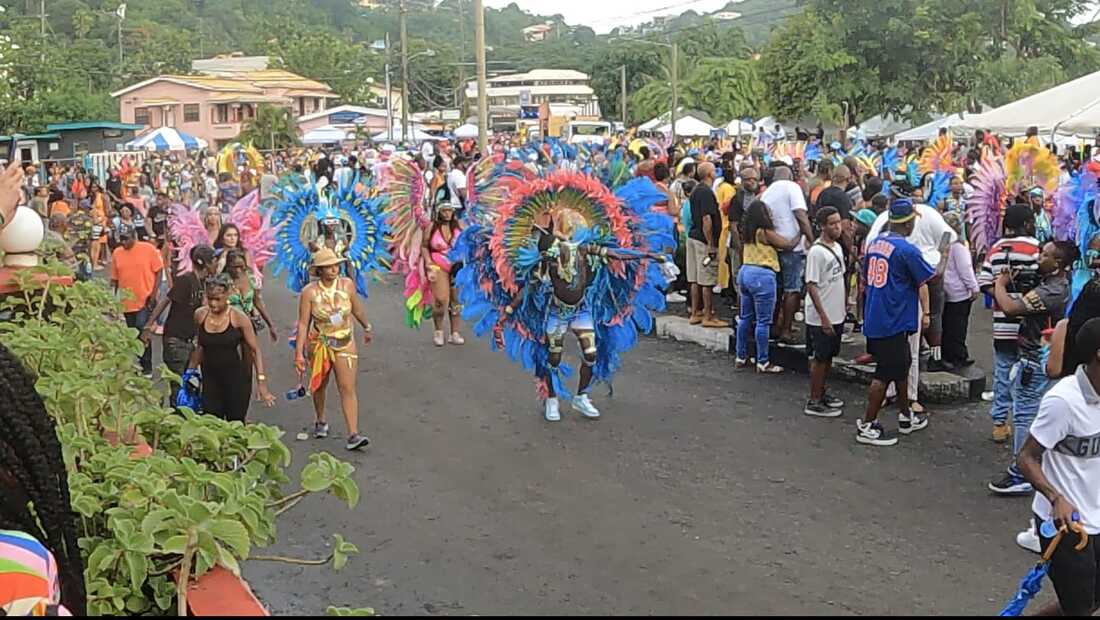
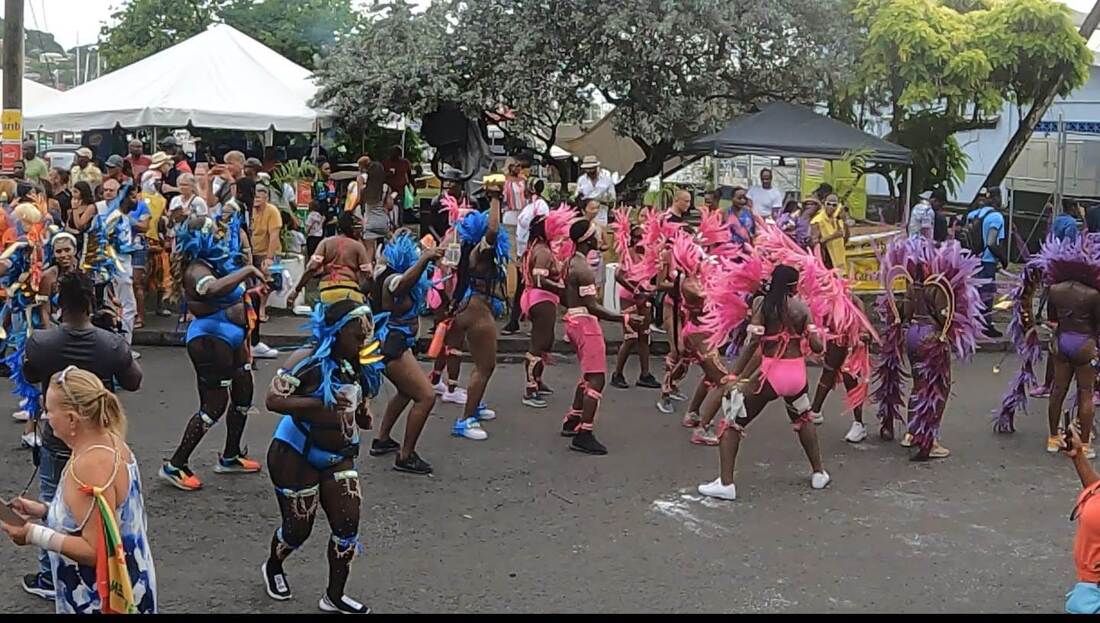
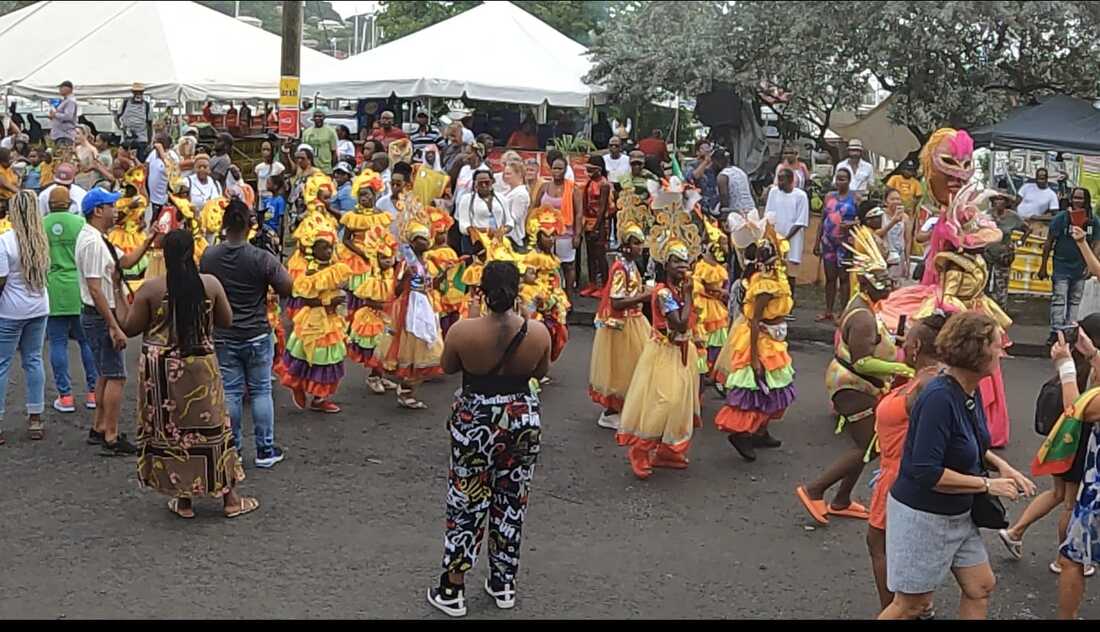
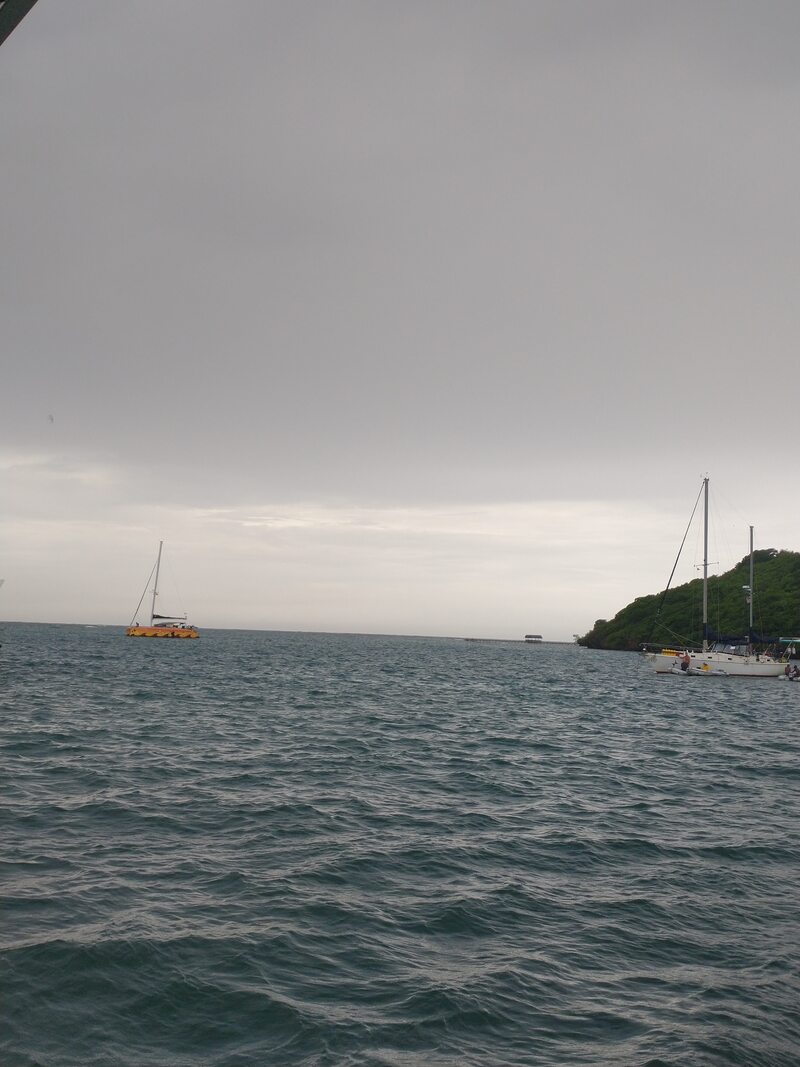
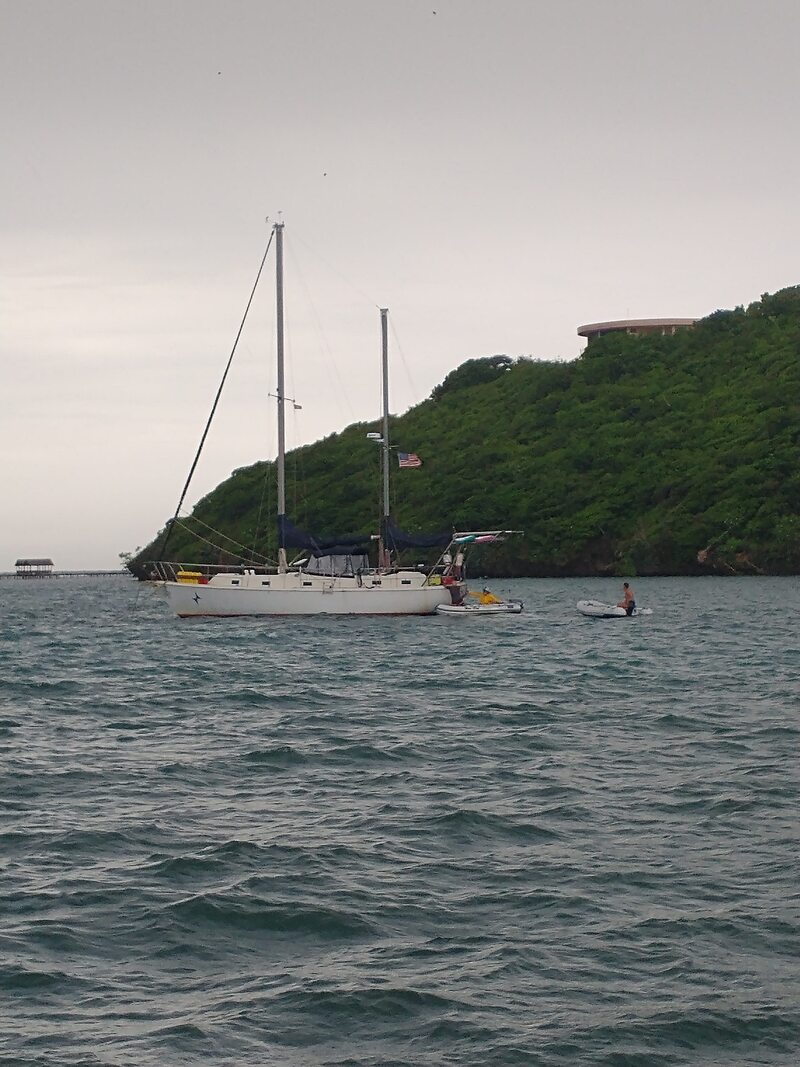
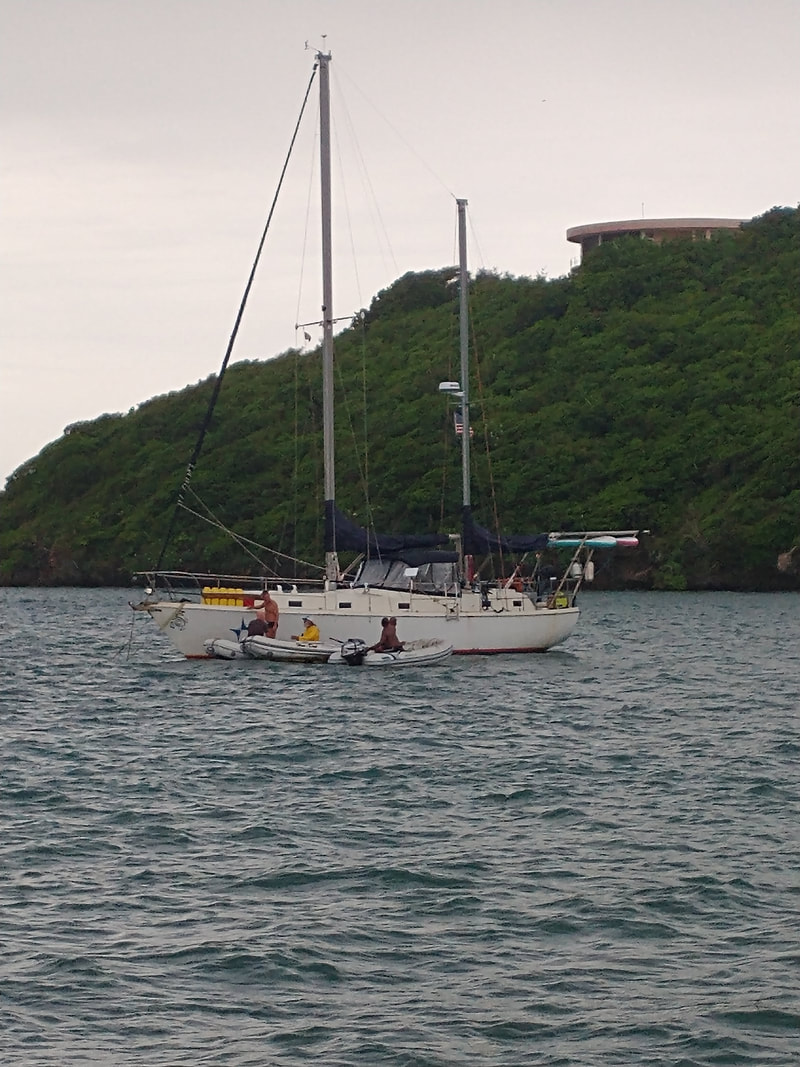
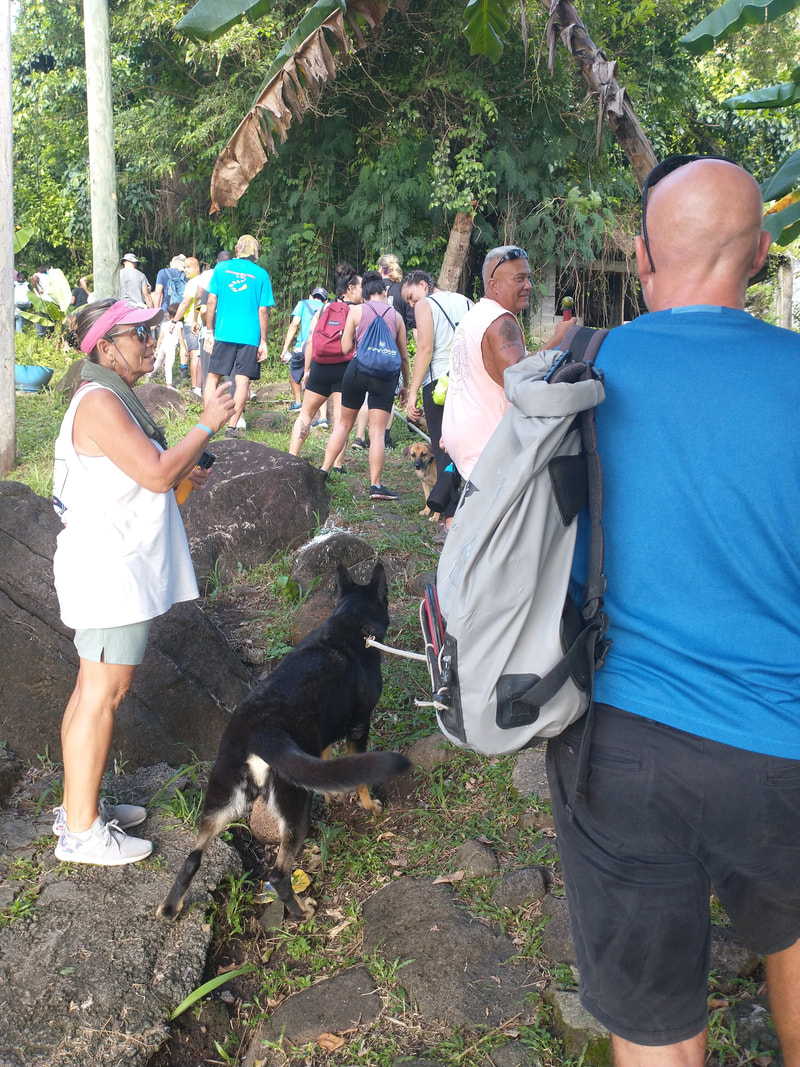
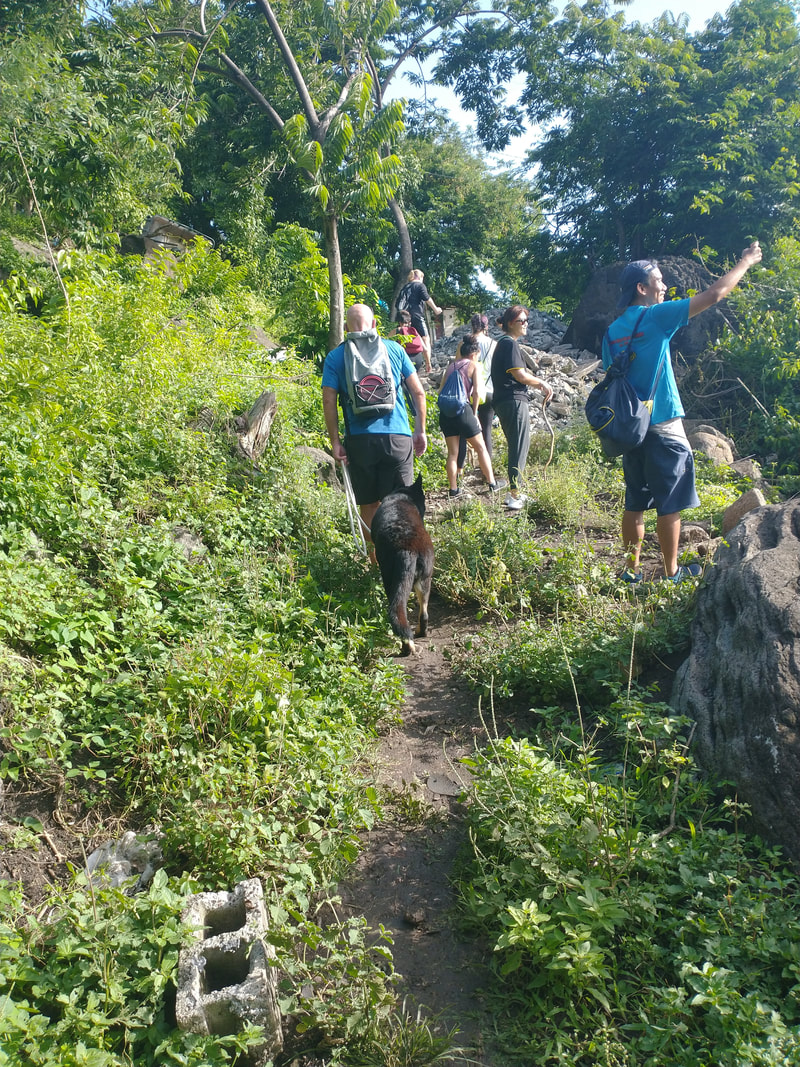
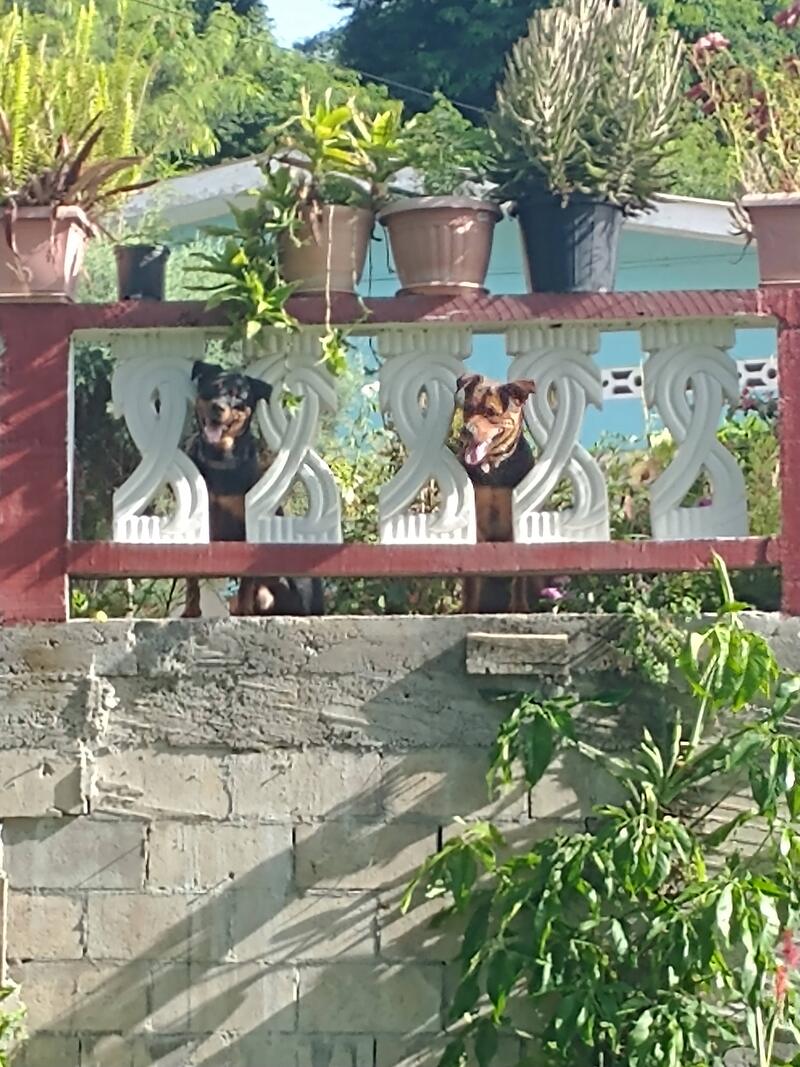
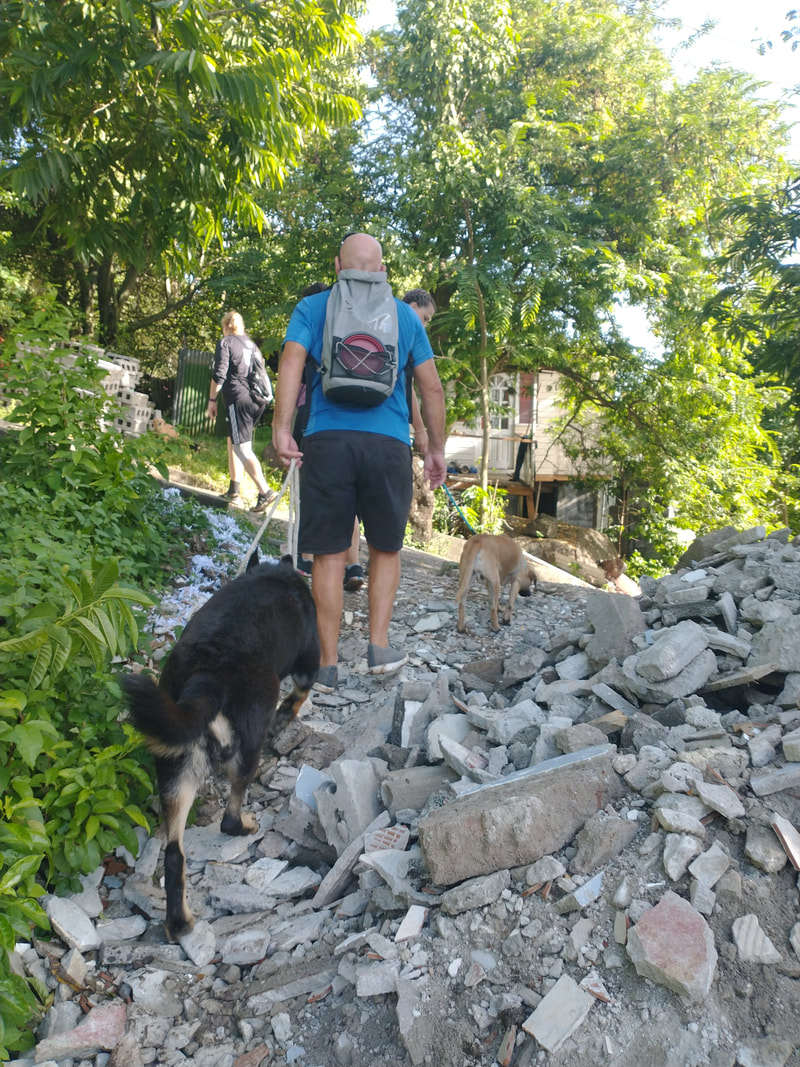
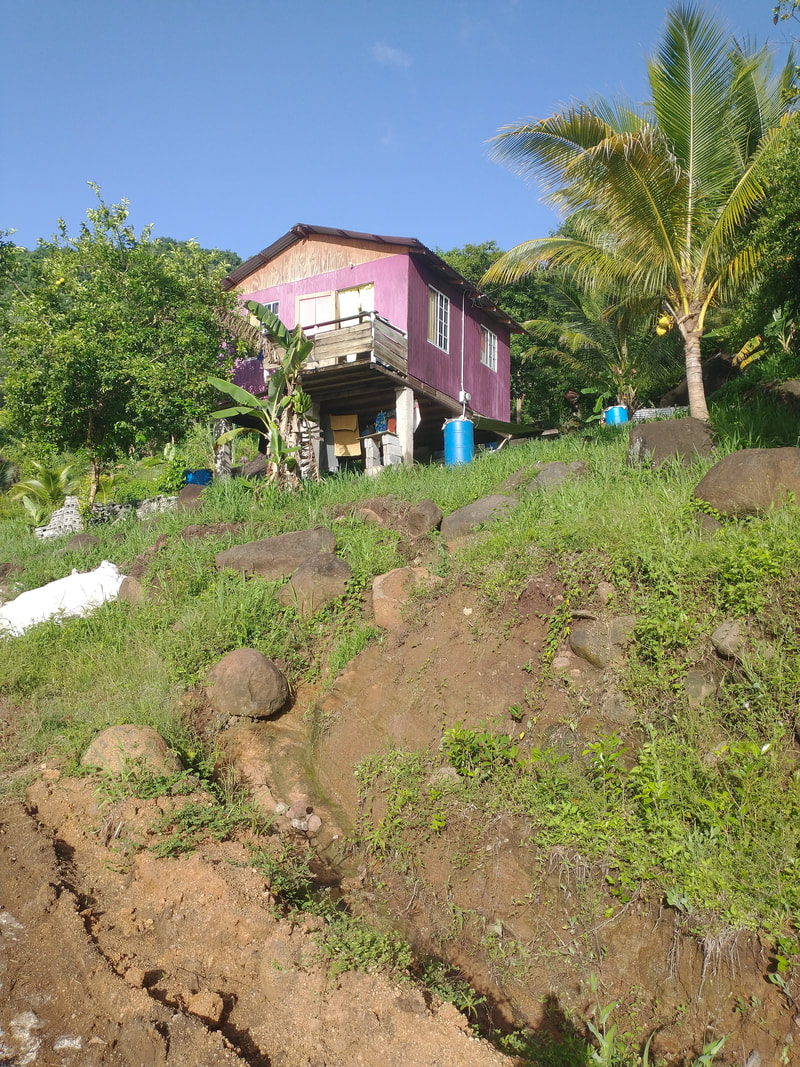
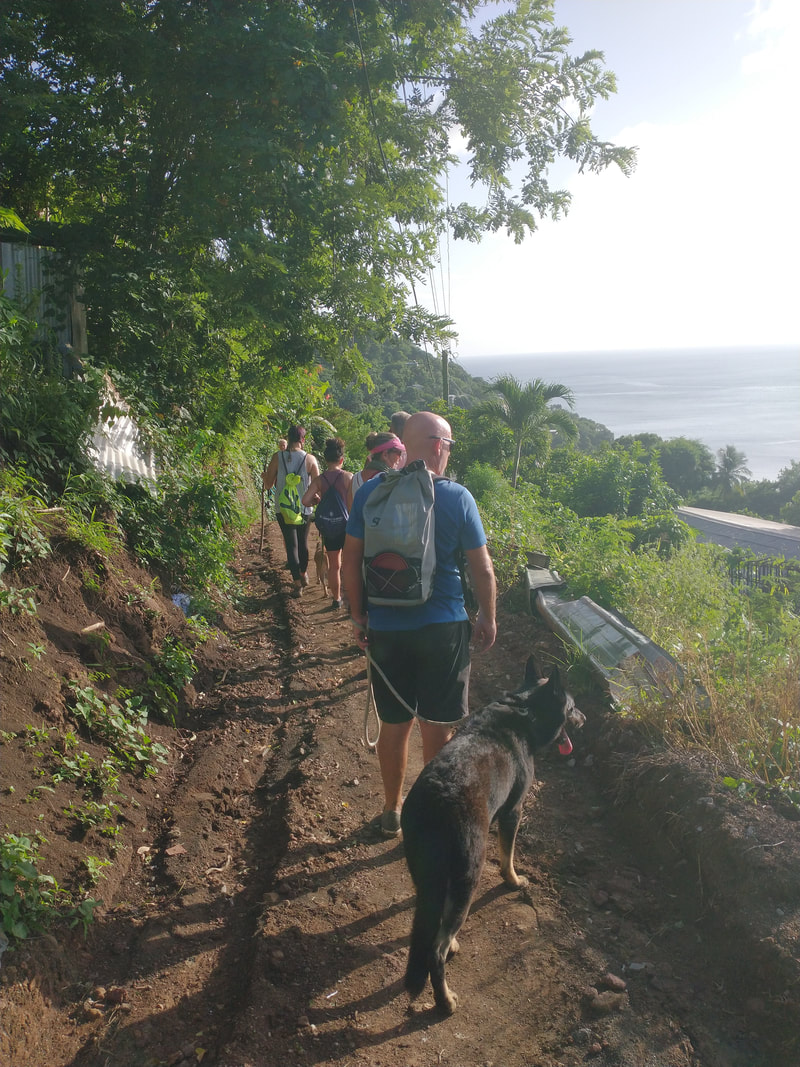
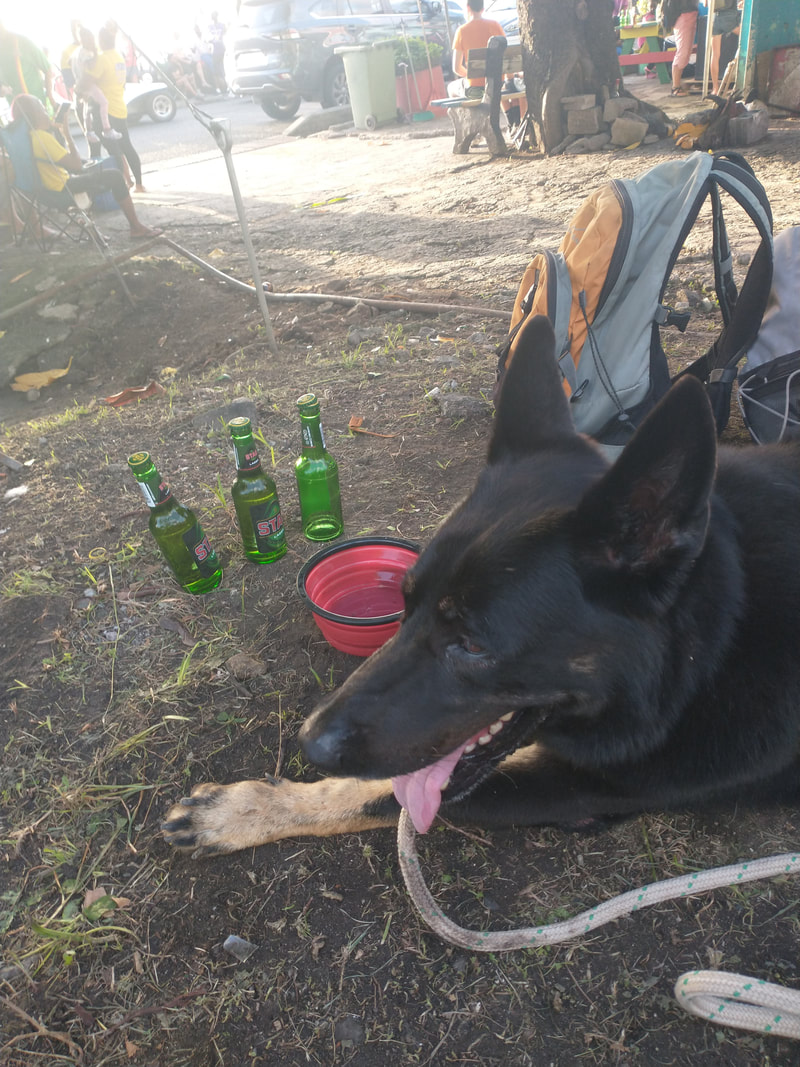
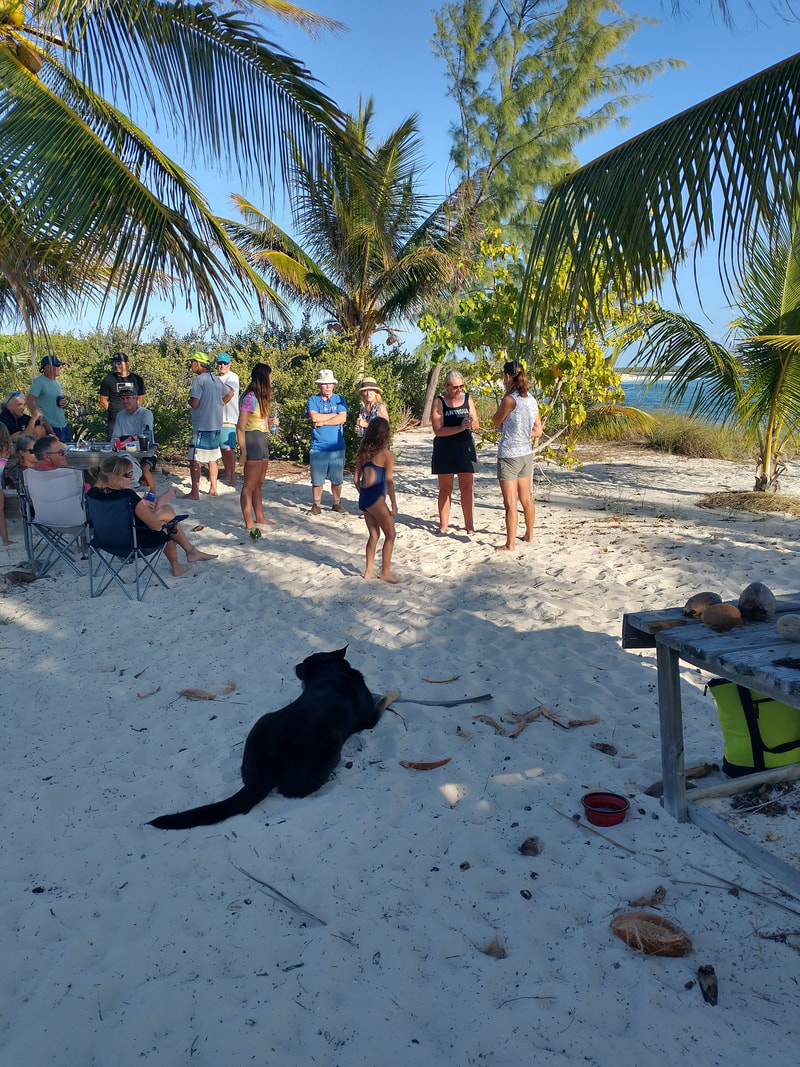
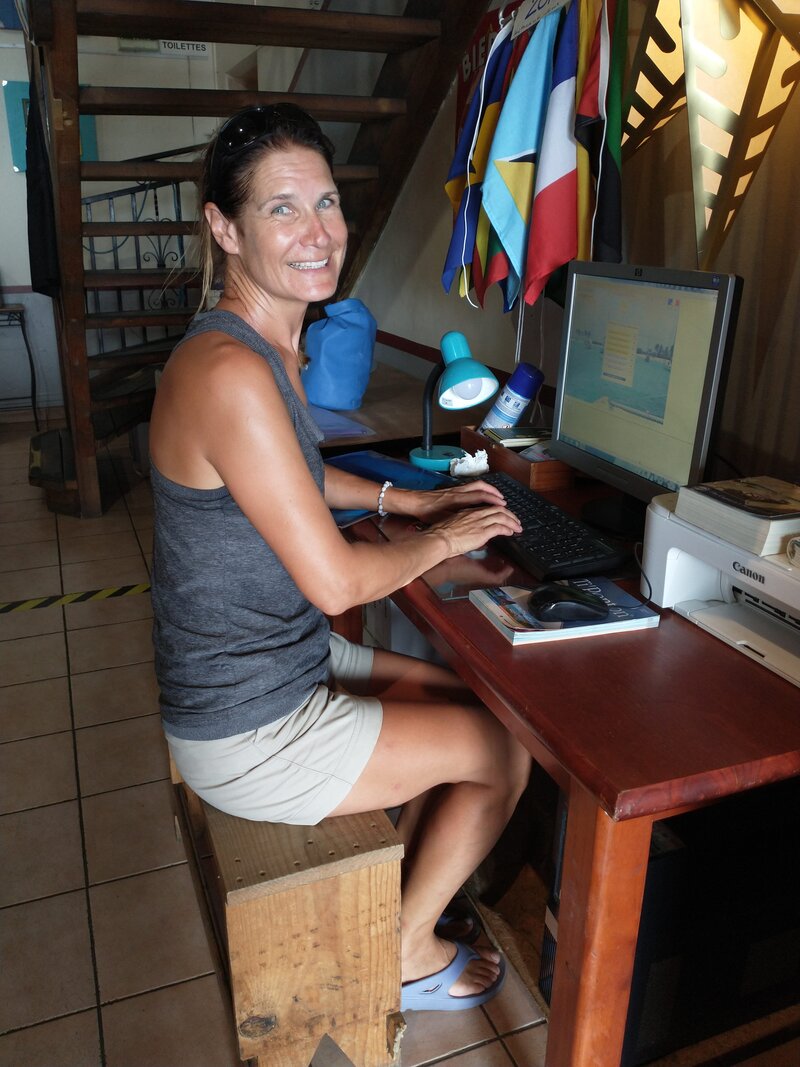
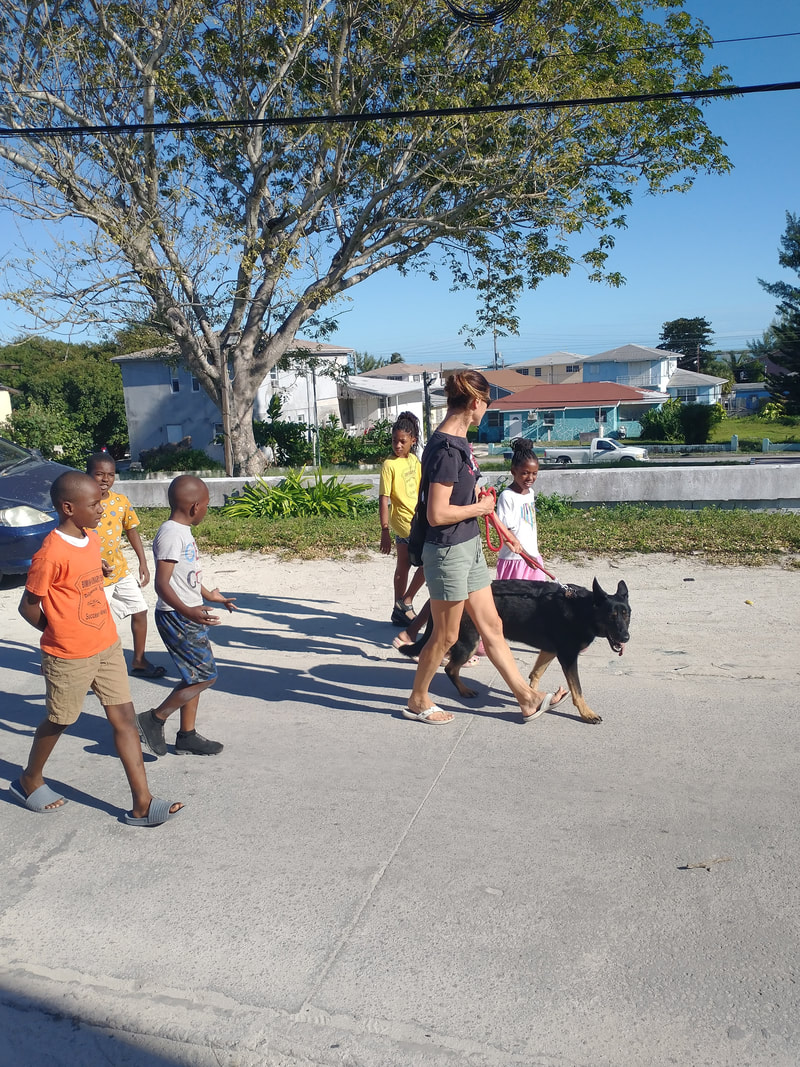
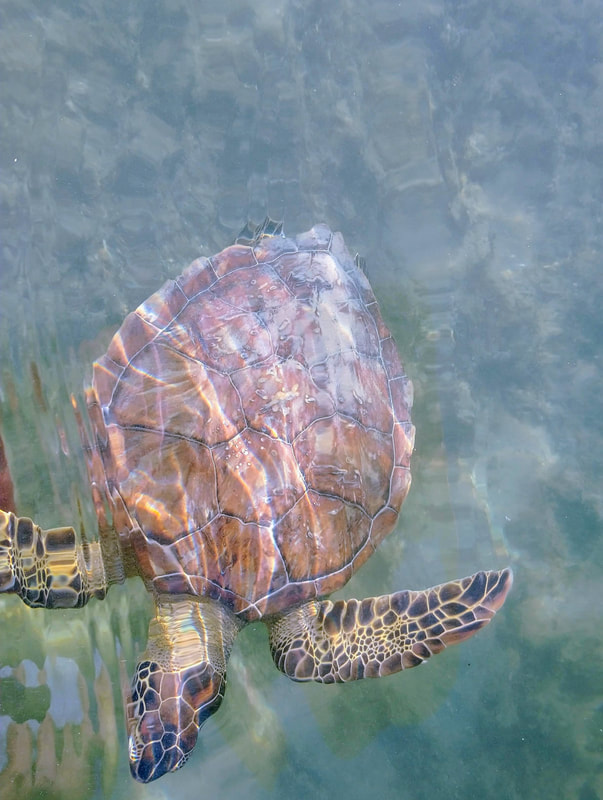
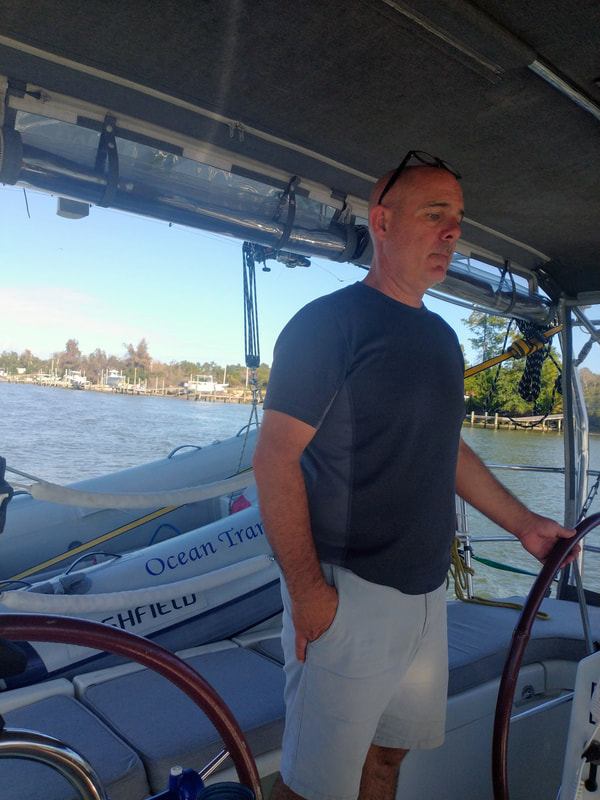
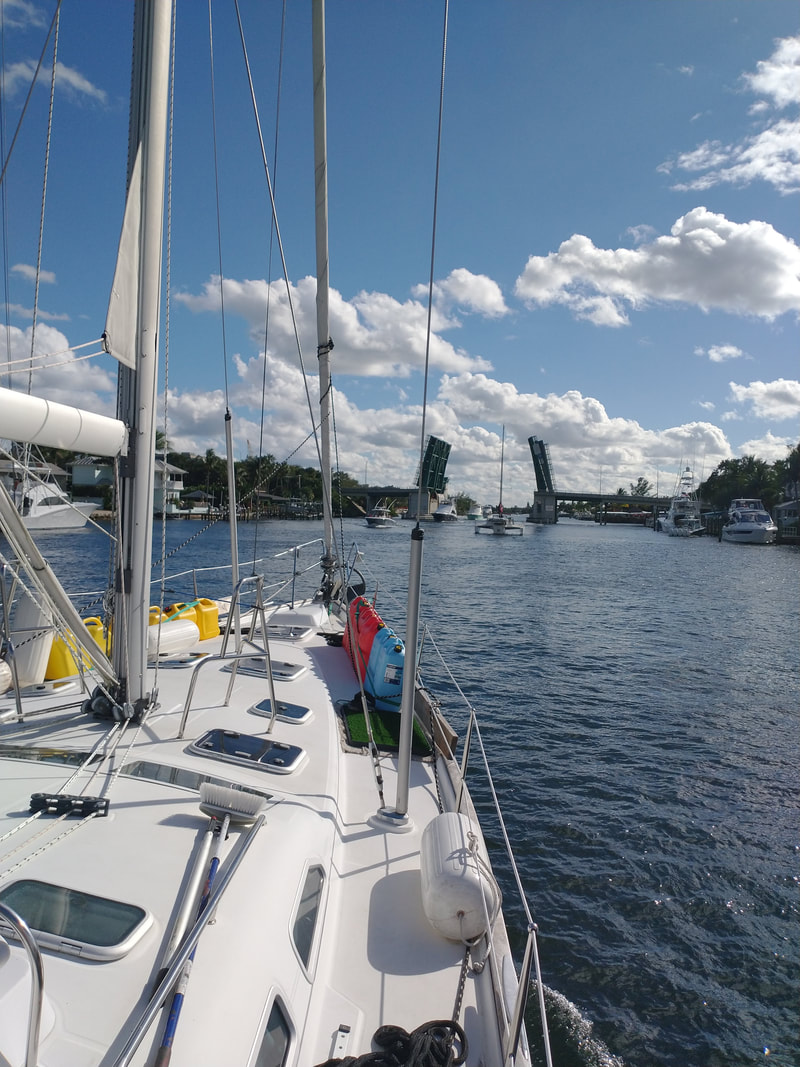
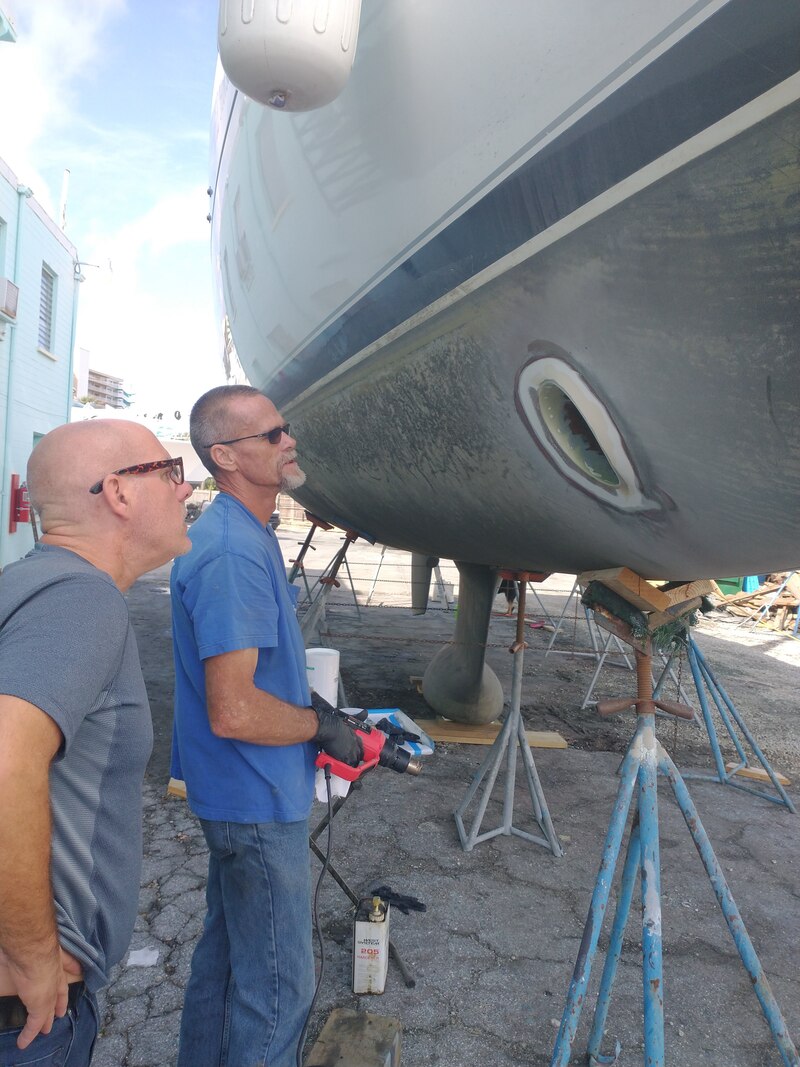
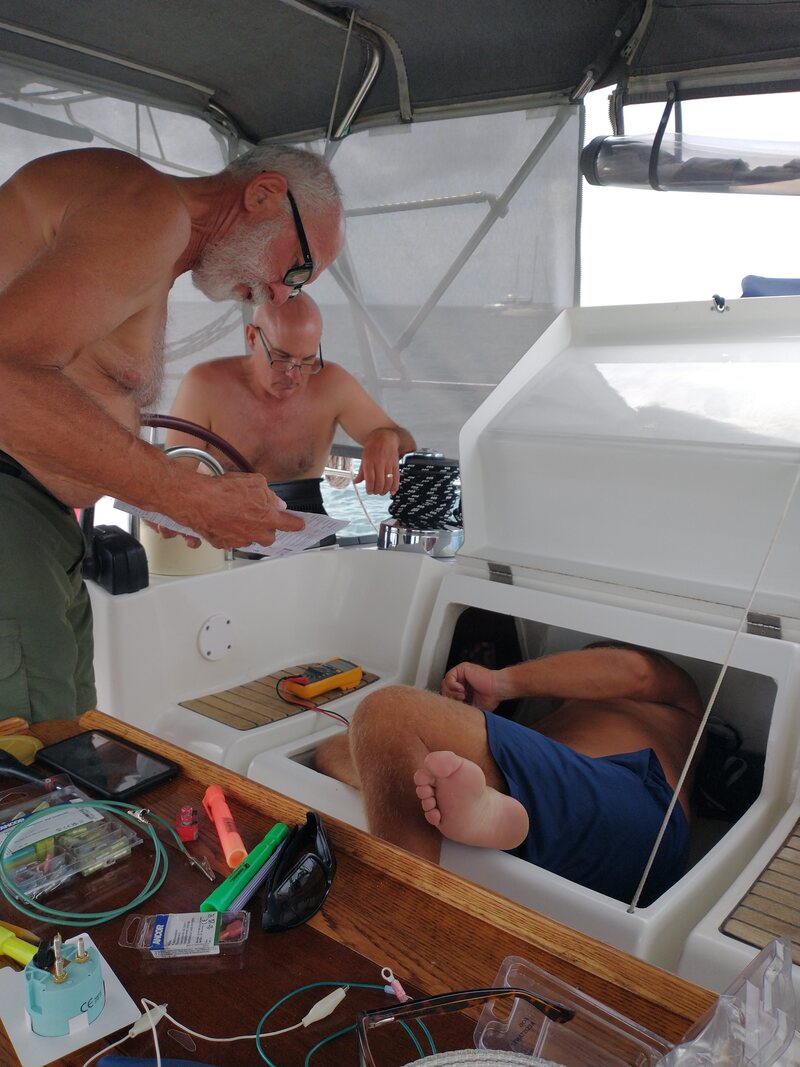
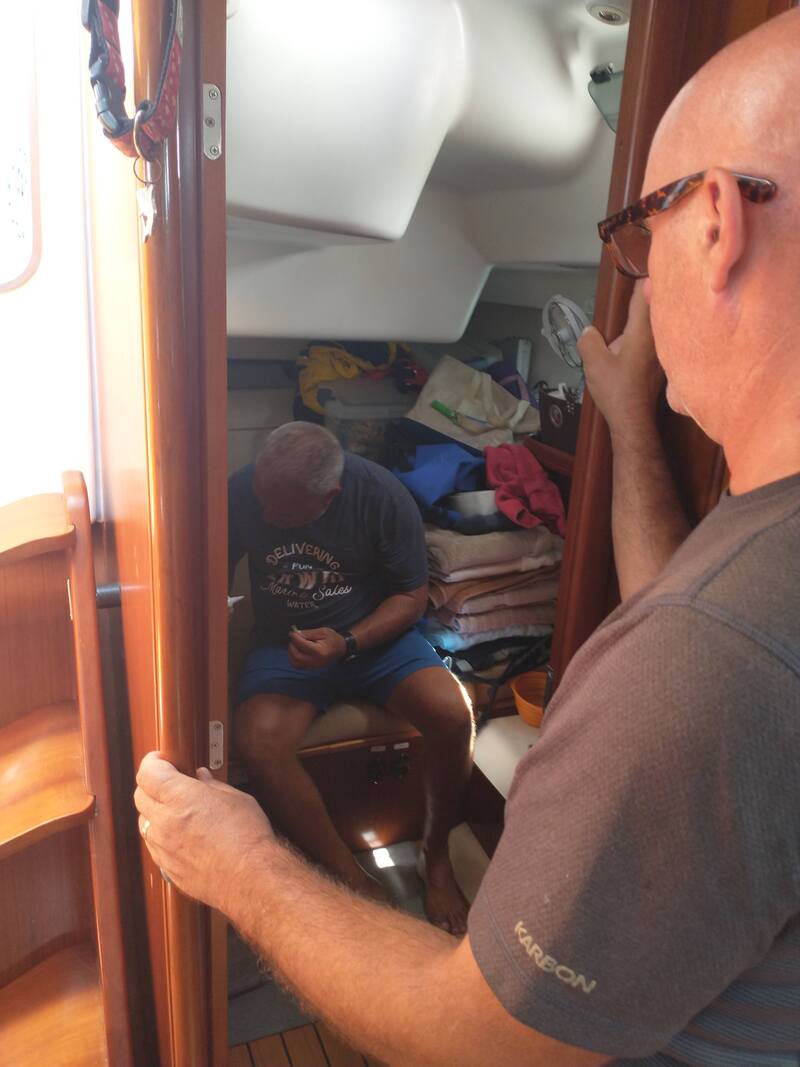
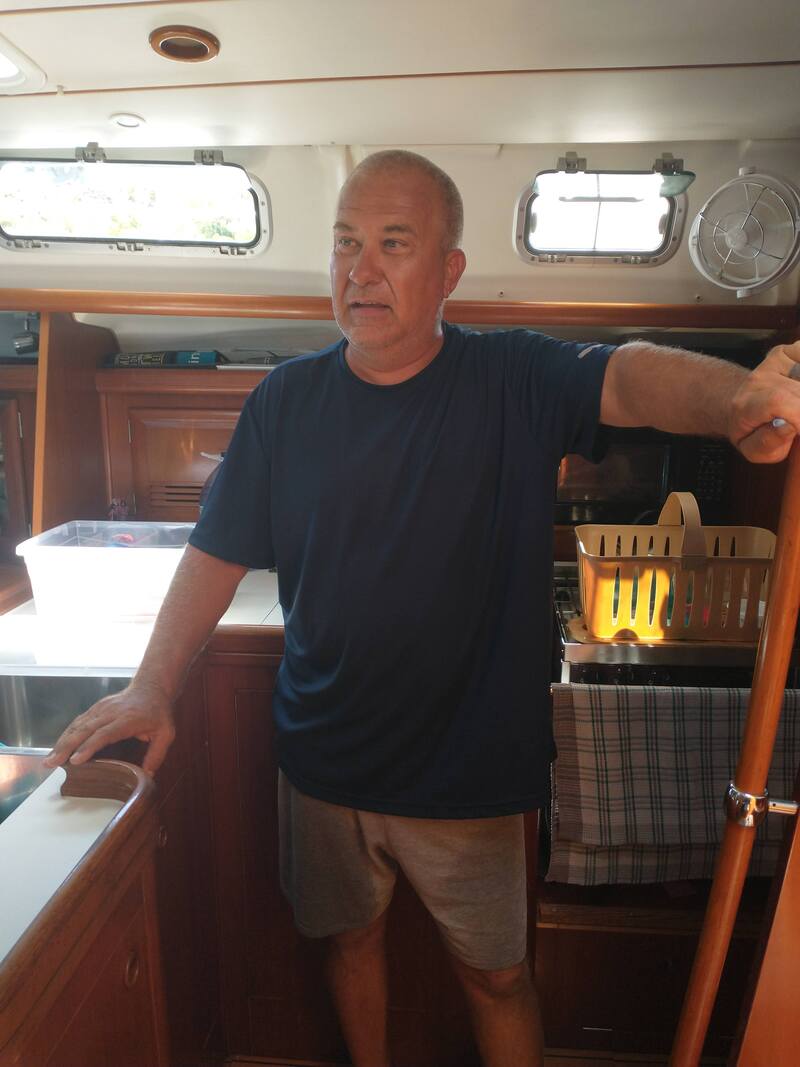
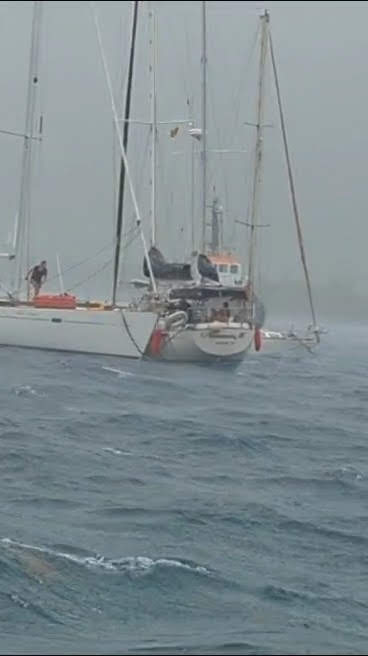
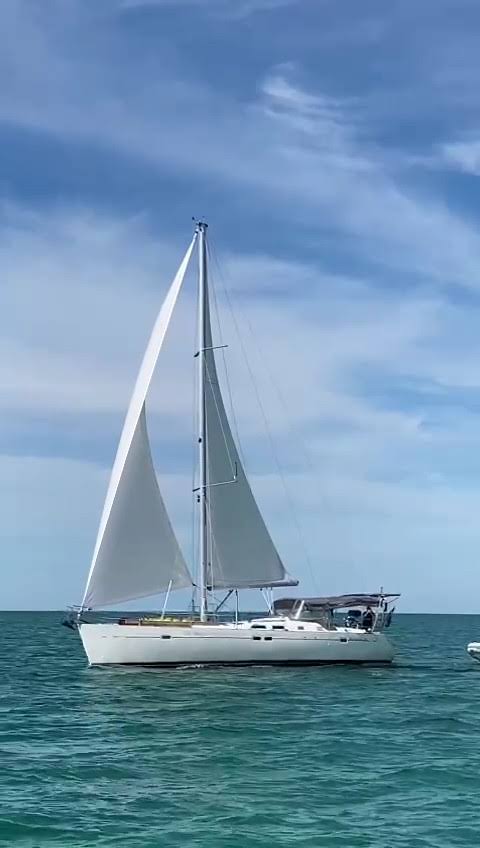
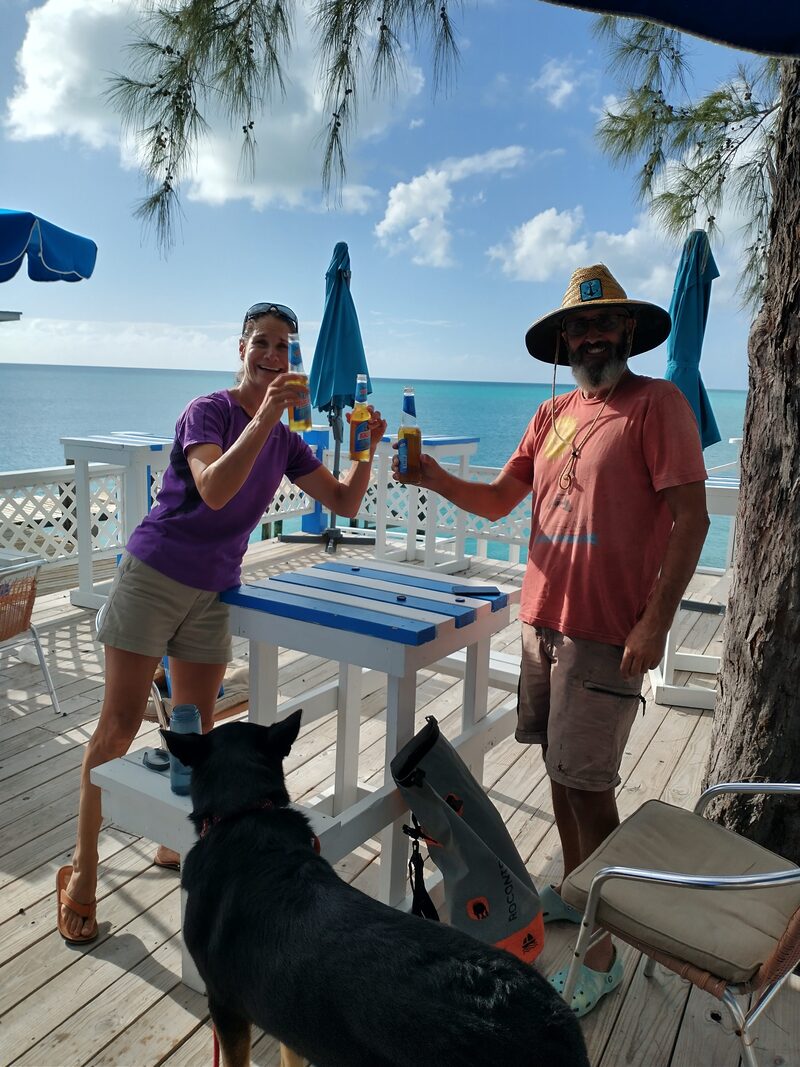
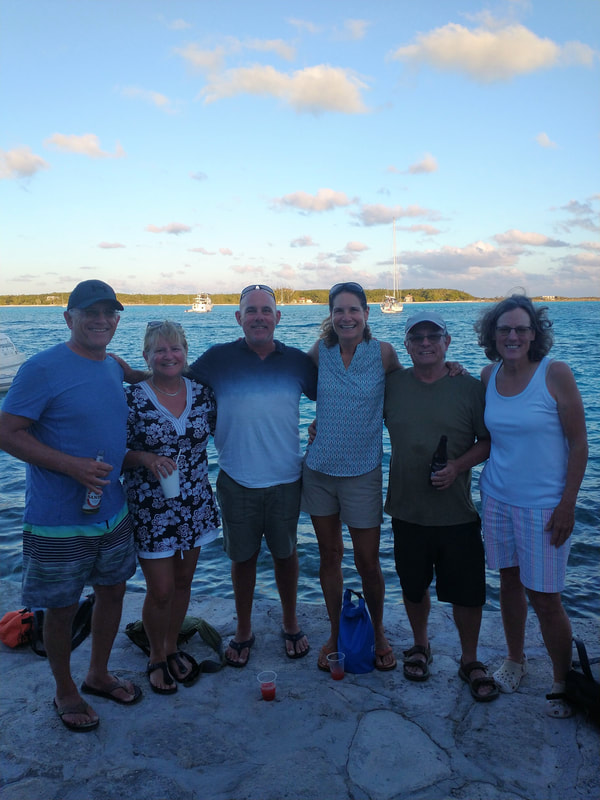
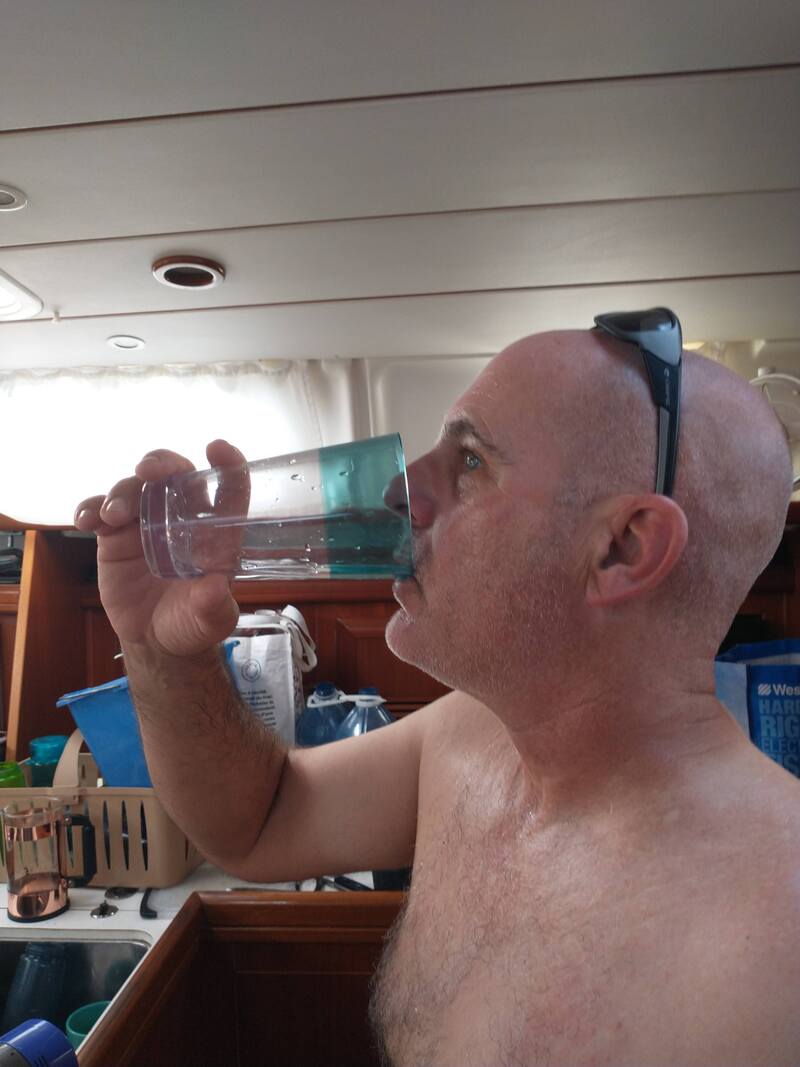
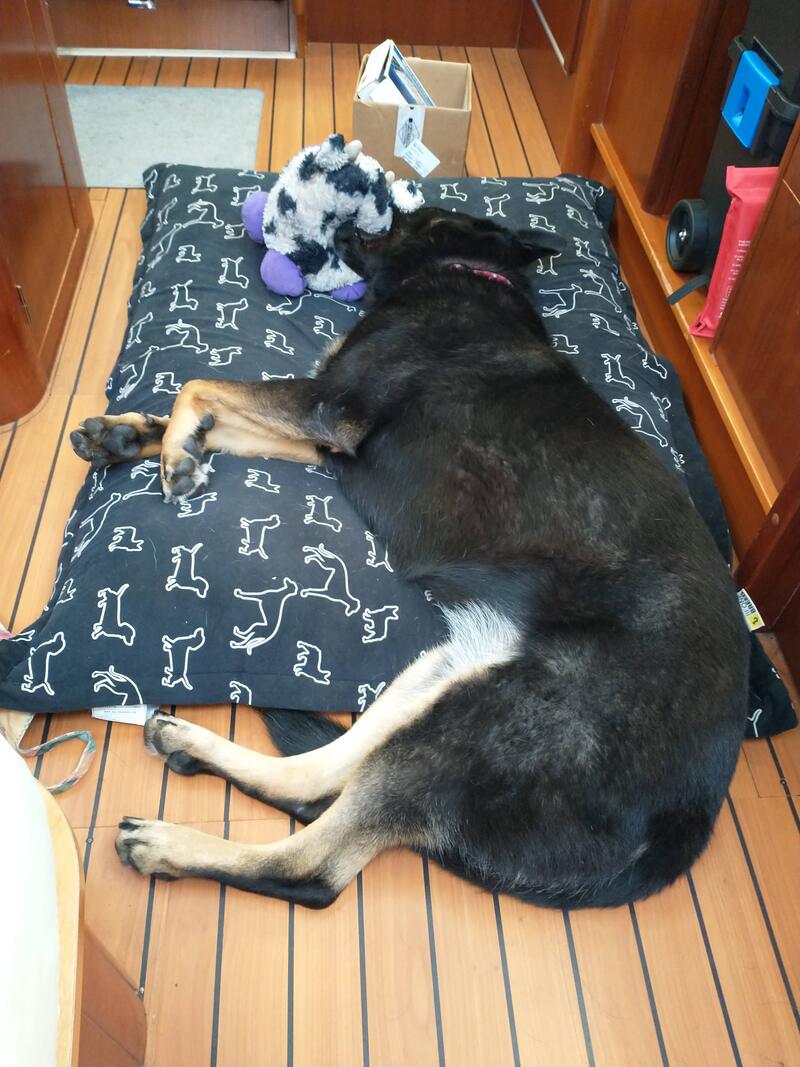
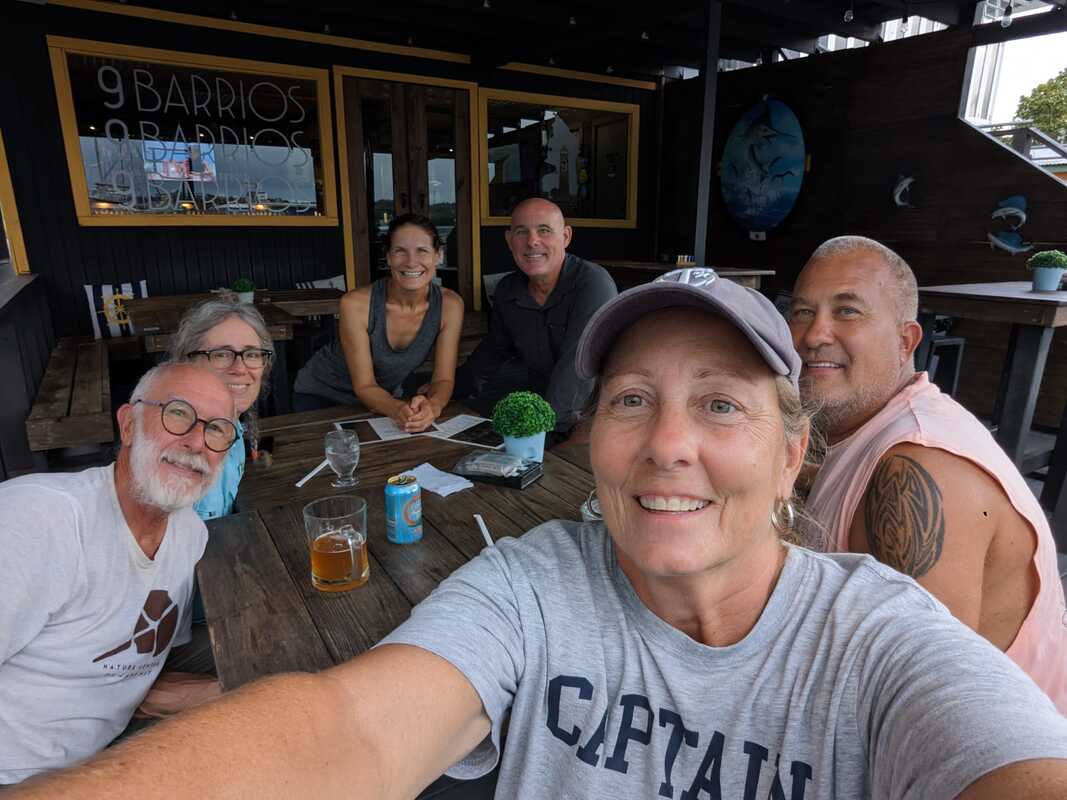
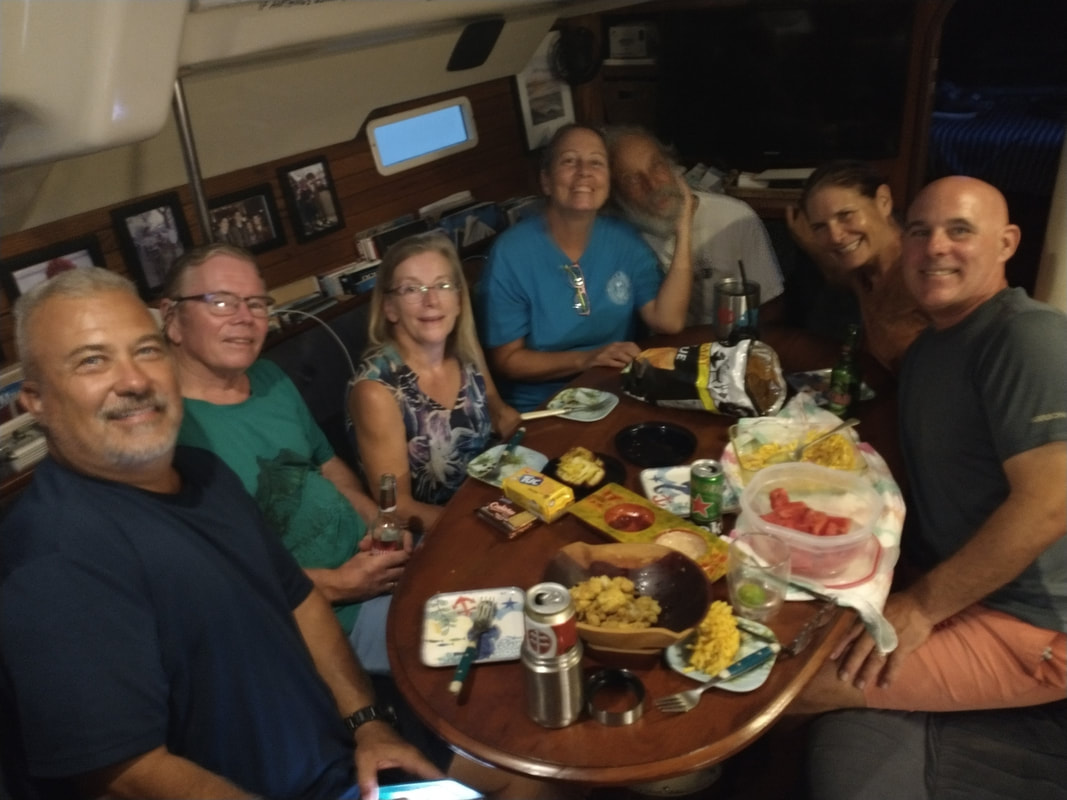
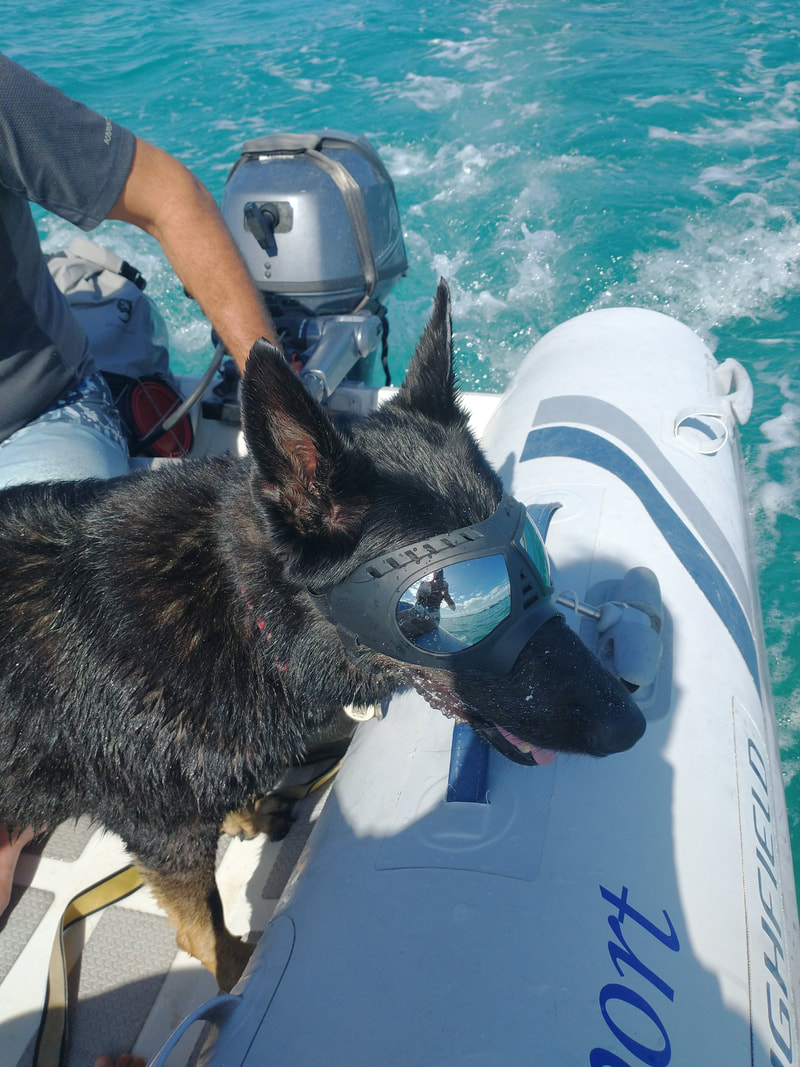
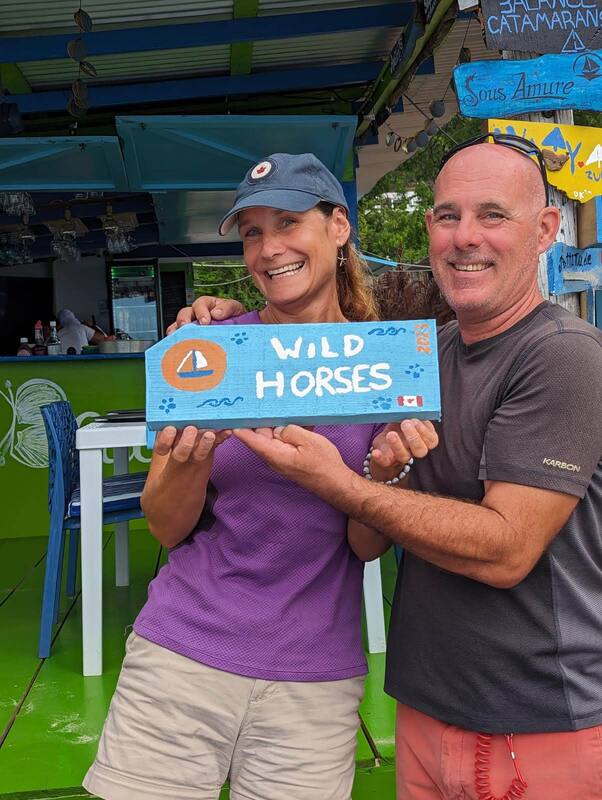
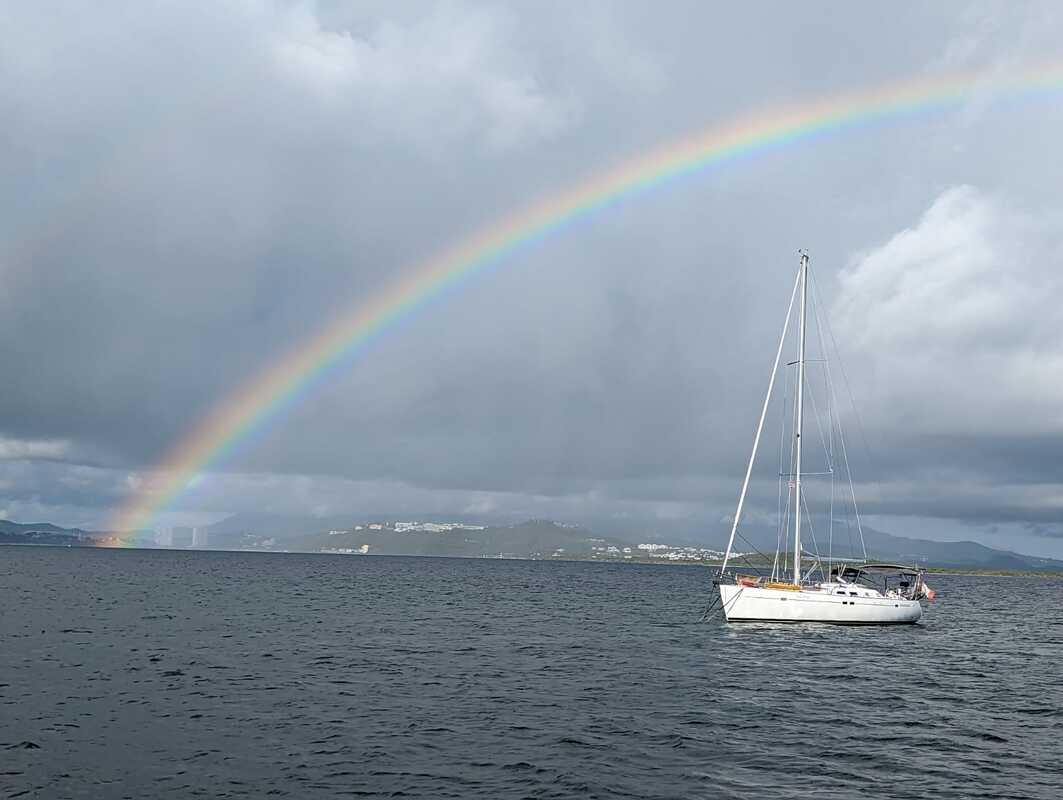
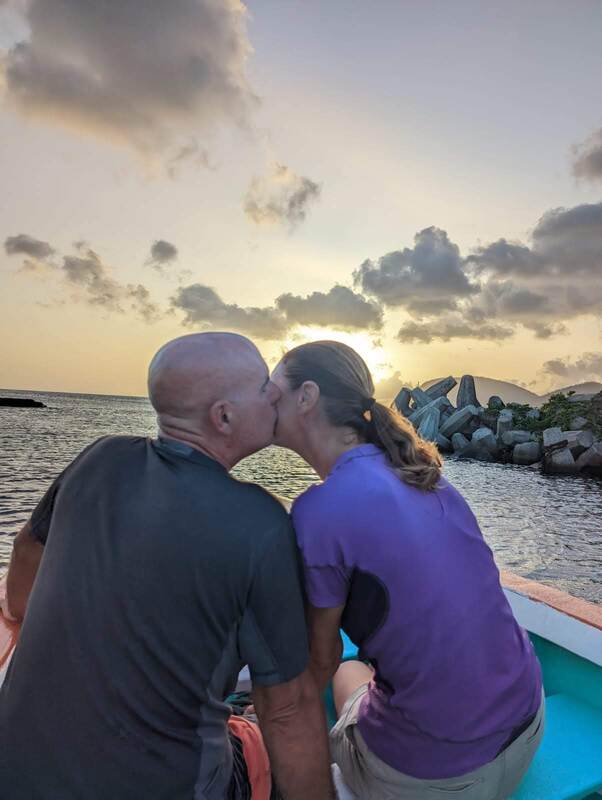
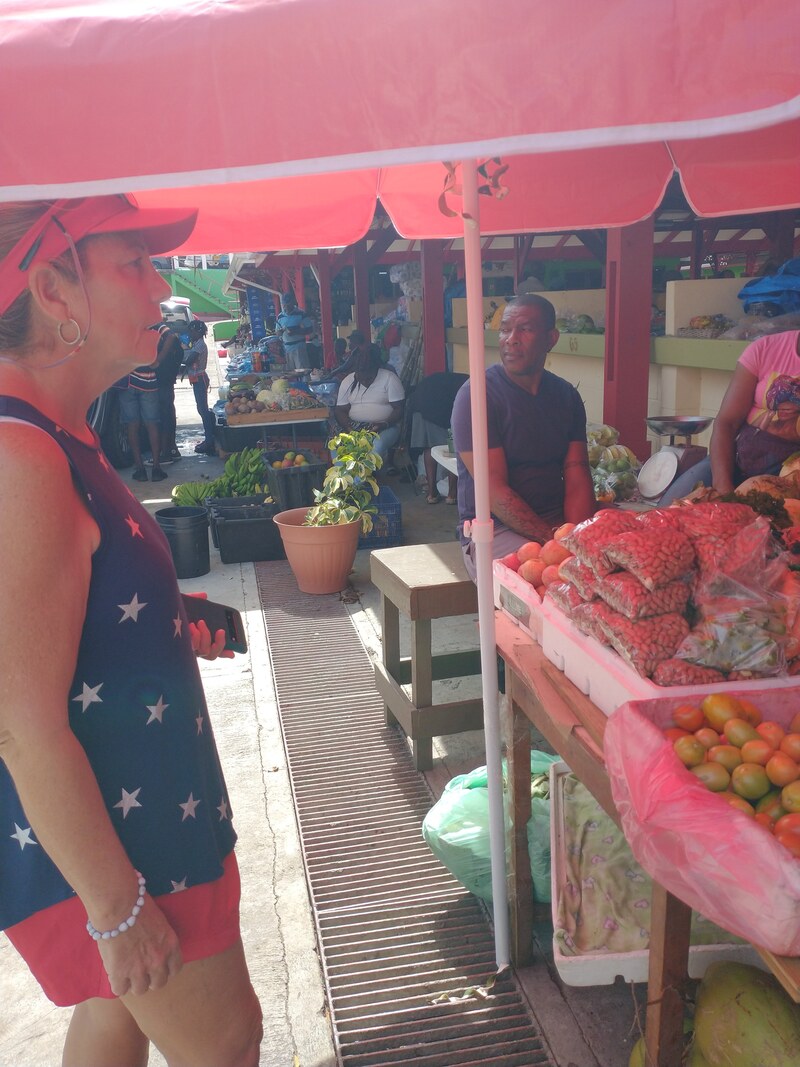
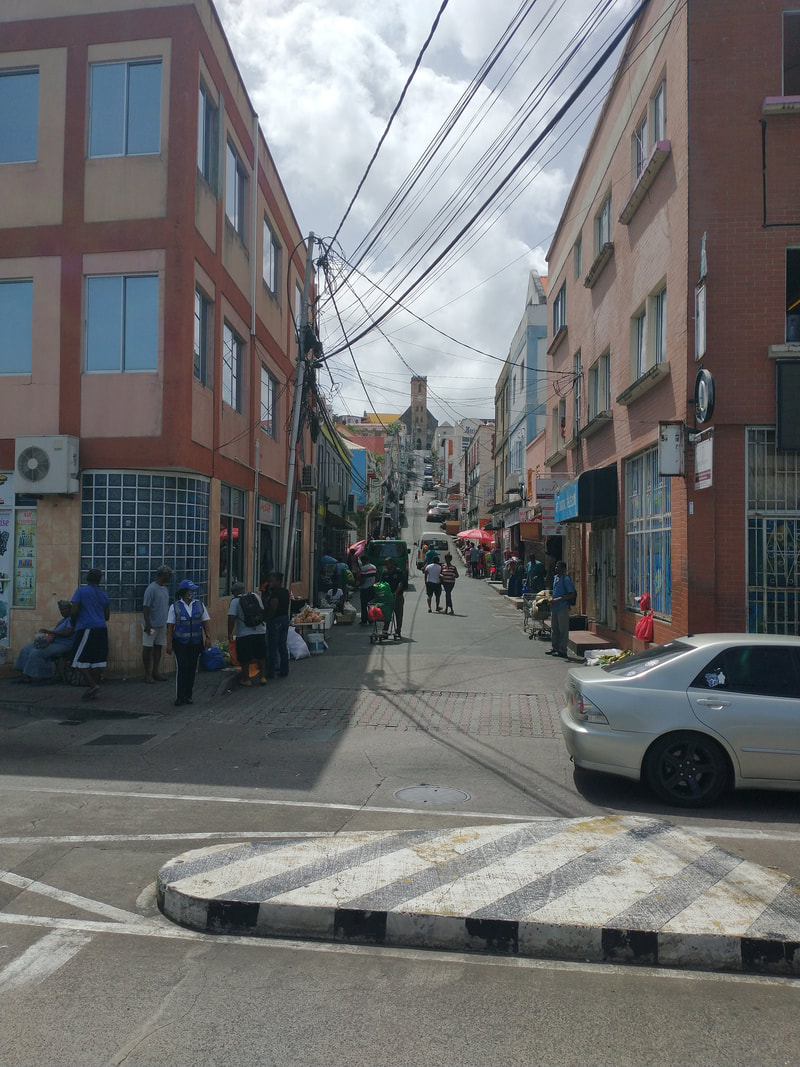
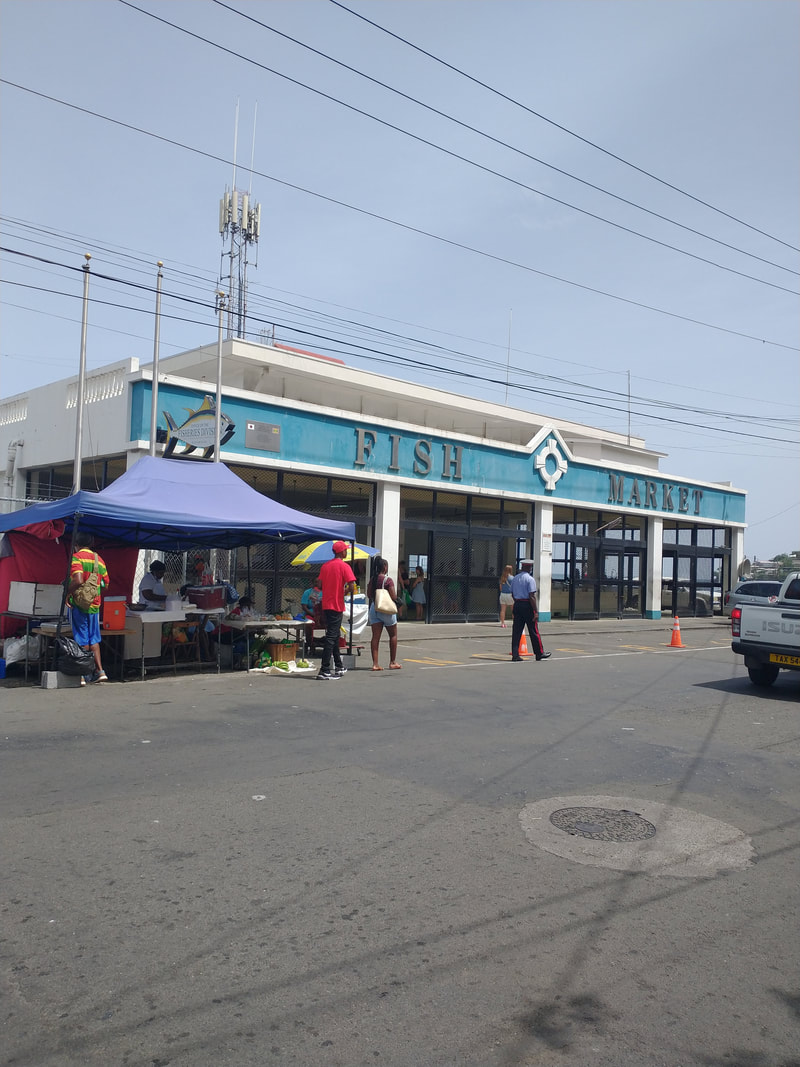
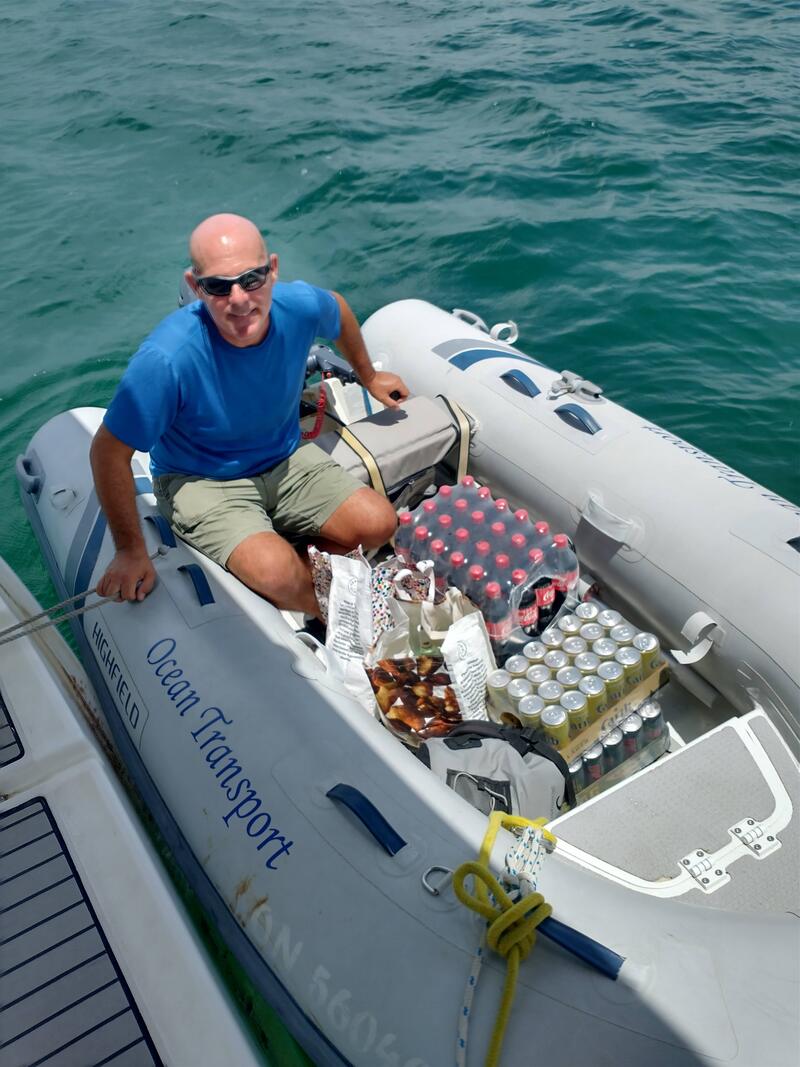
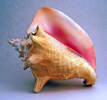

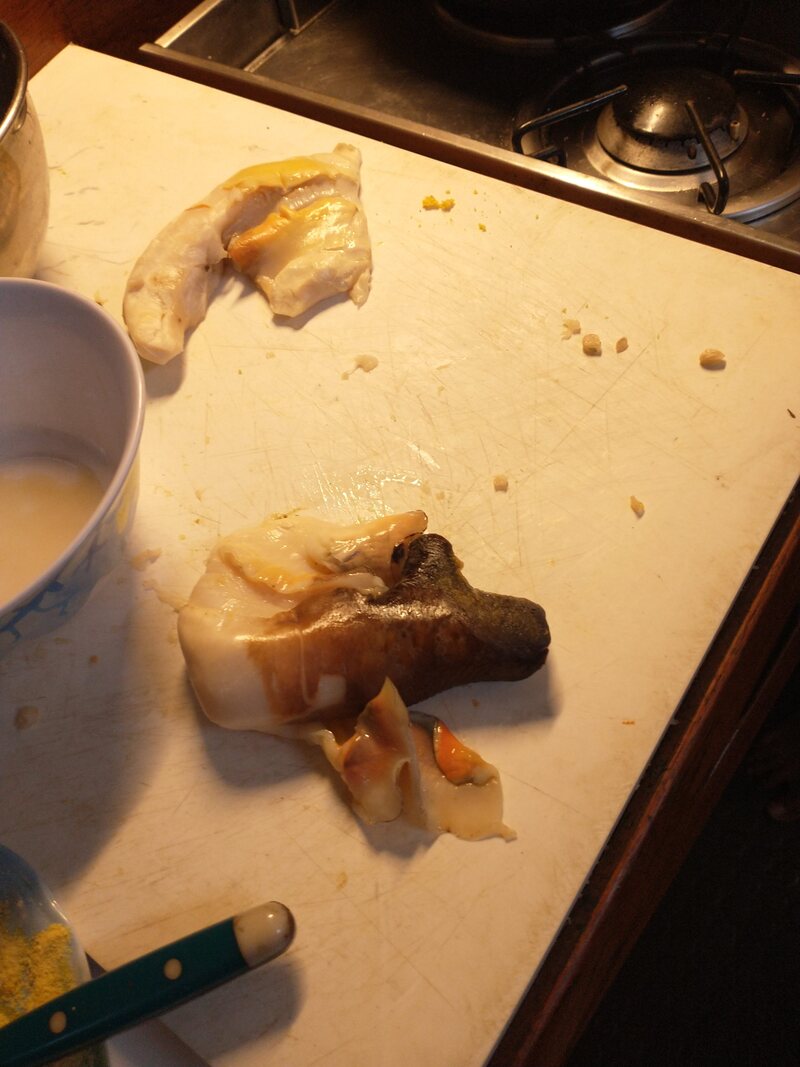
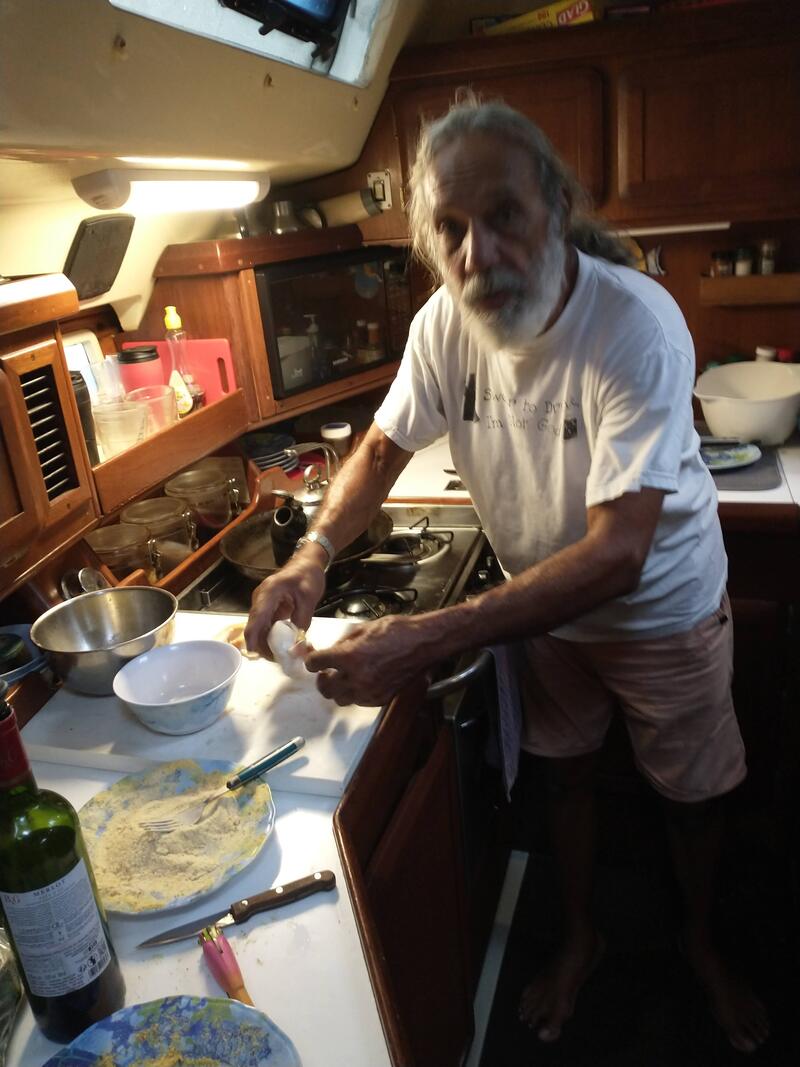
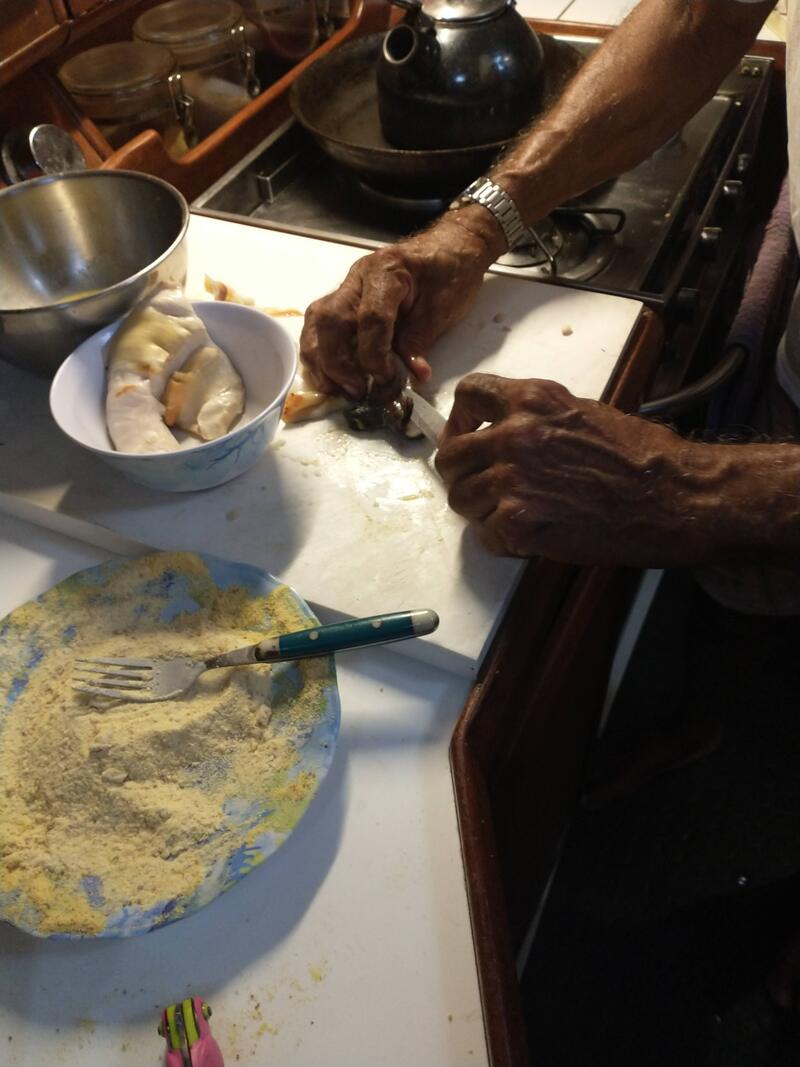
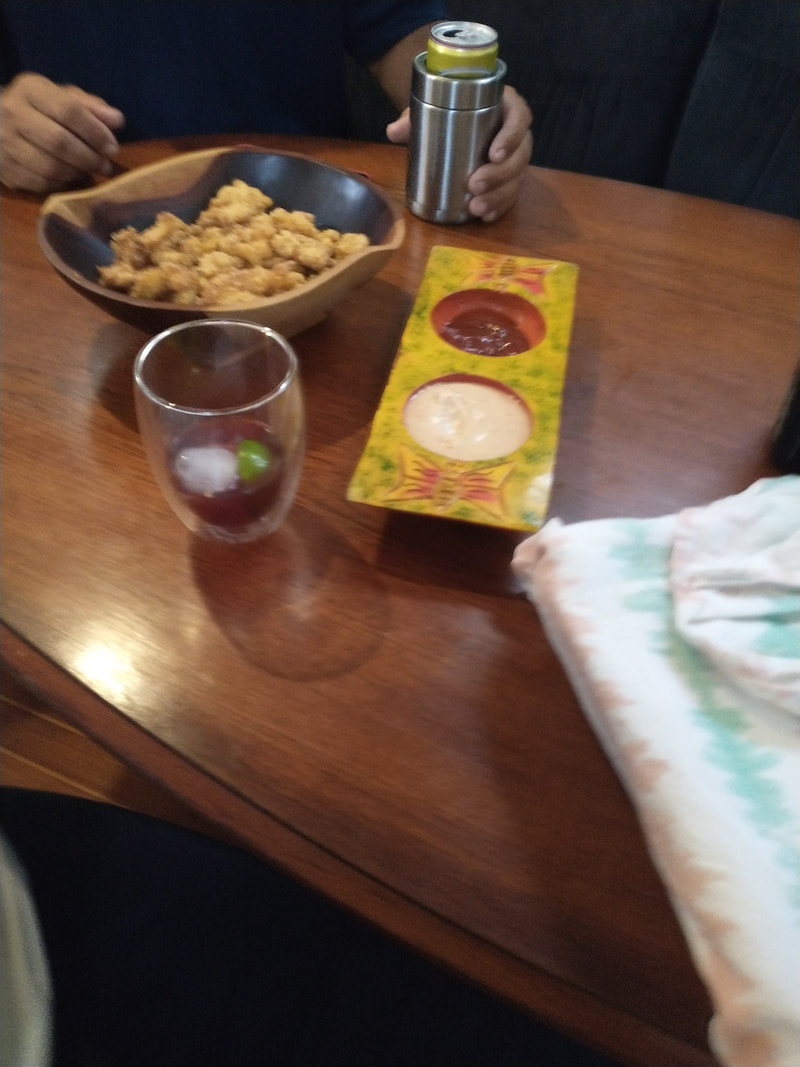
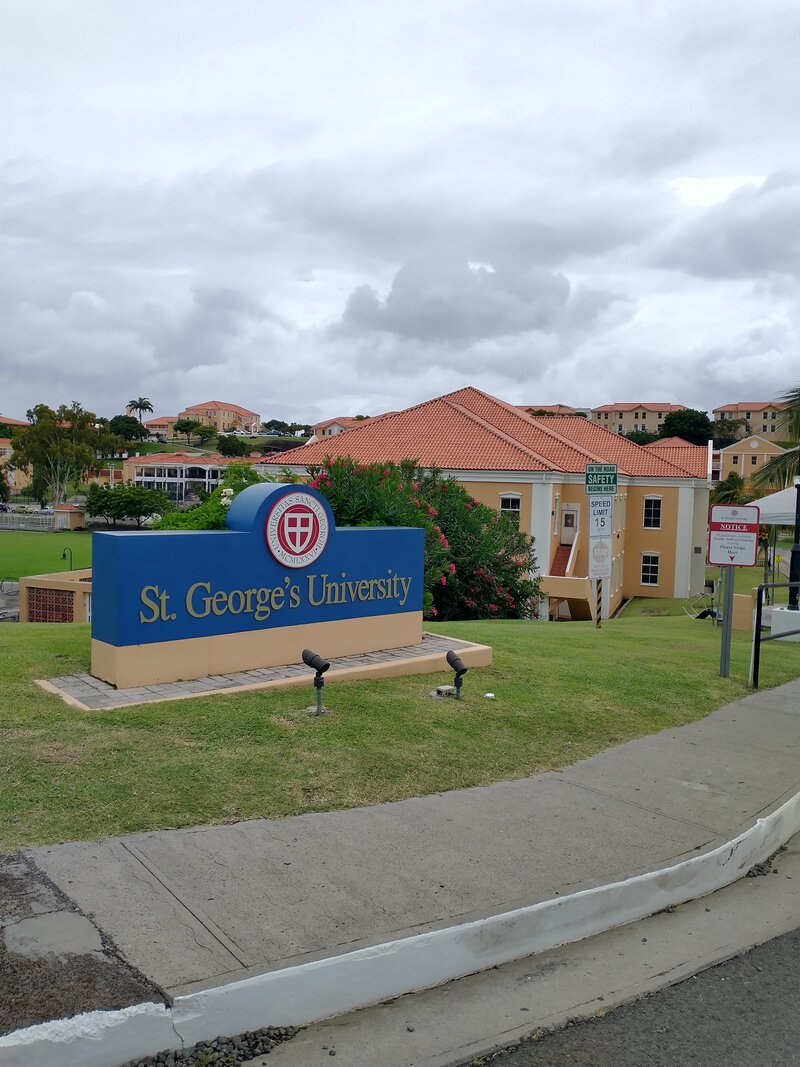
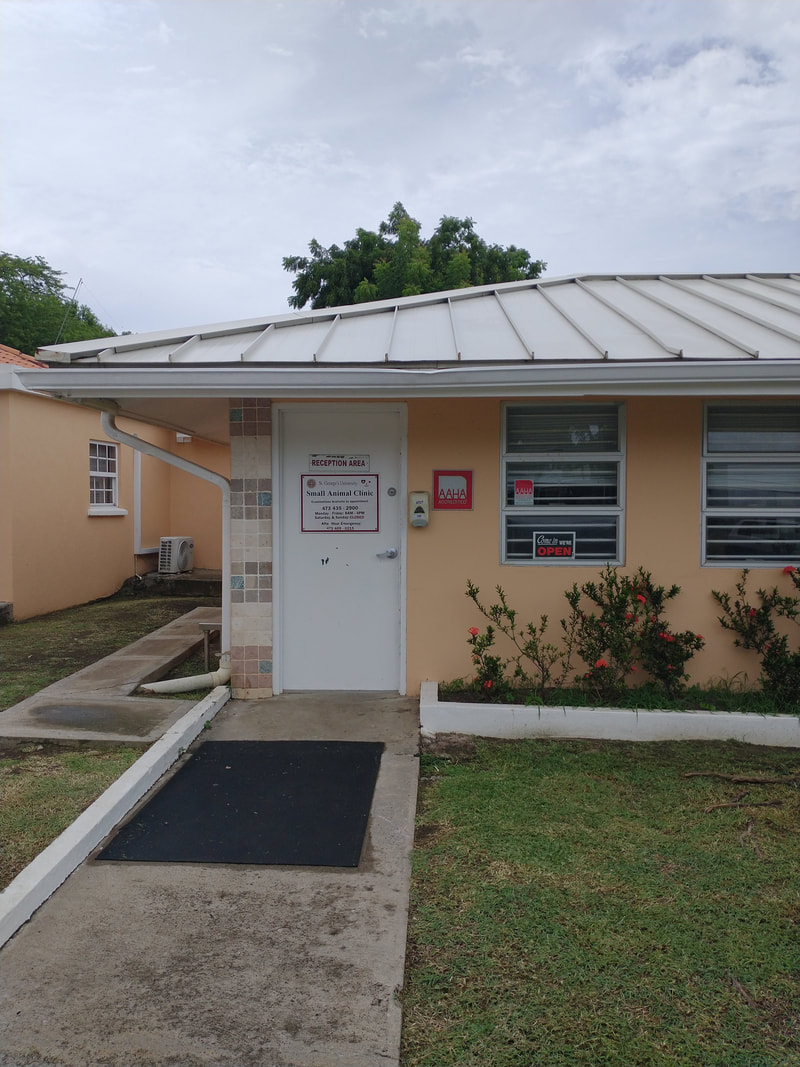
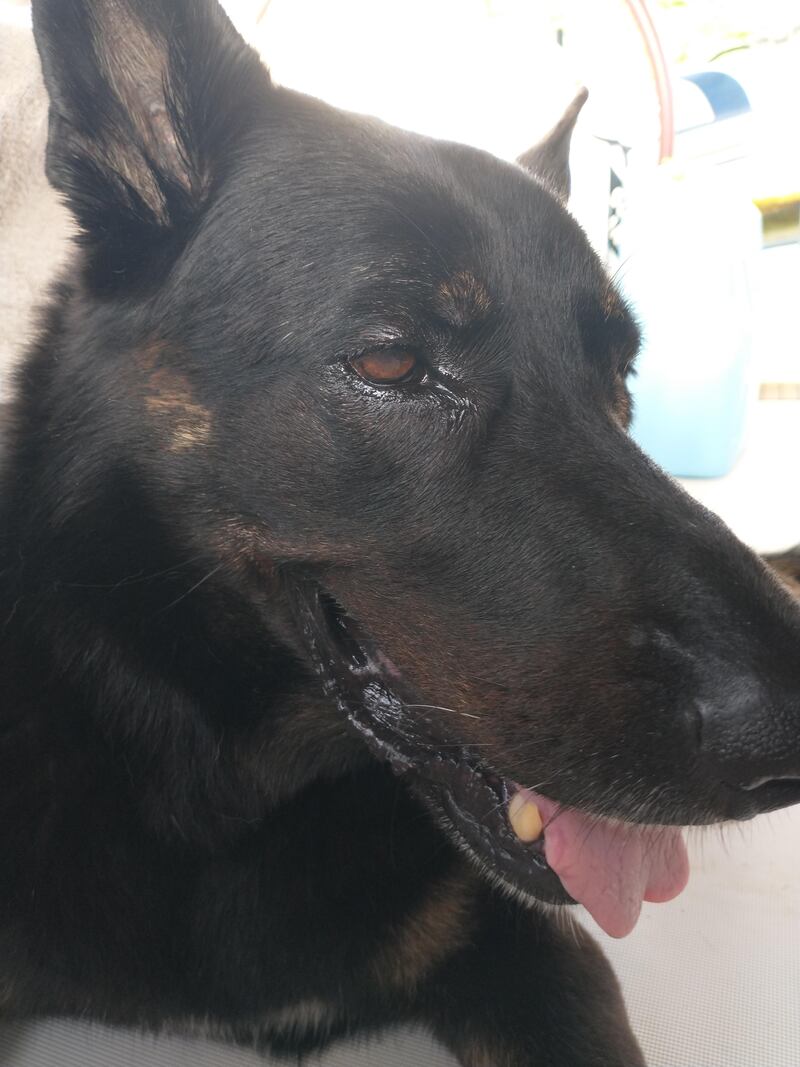
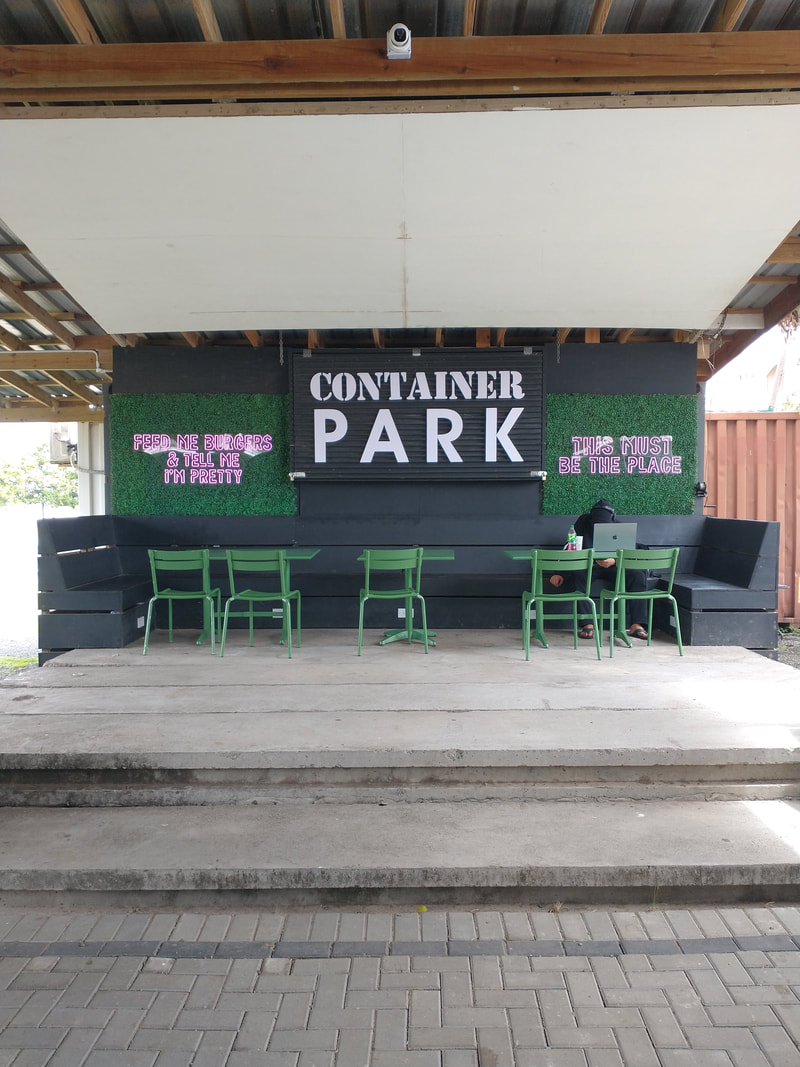
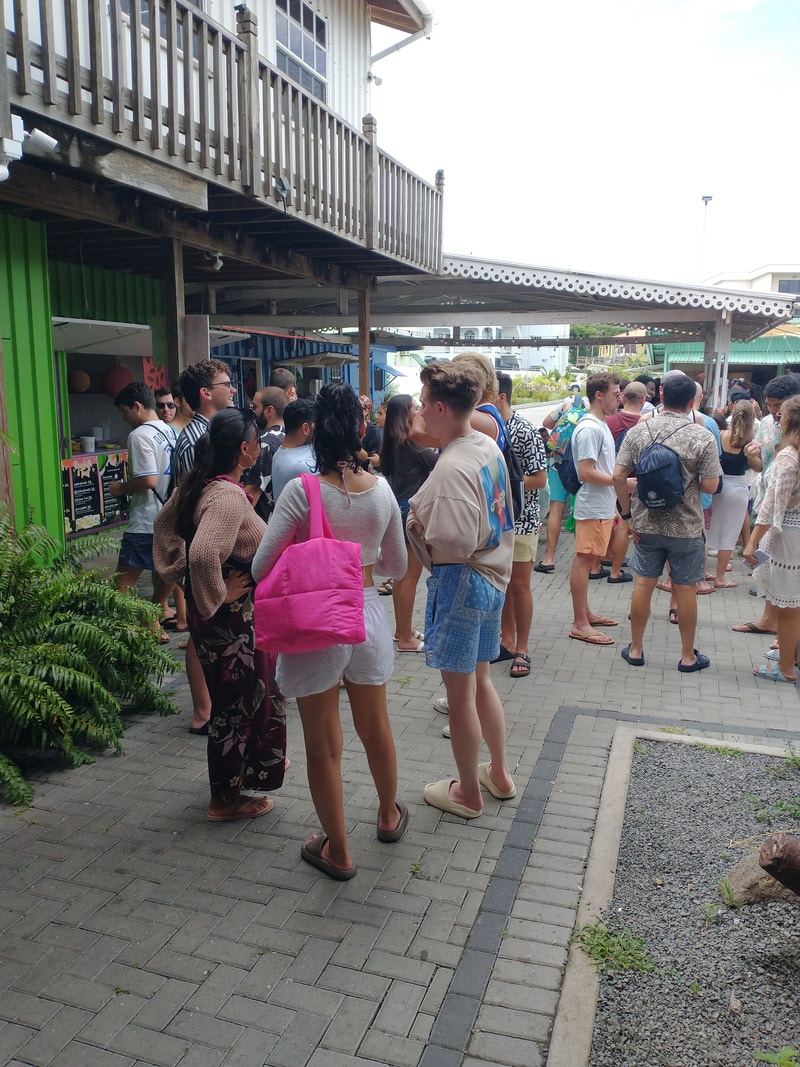
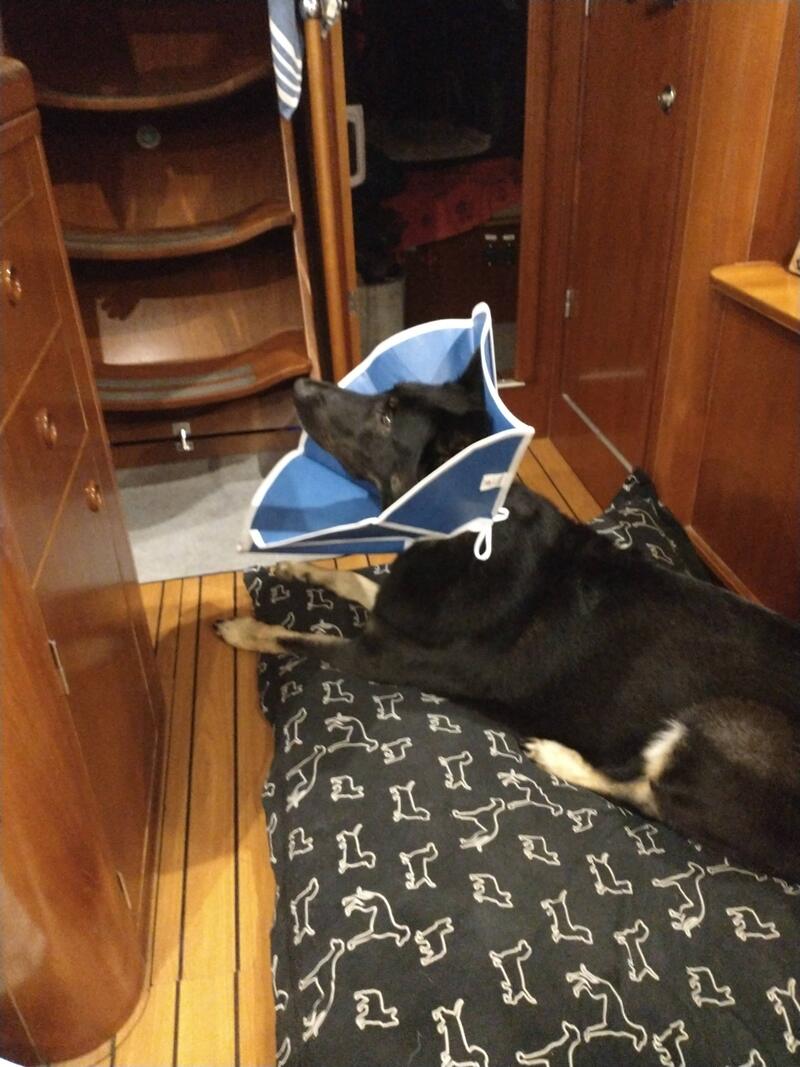
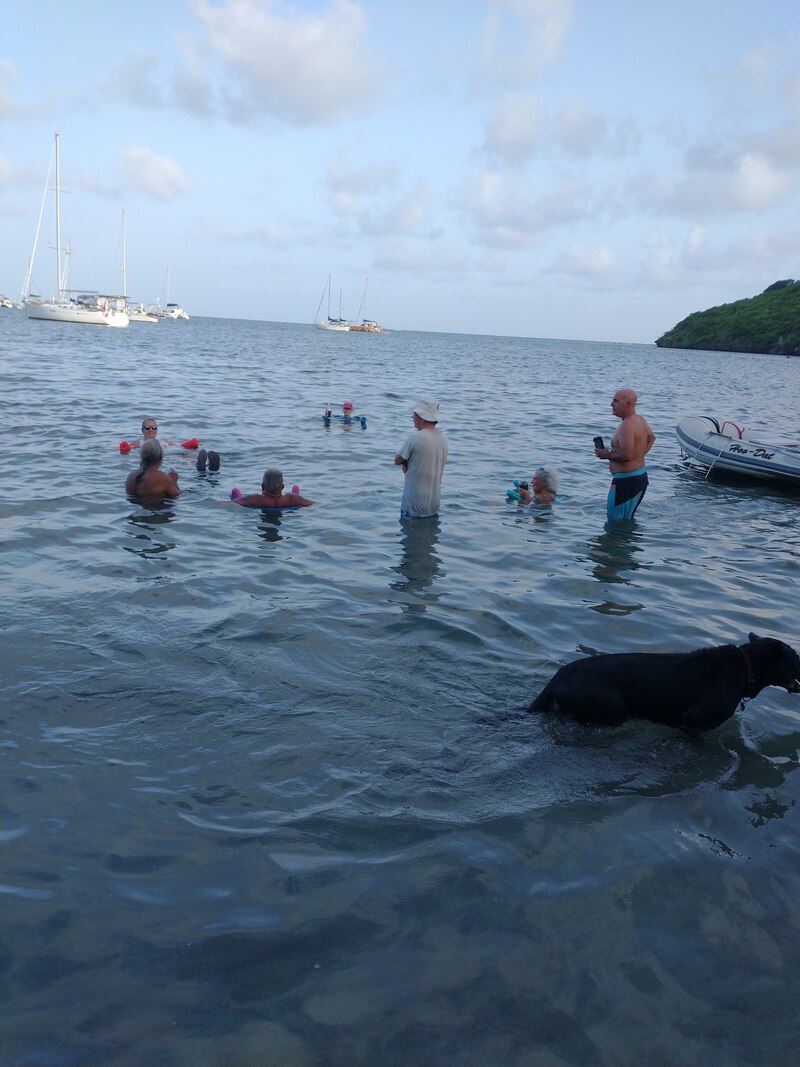
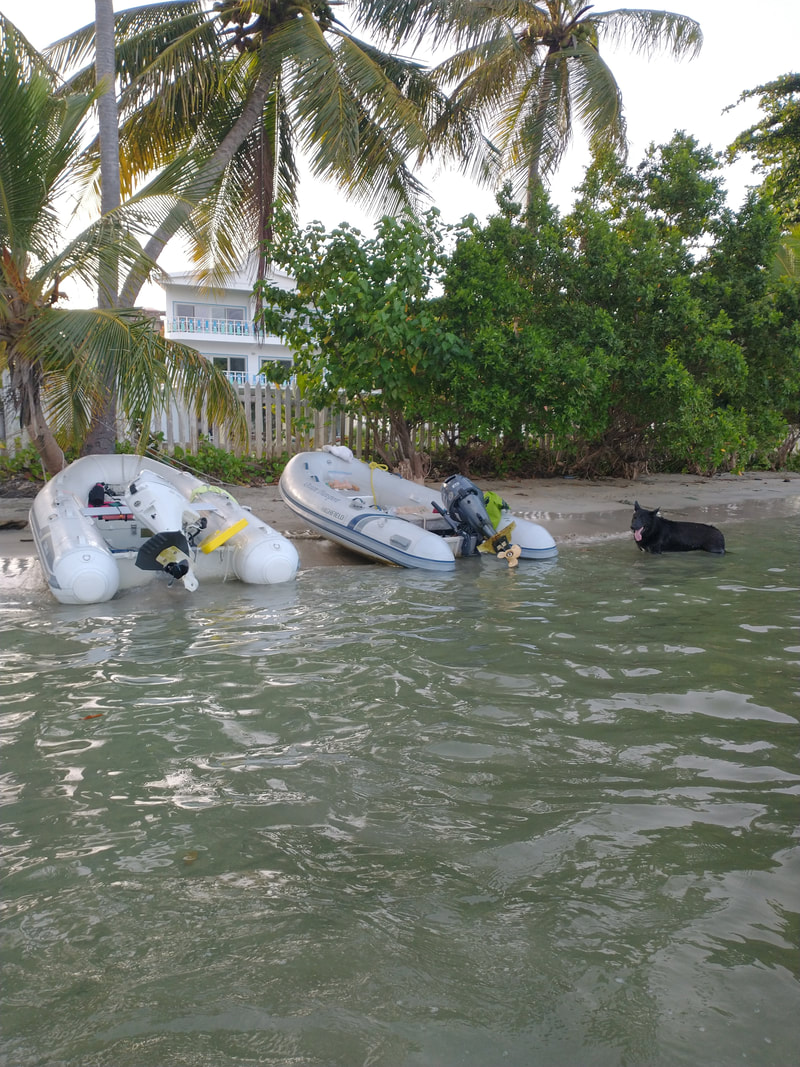
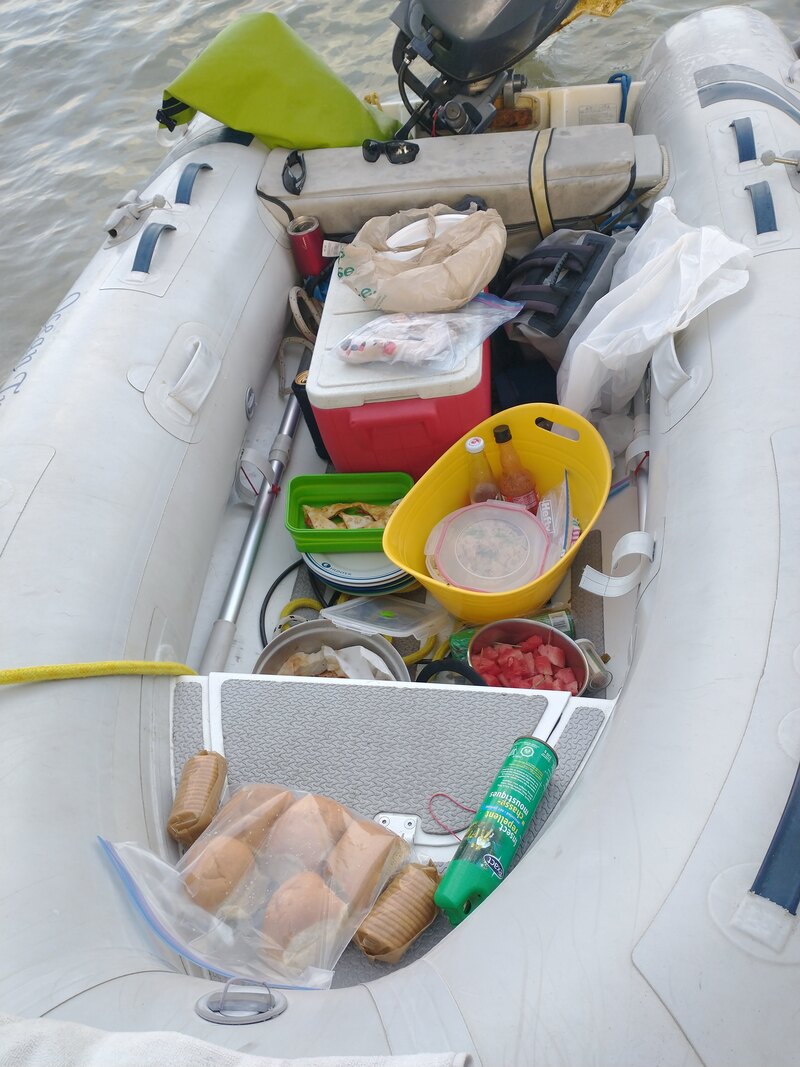
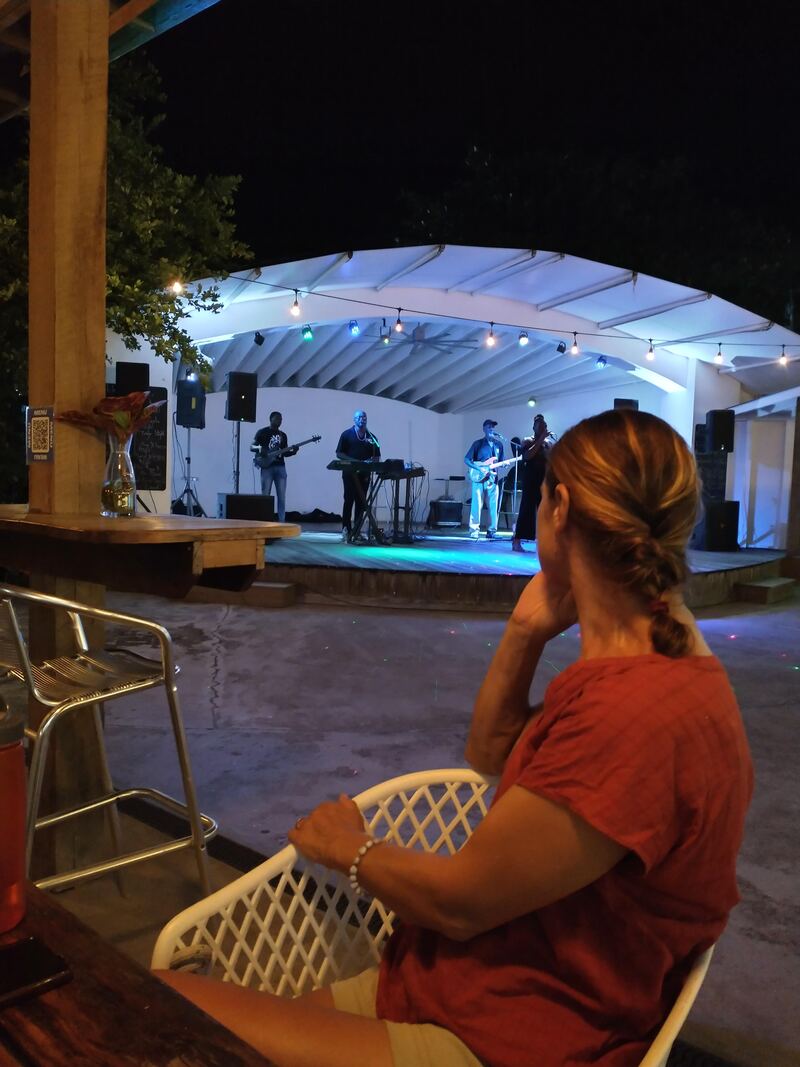
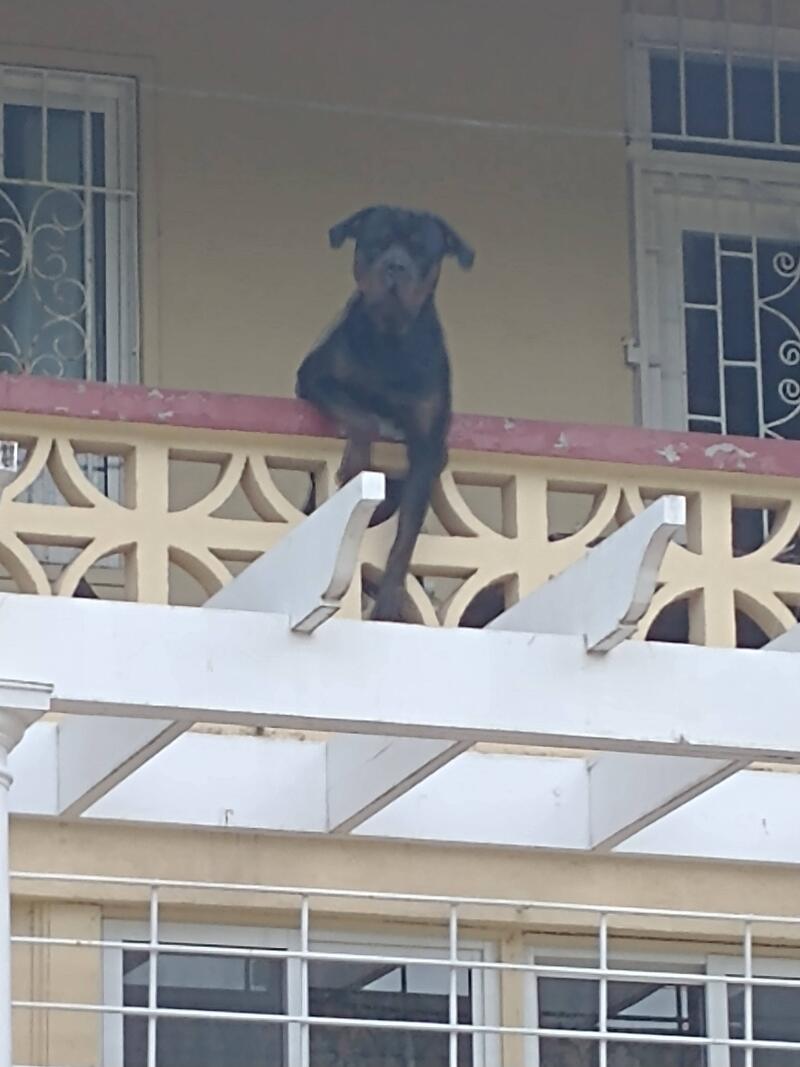
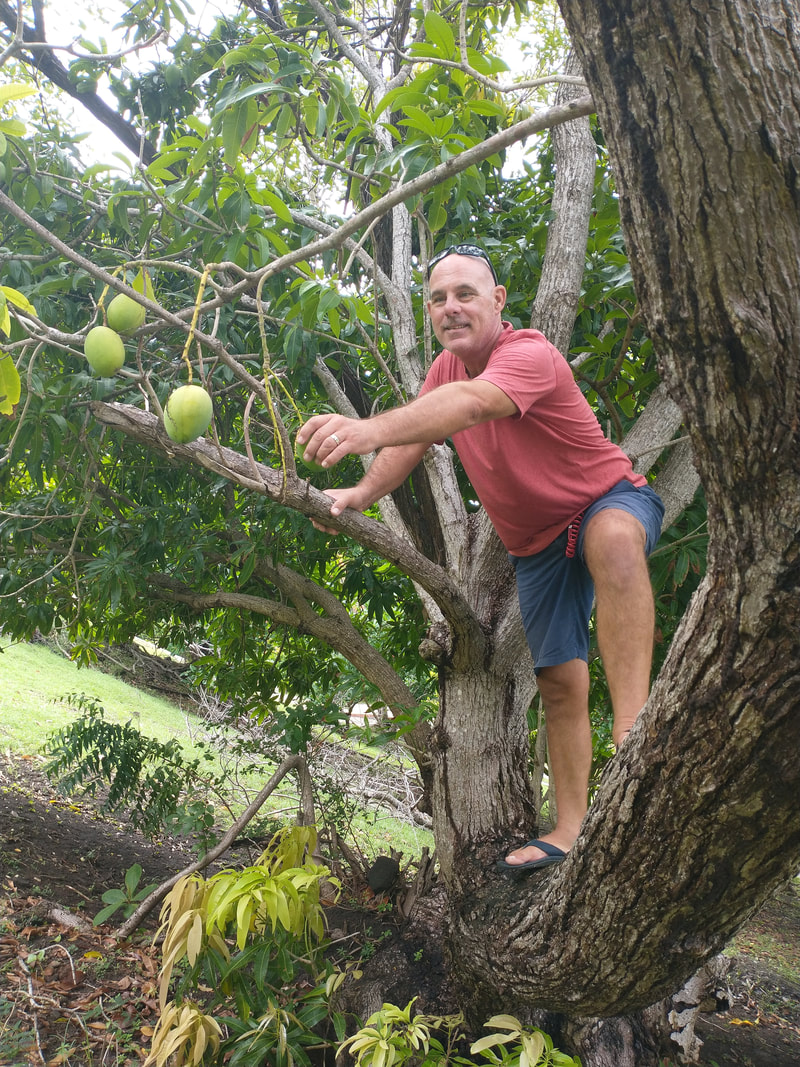
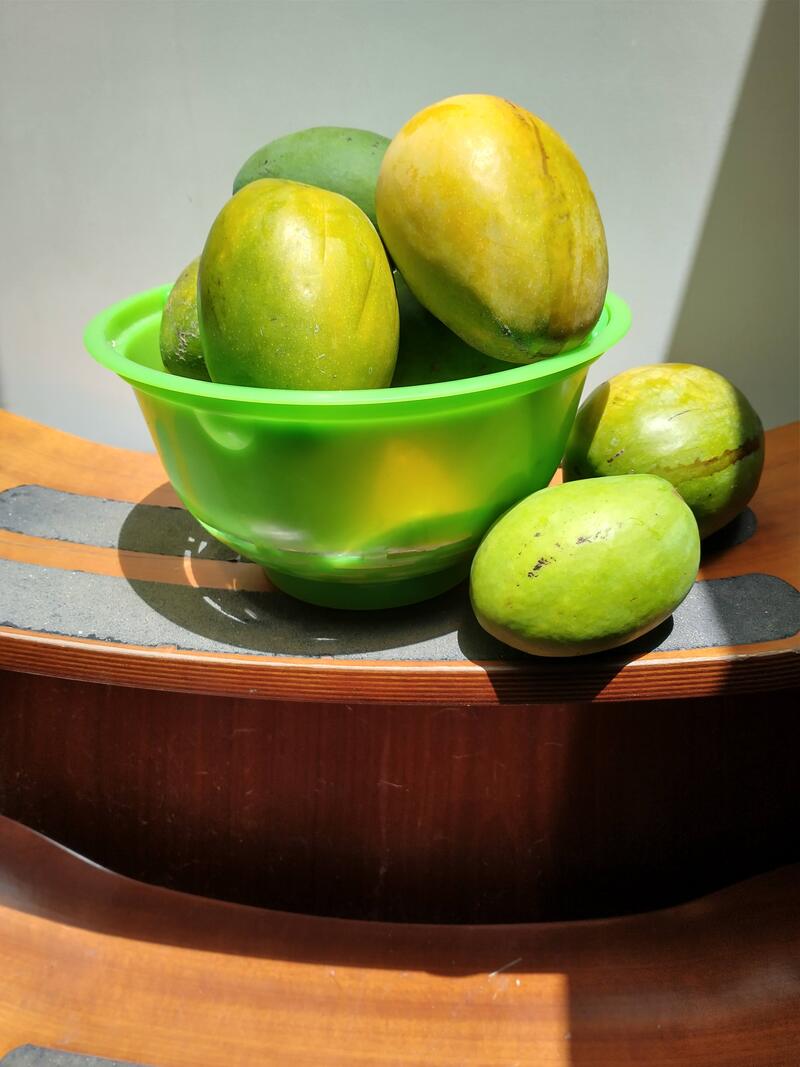
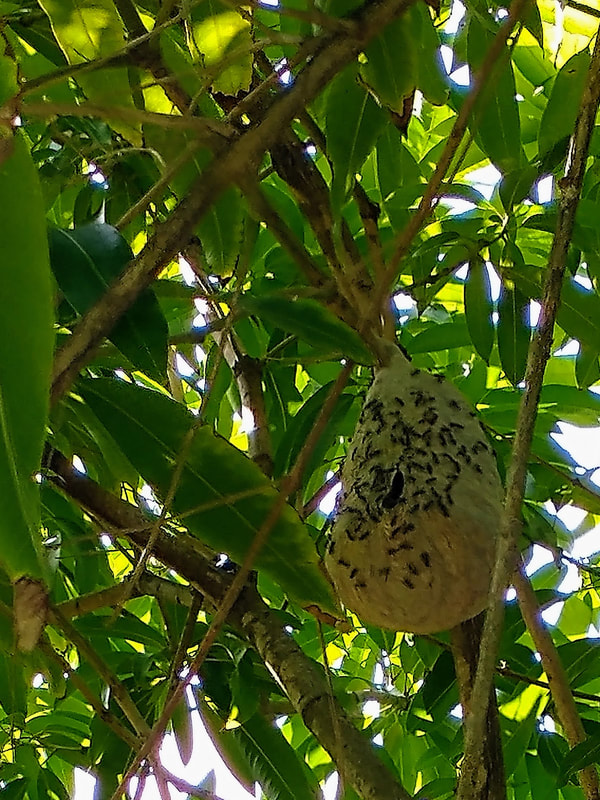
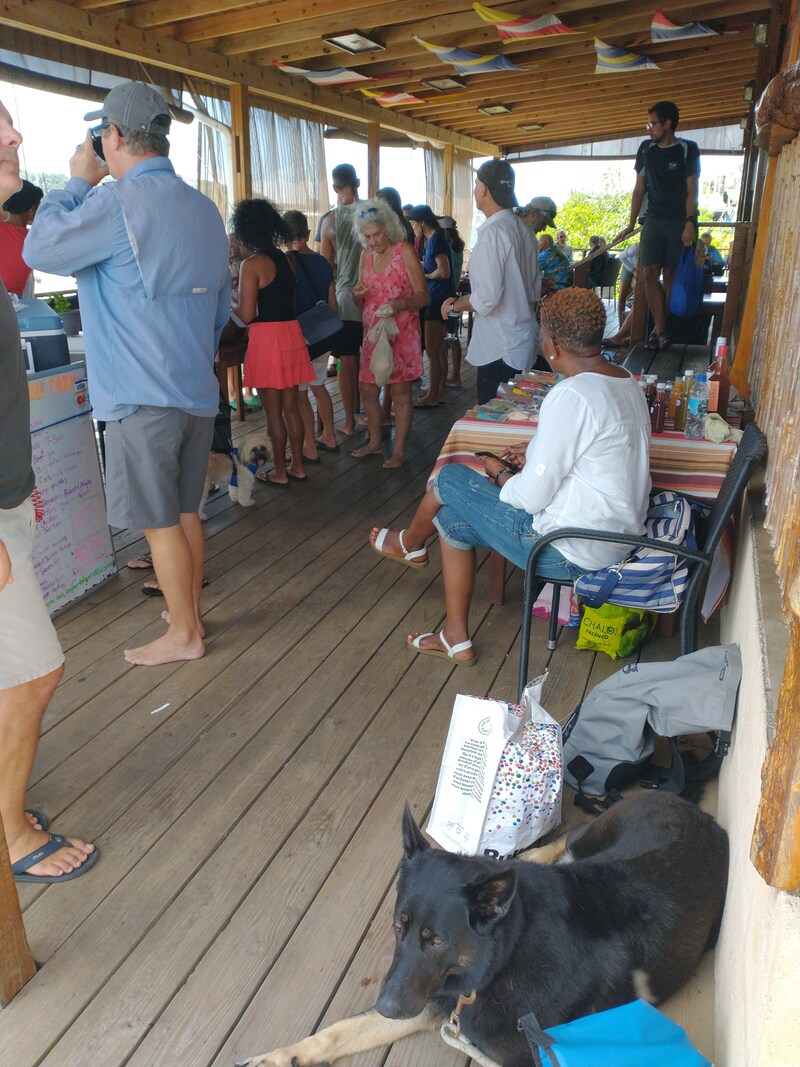
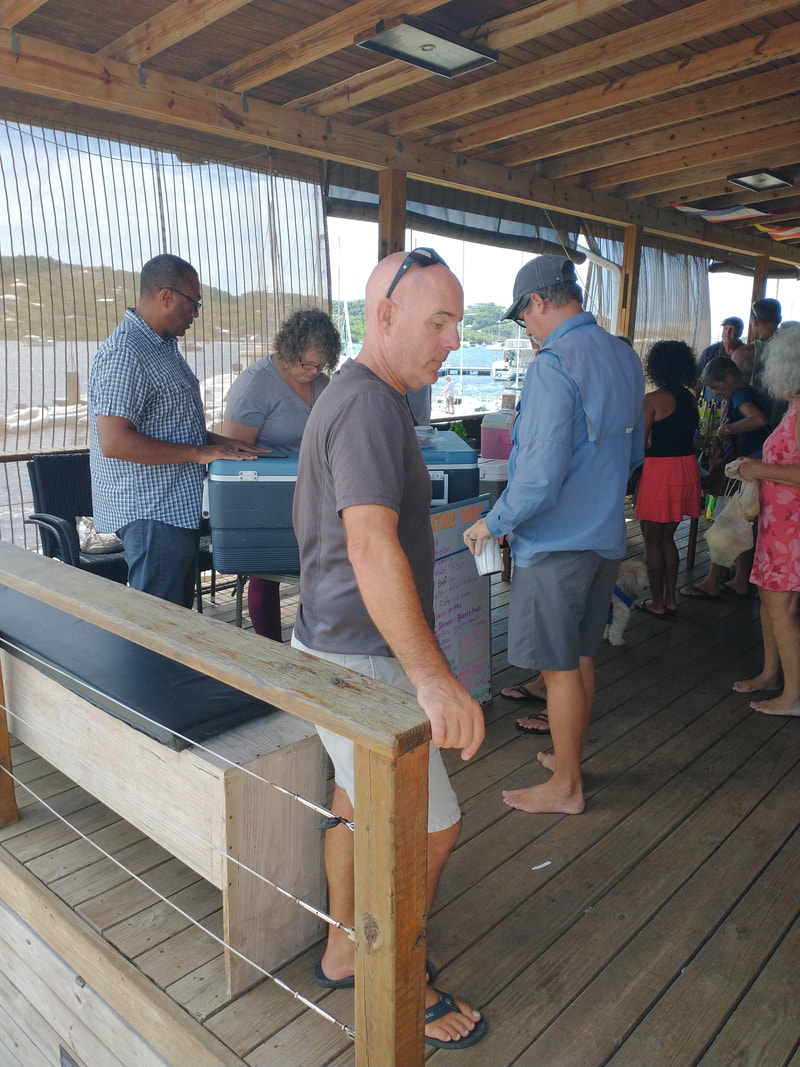
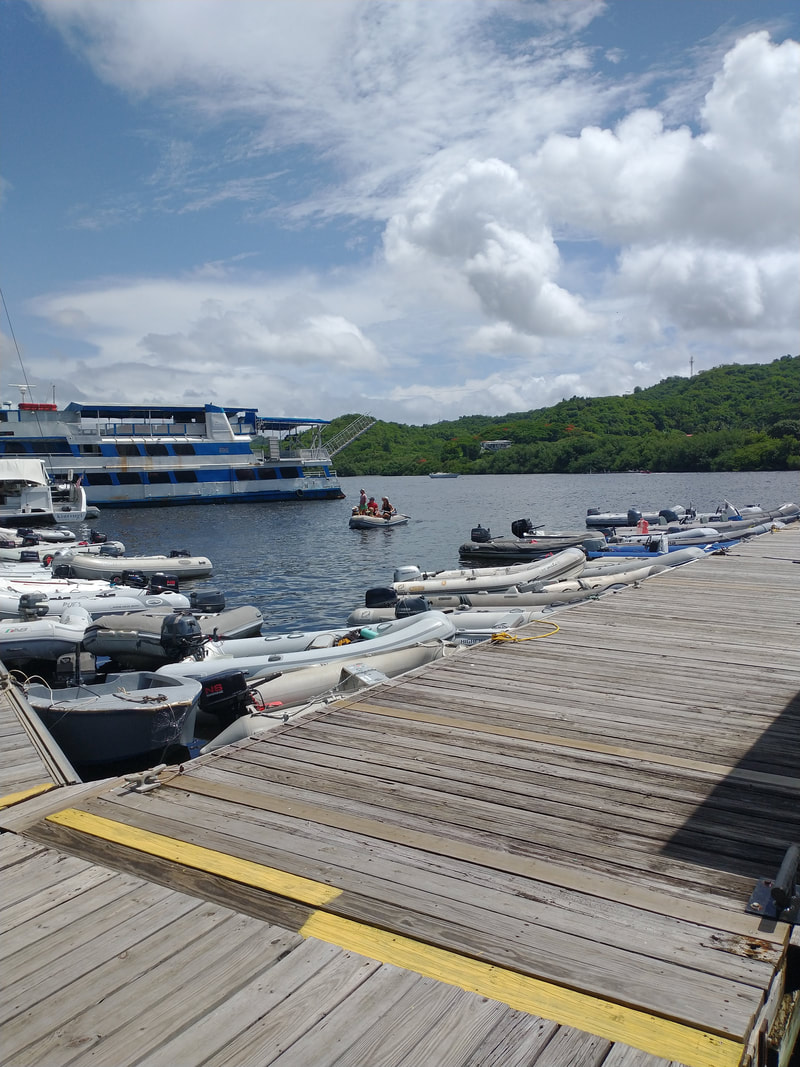
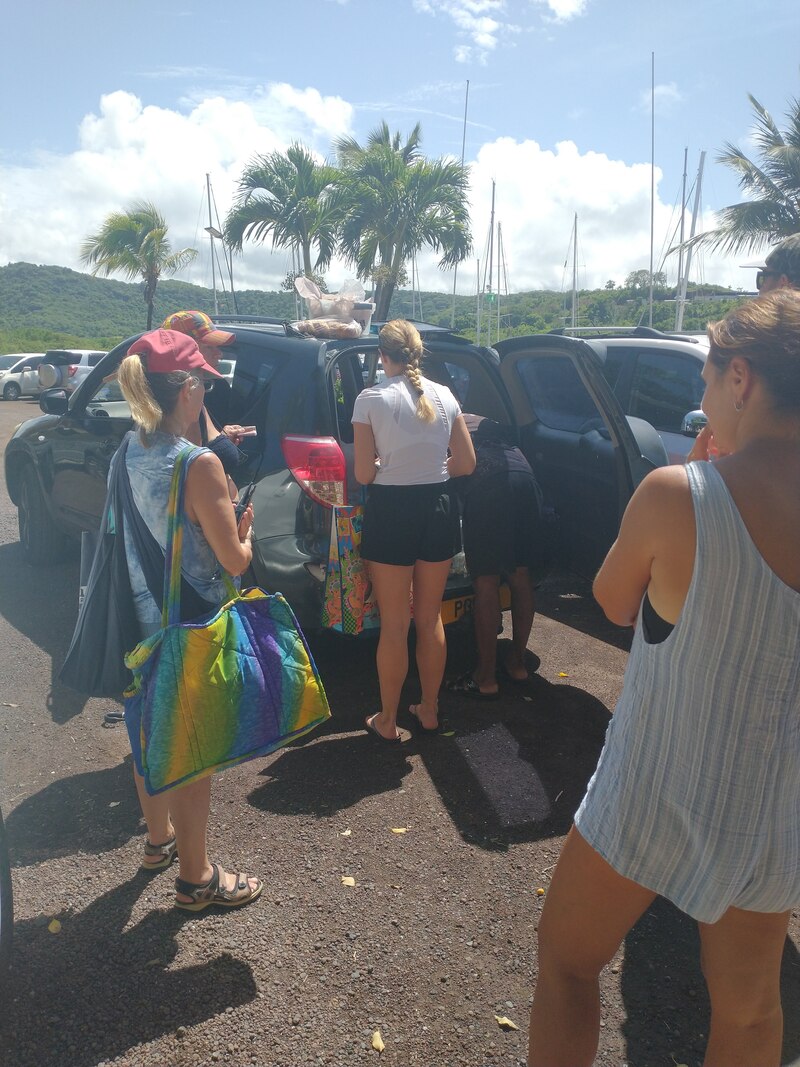
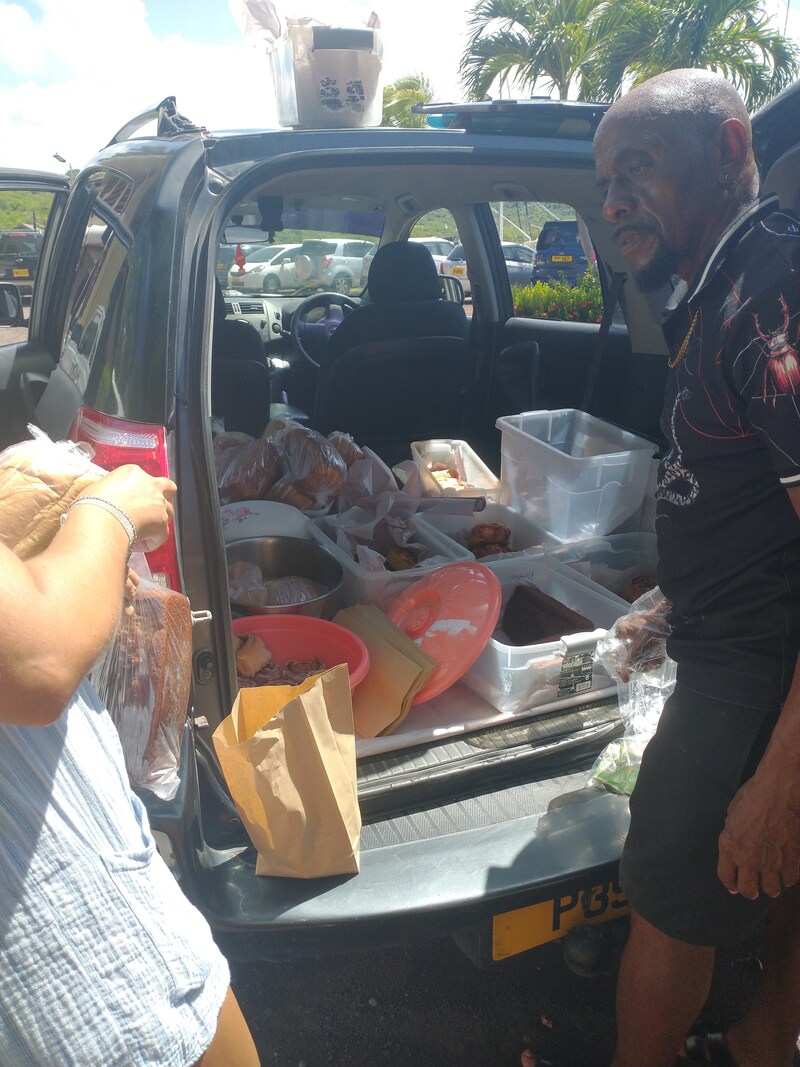
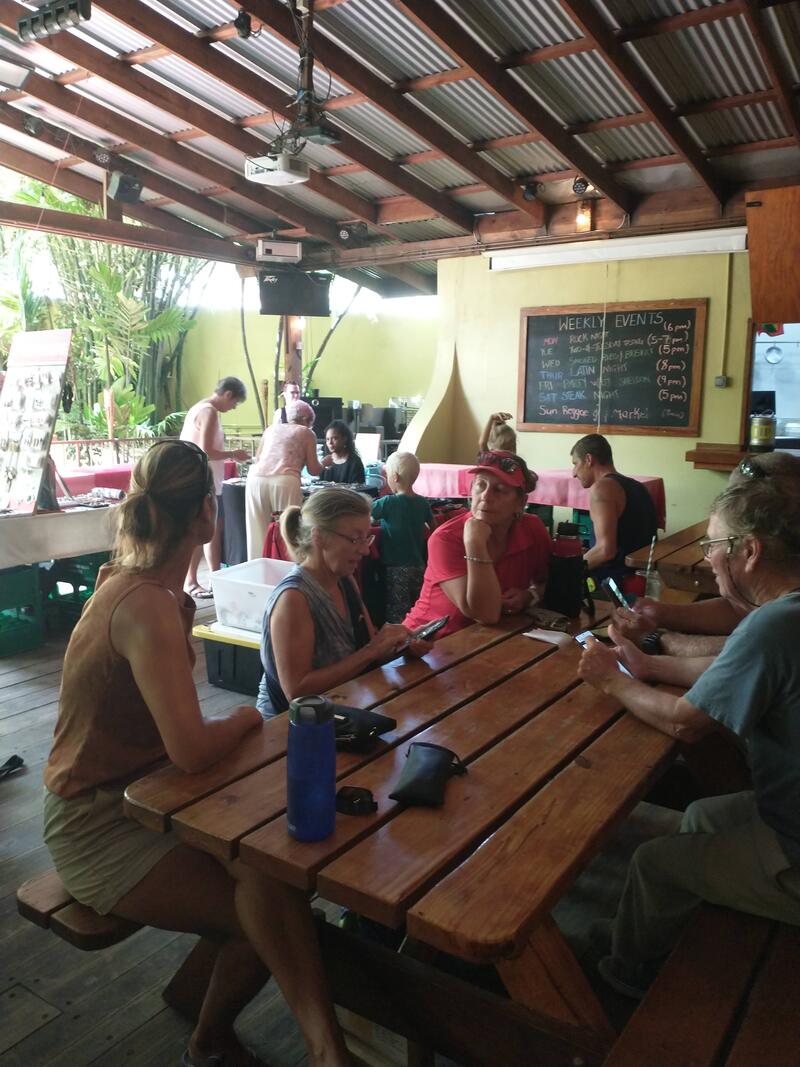
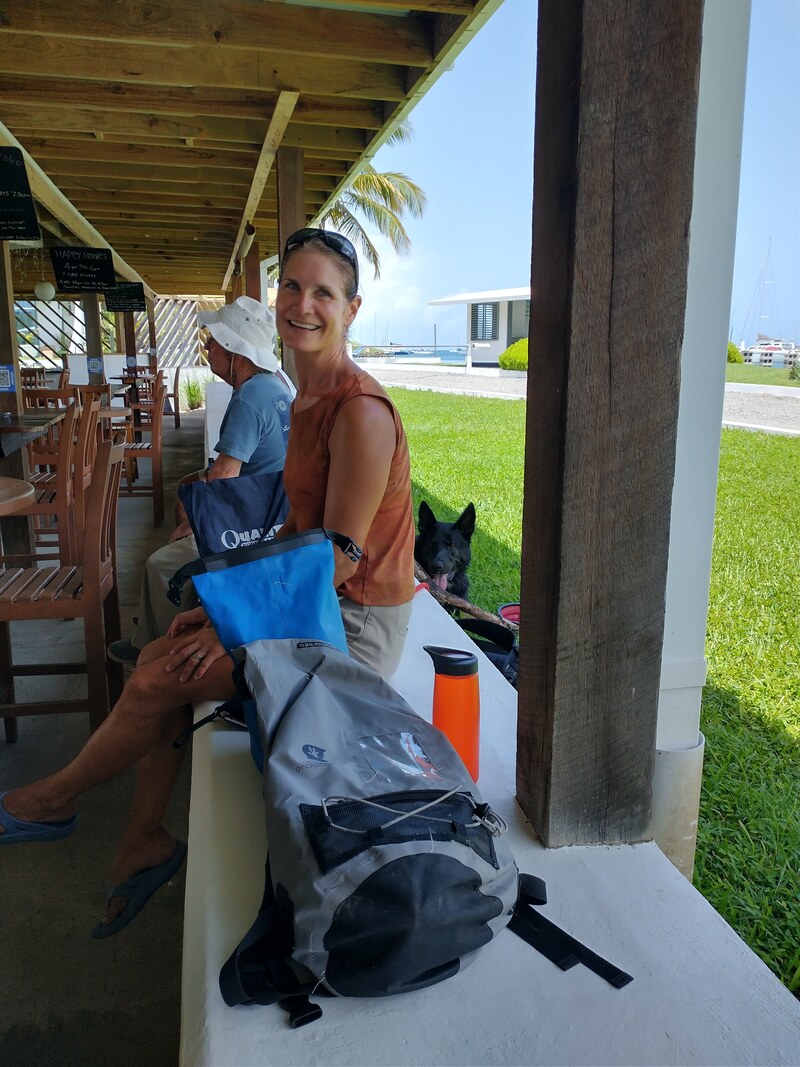
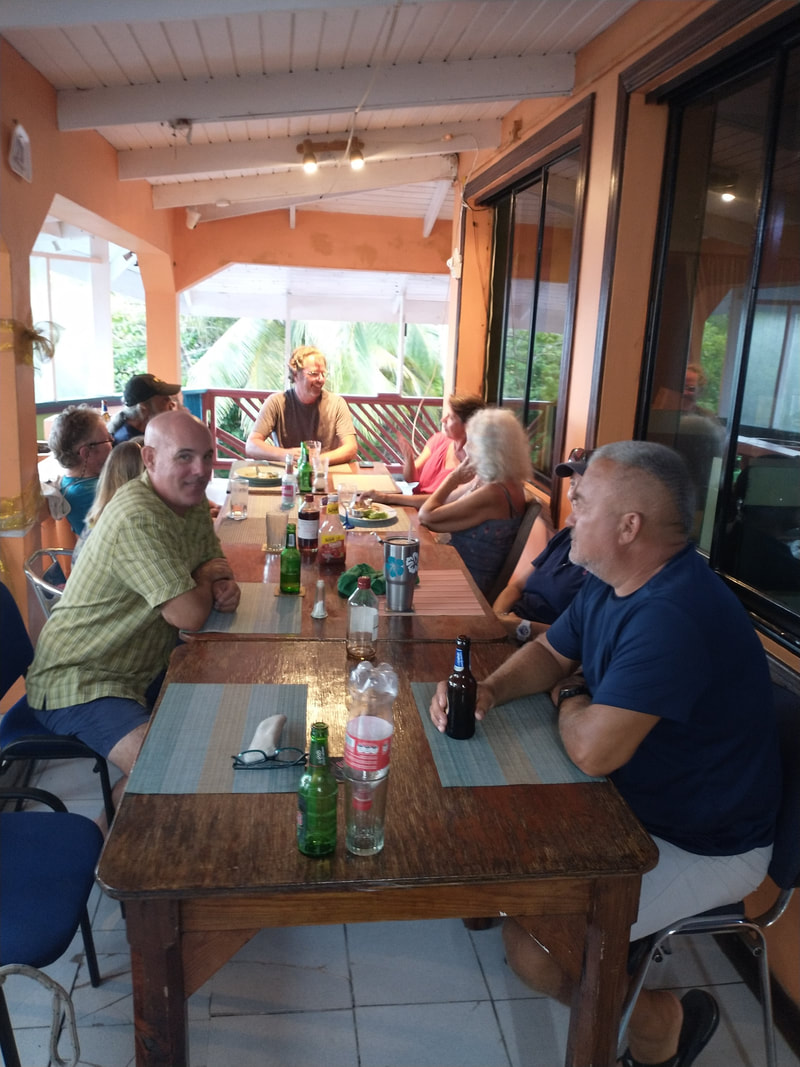
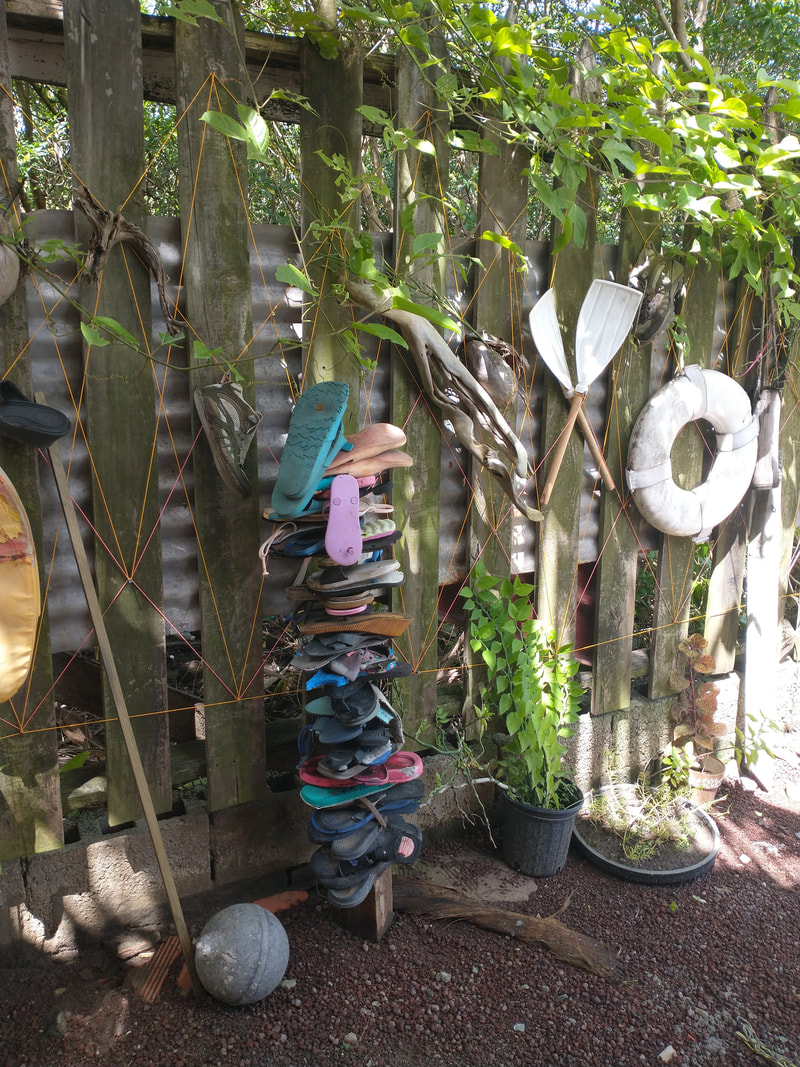
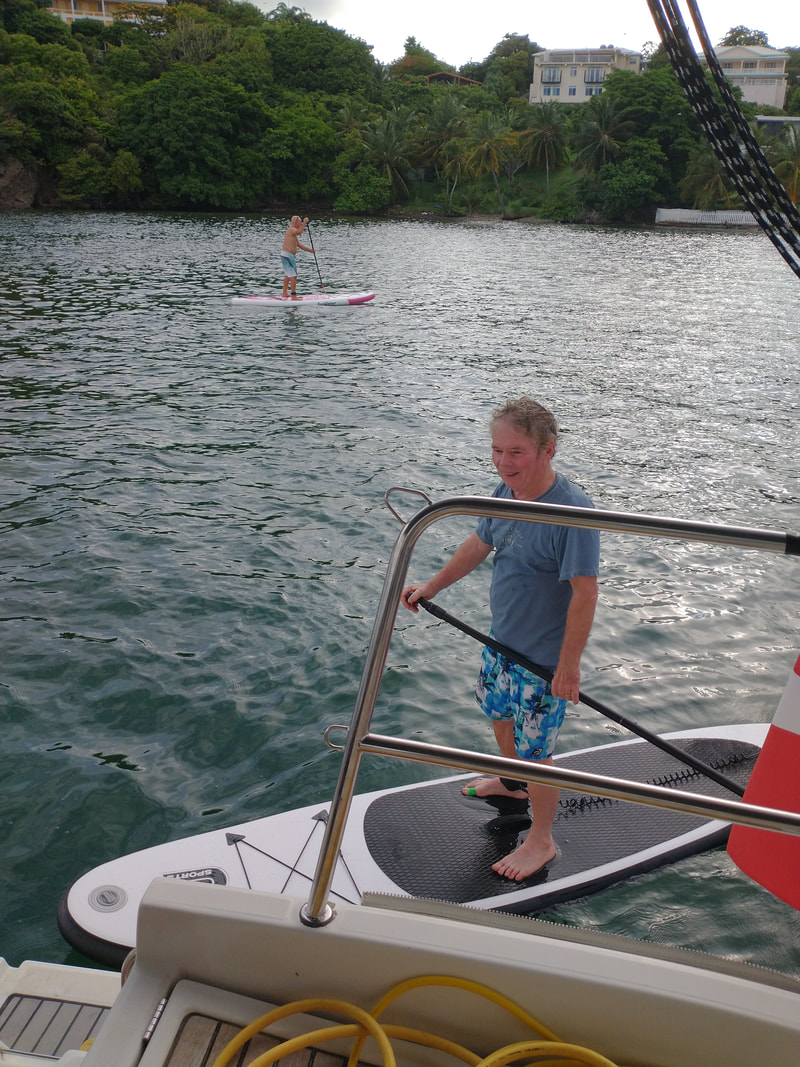
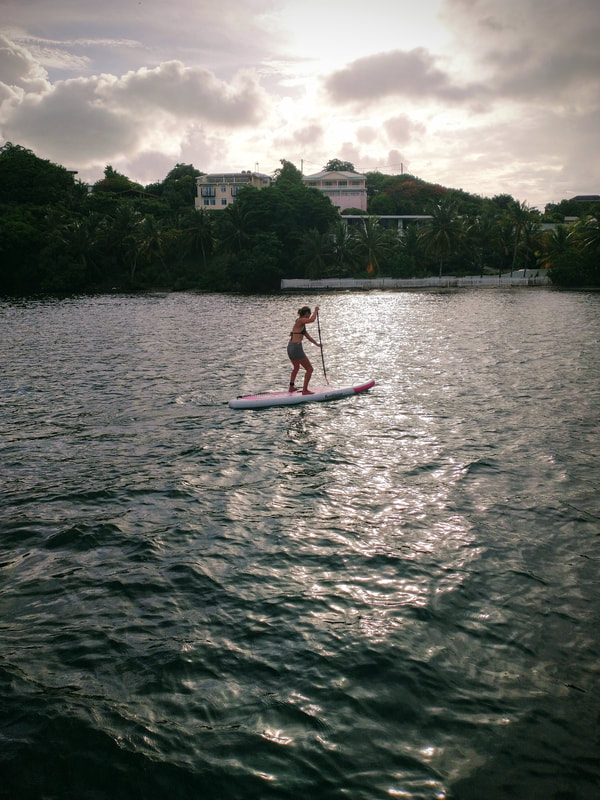
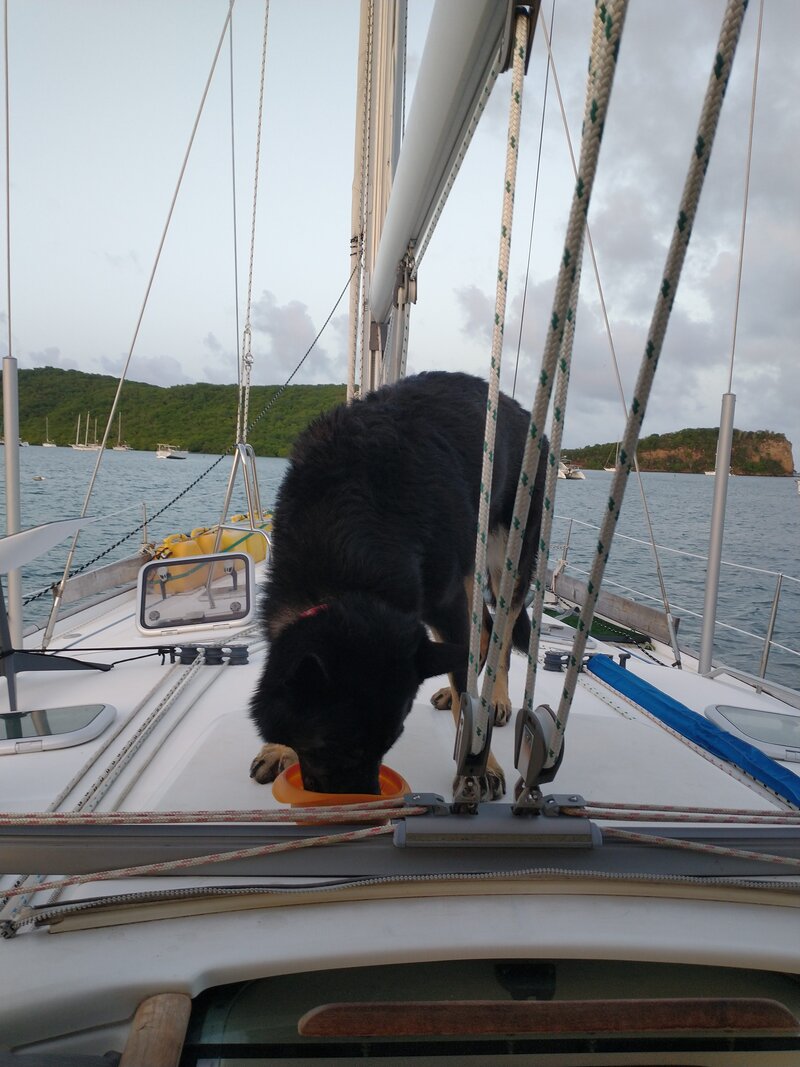
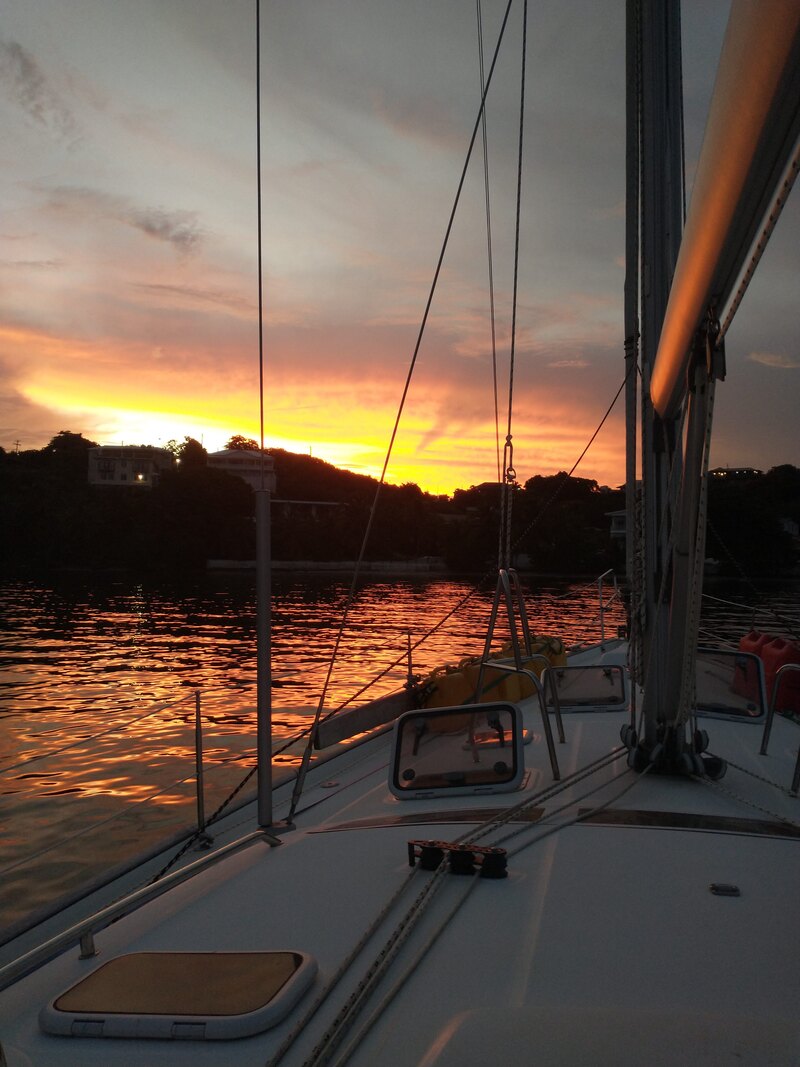
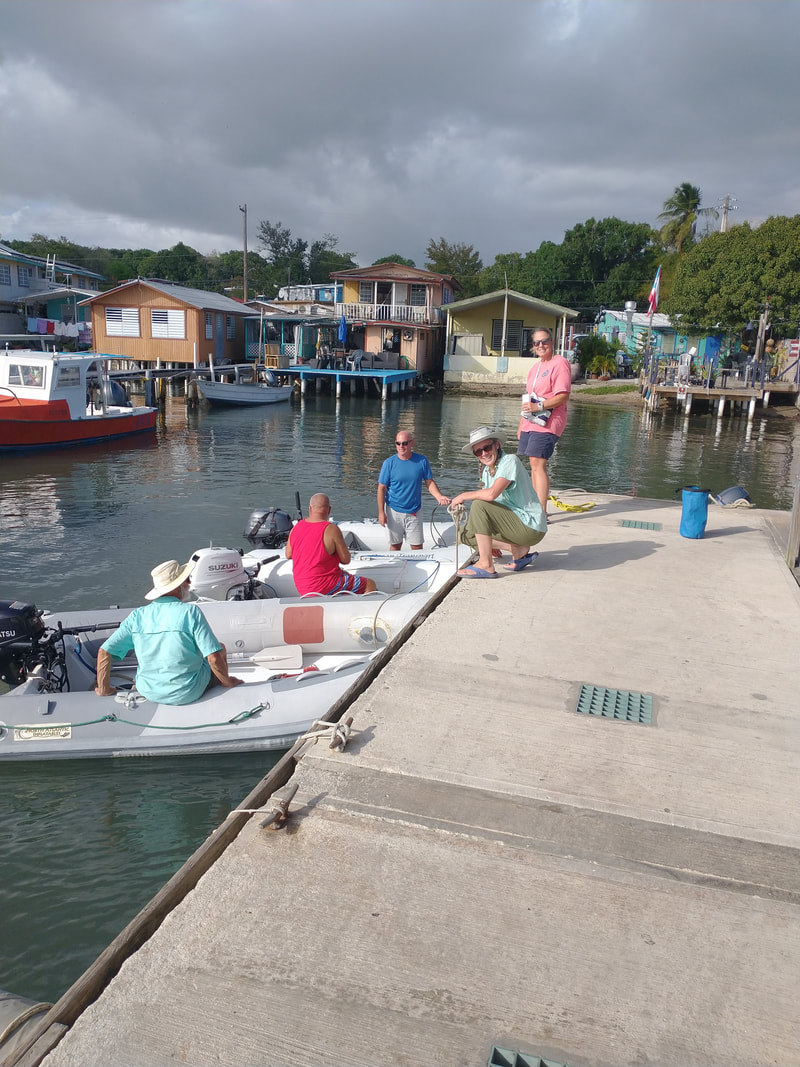
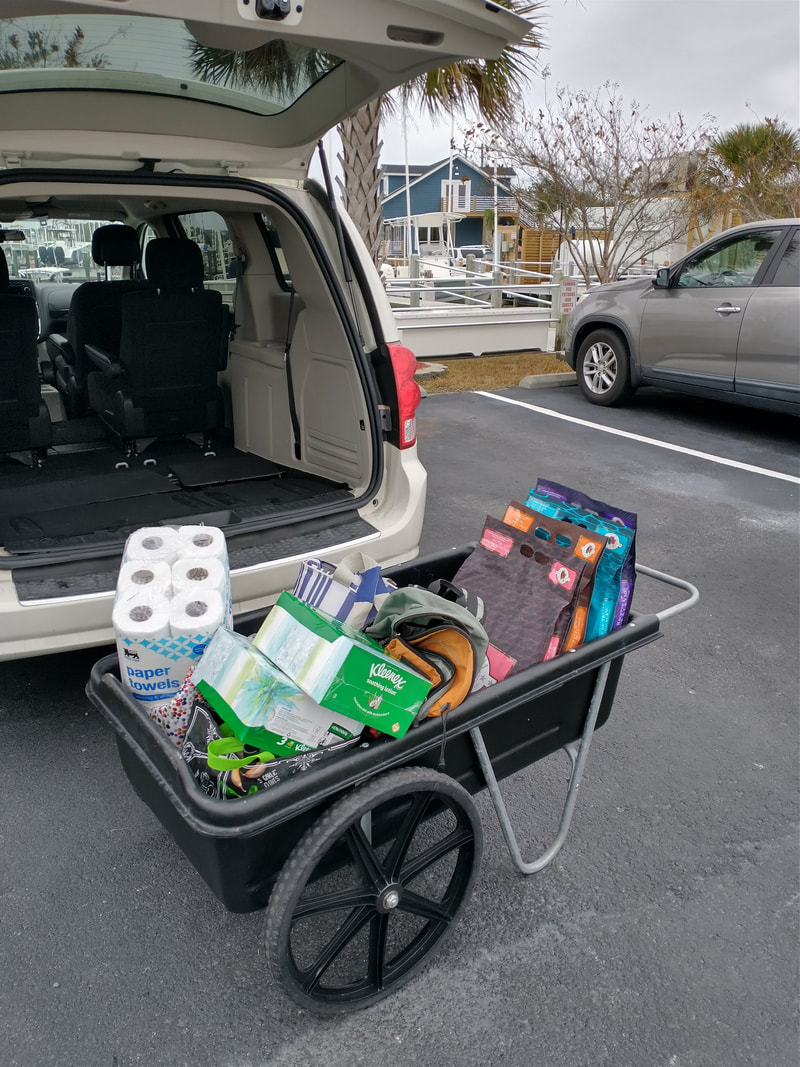
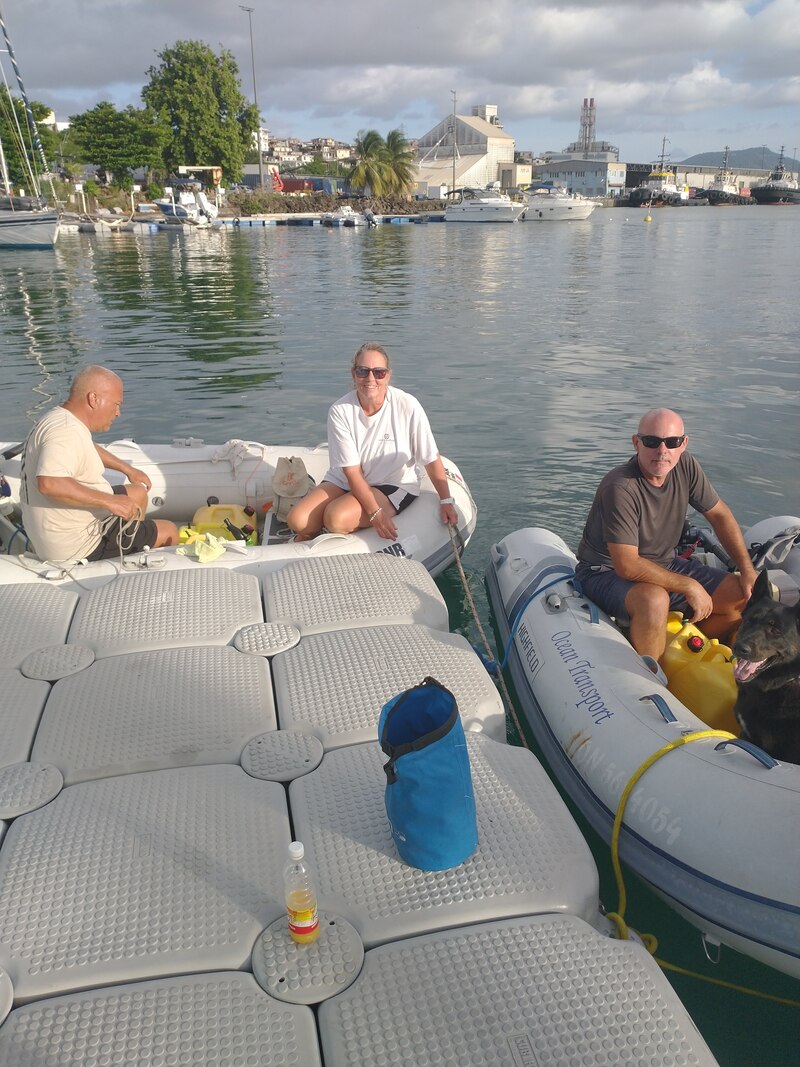
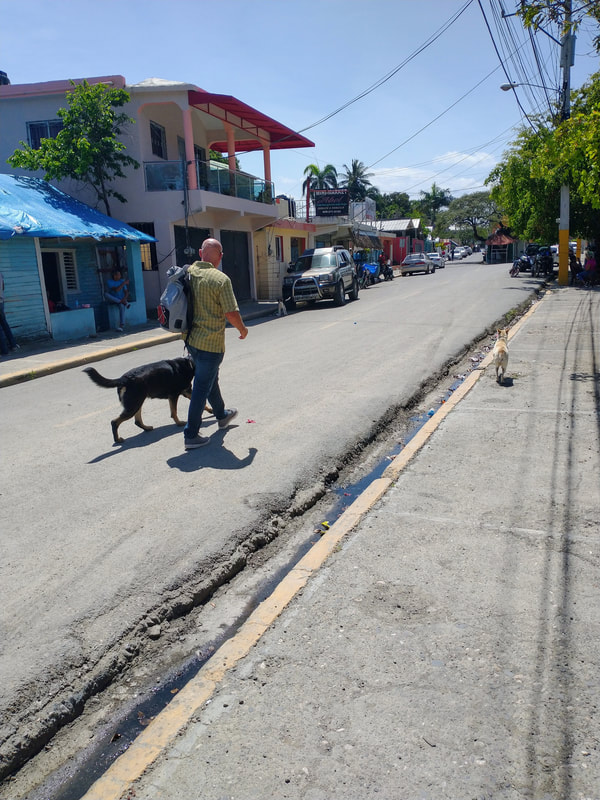
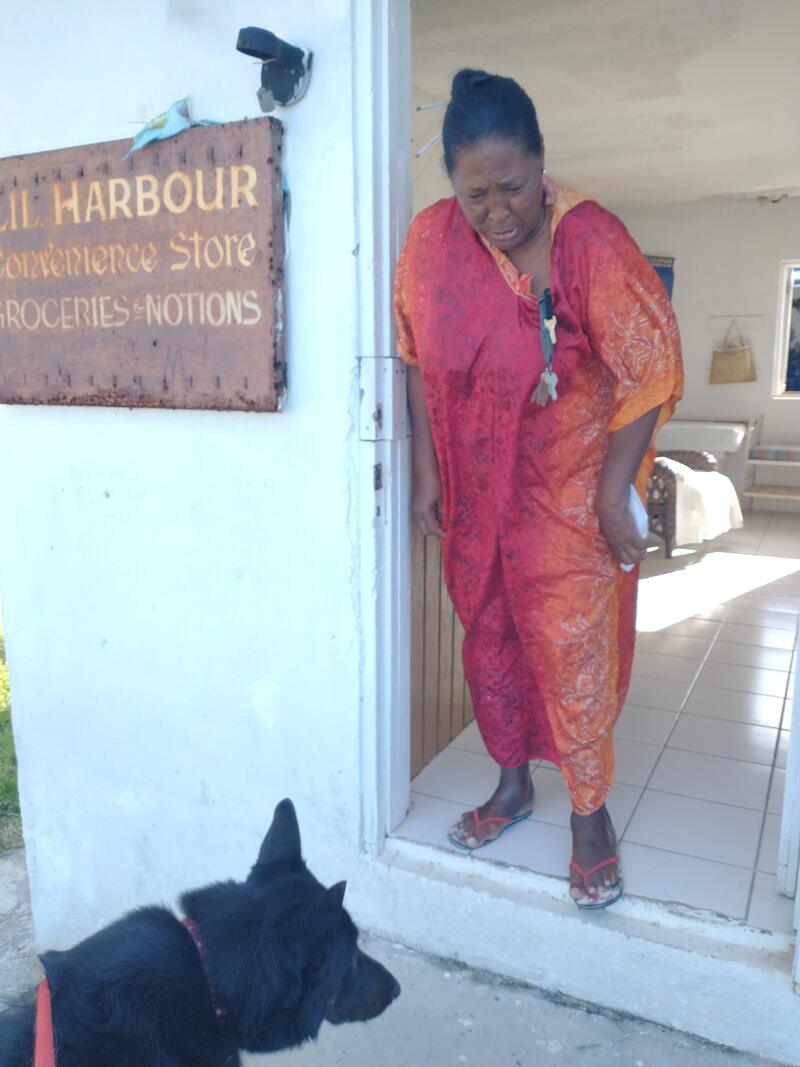
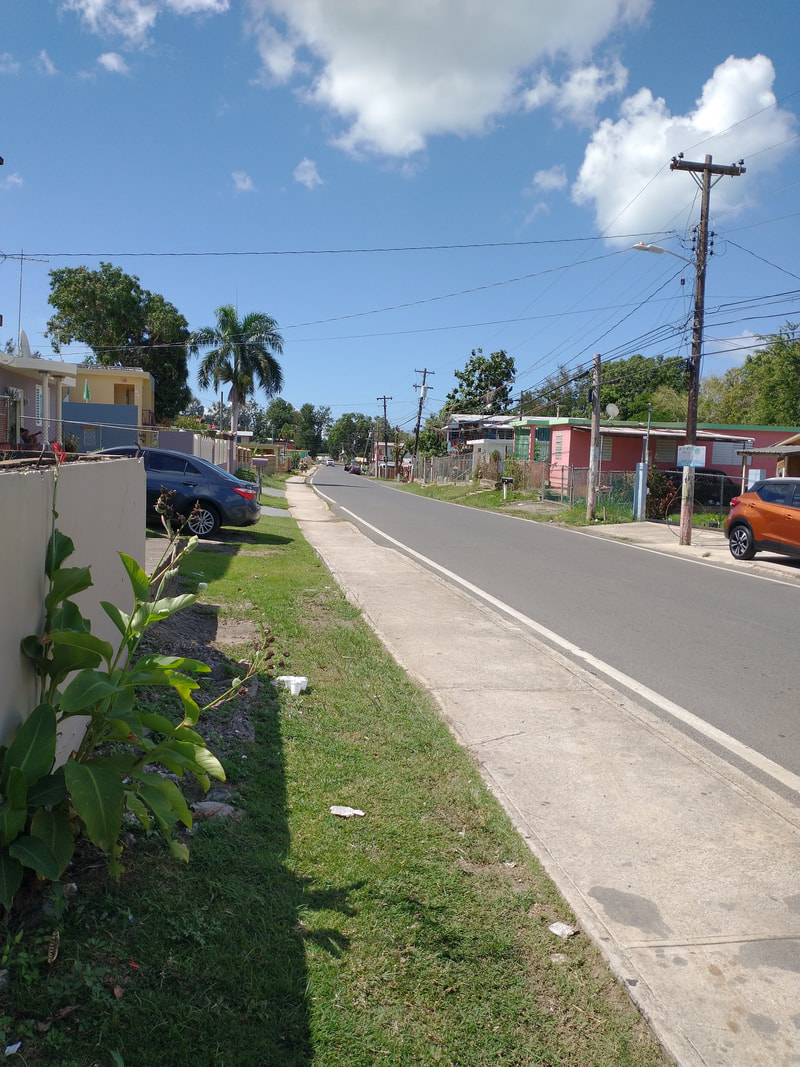
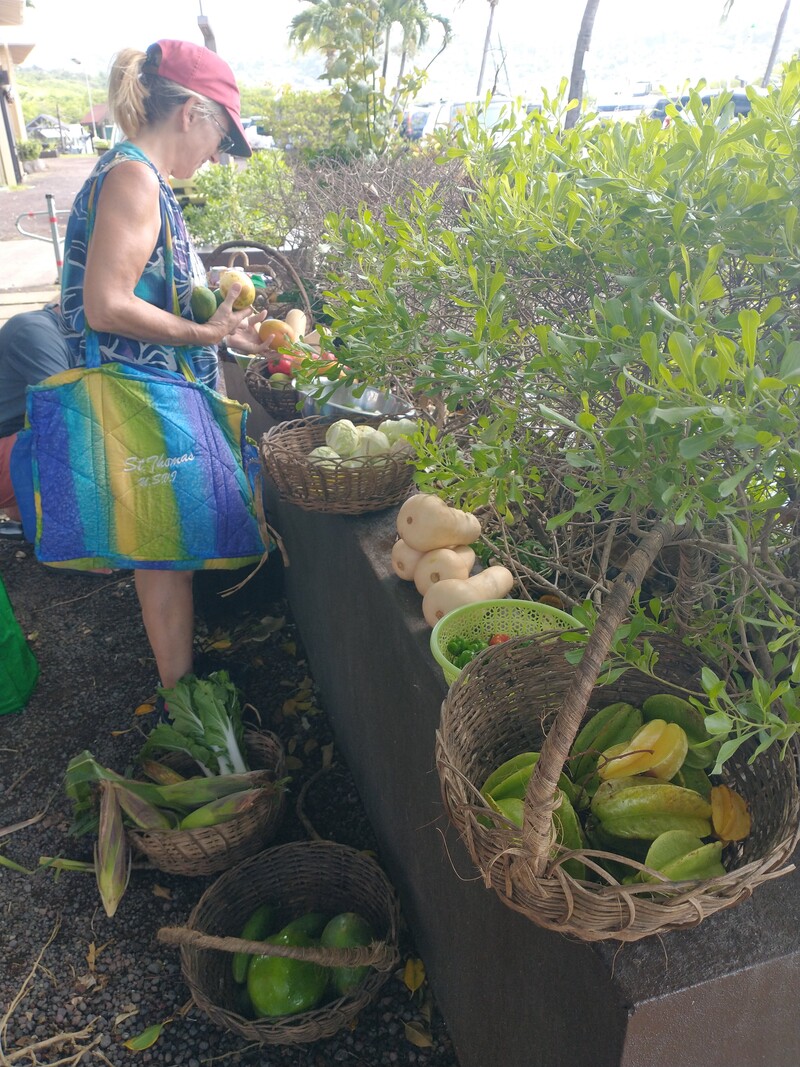
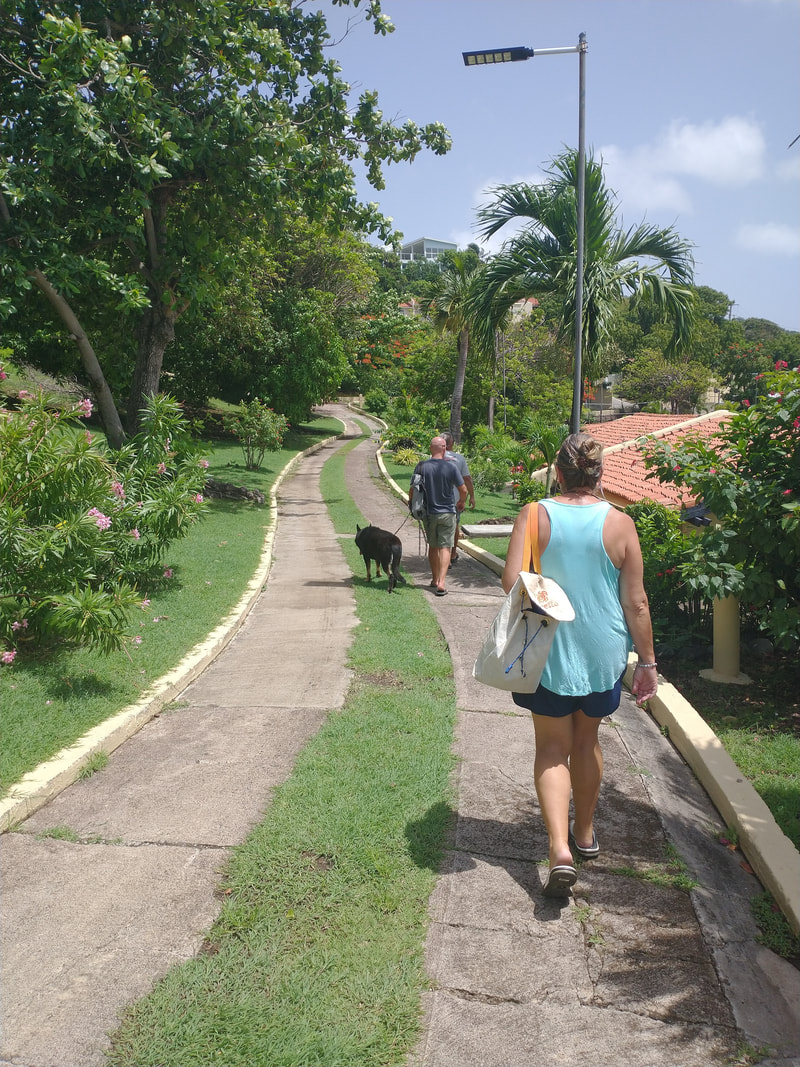
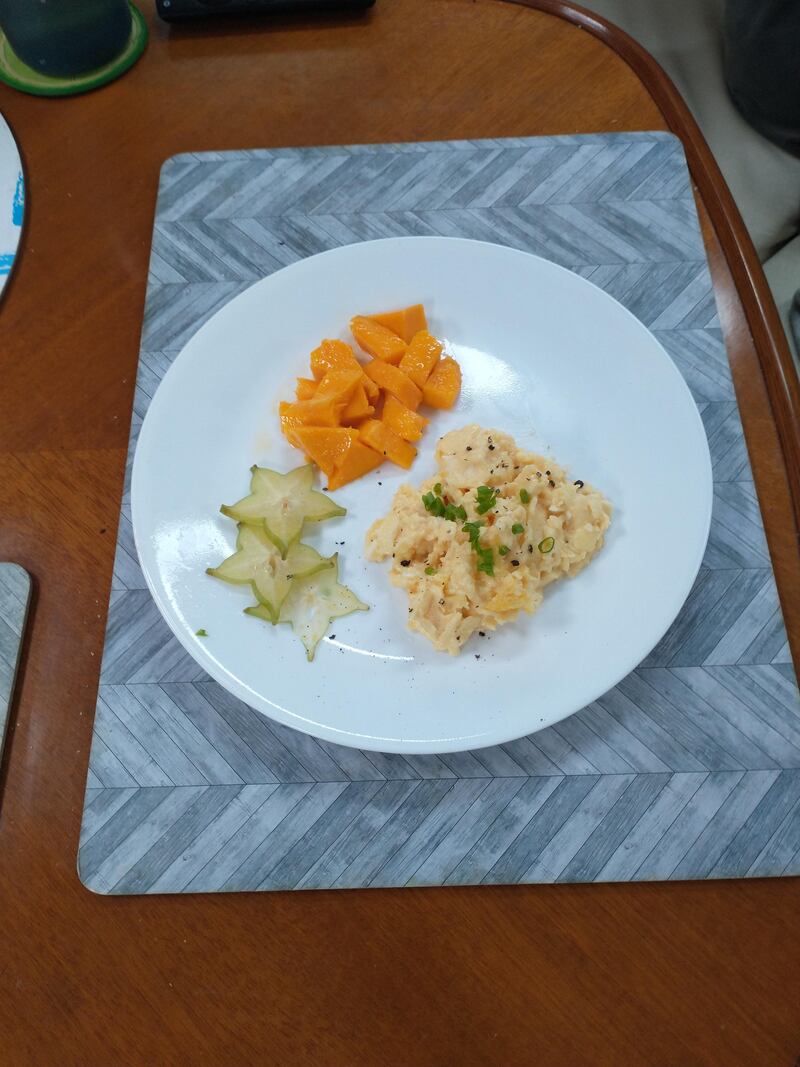
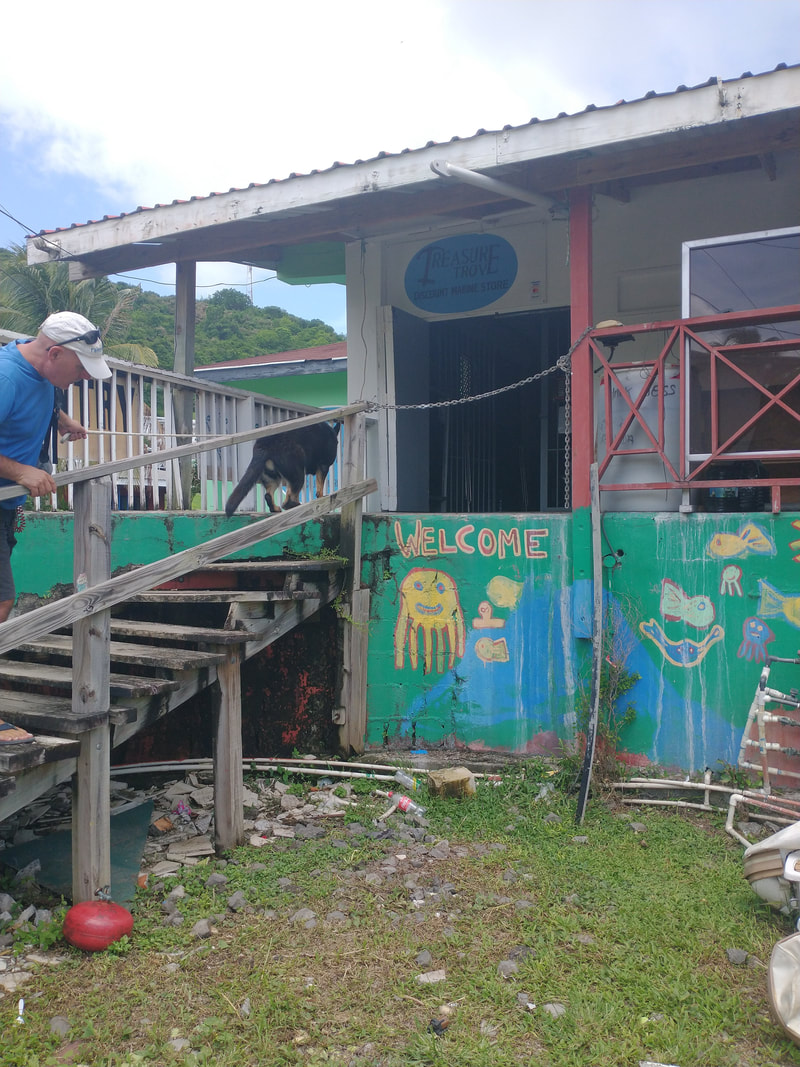
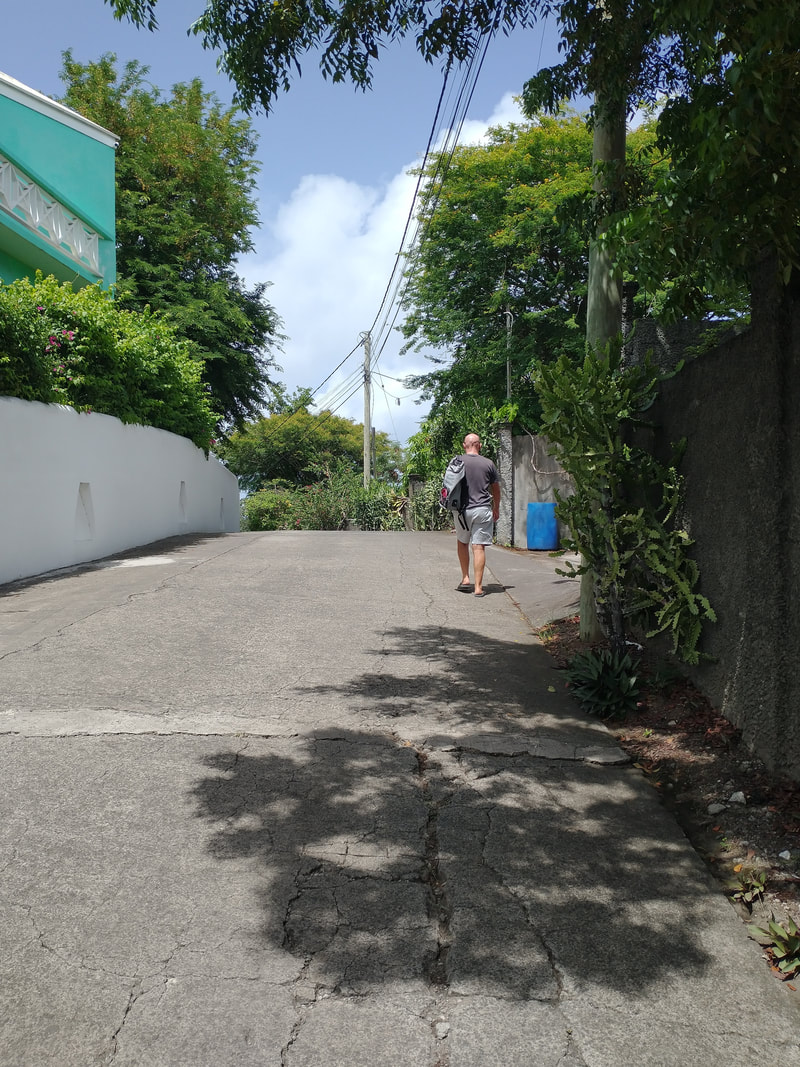
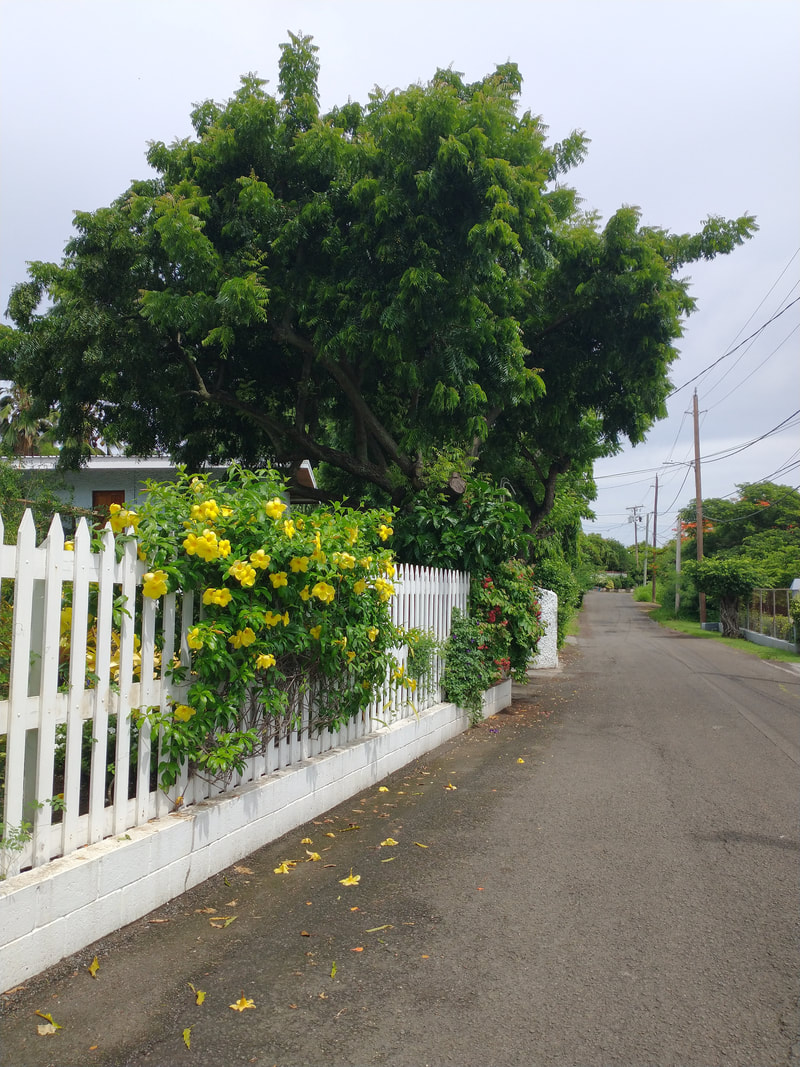
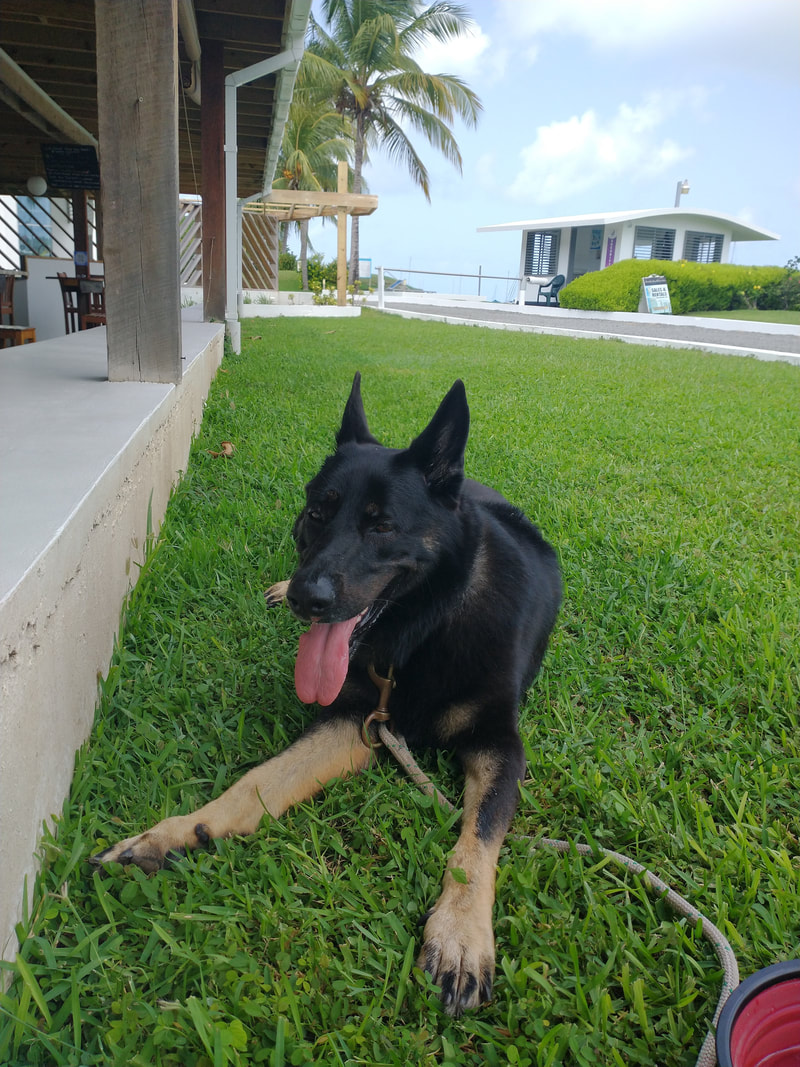
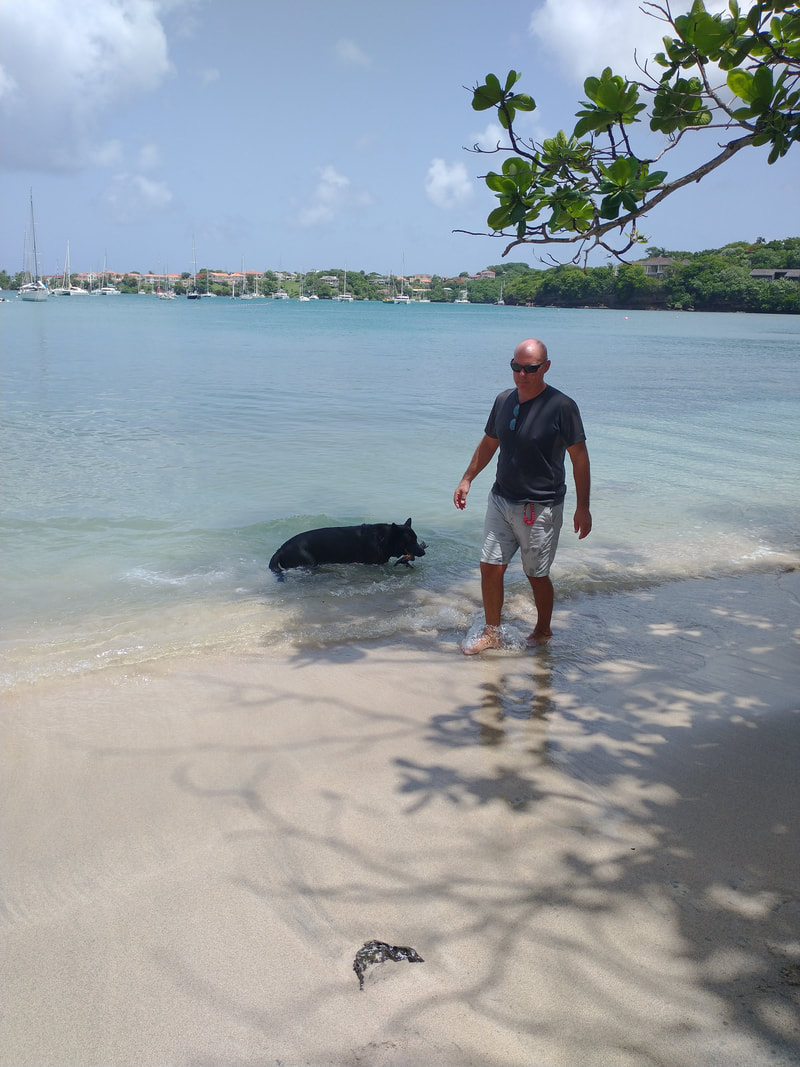
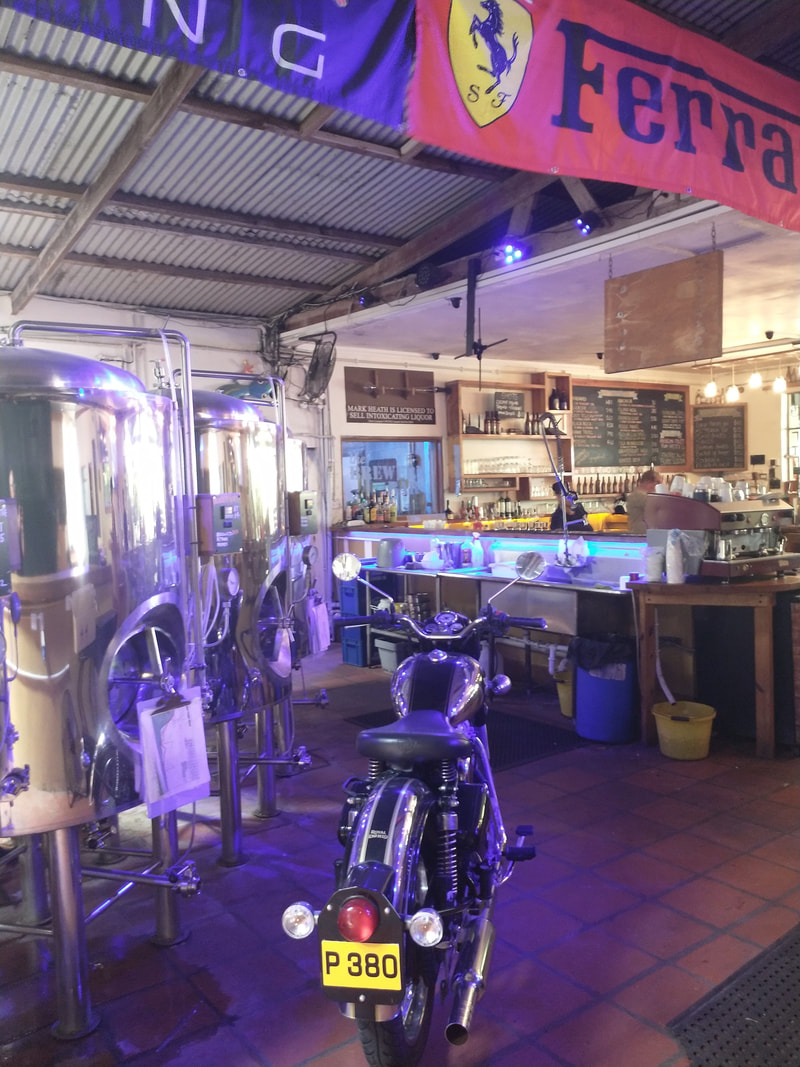
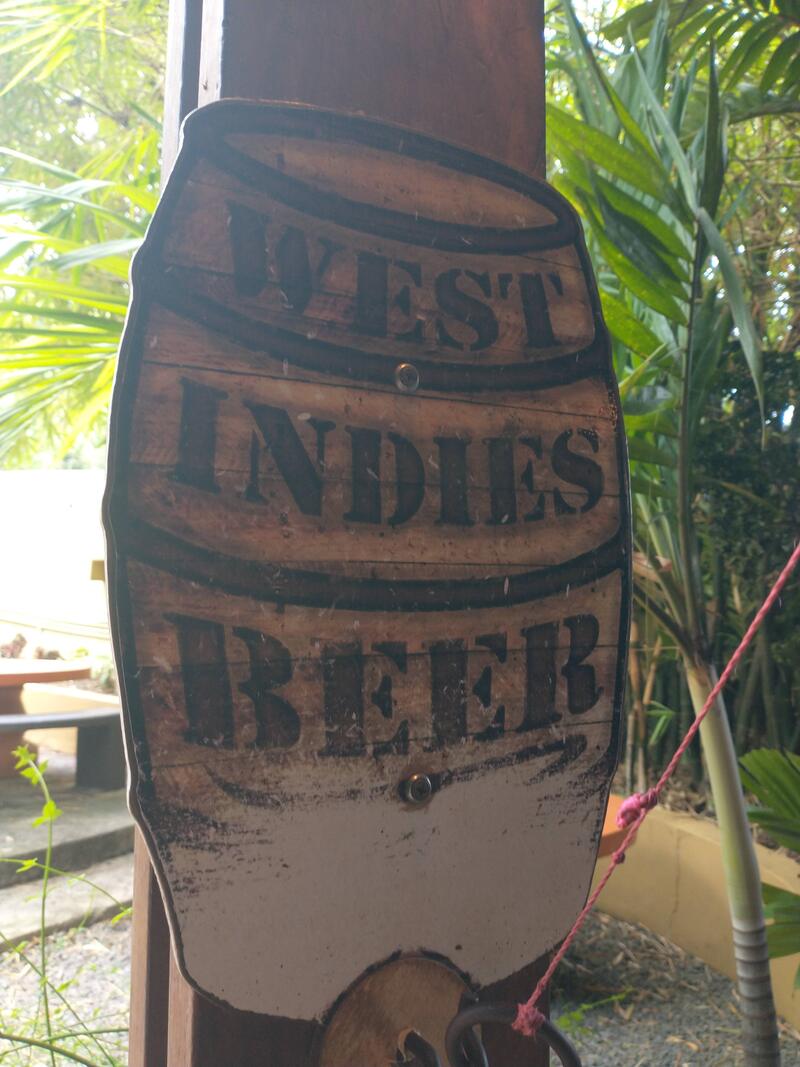
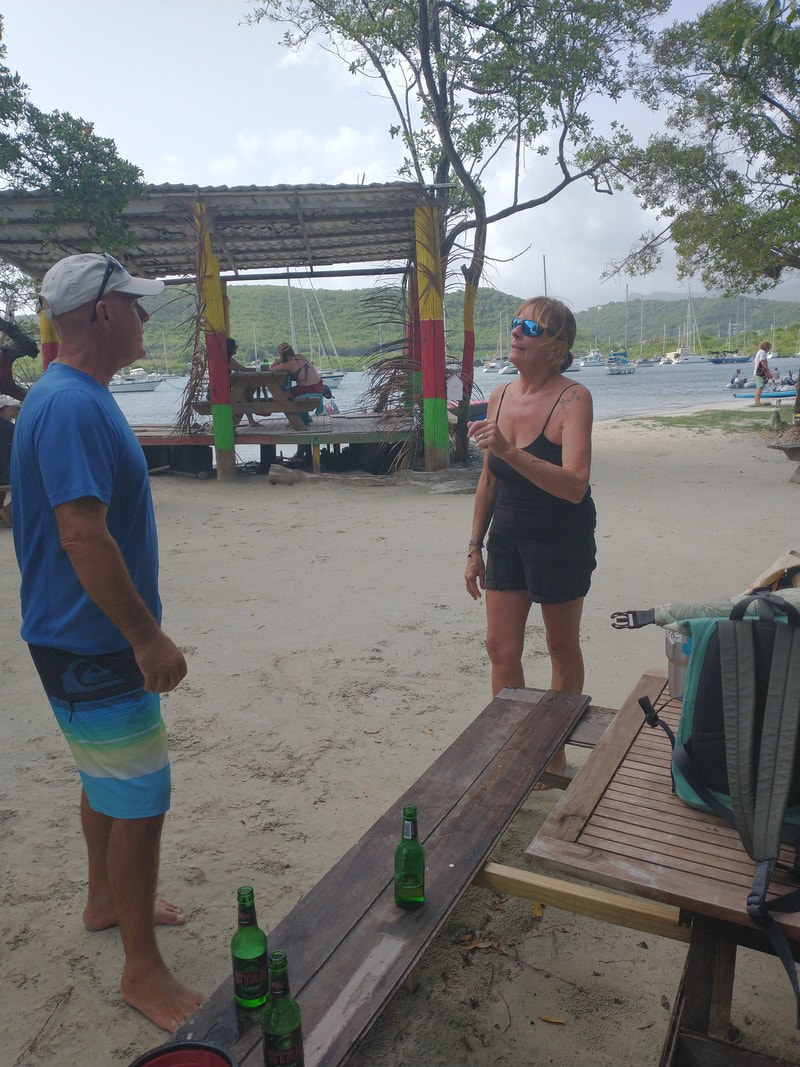
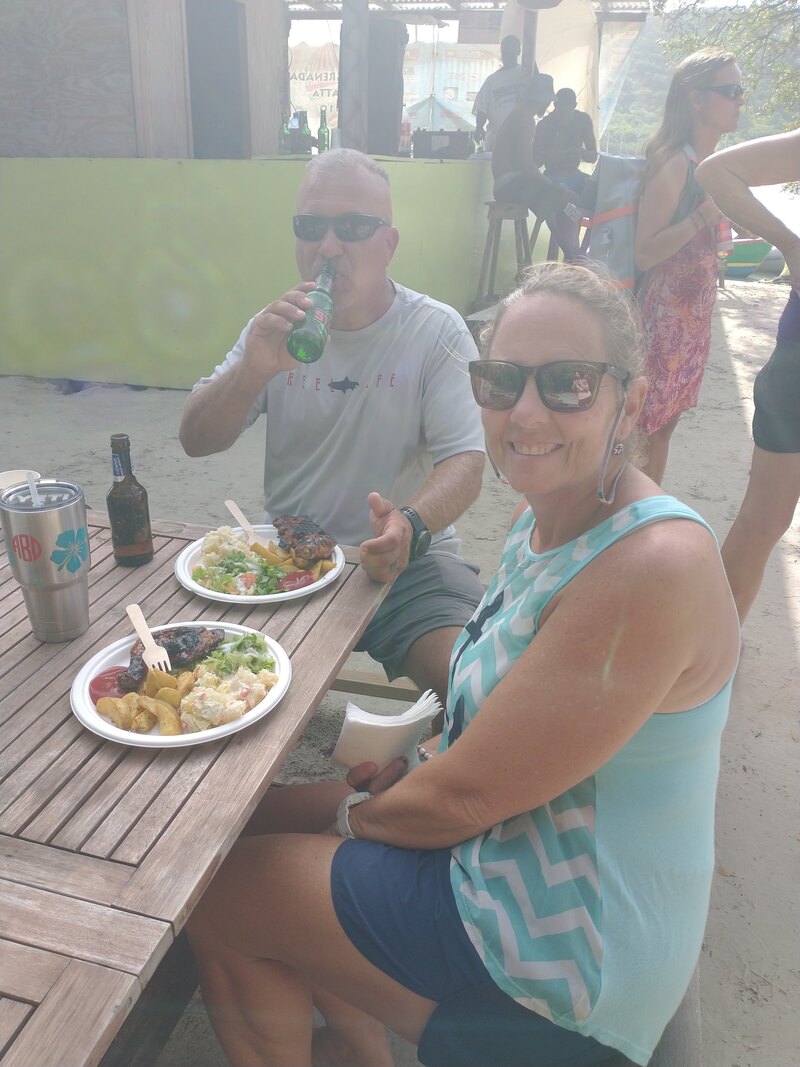
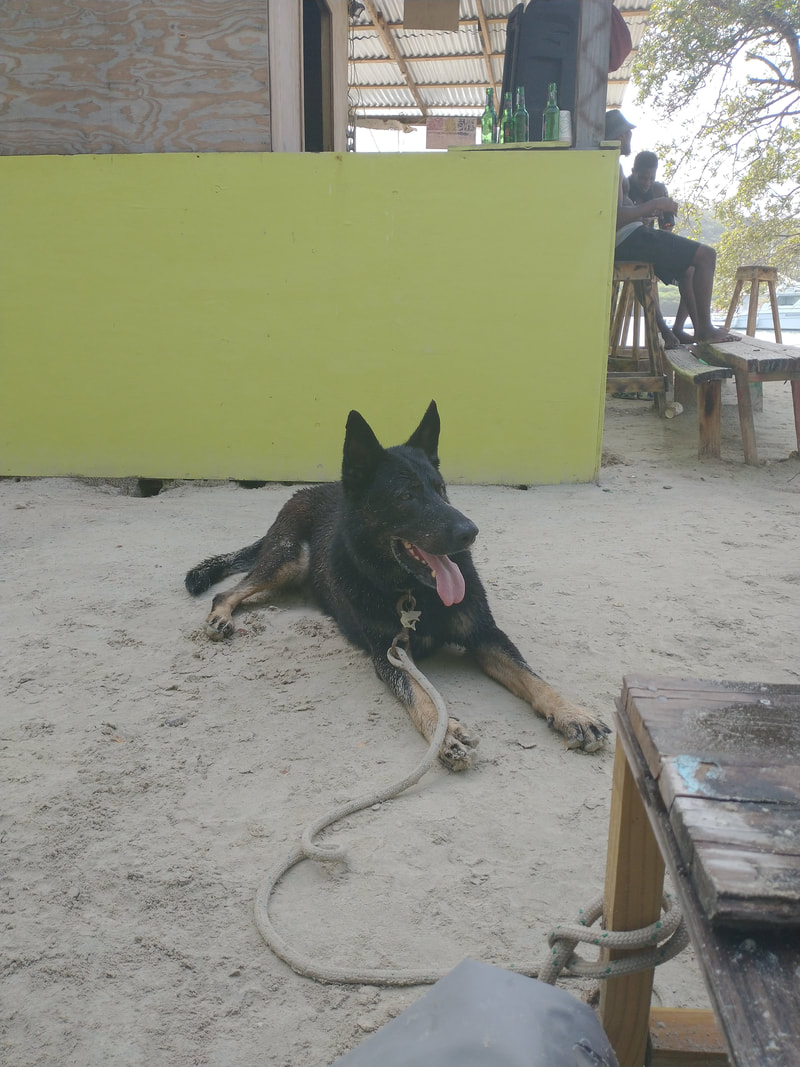
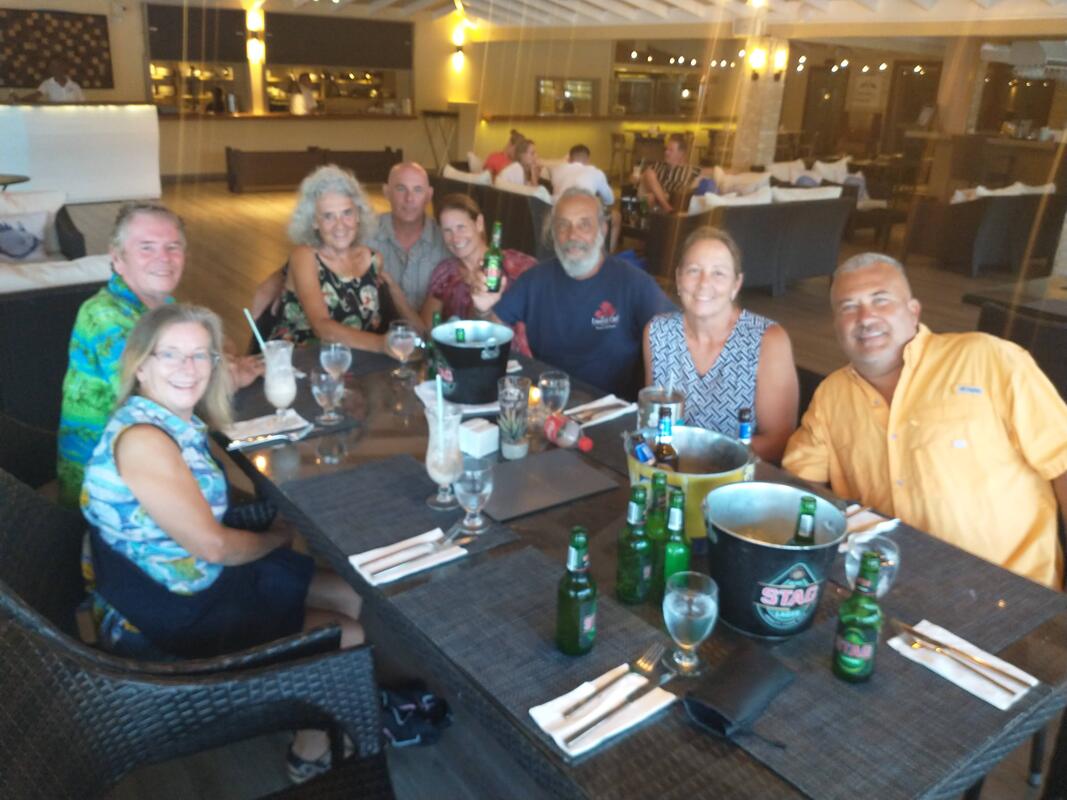
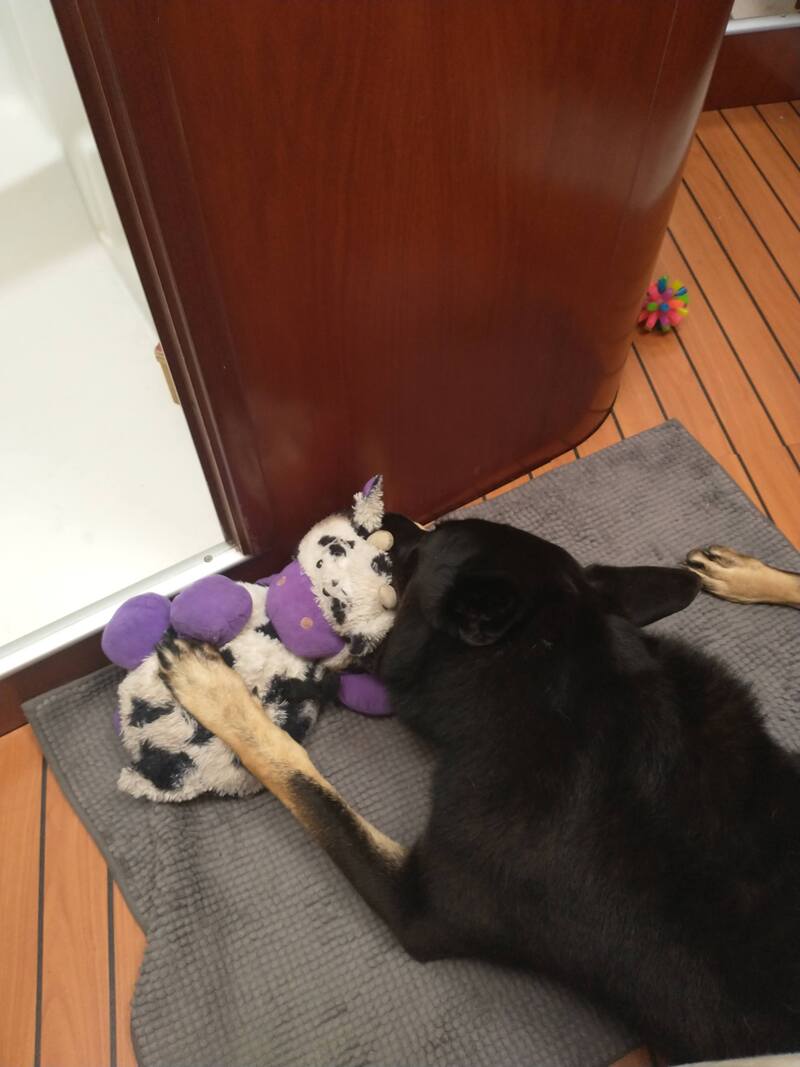

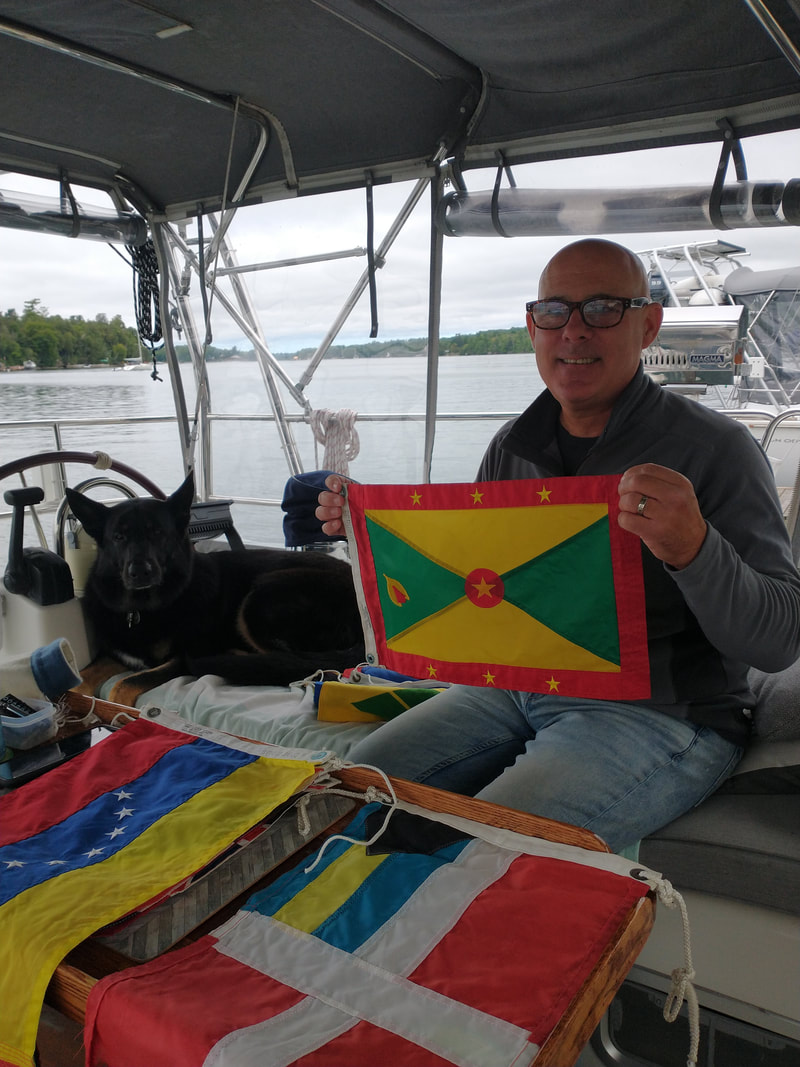
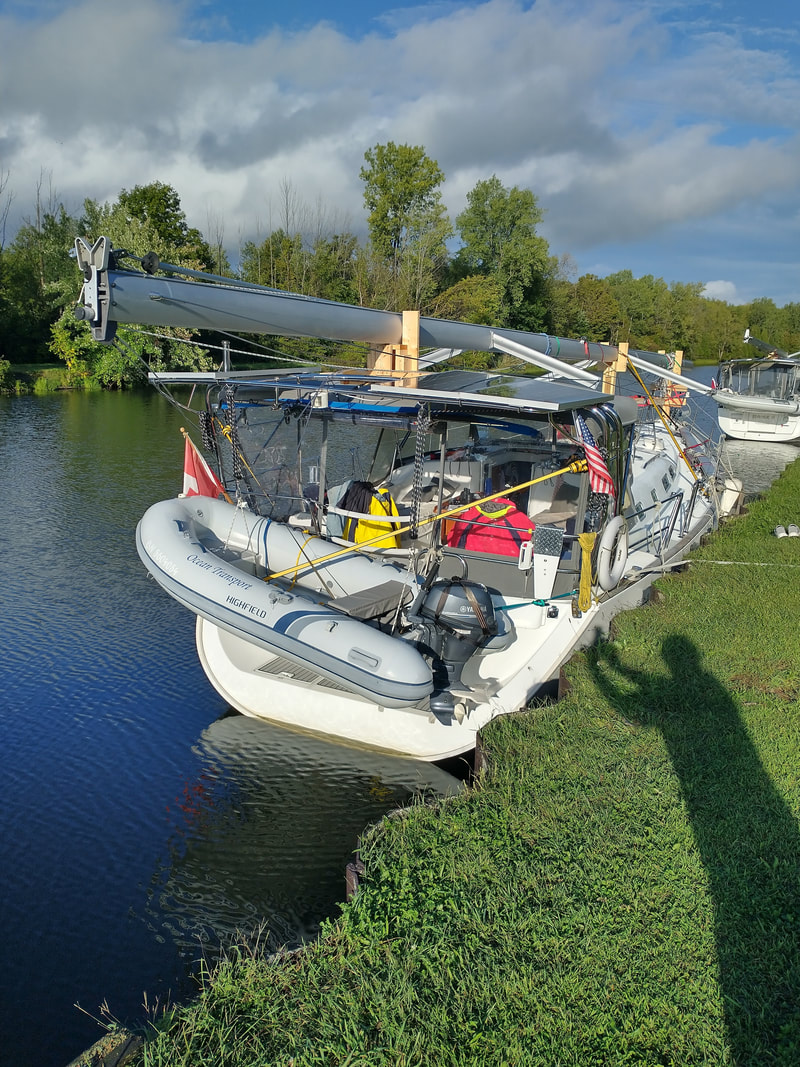
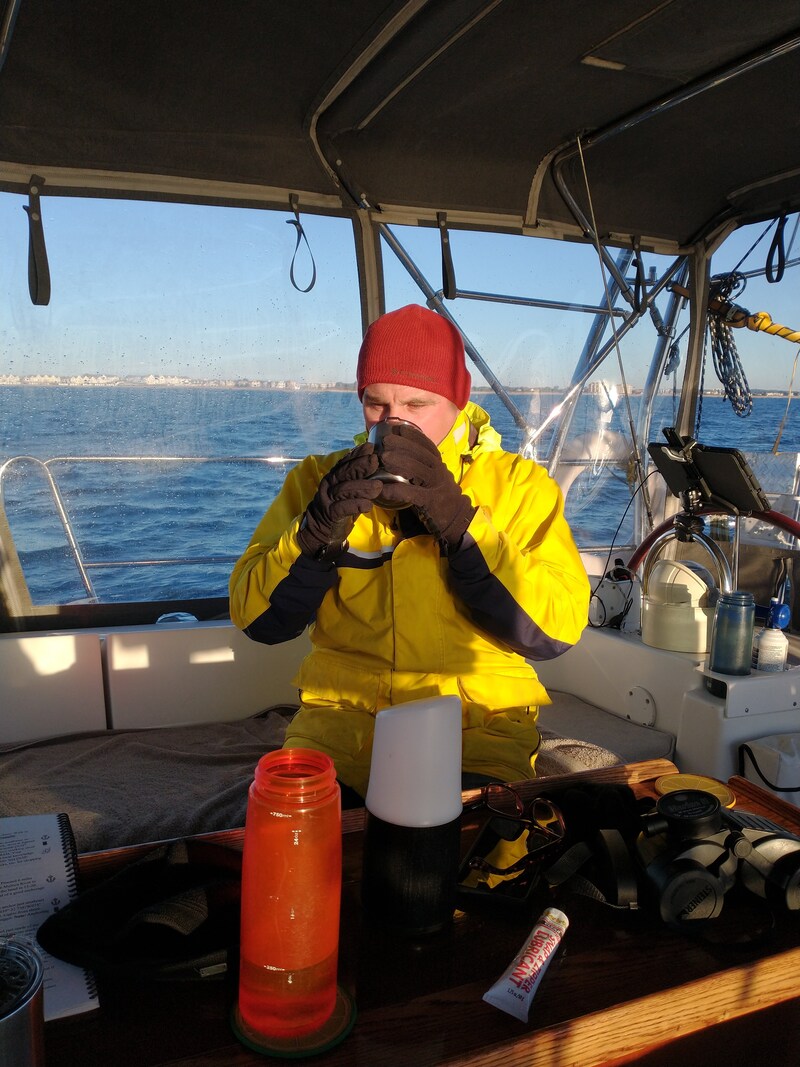
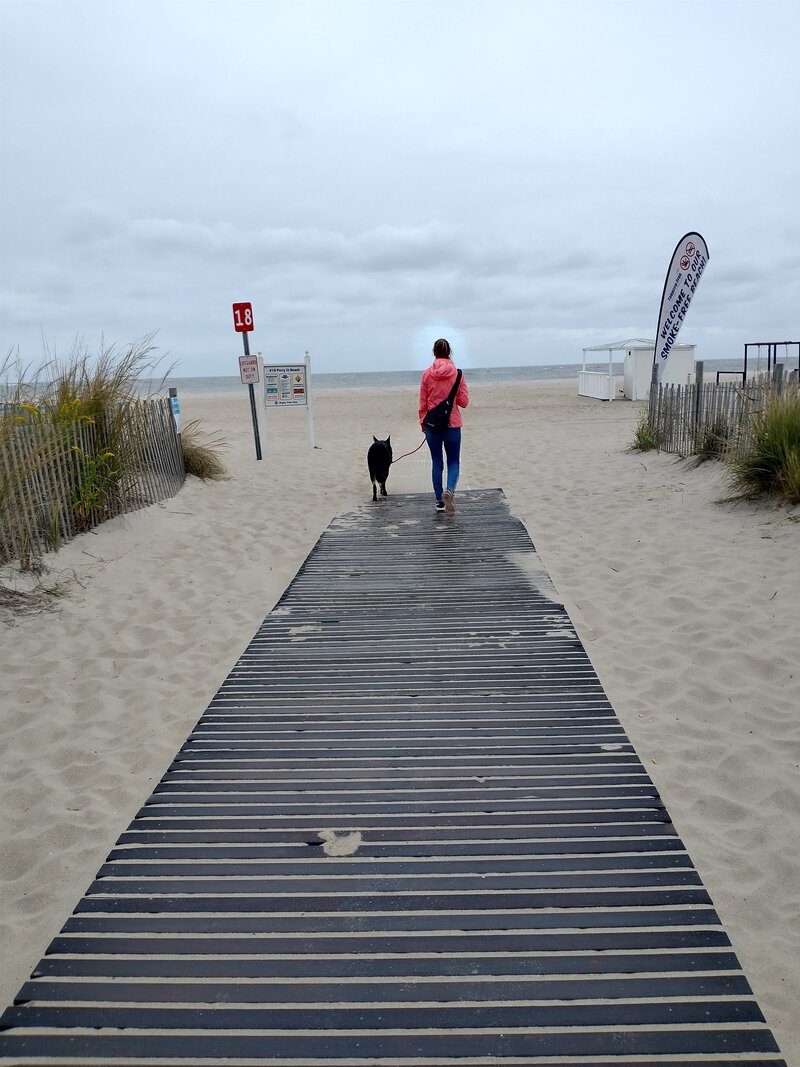
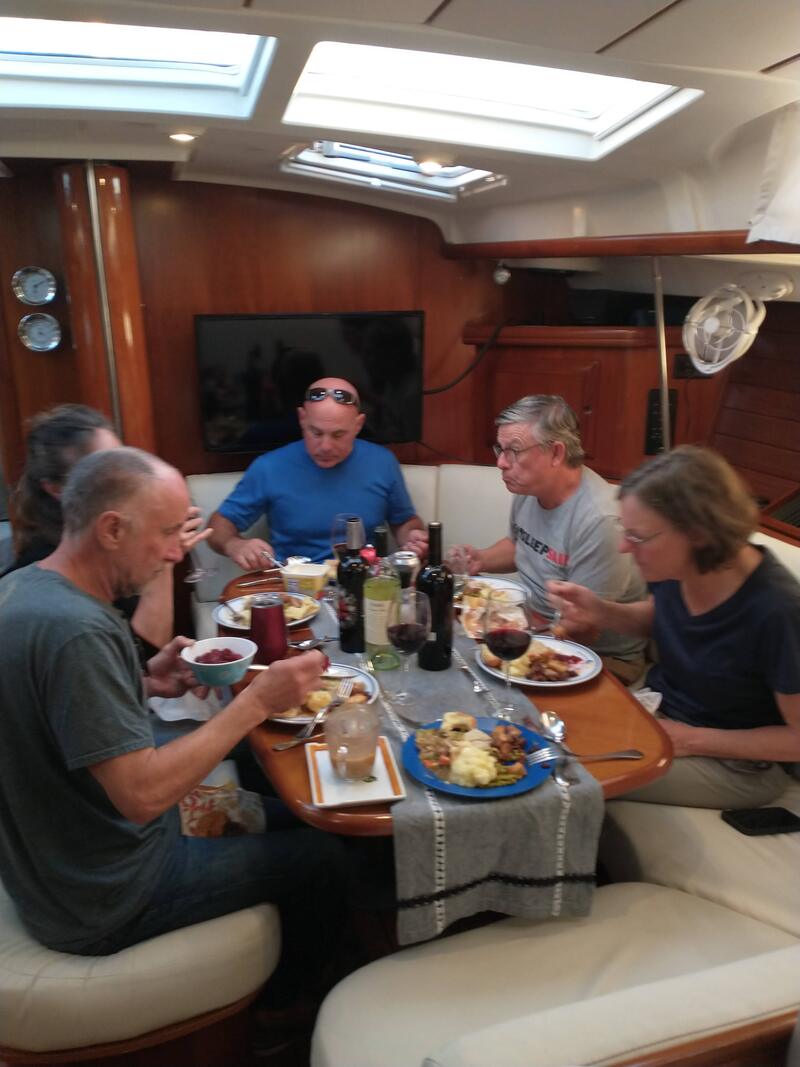
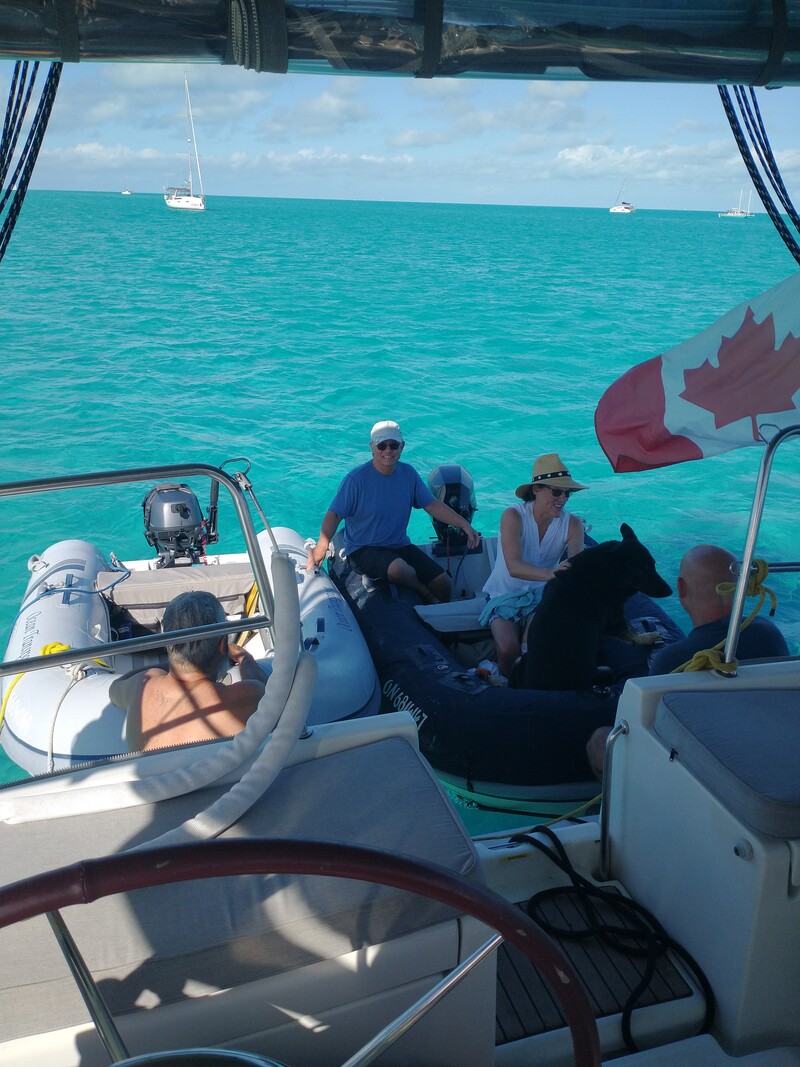
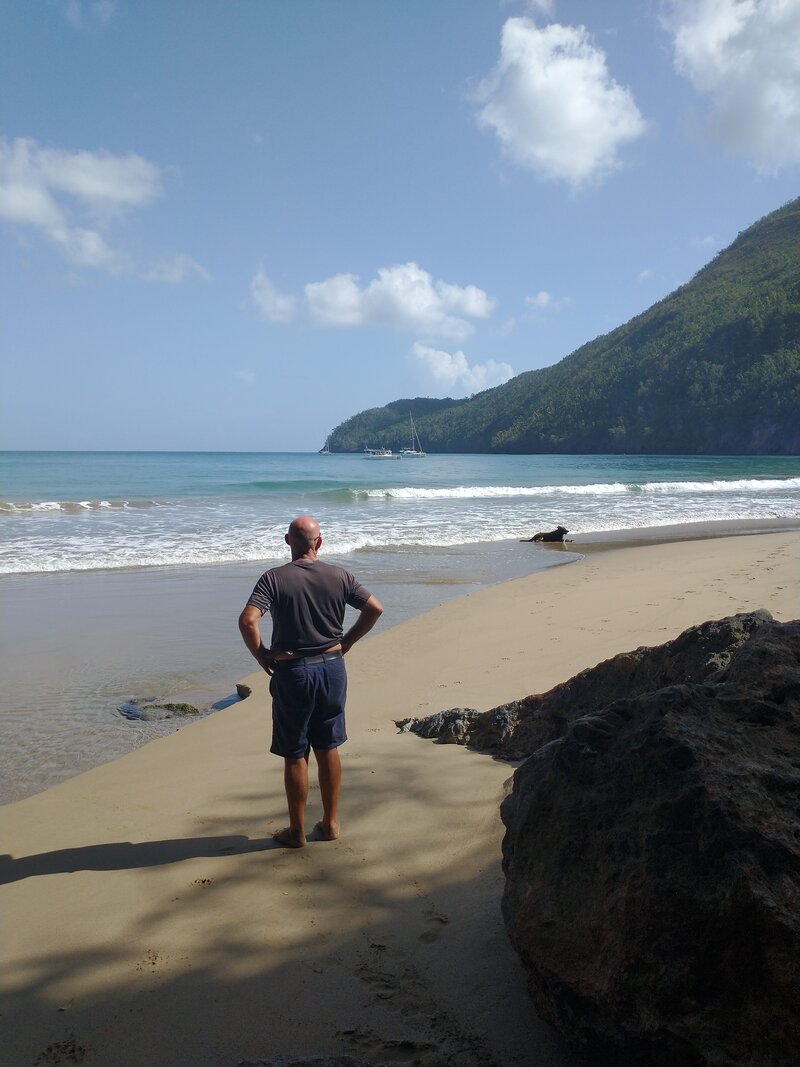
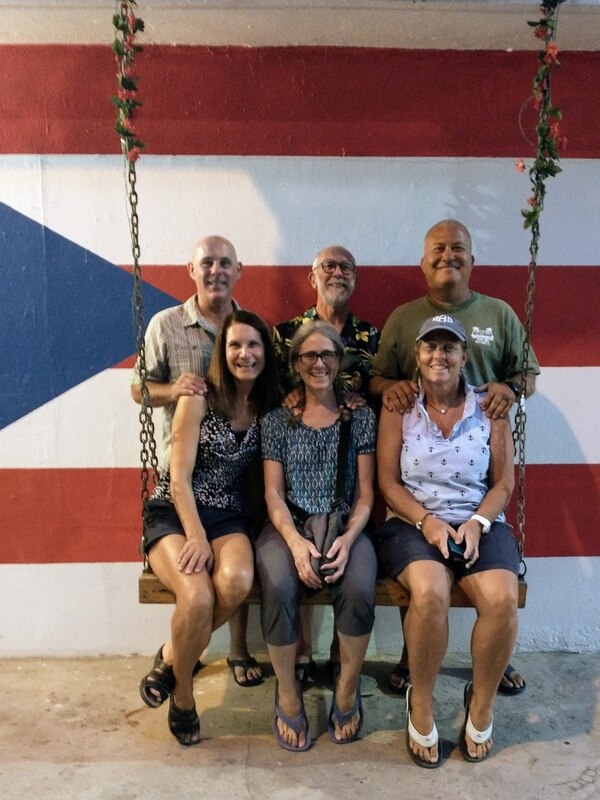
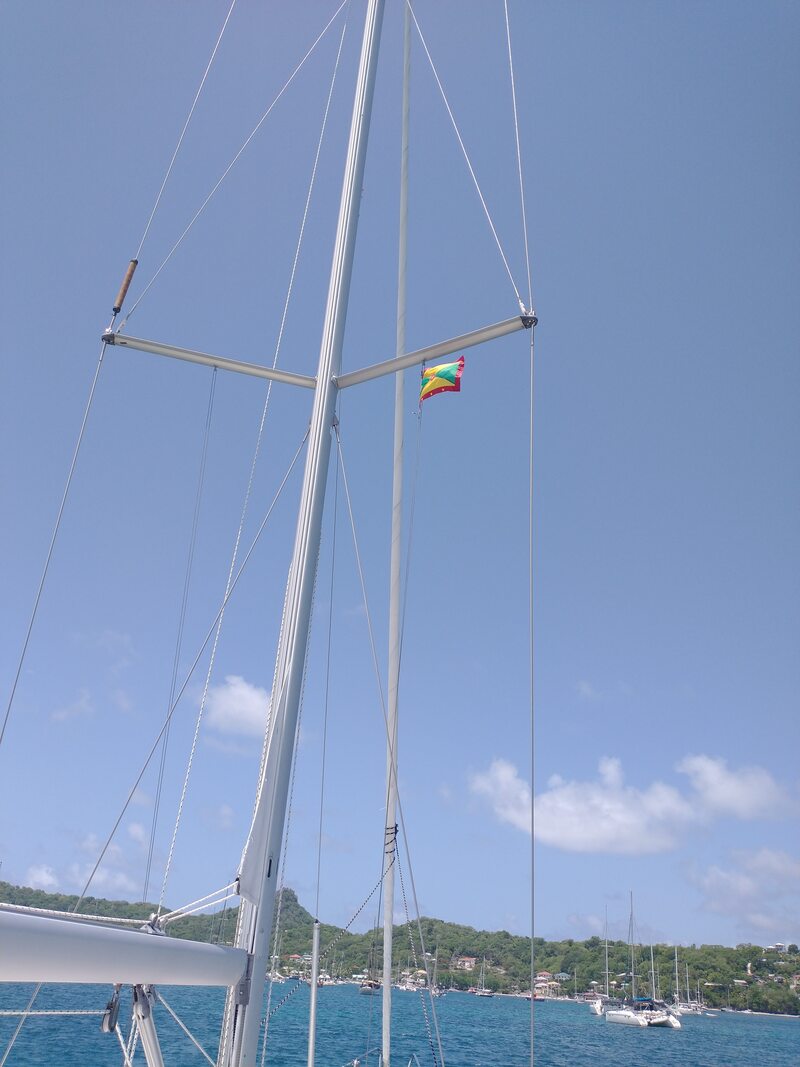
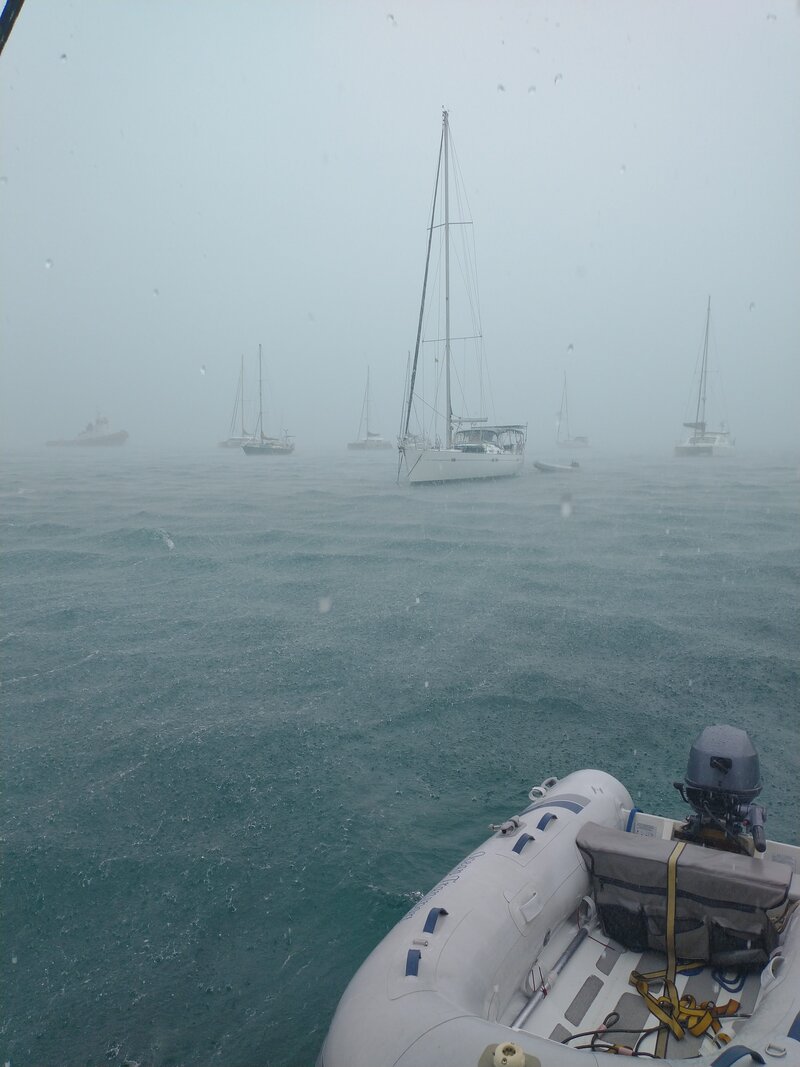
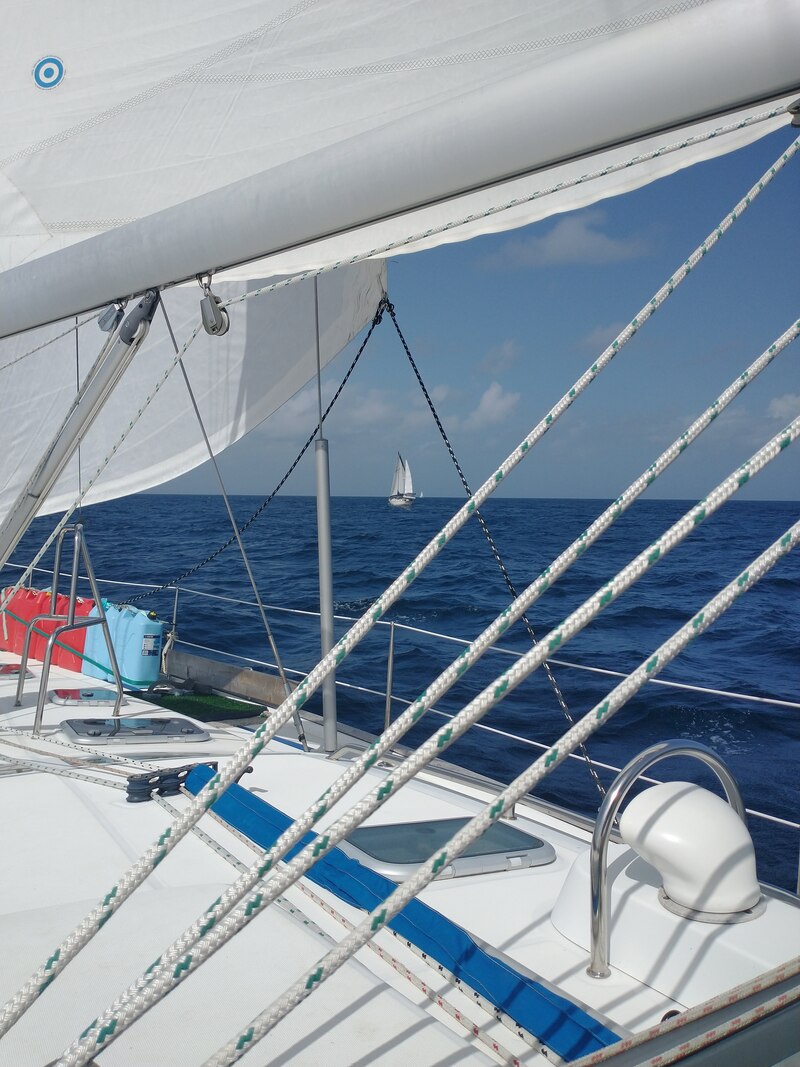
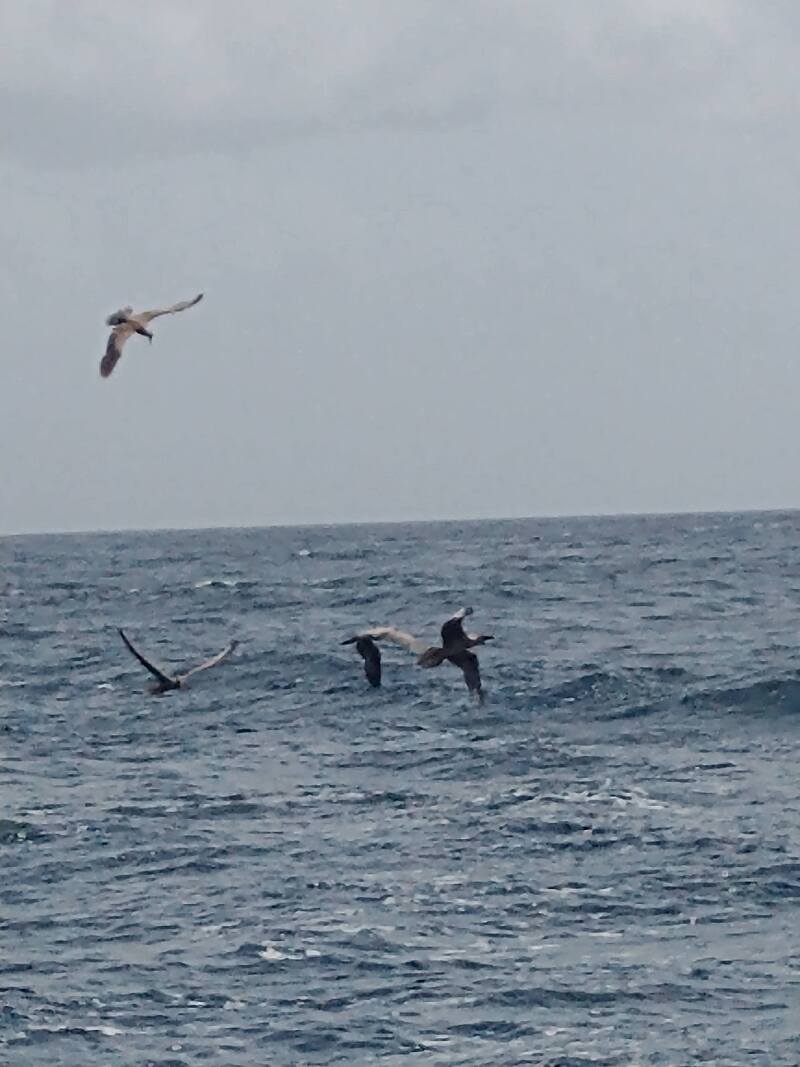
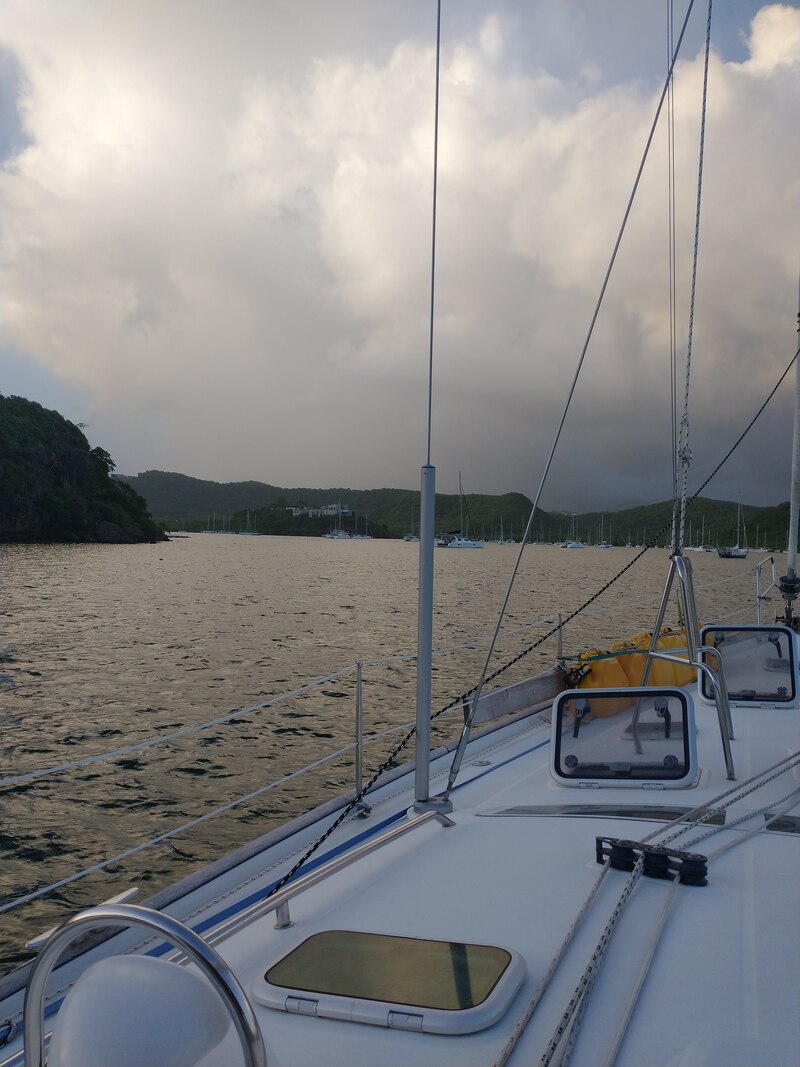
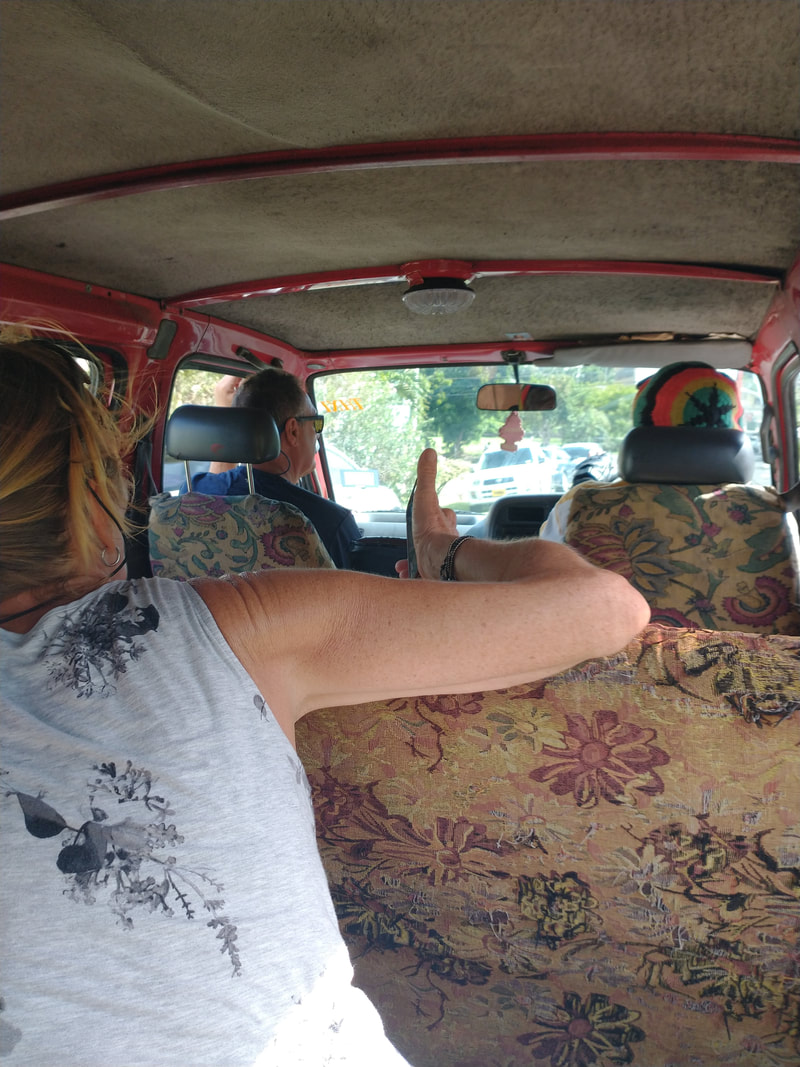
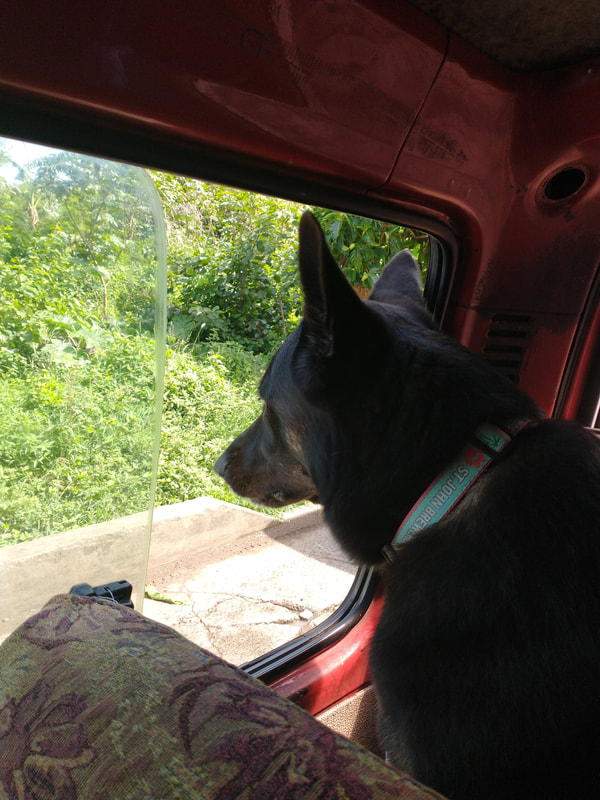
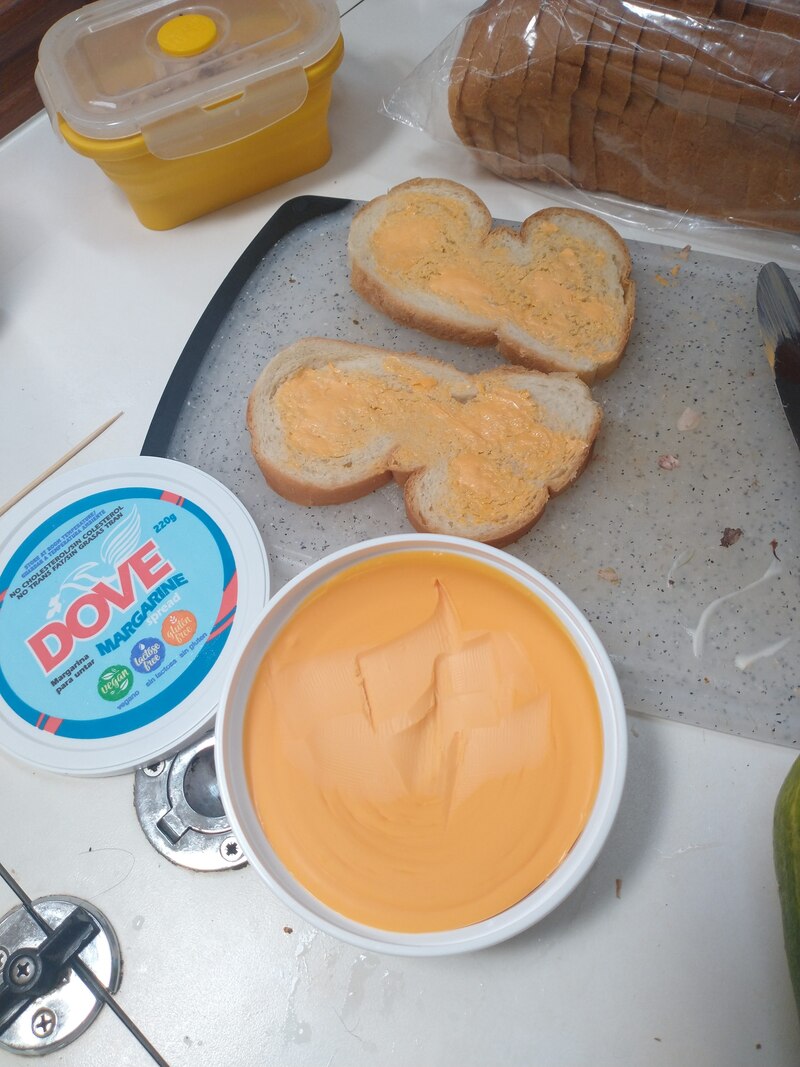
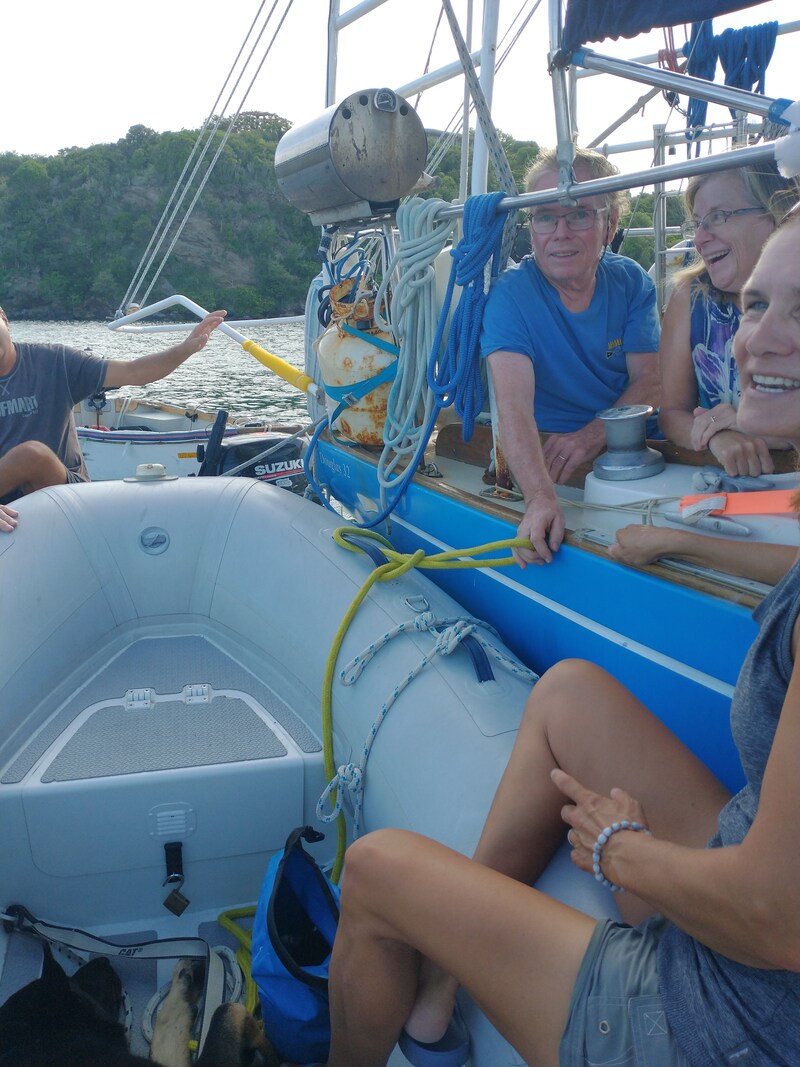
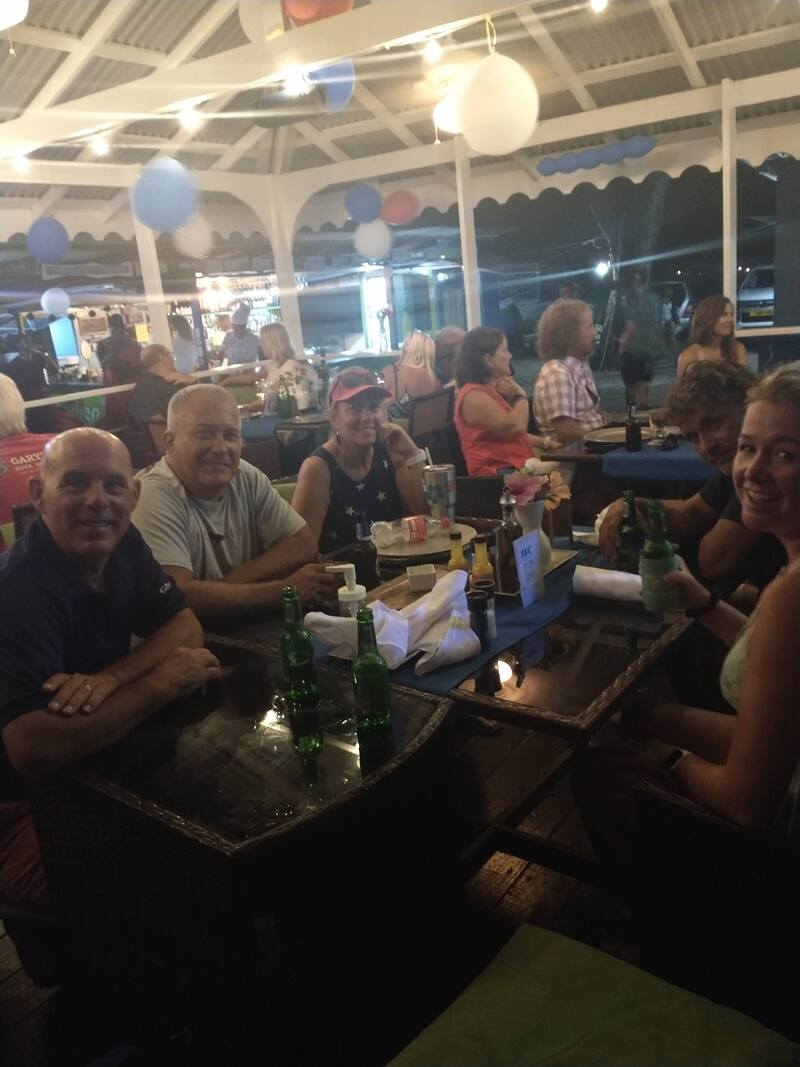
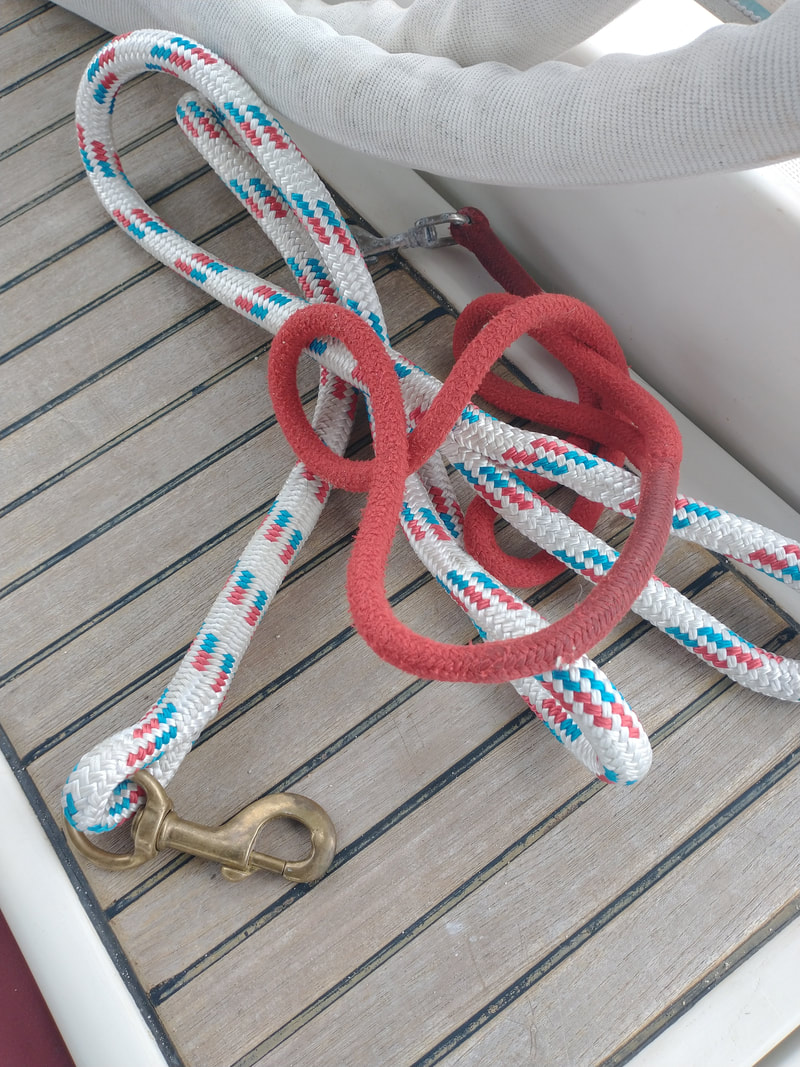
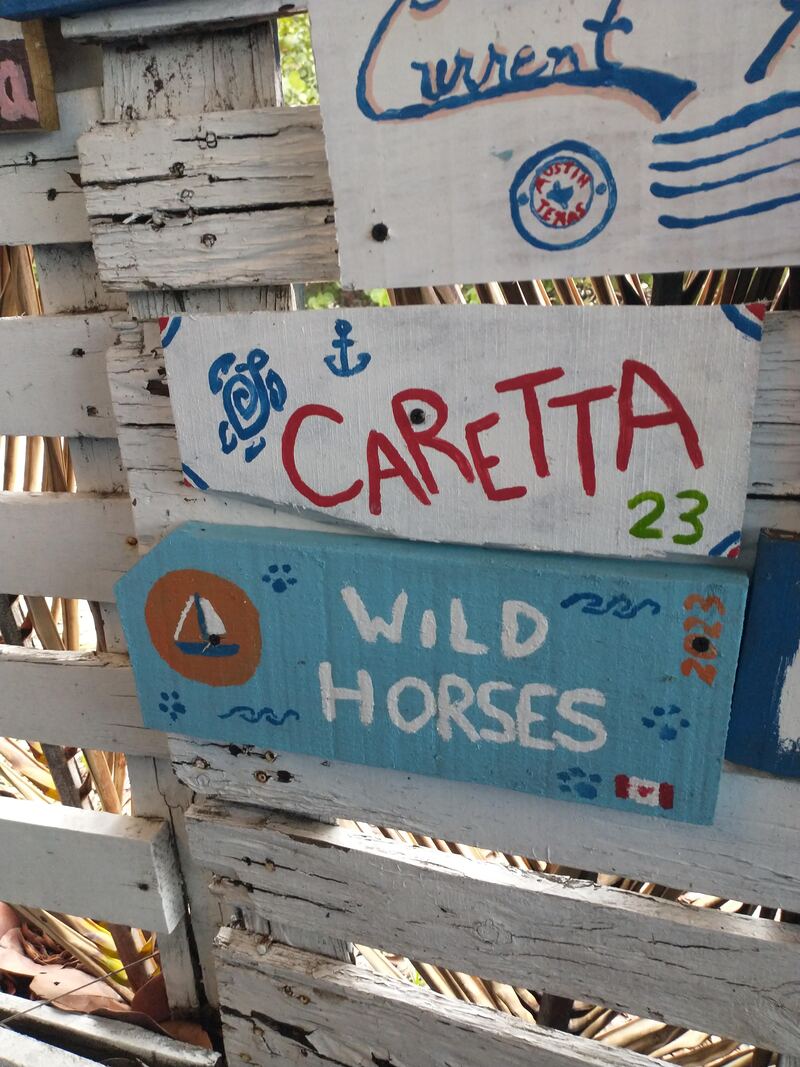

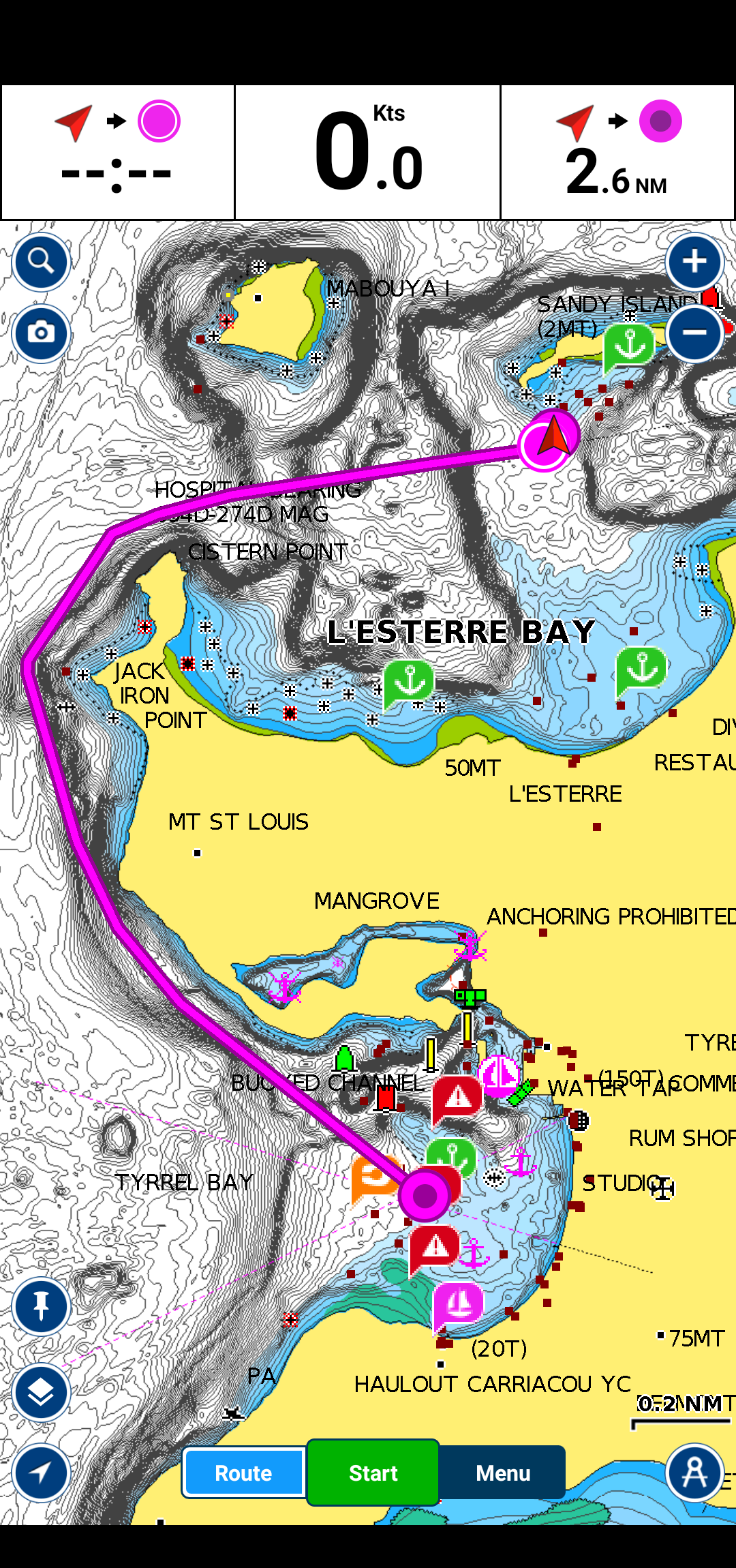
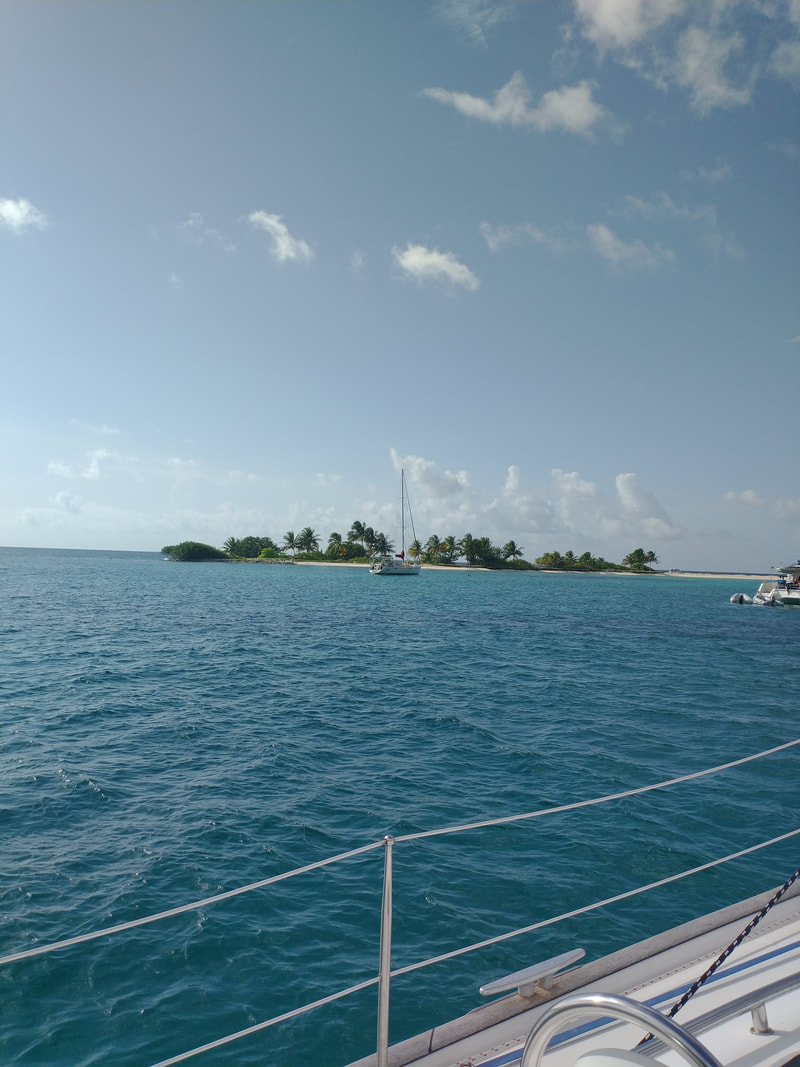
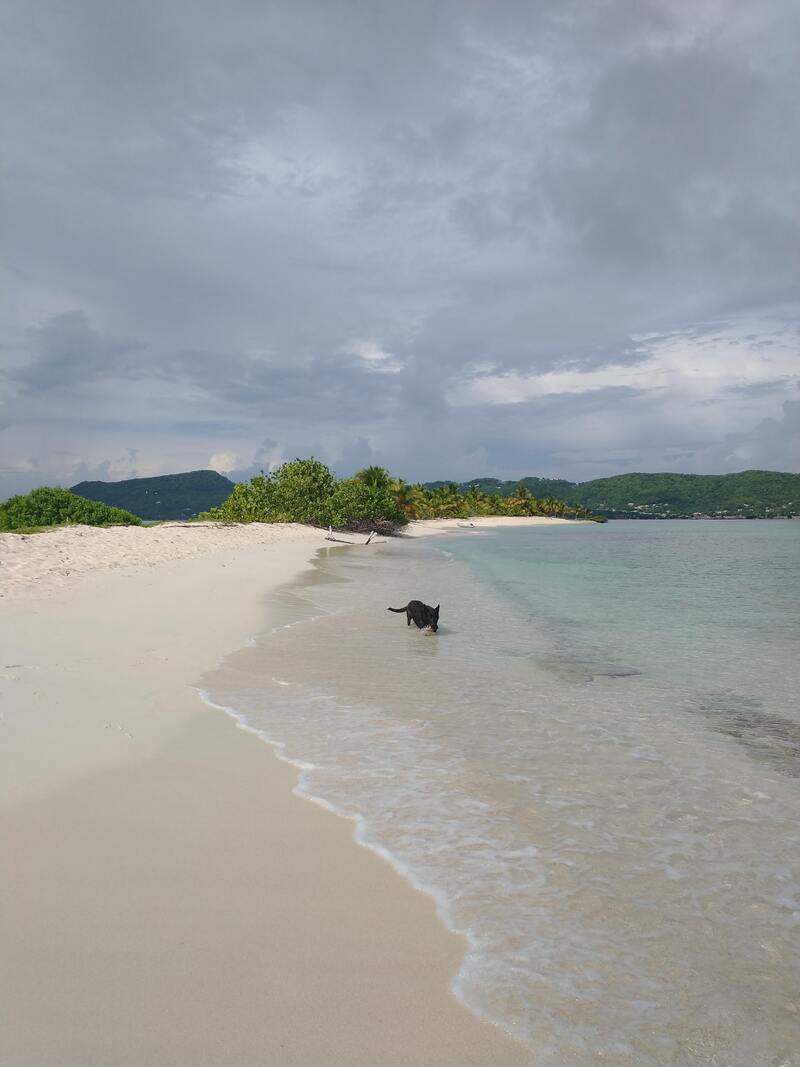
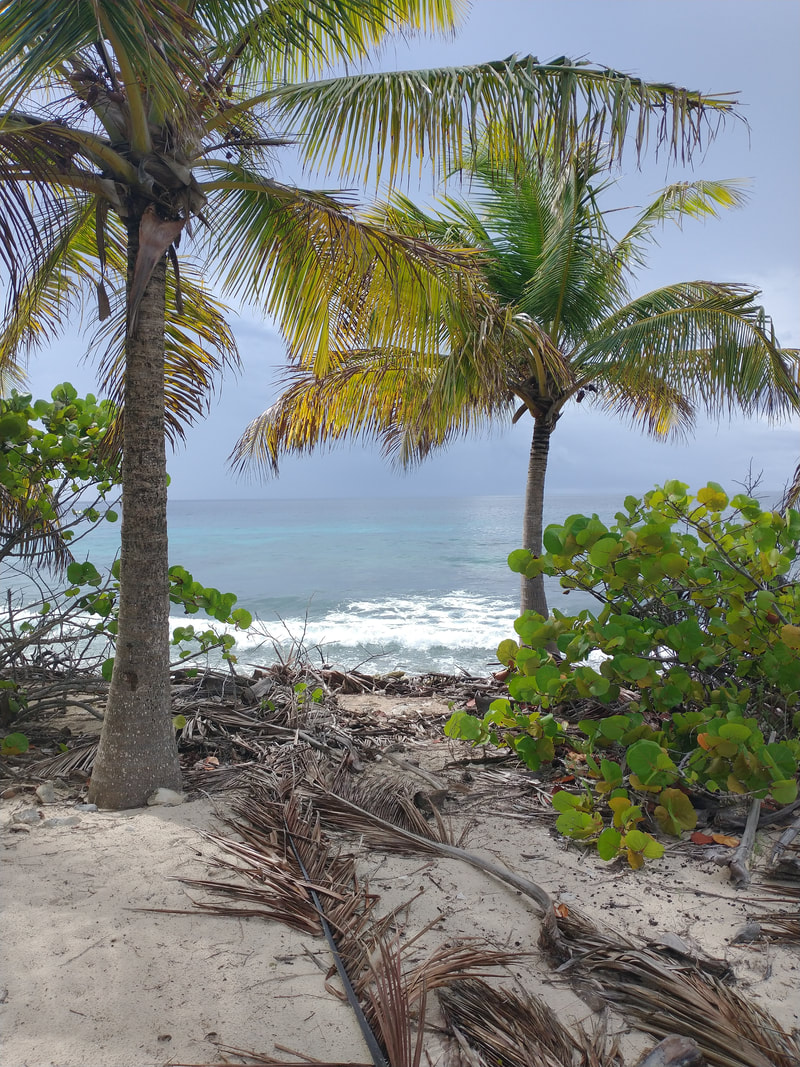
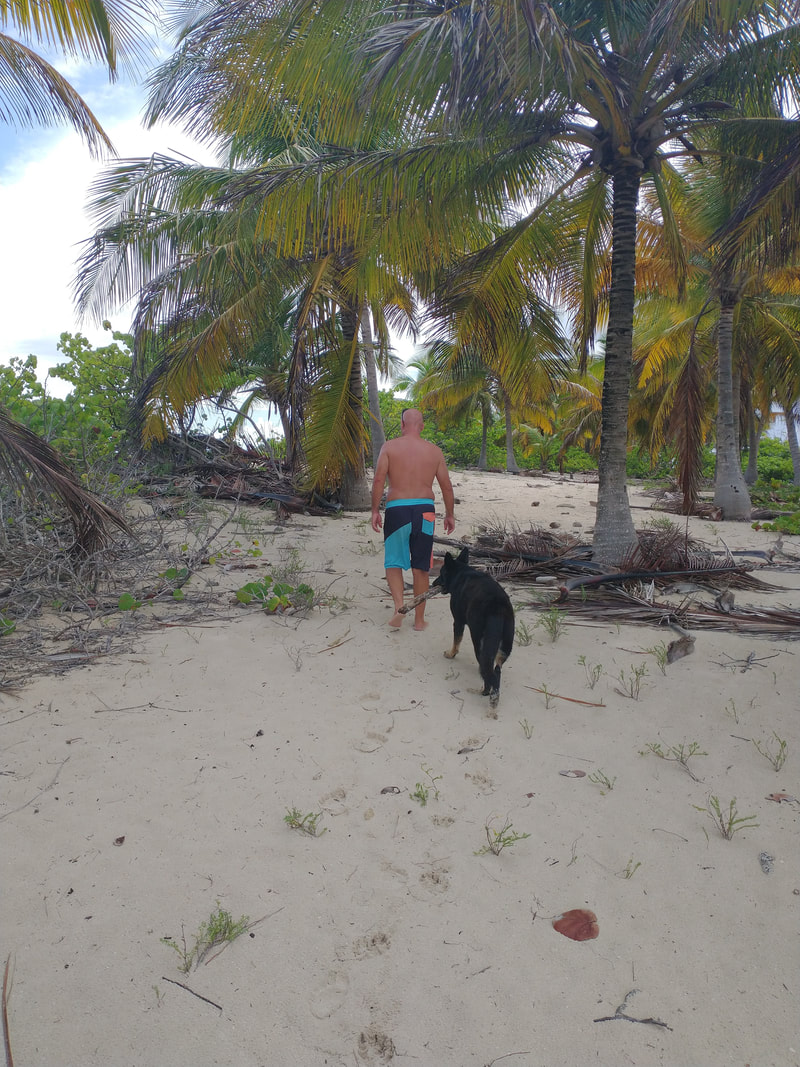
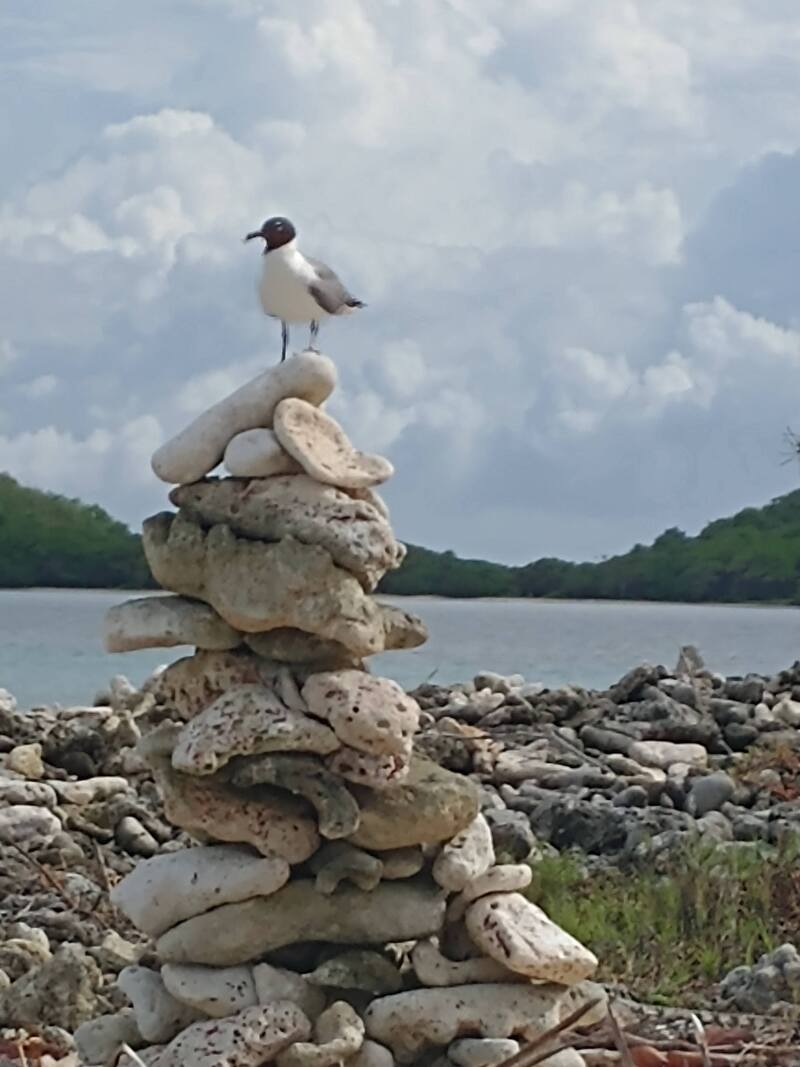
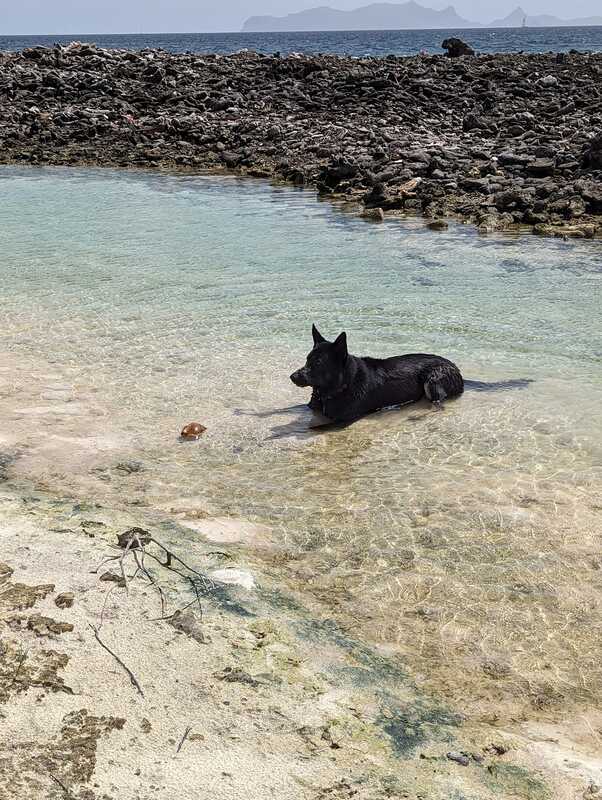
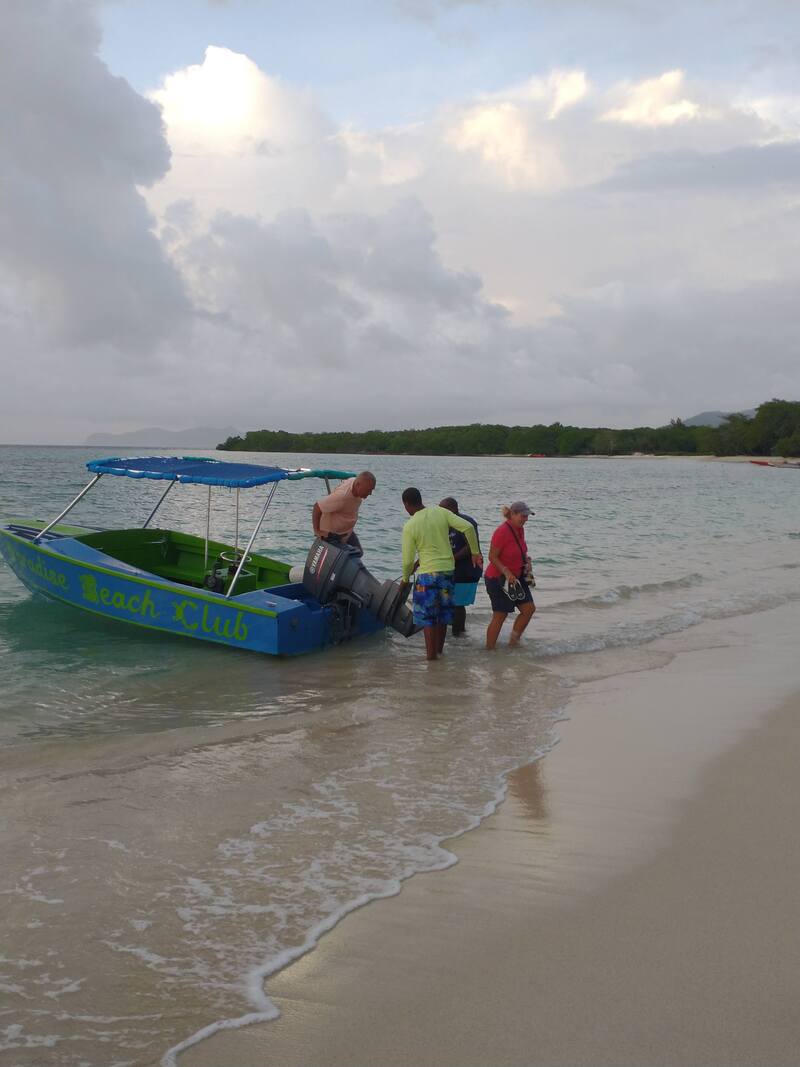
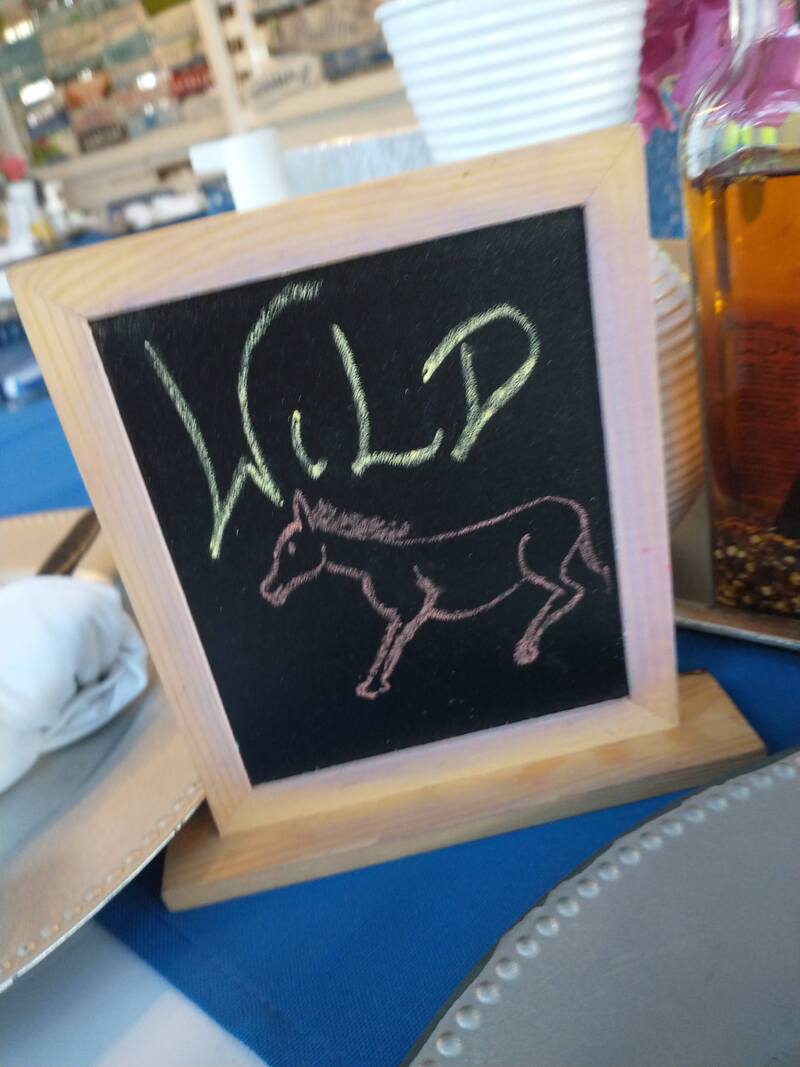
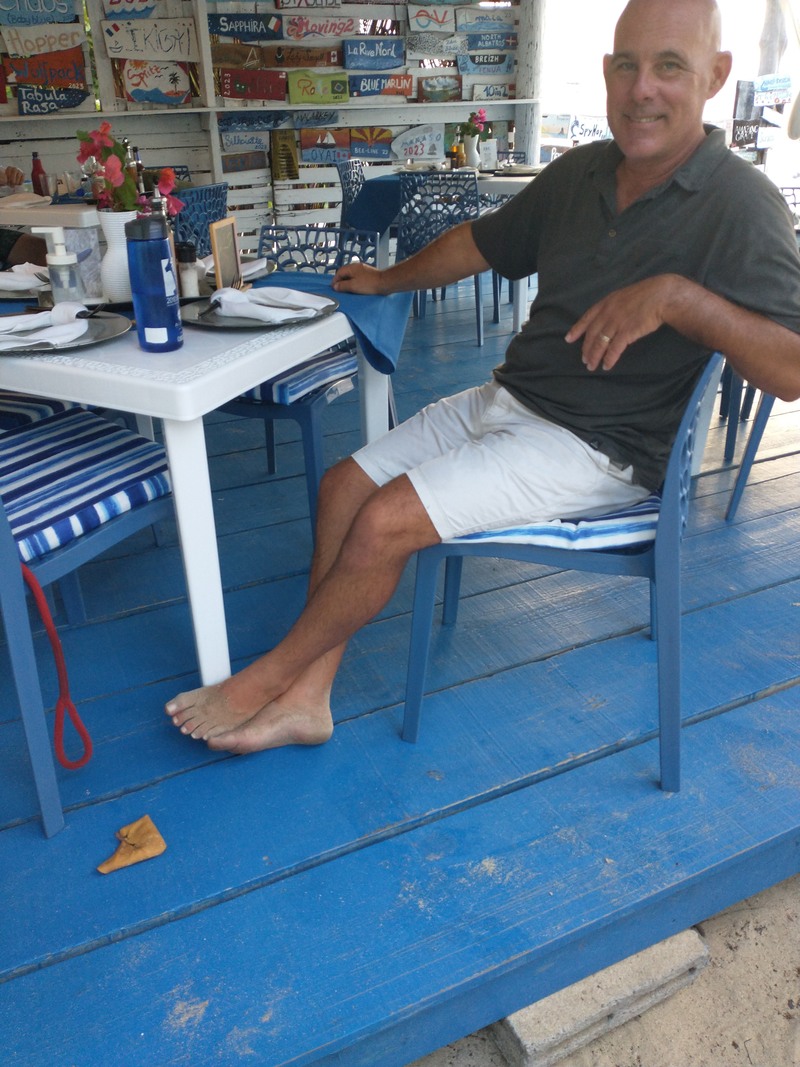
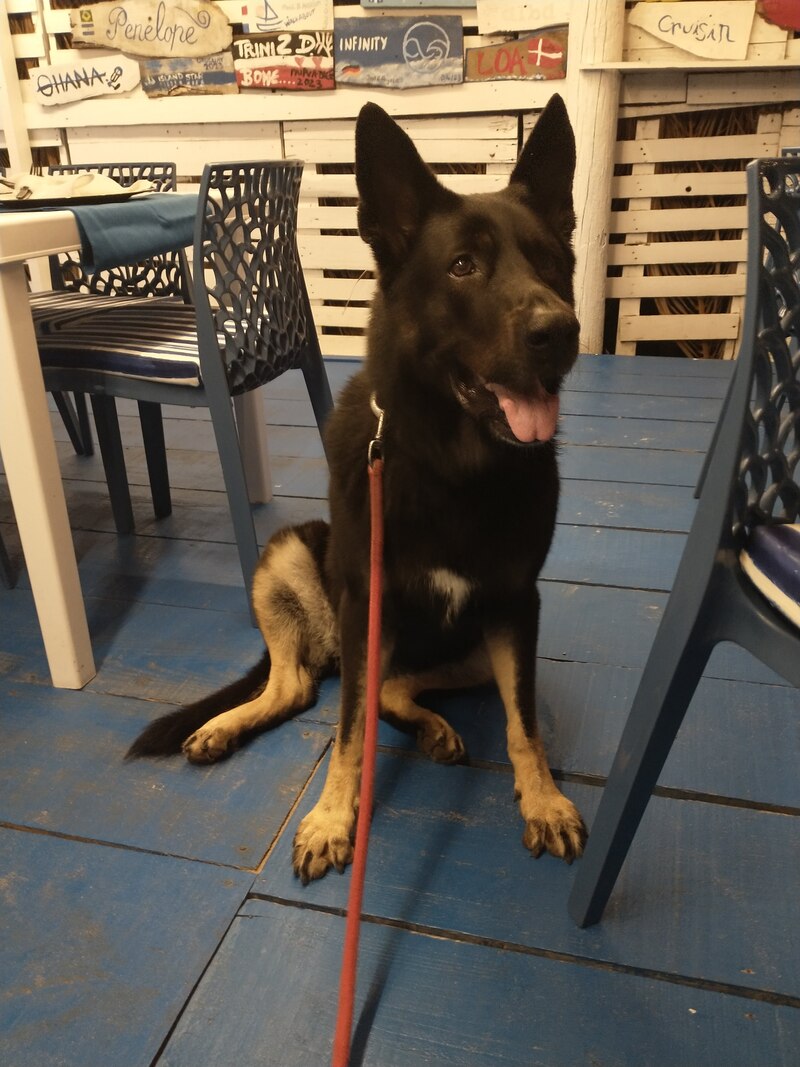
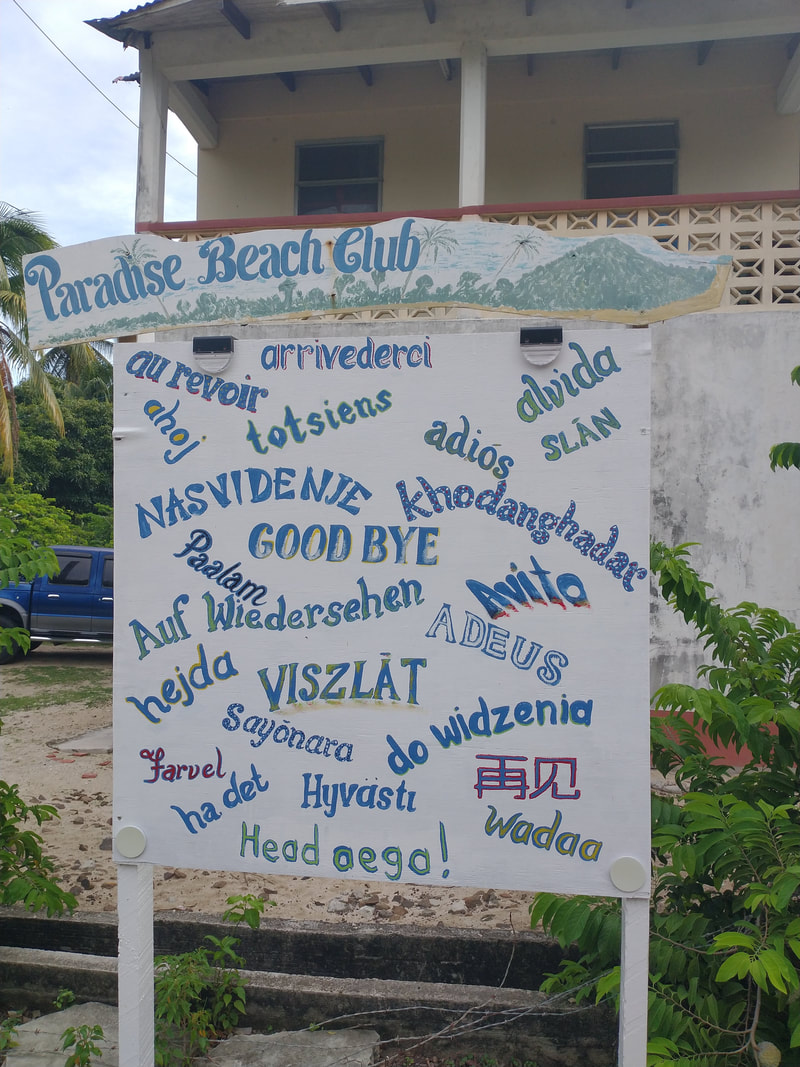
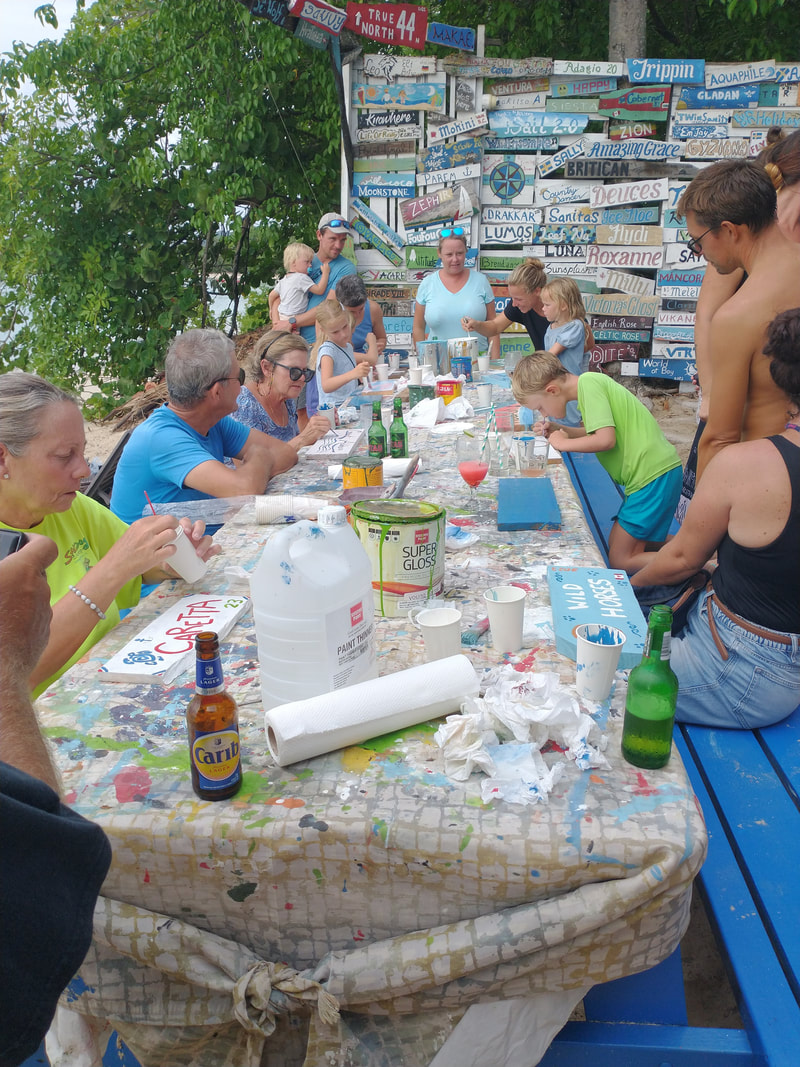
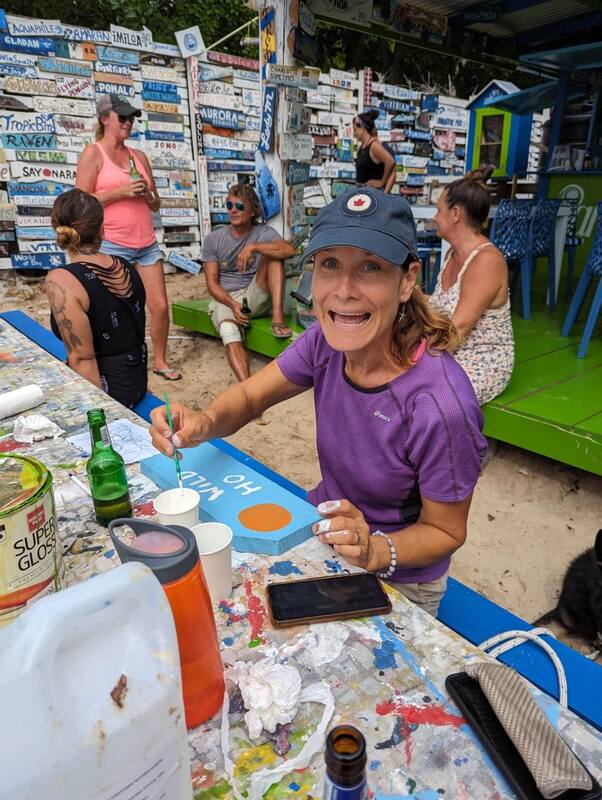
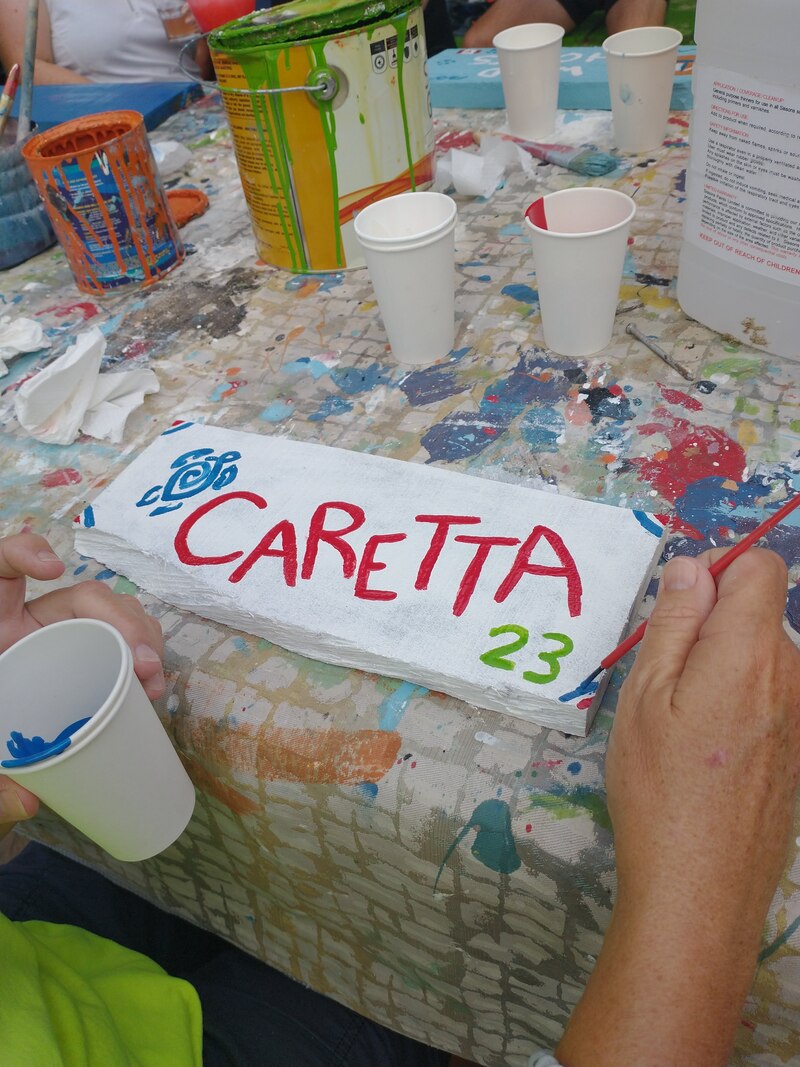
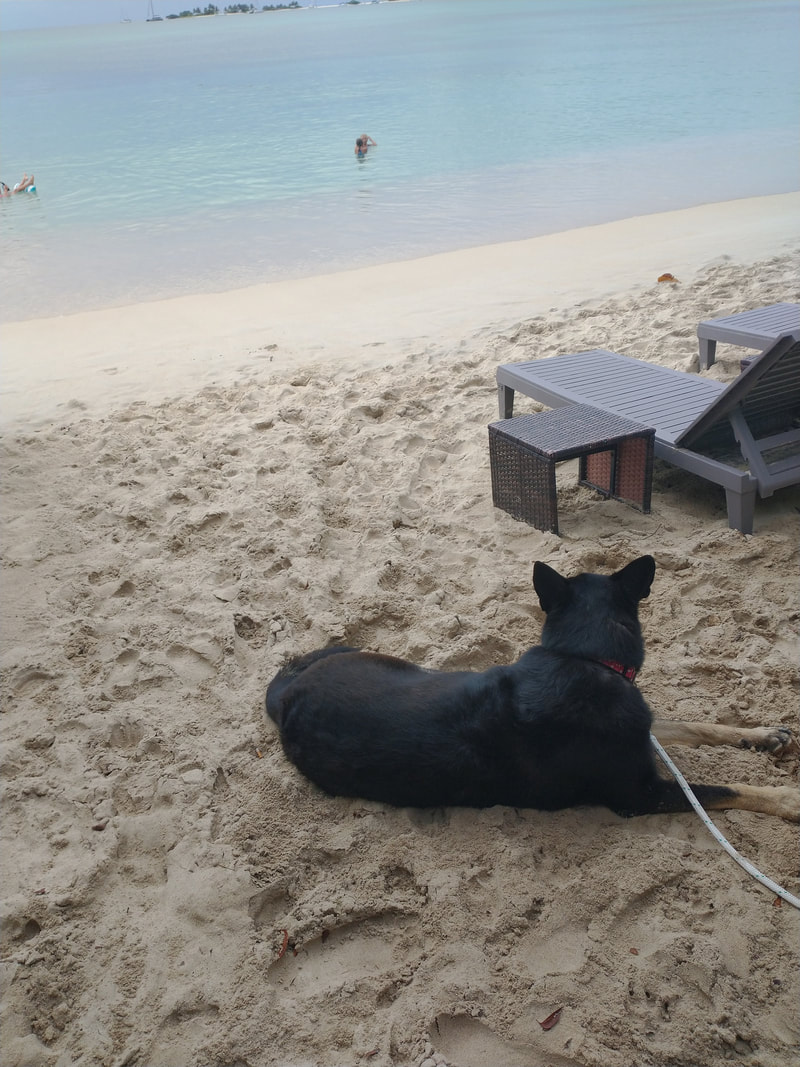
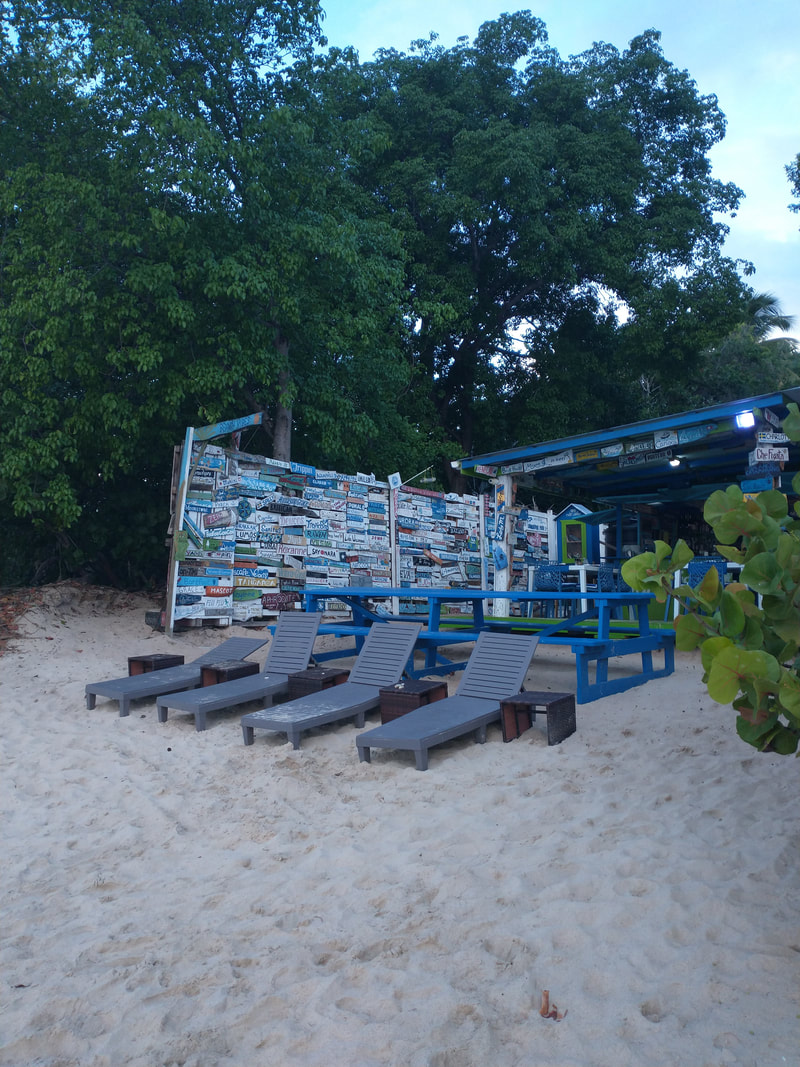
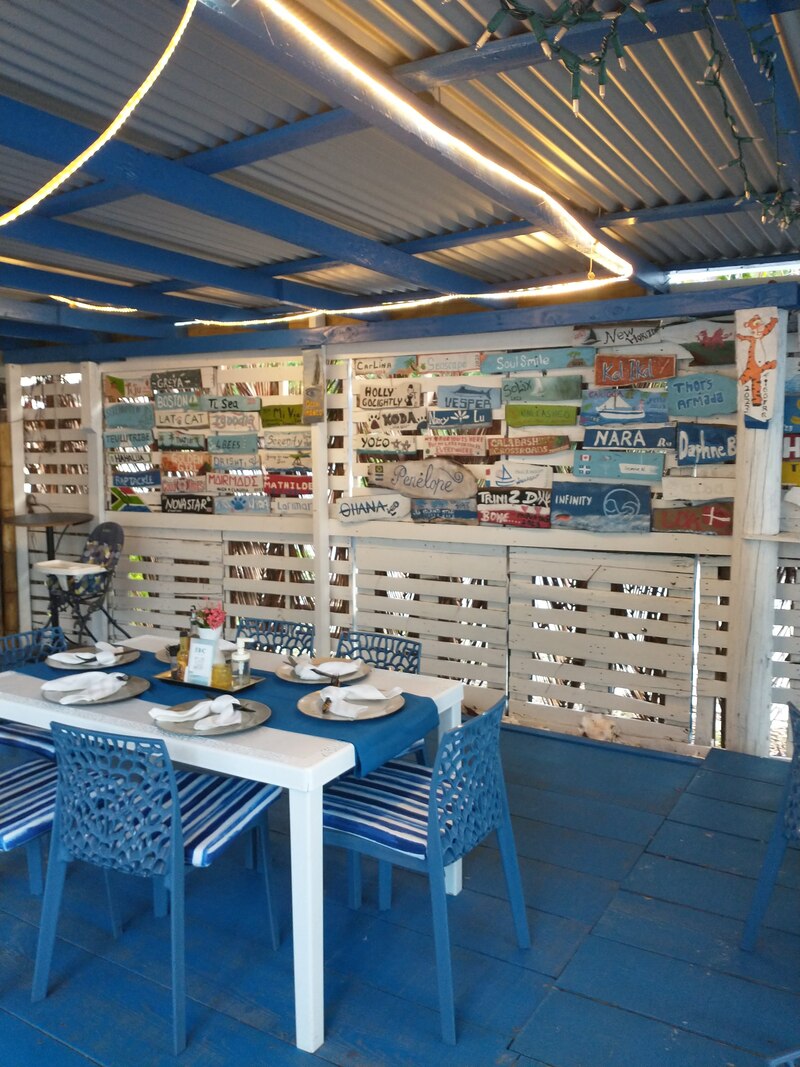
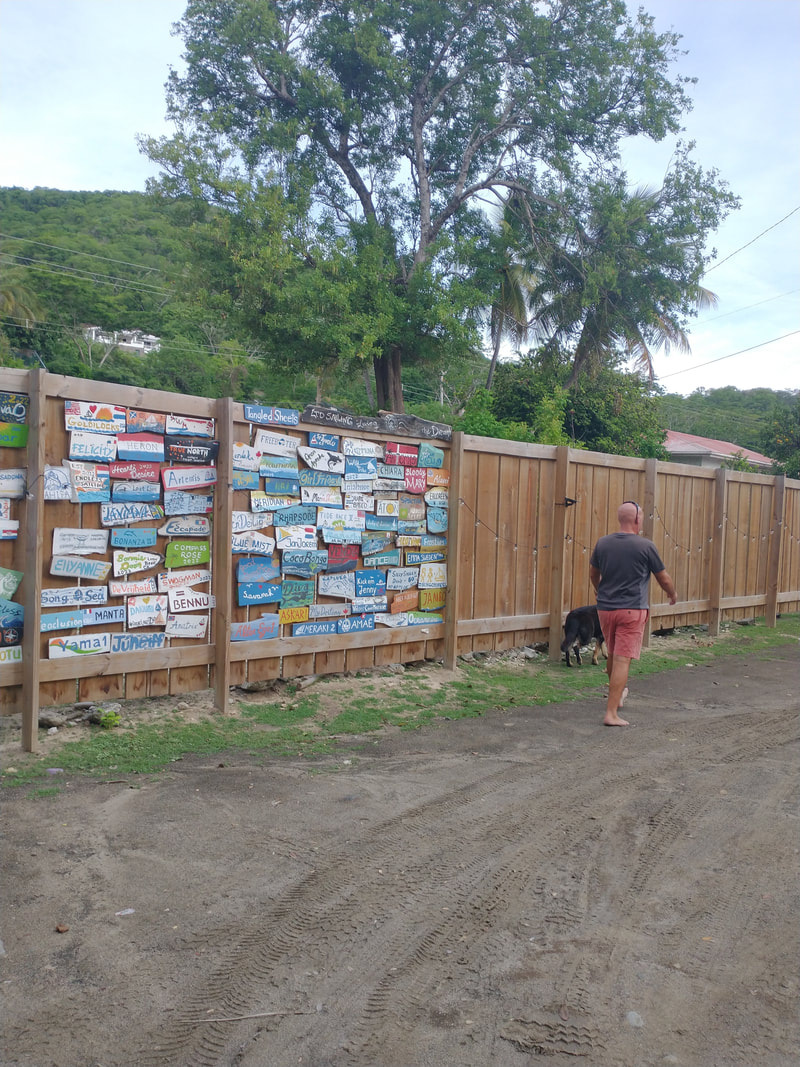
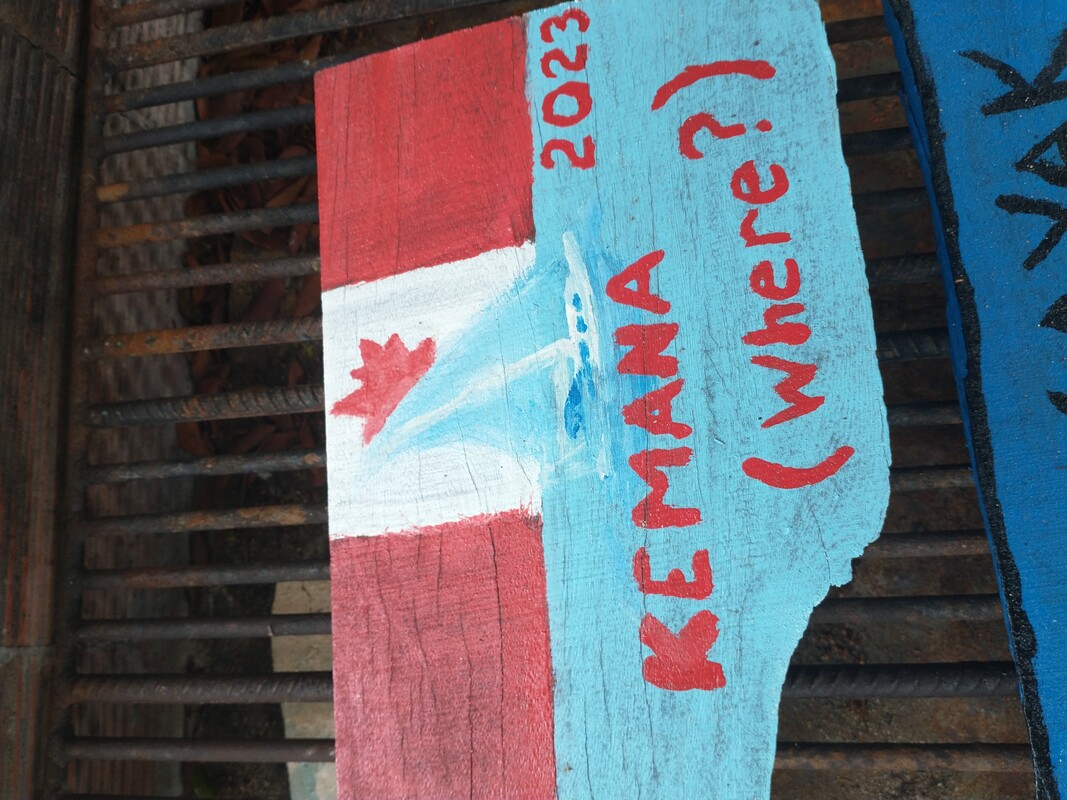
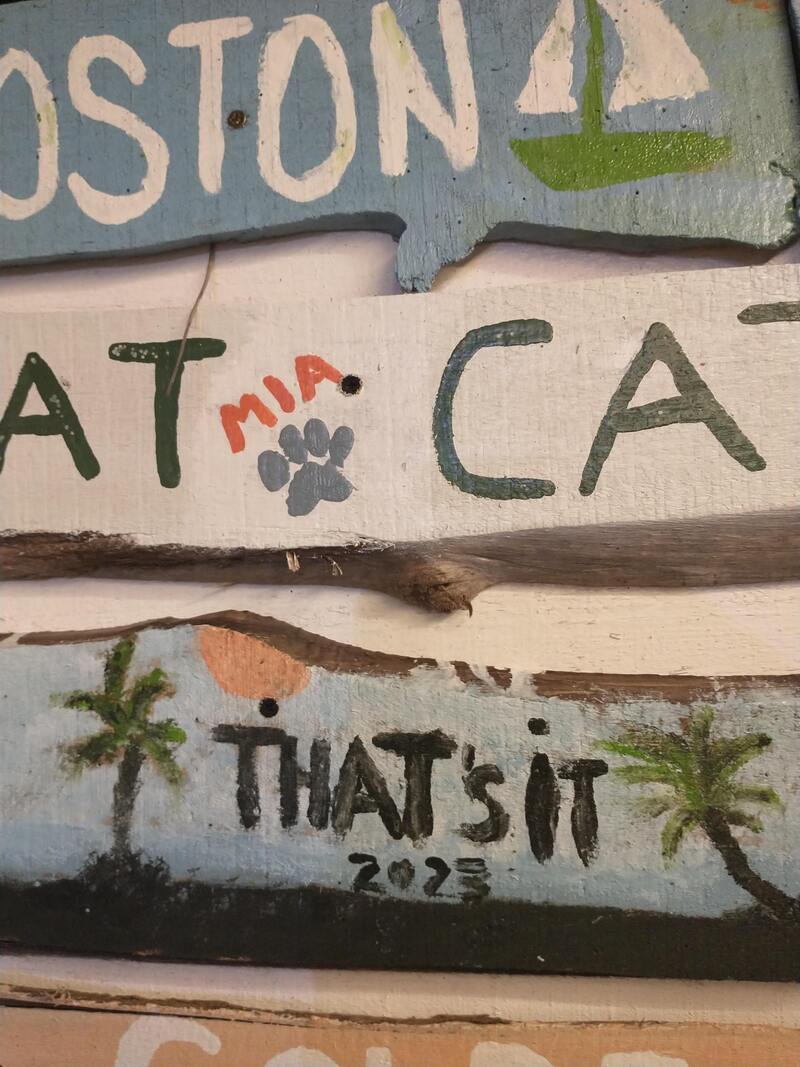
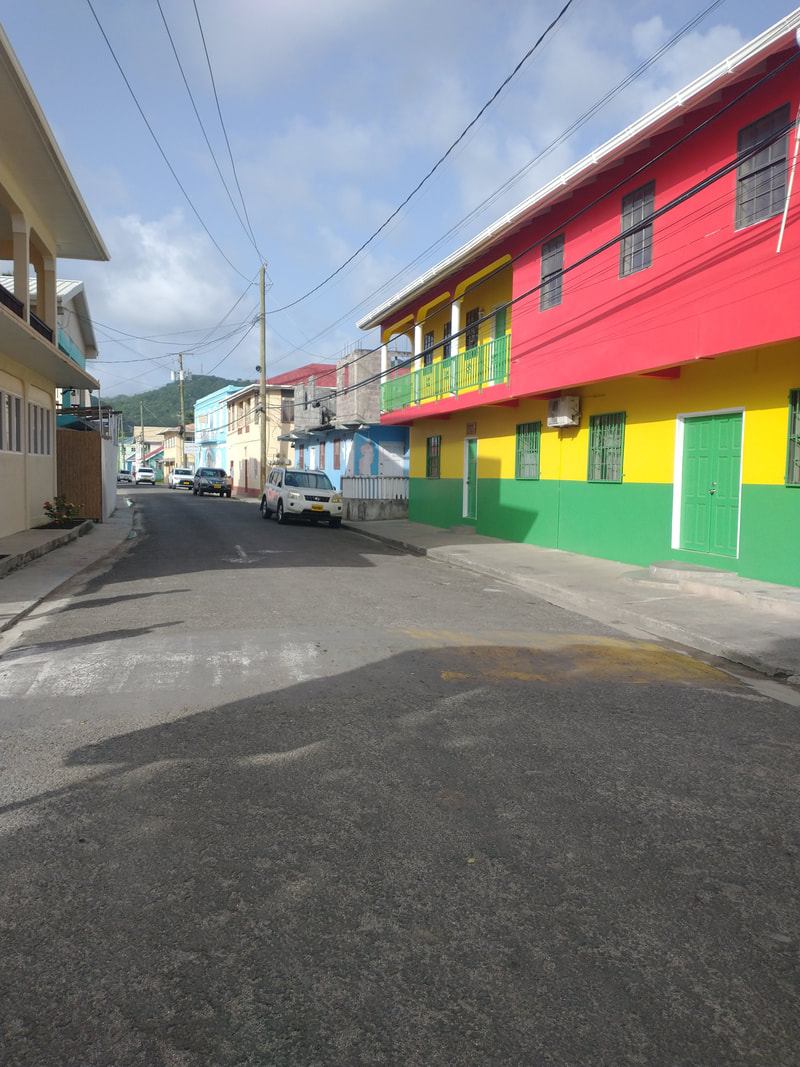
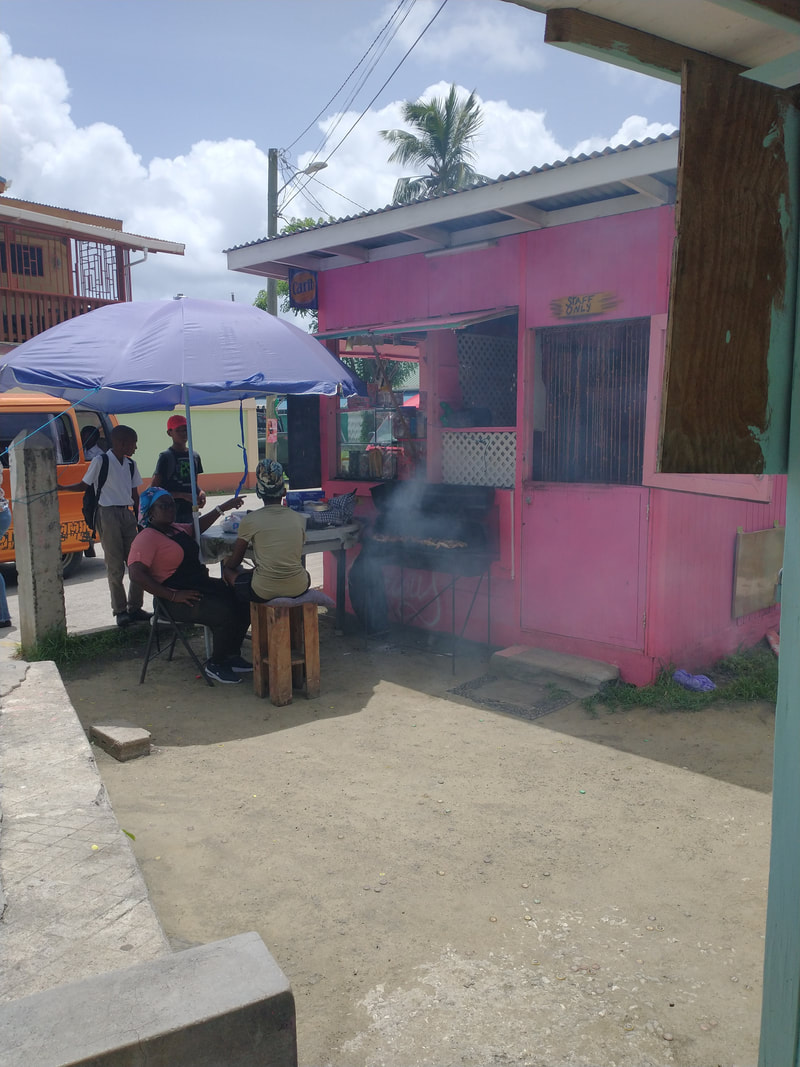
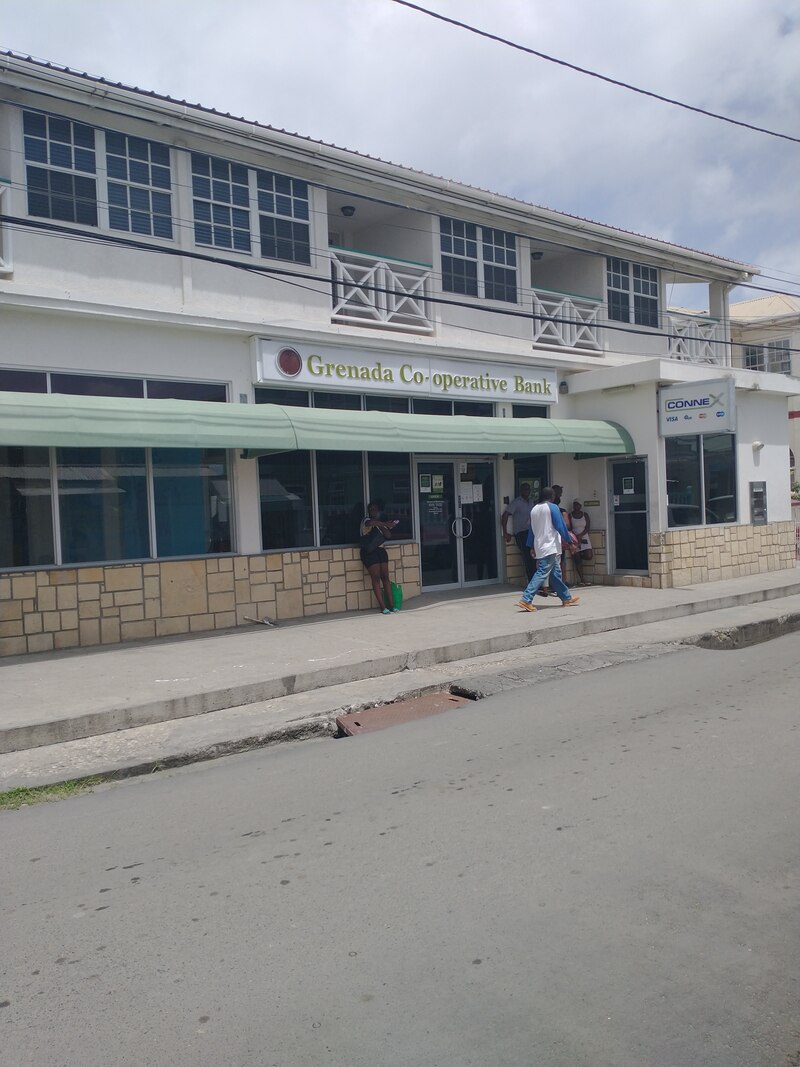
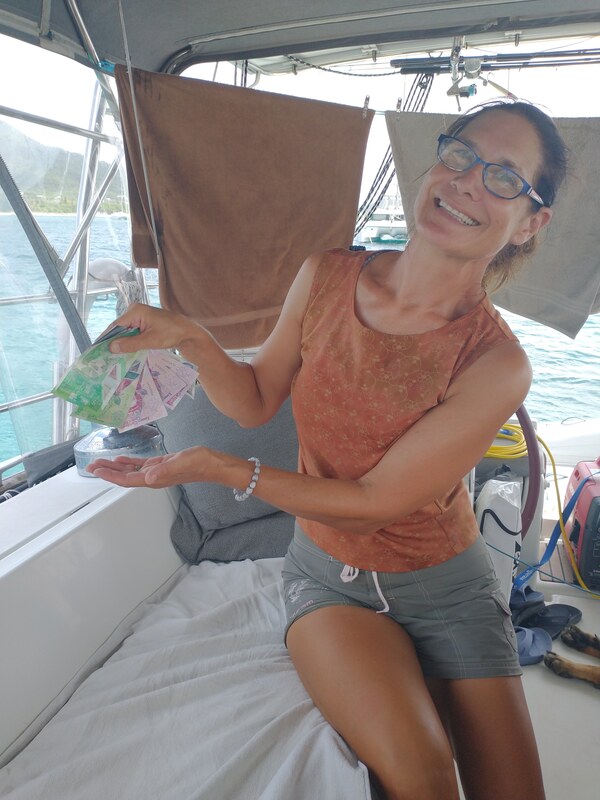
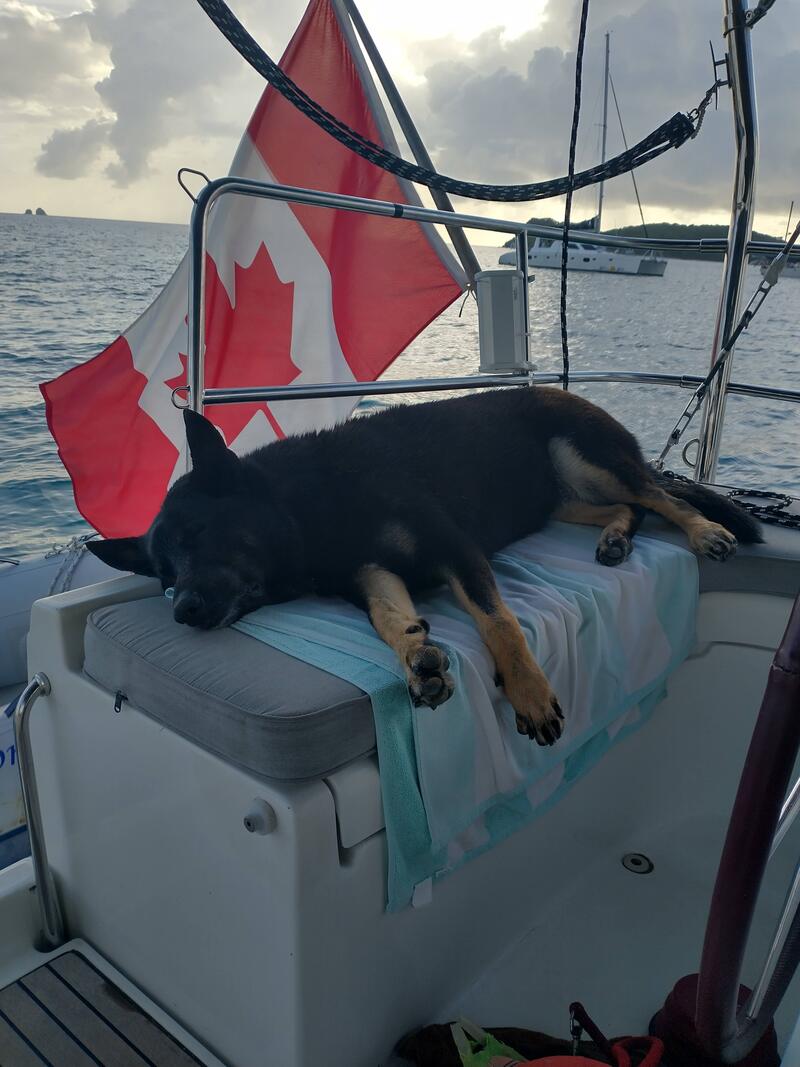
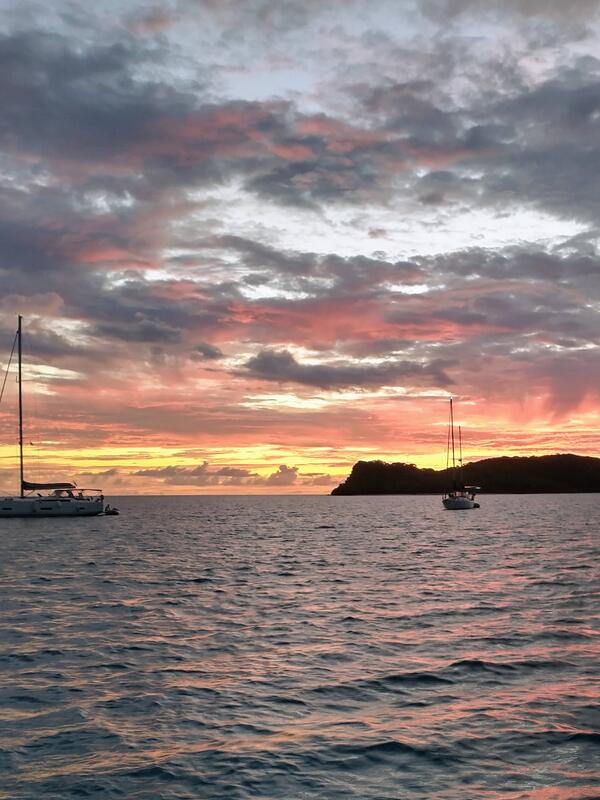
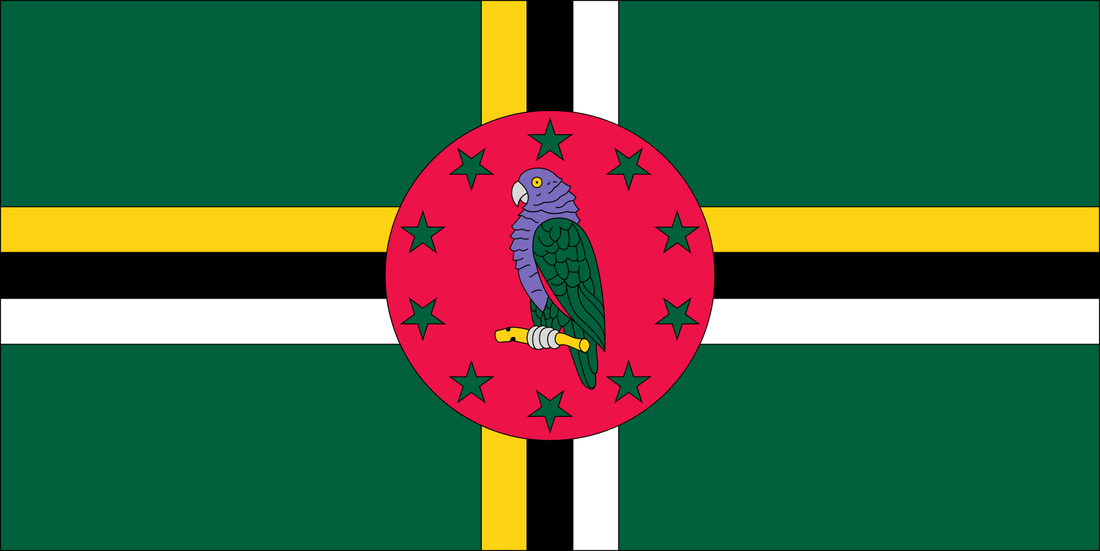


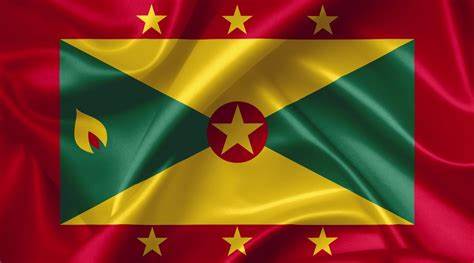
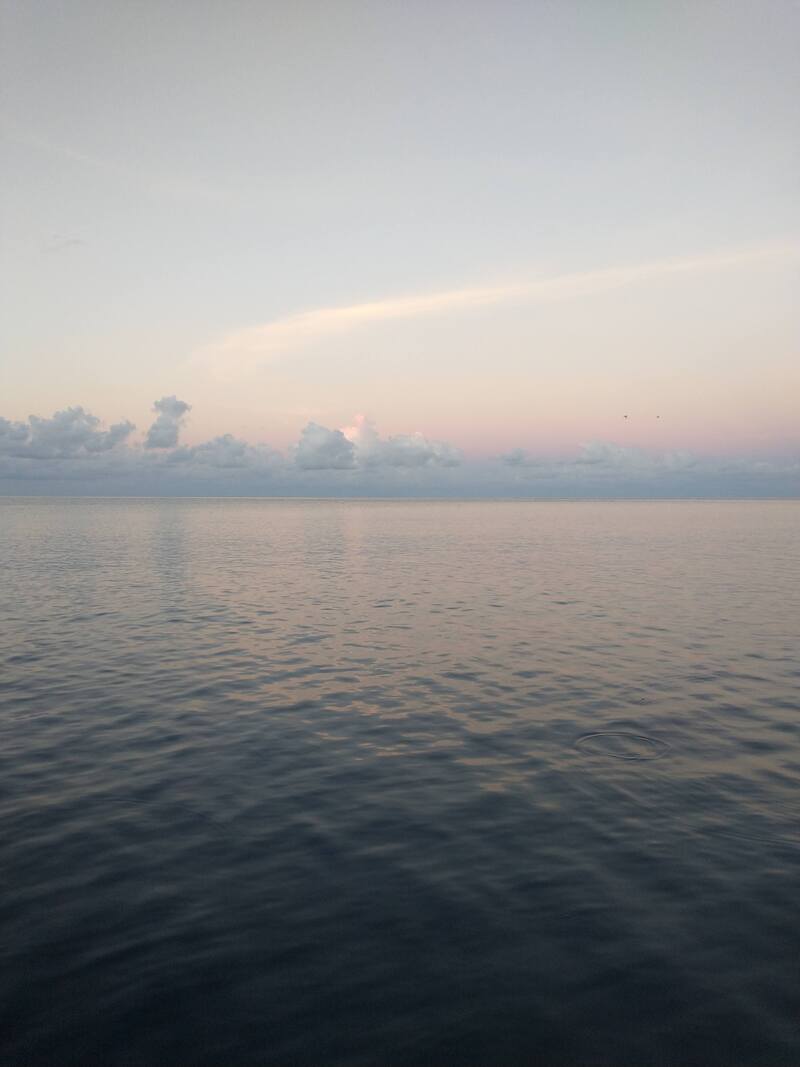
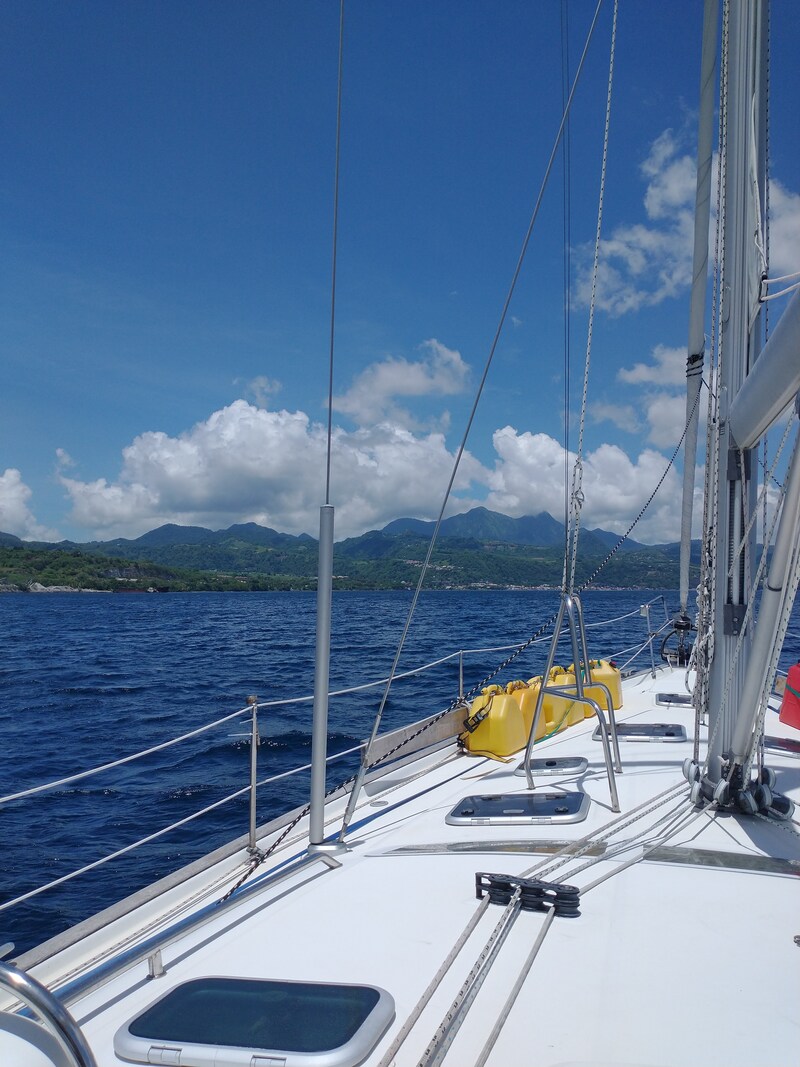
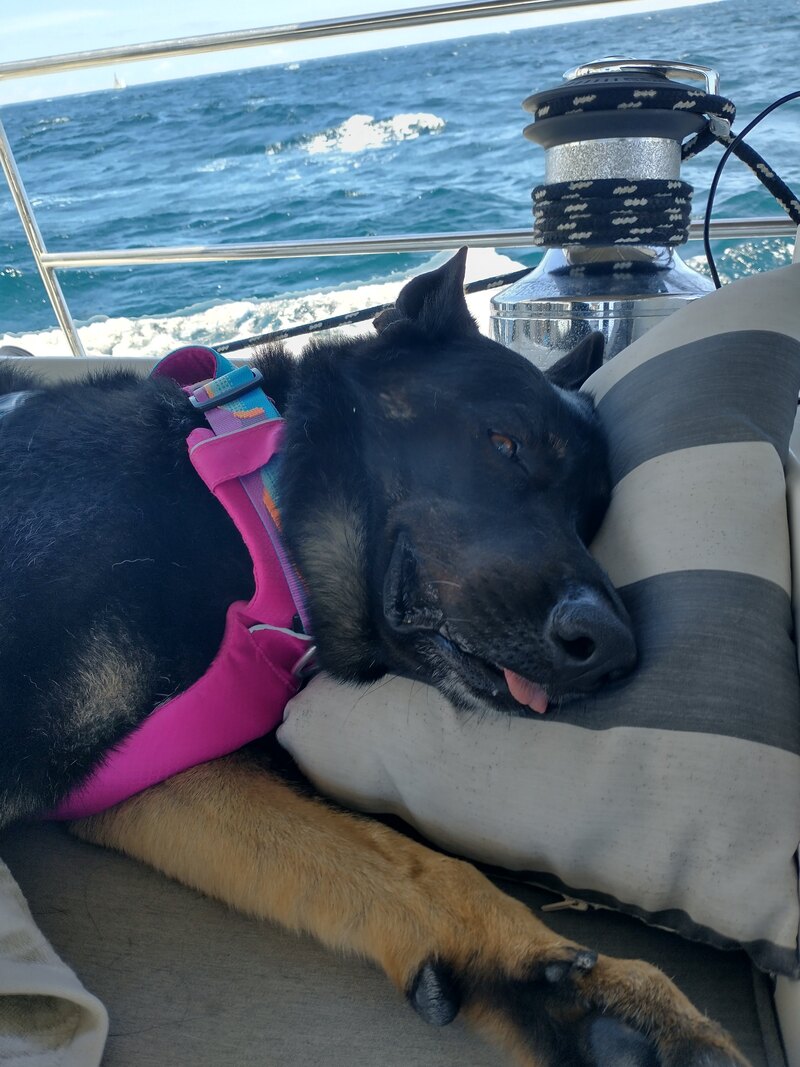
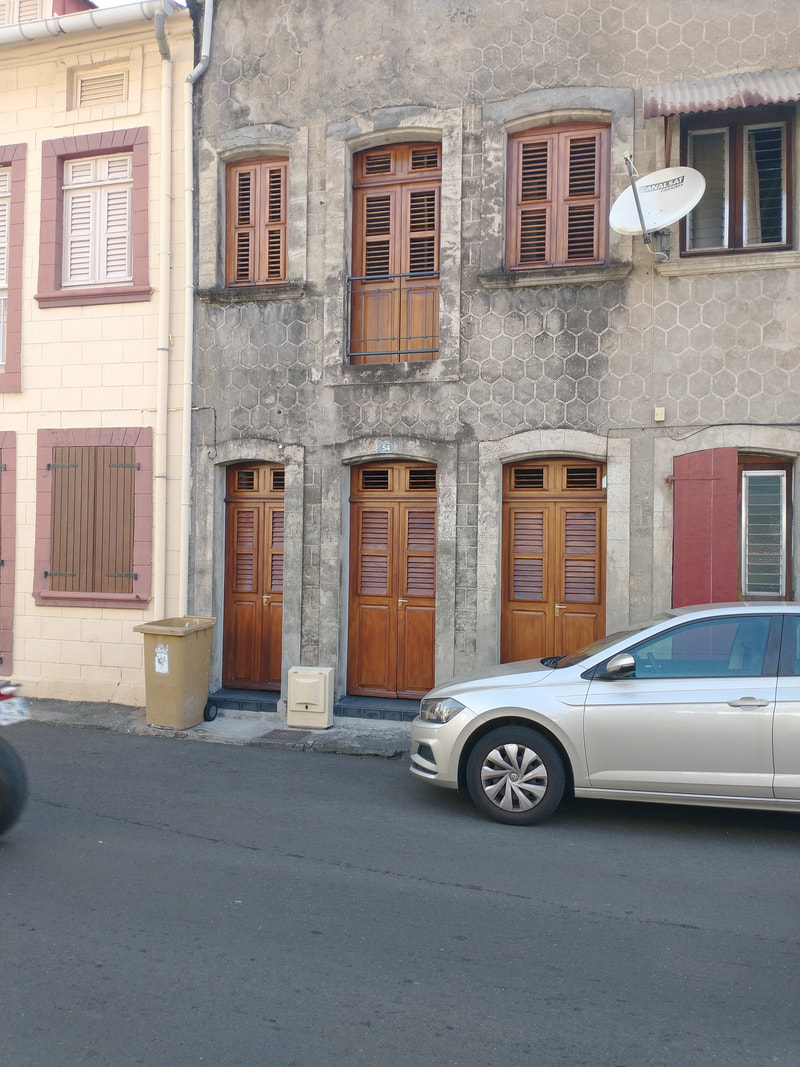
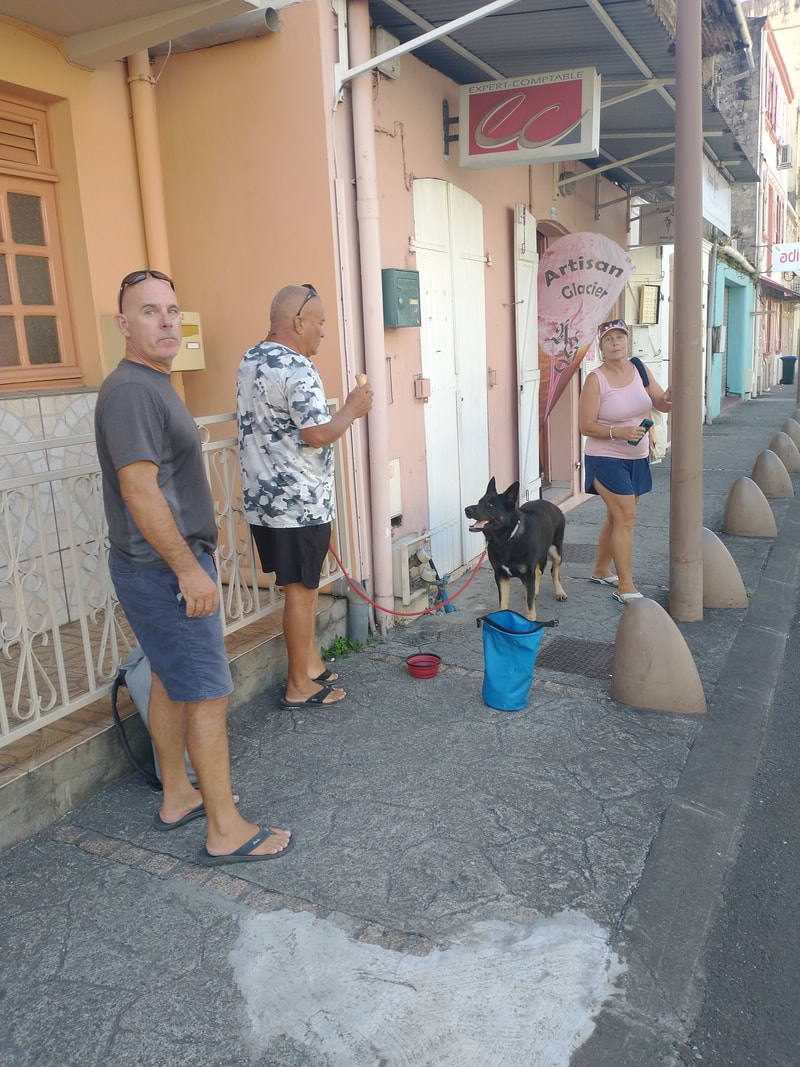
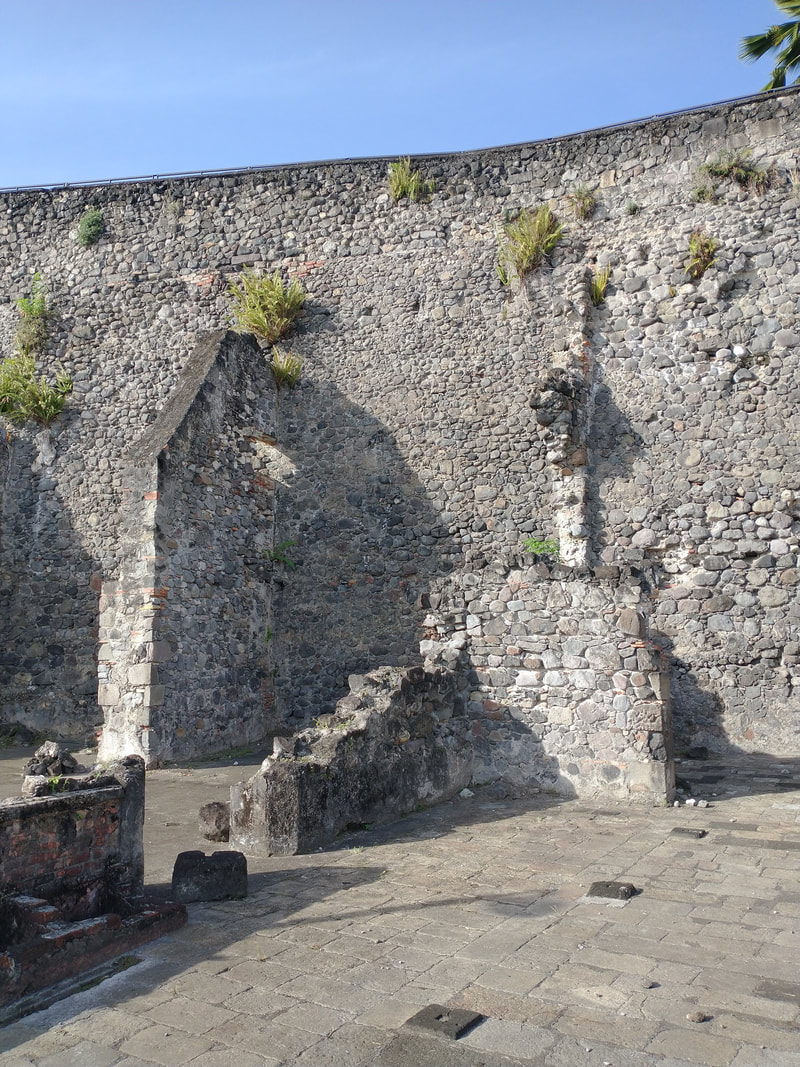
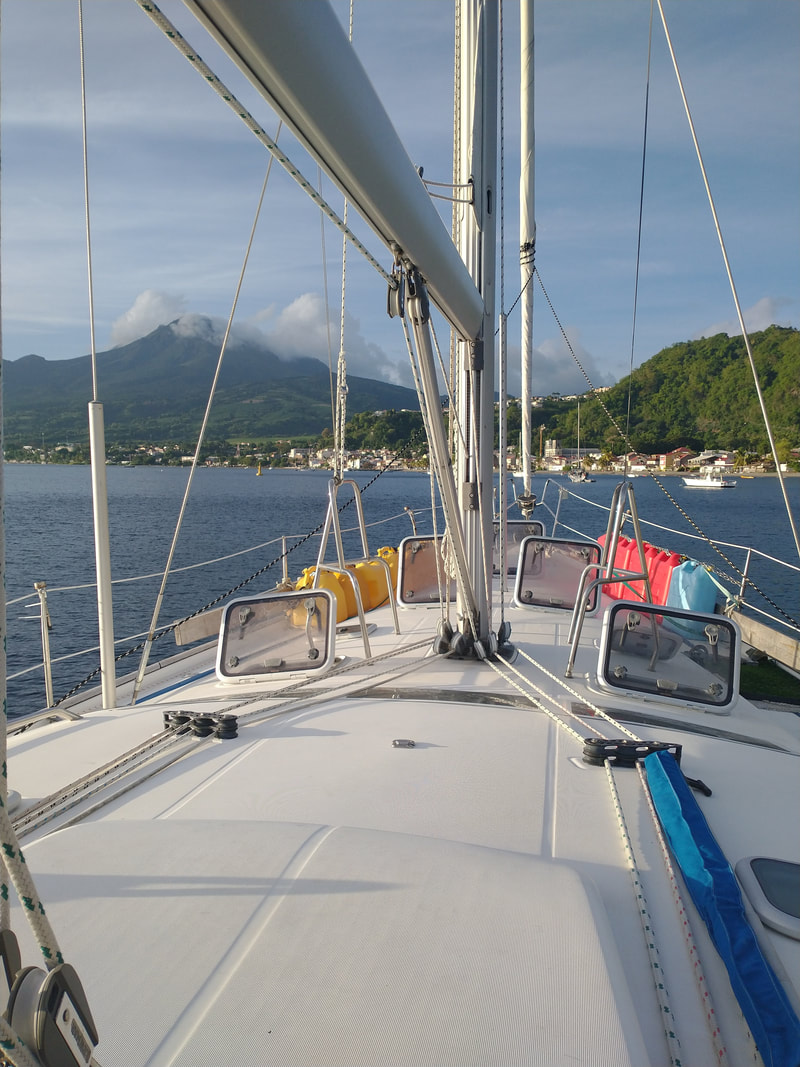
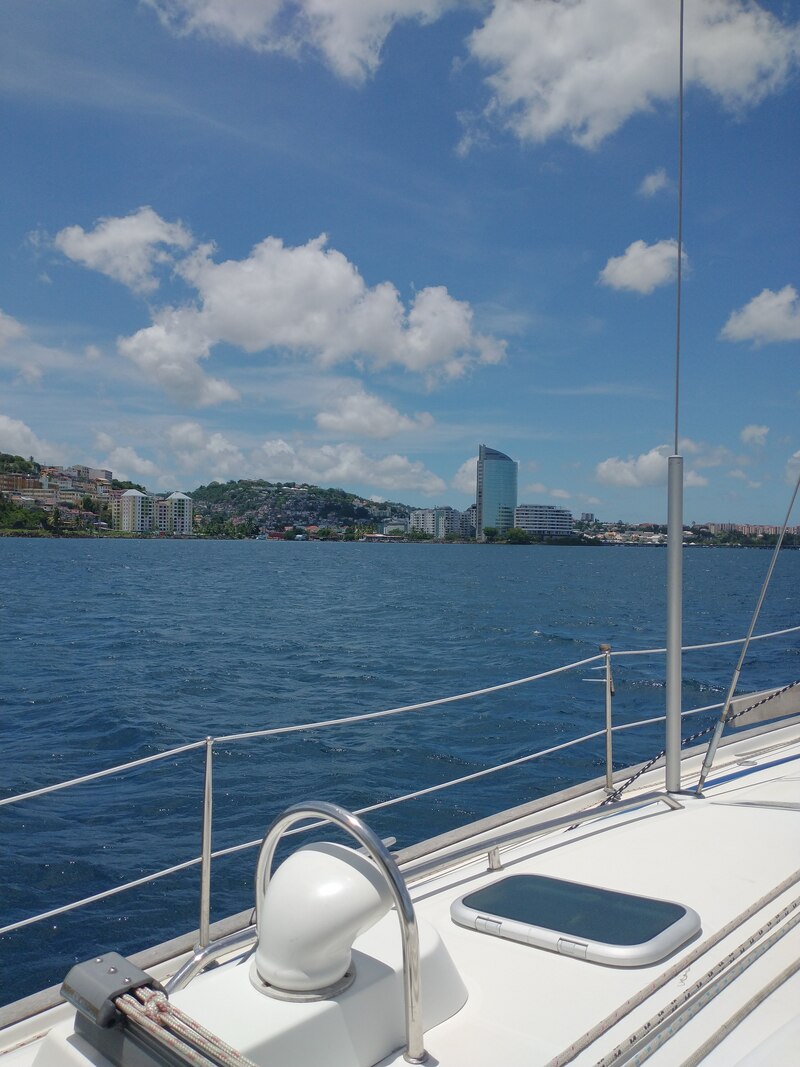
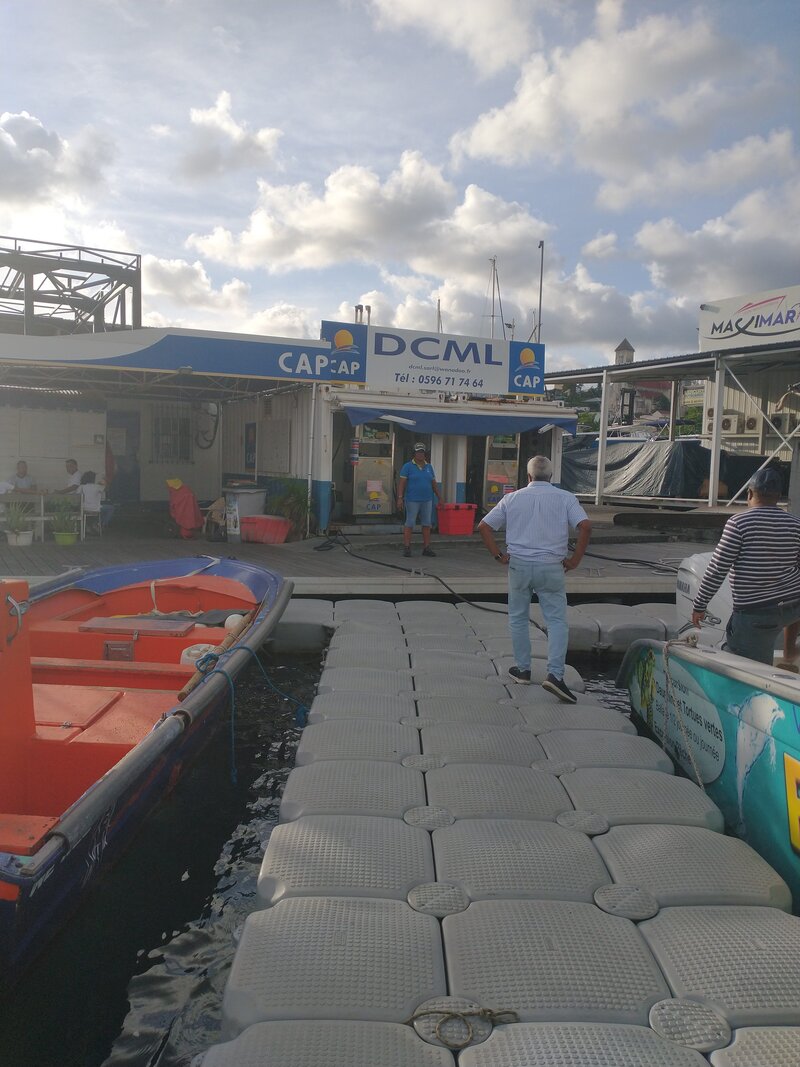
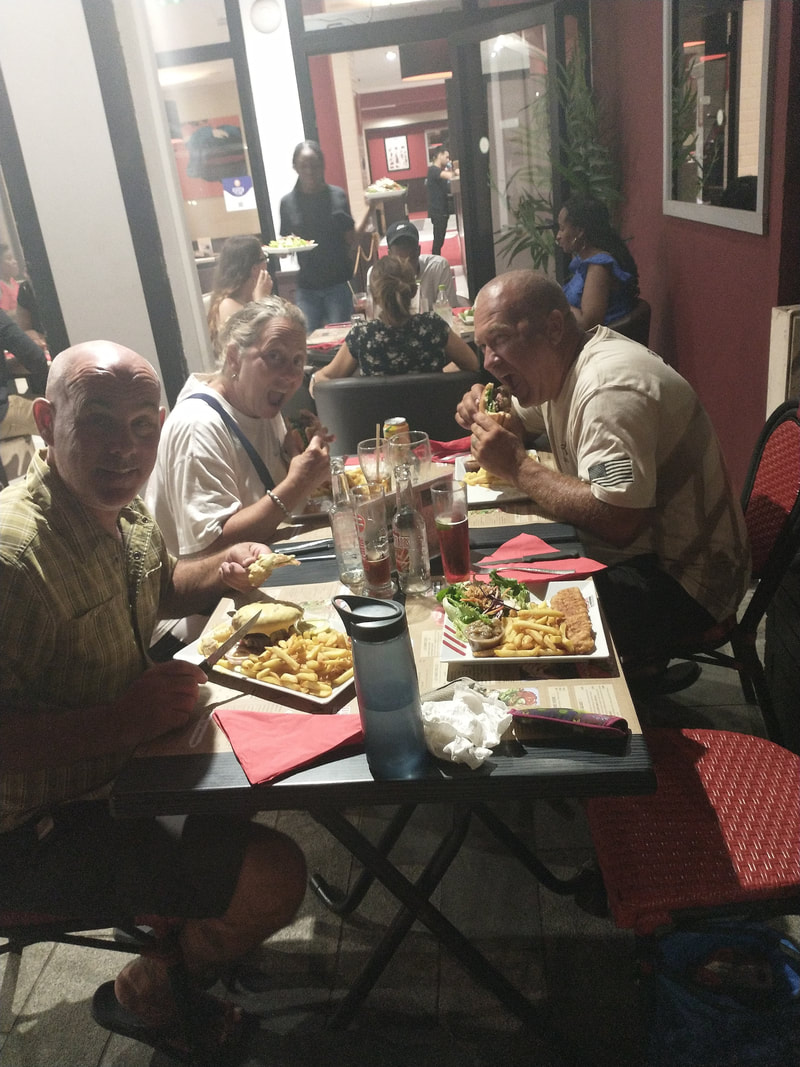
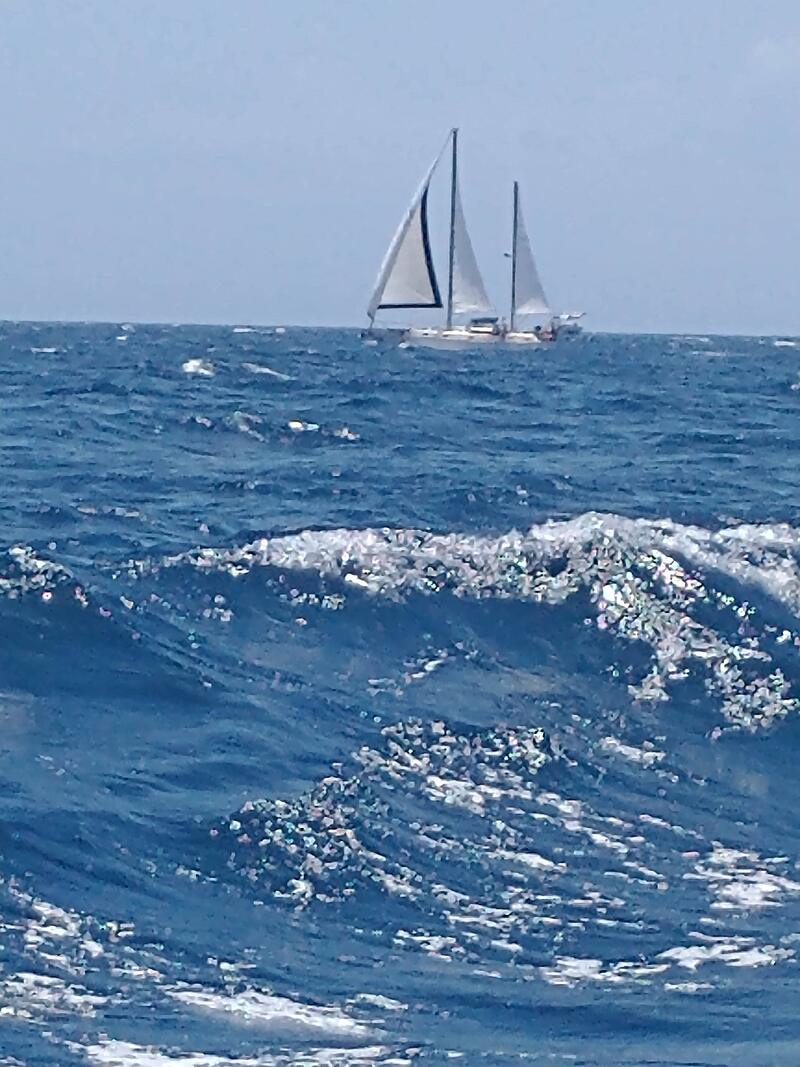
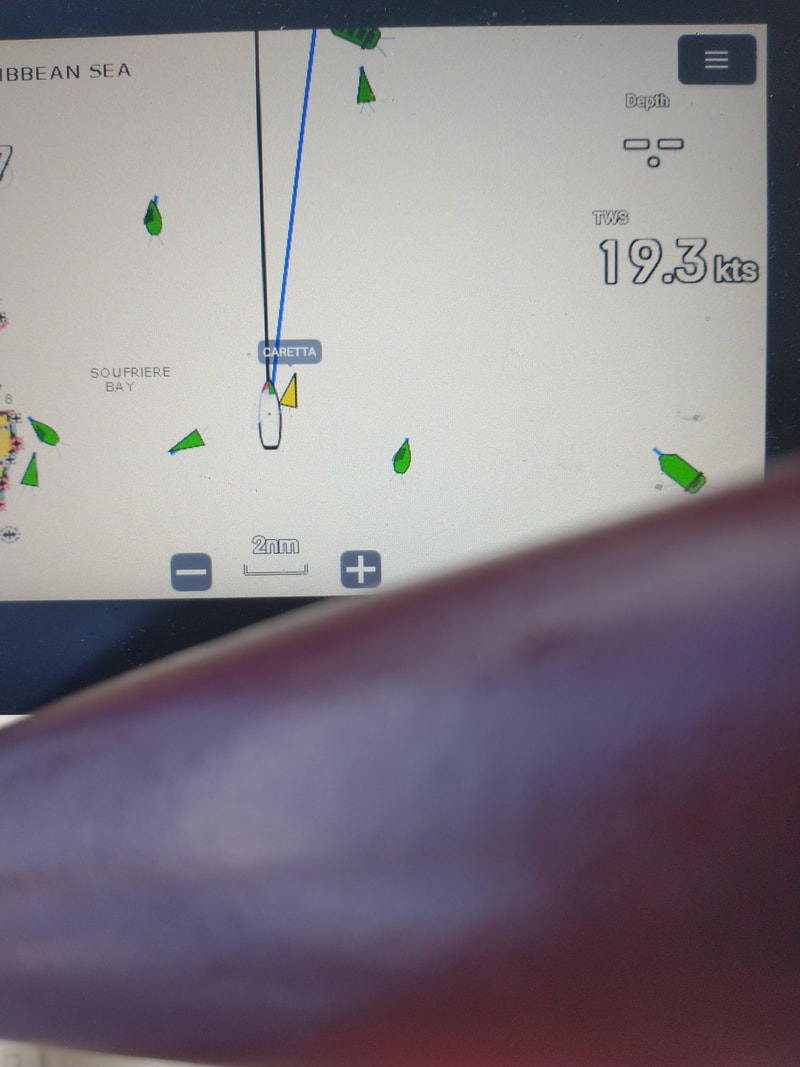
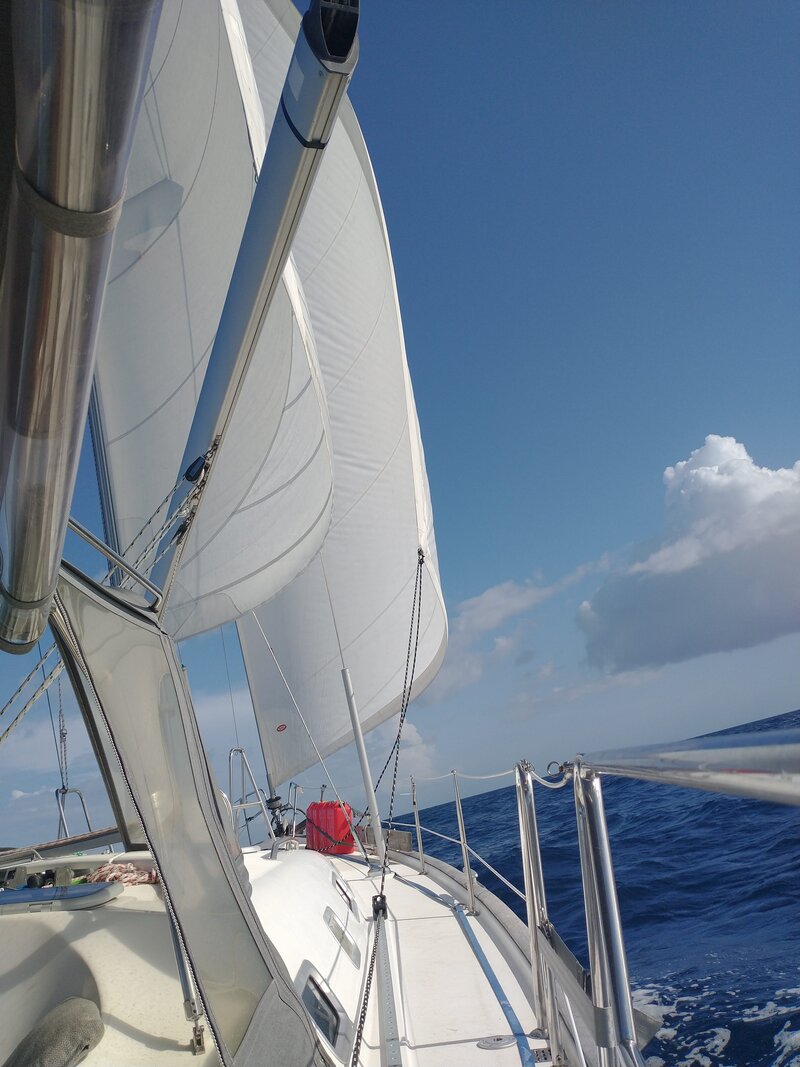
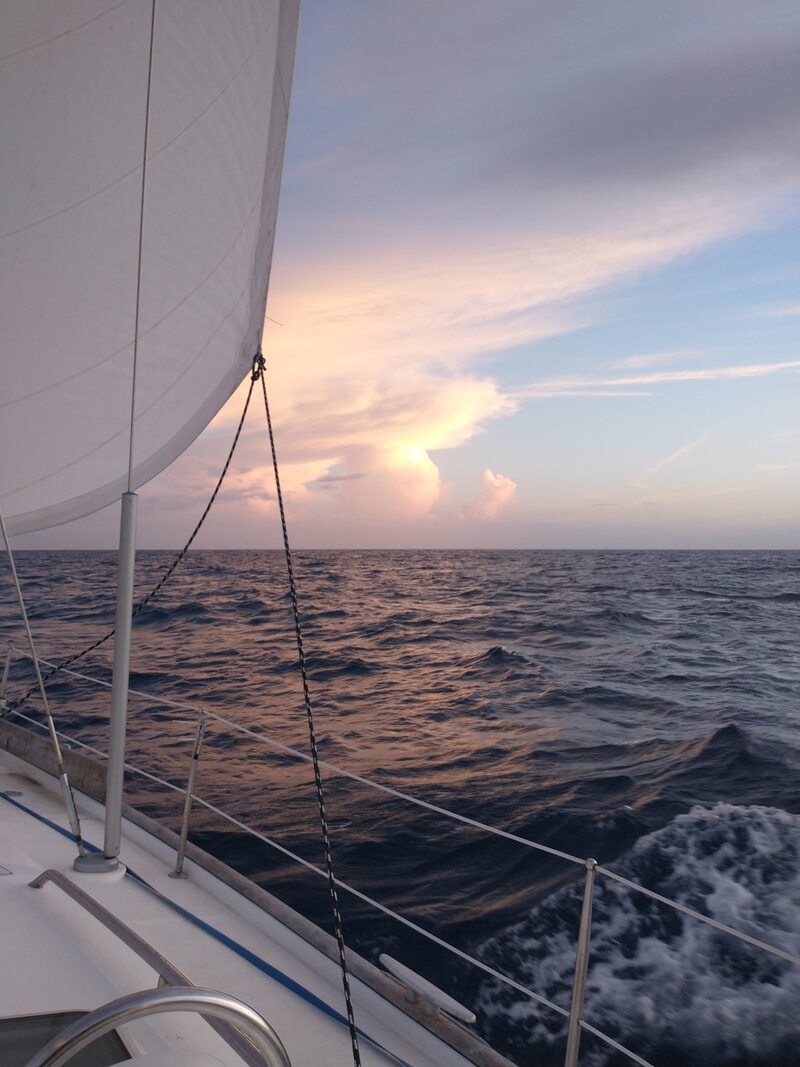
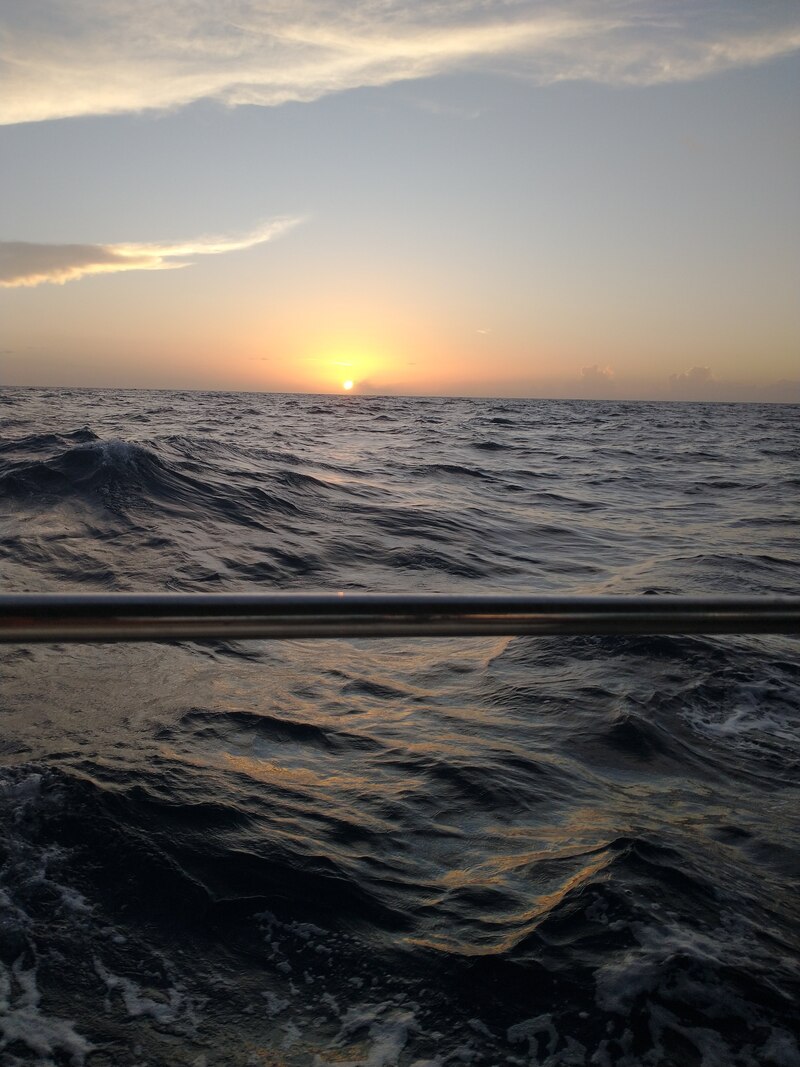
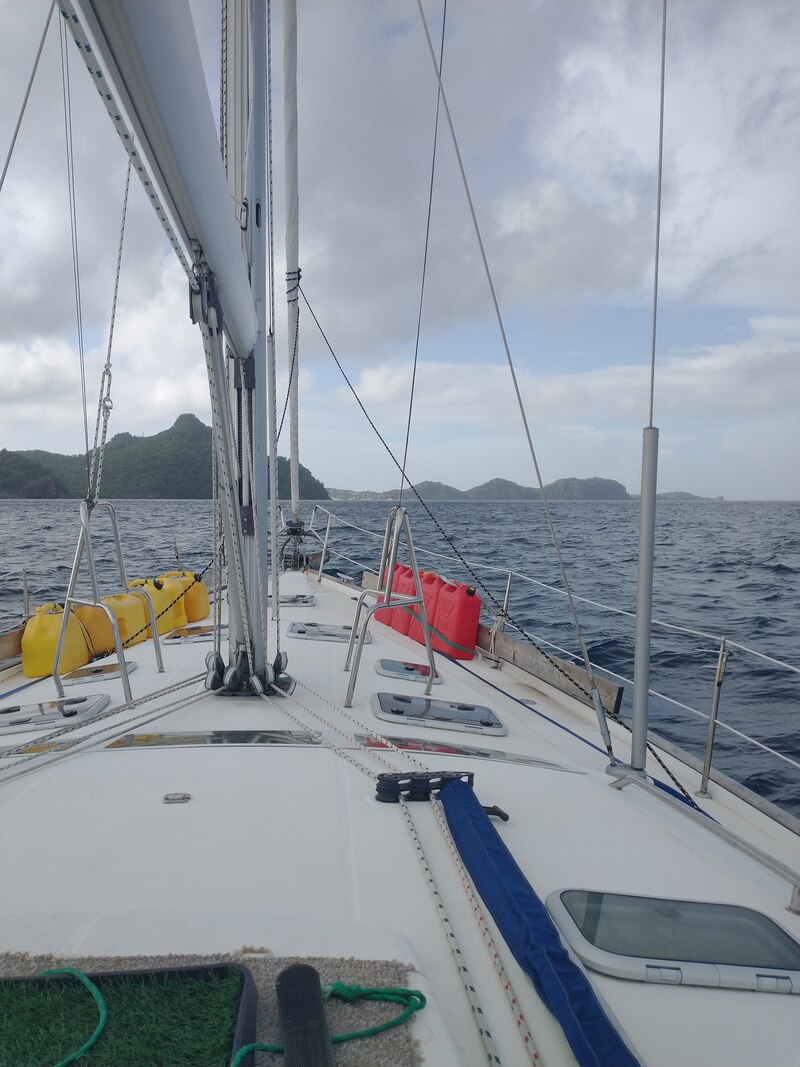
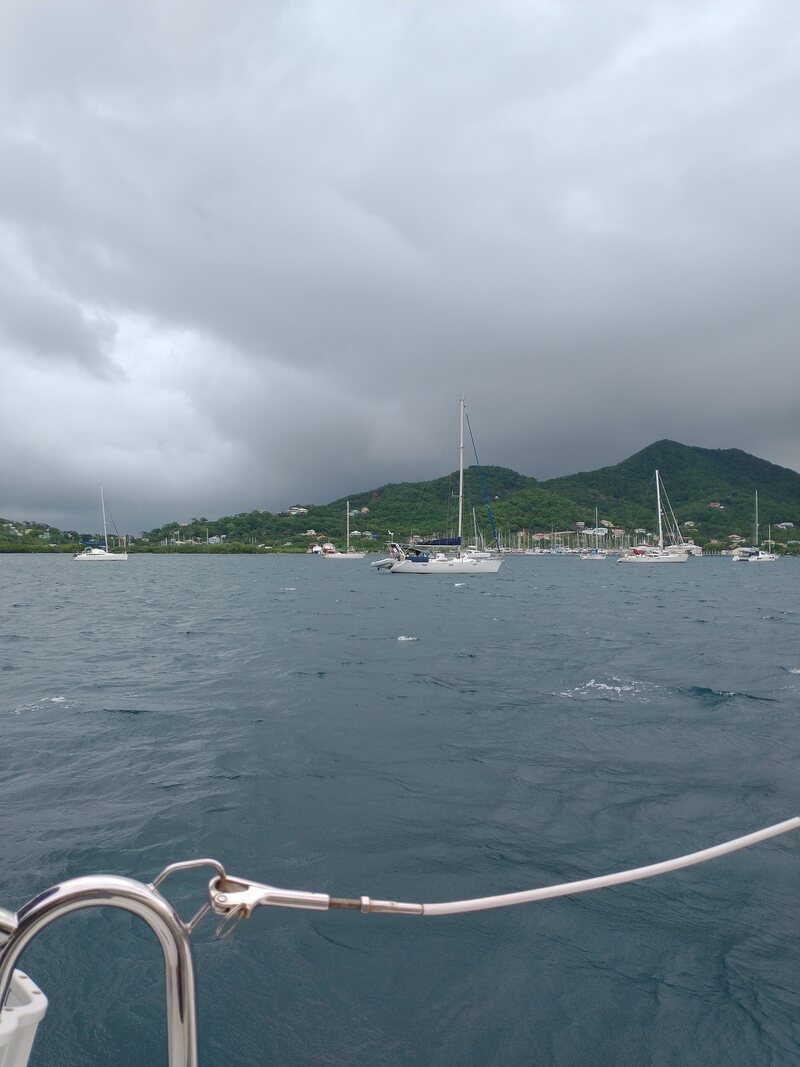
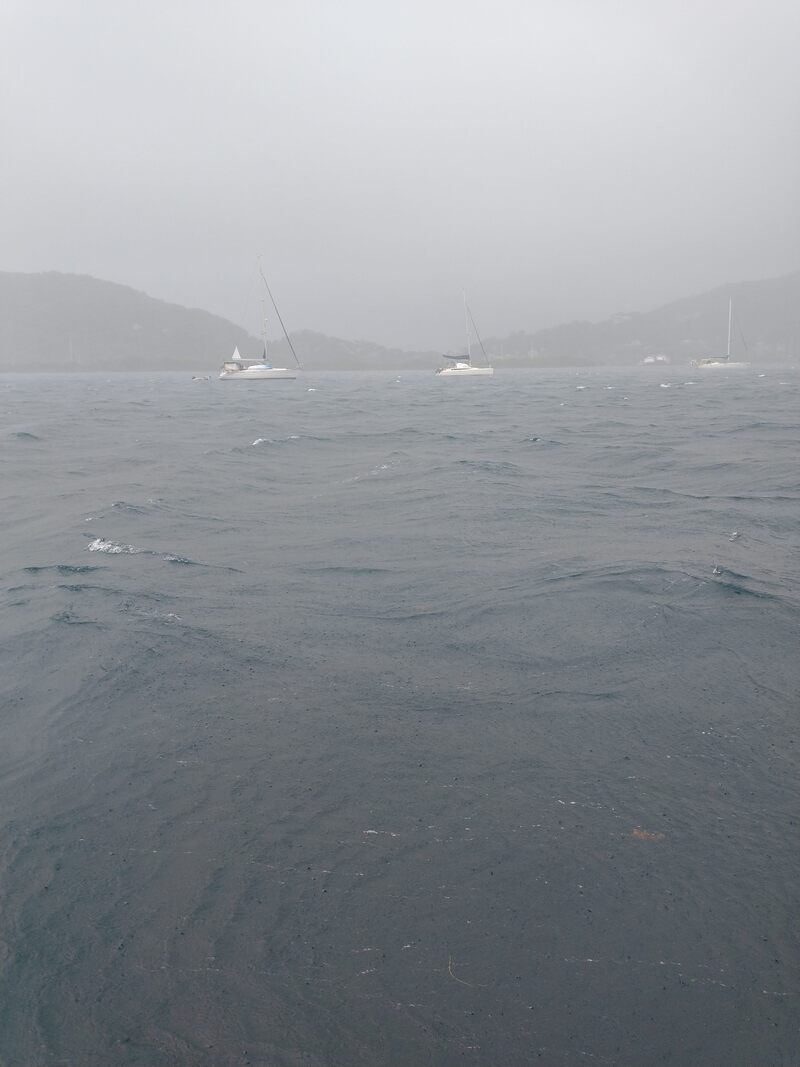
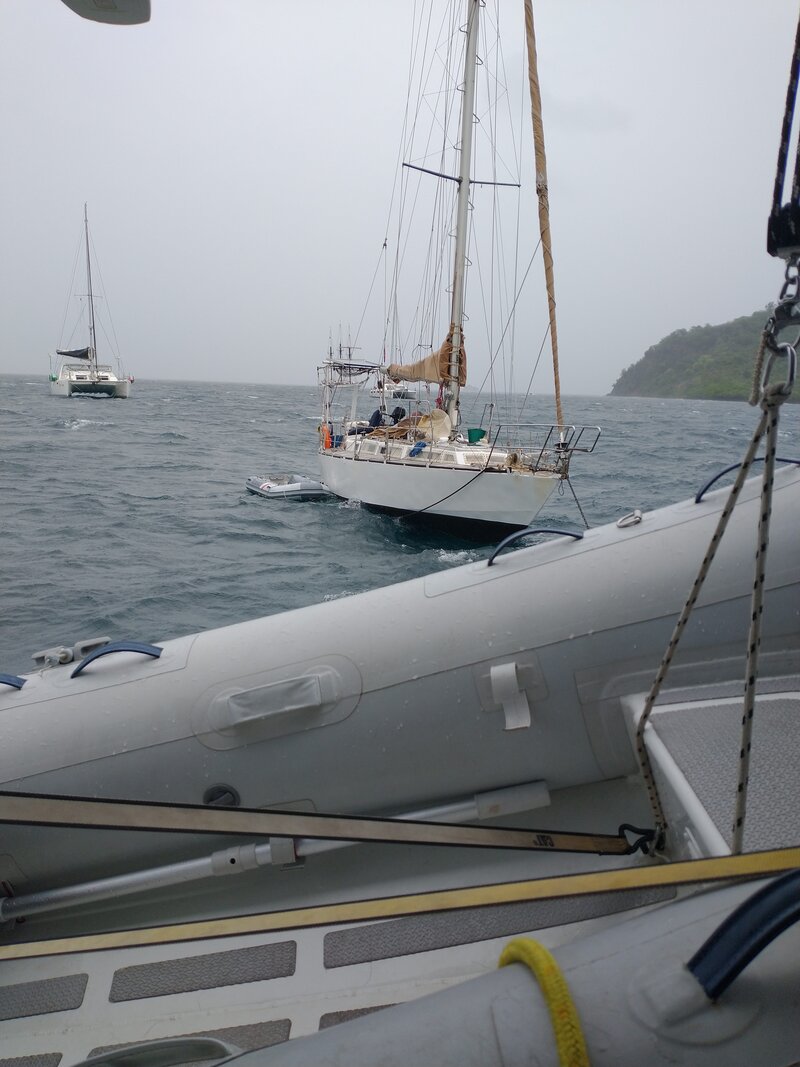
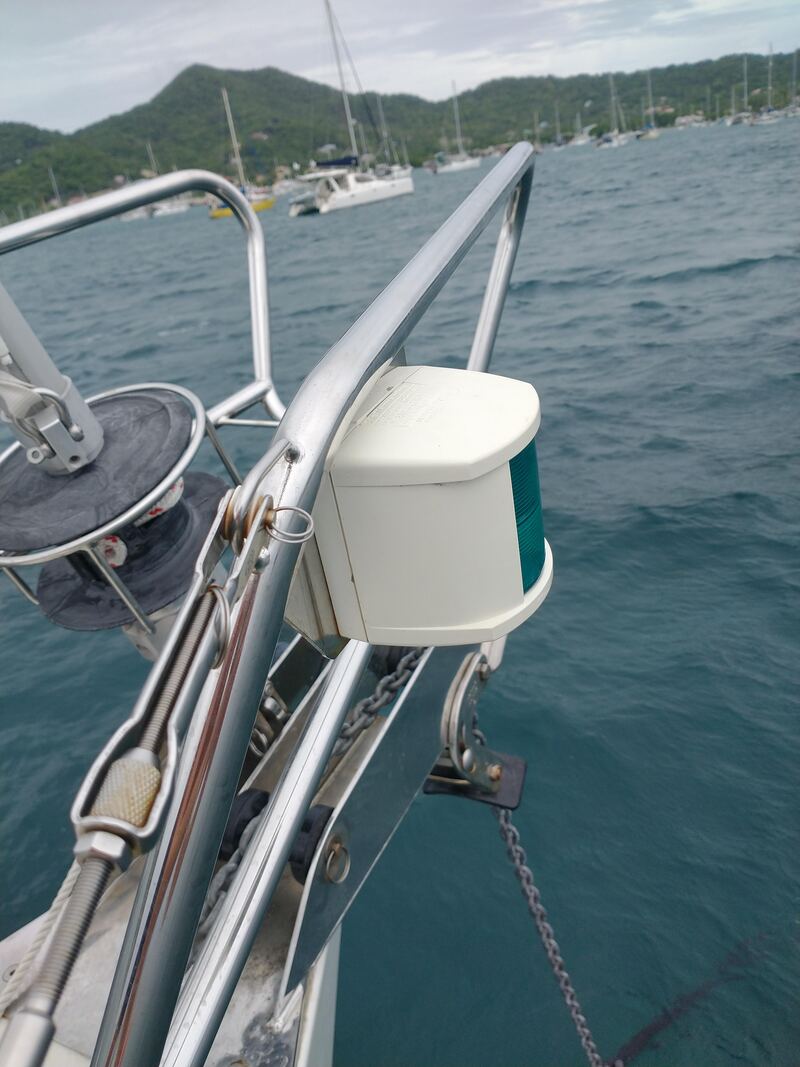
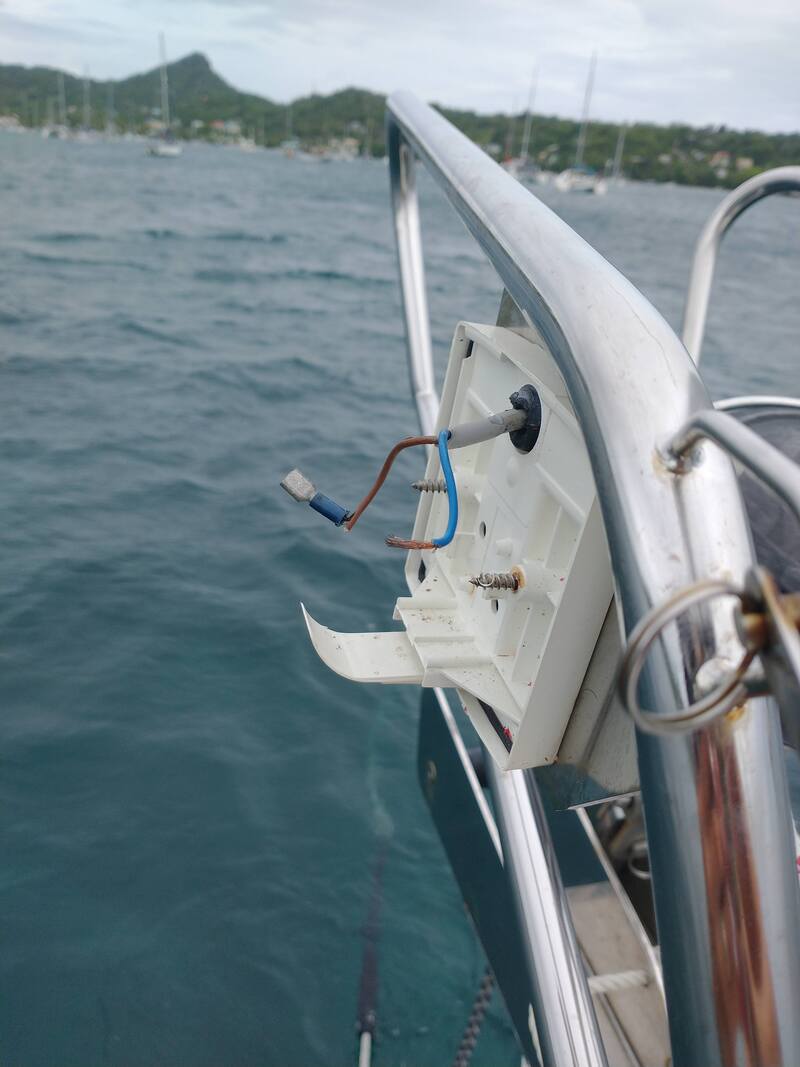
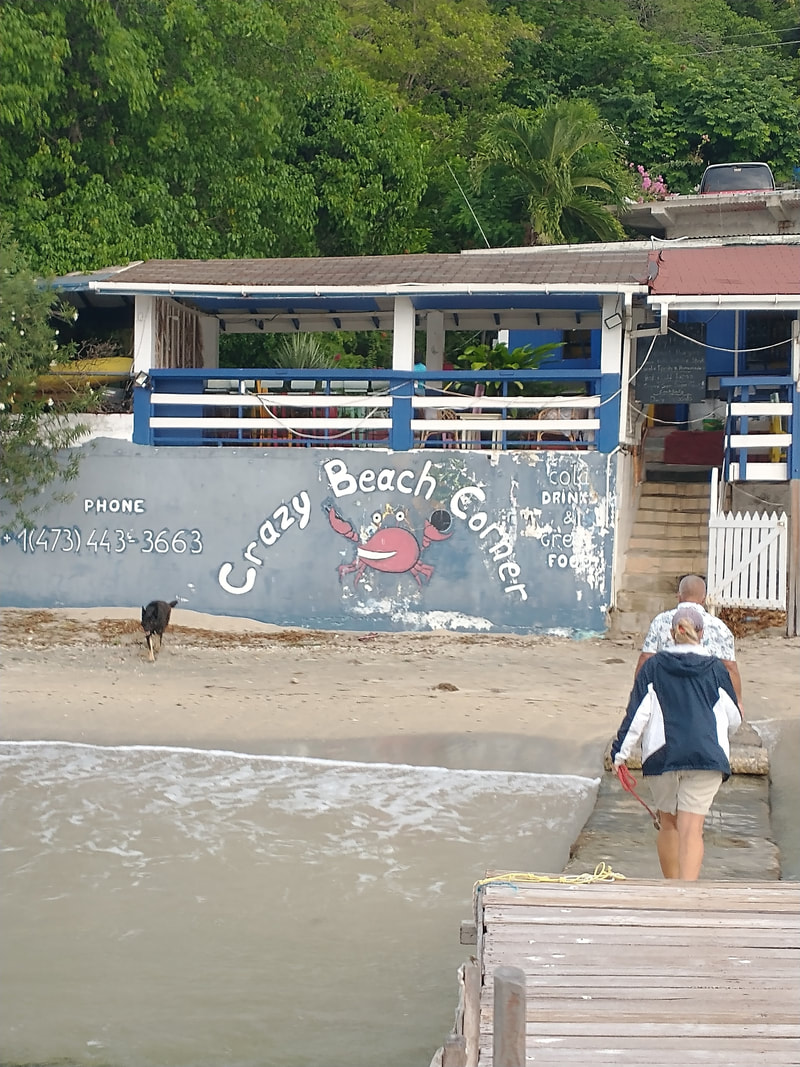
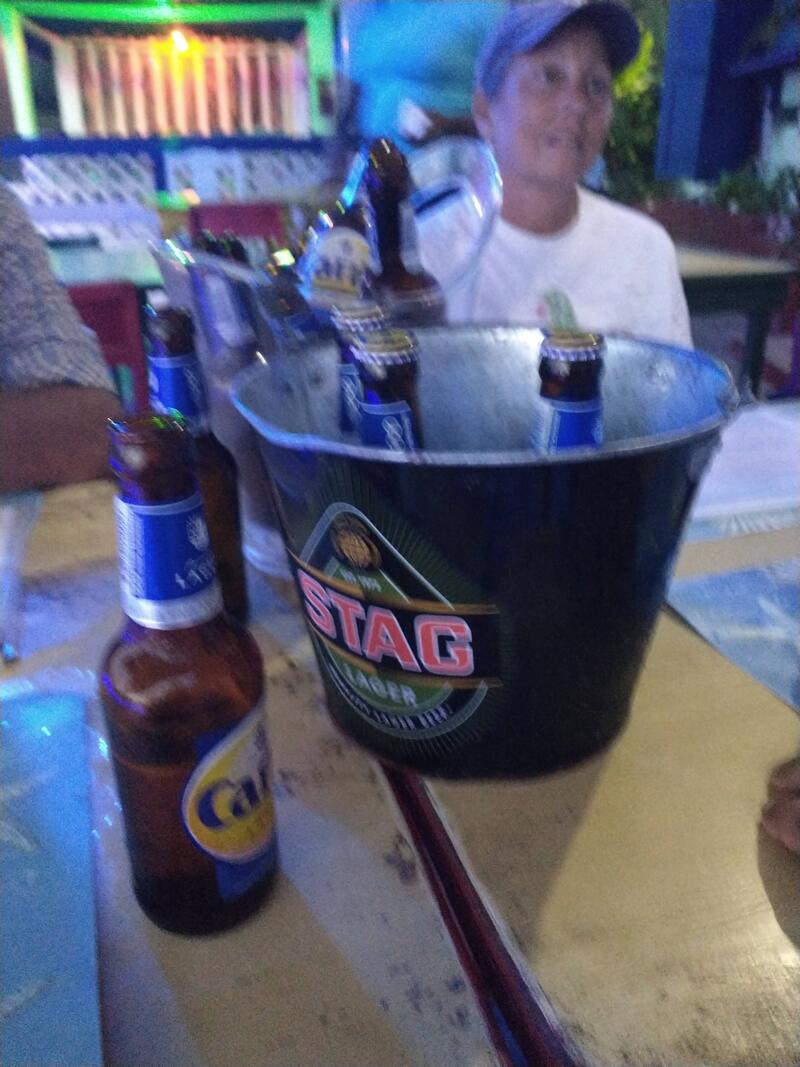
 RSS Feed
RSS Feed
